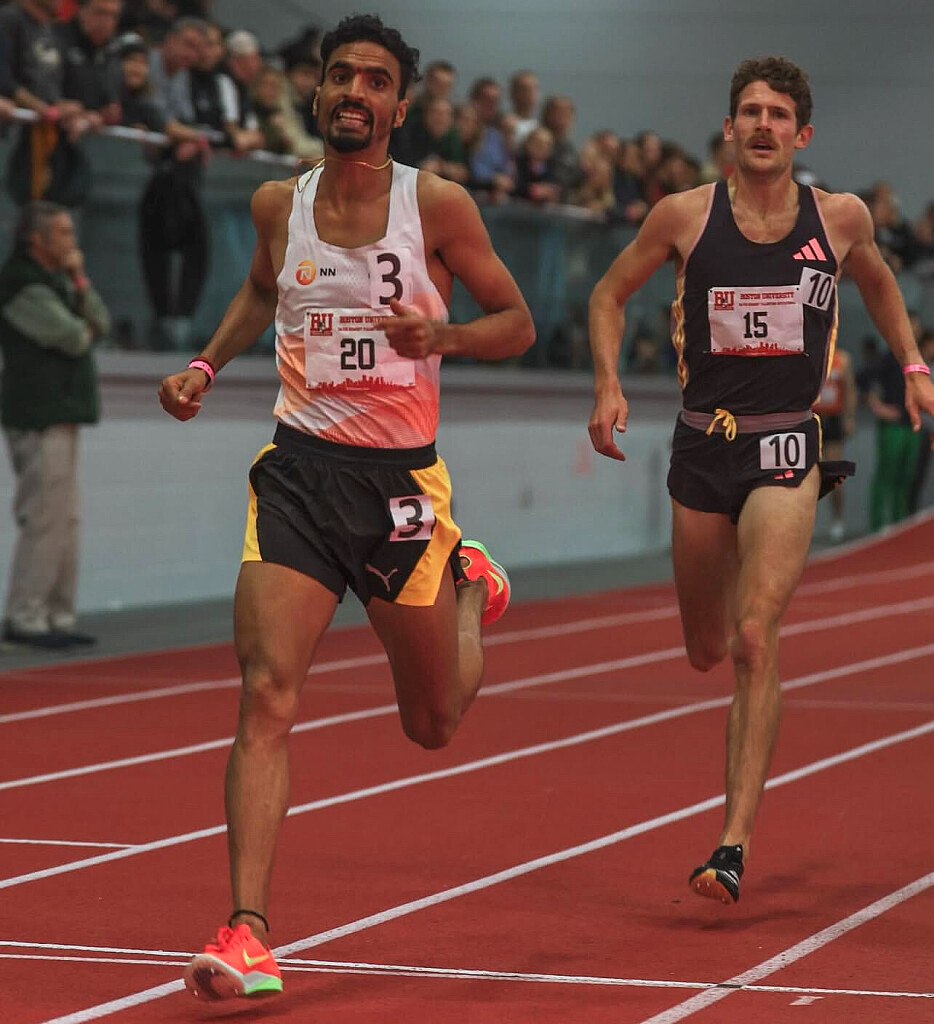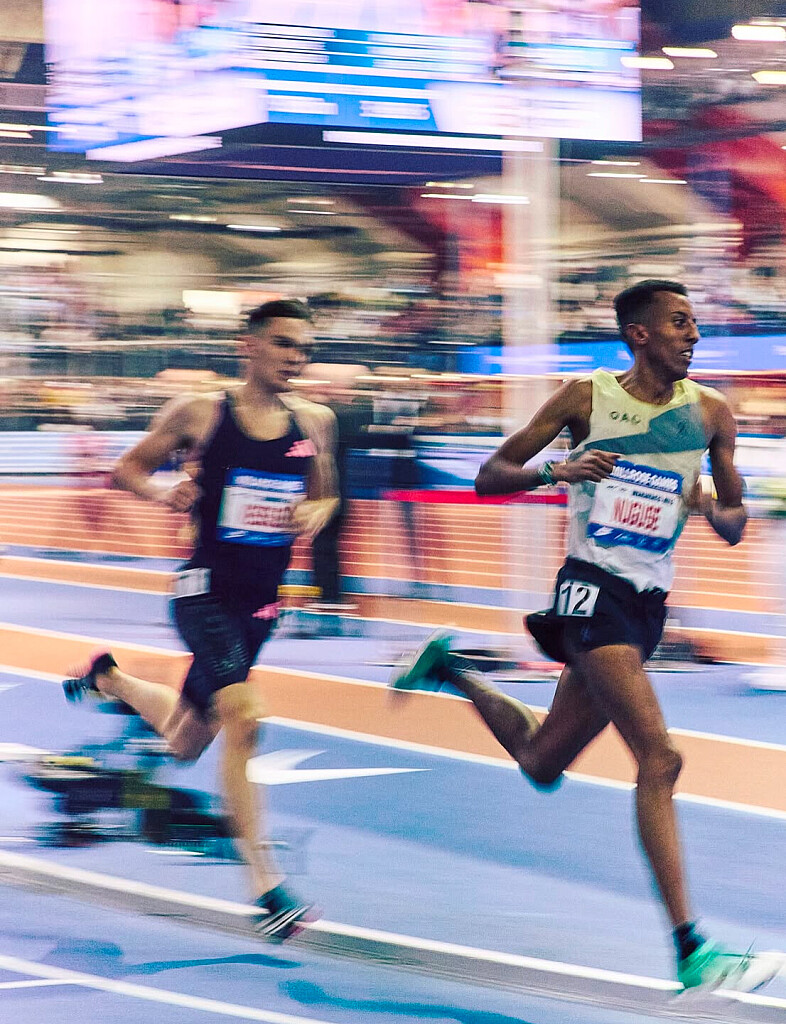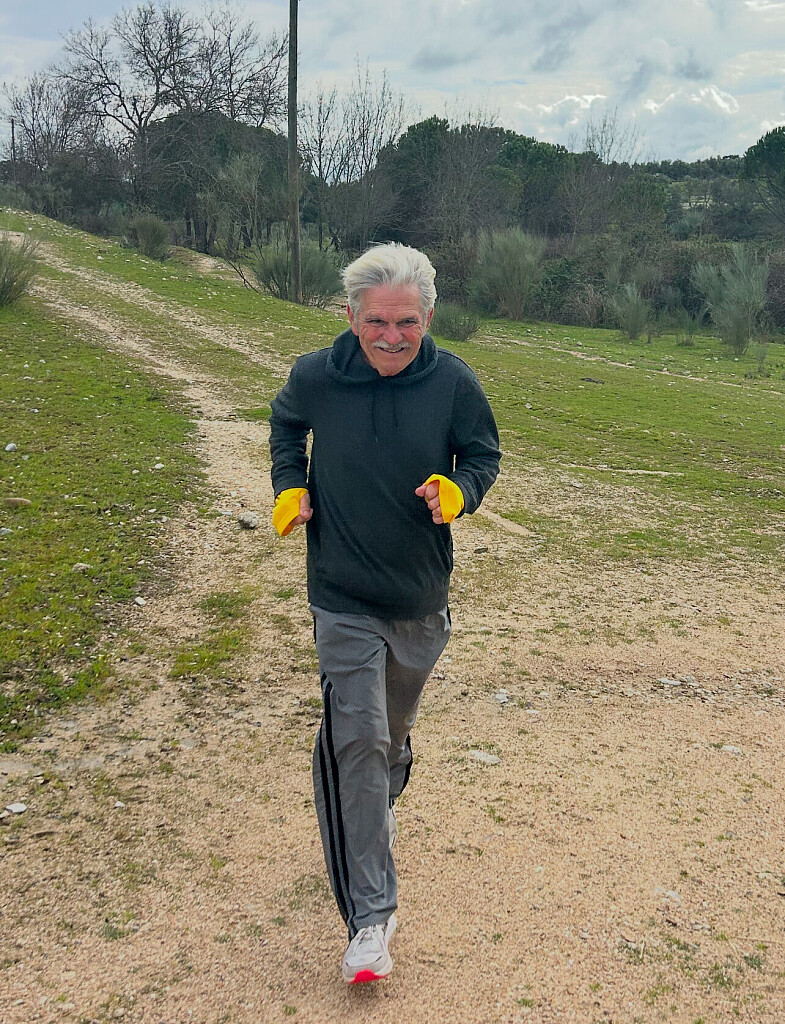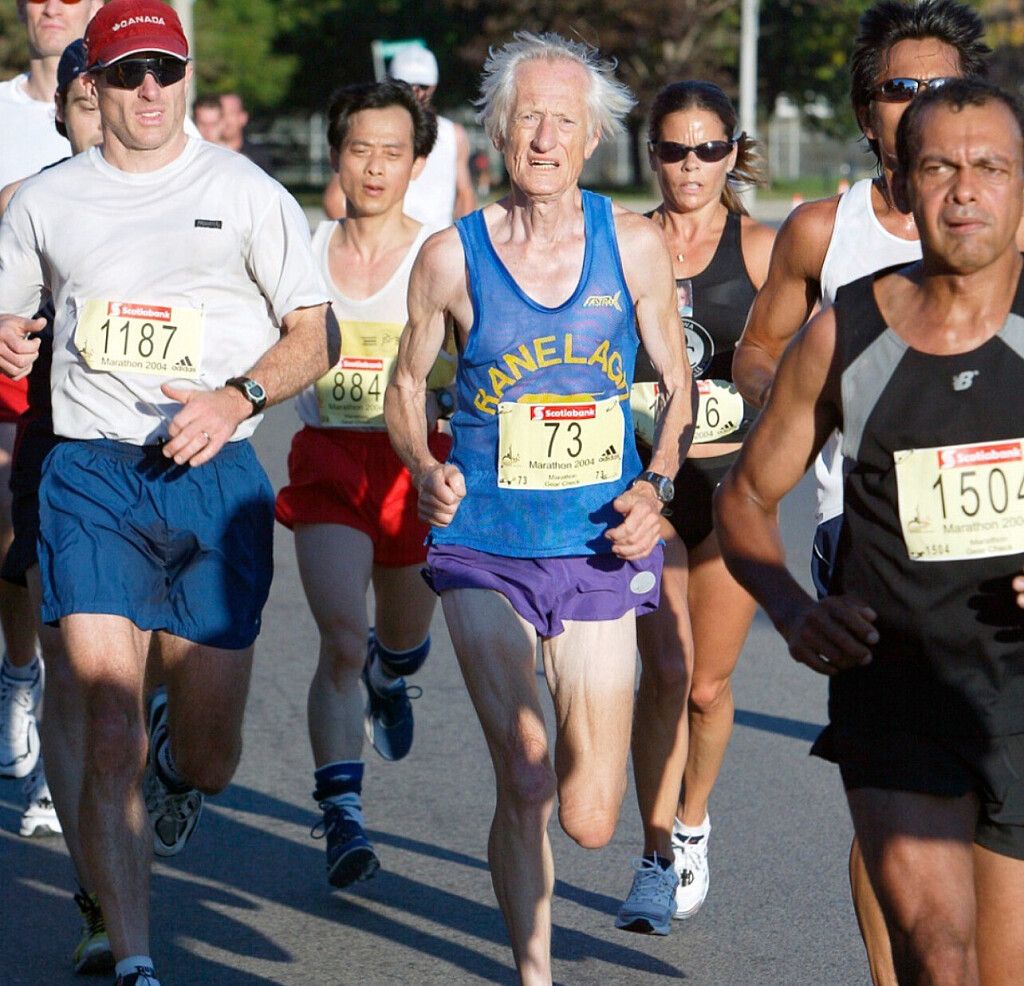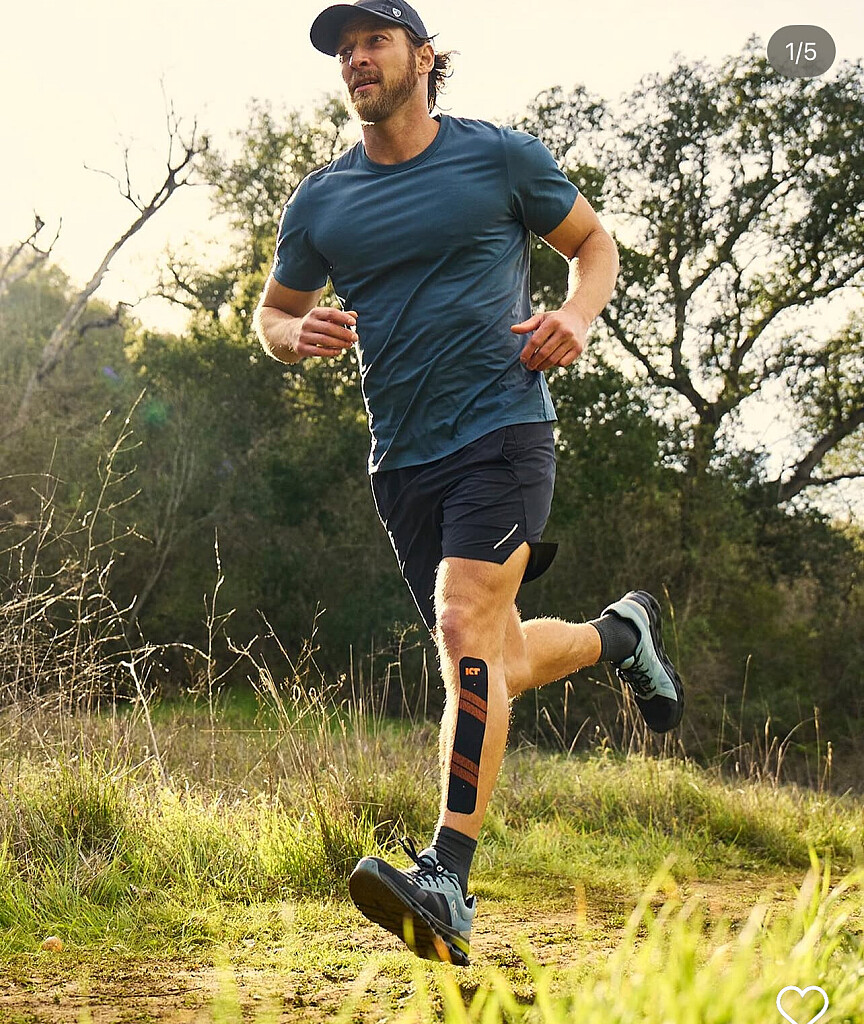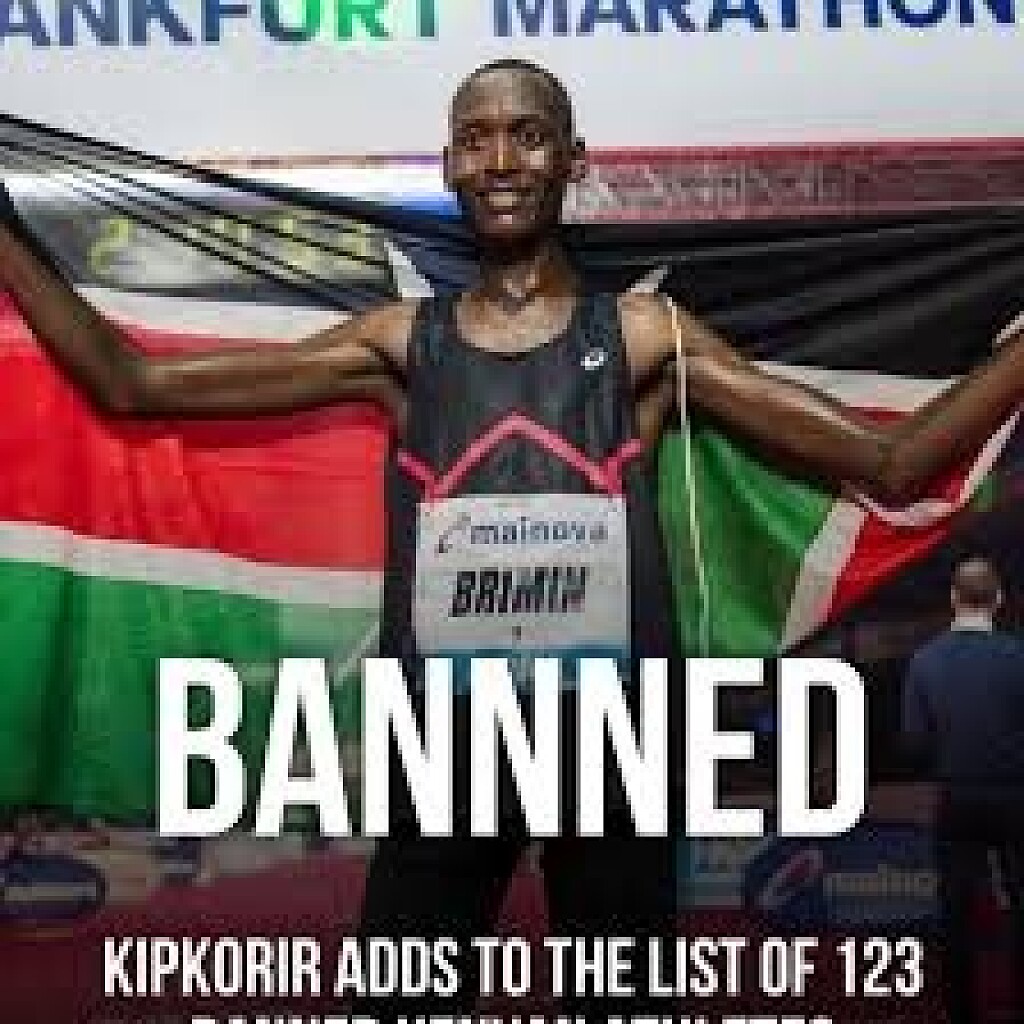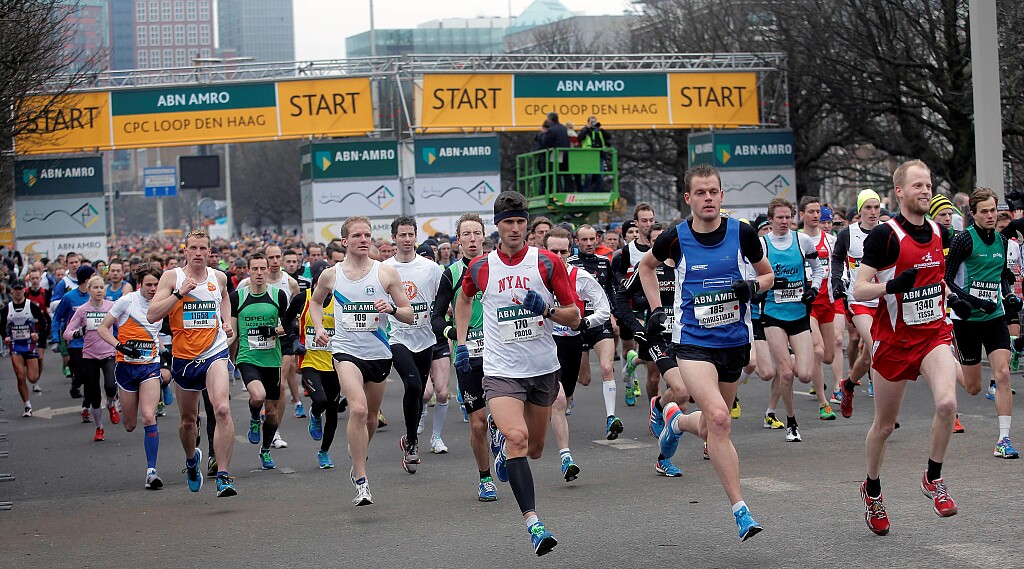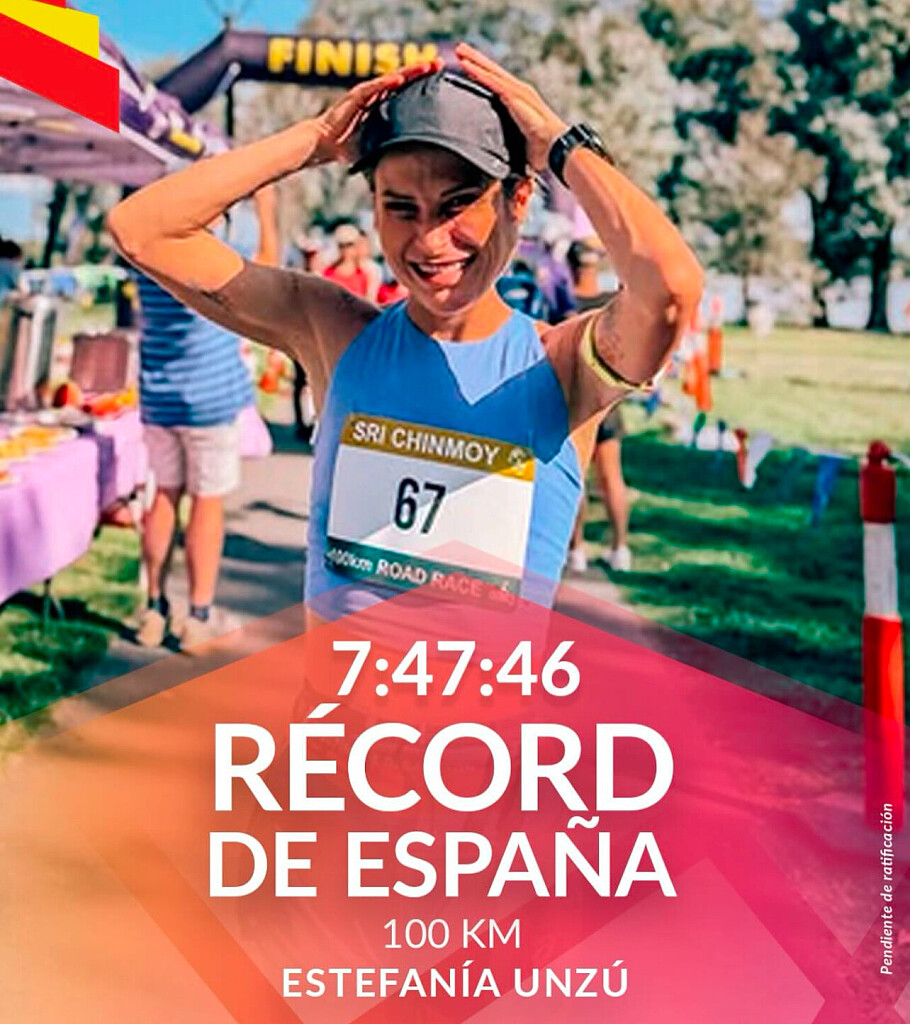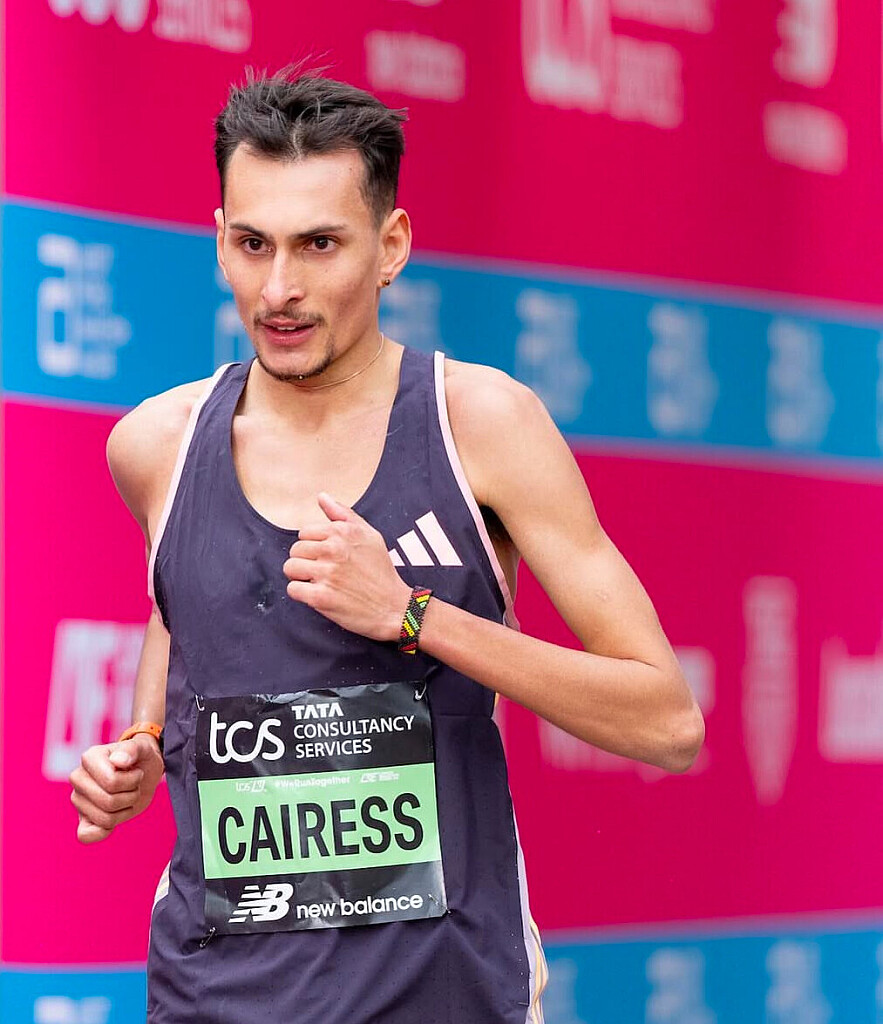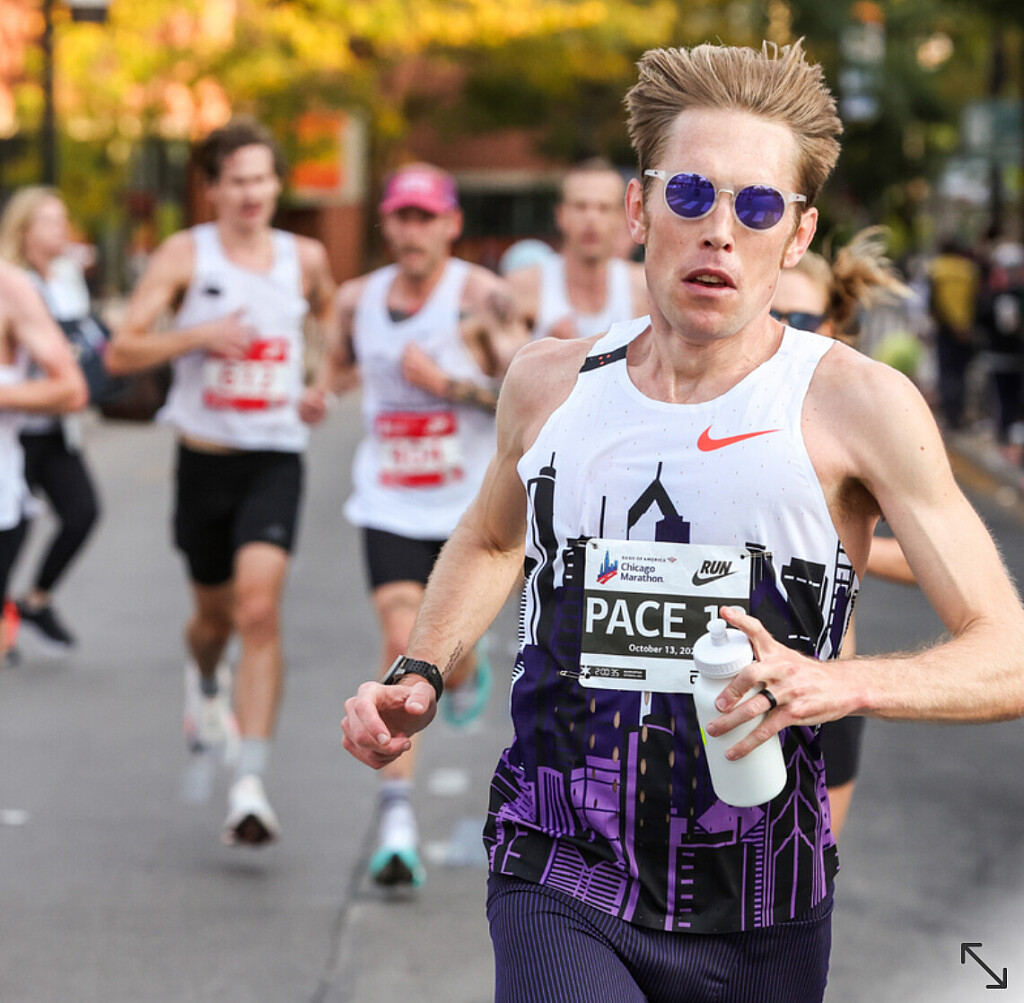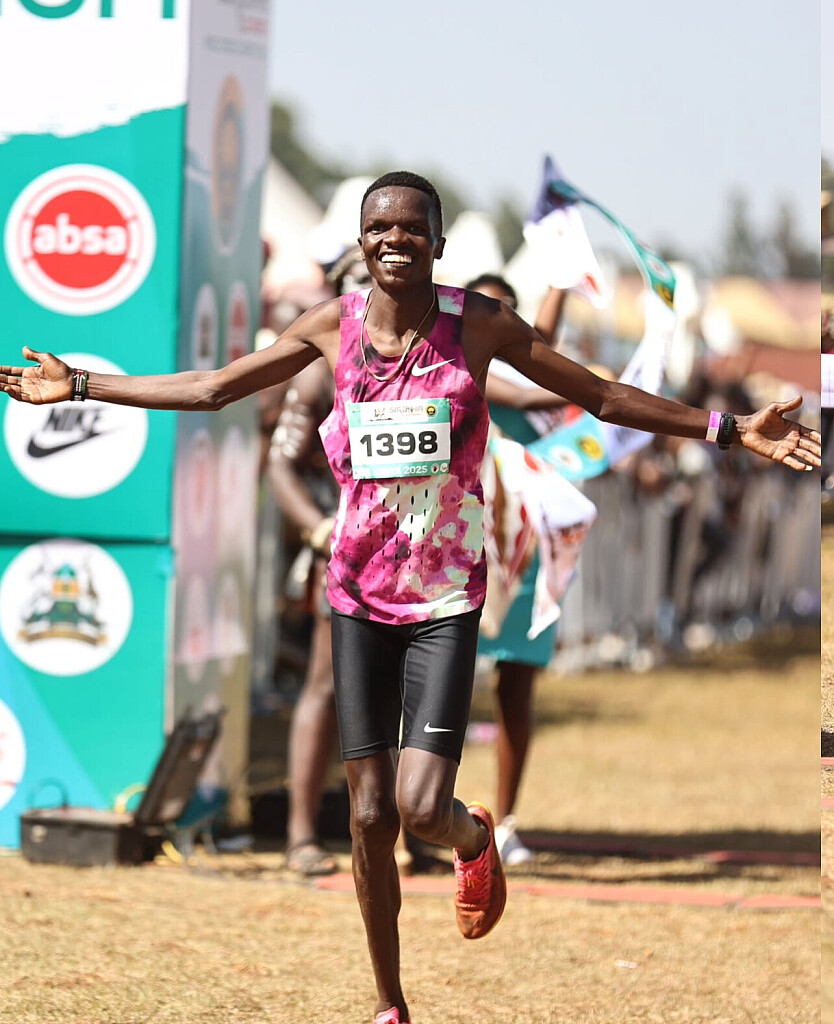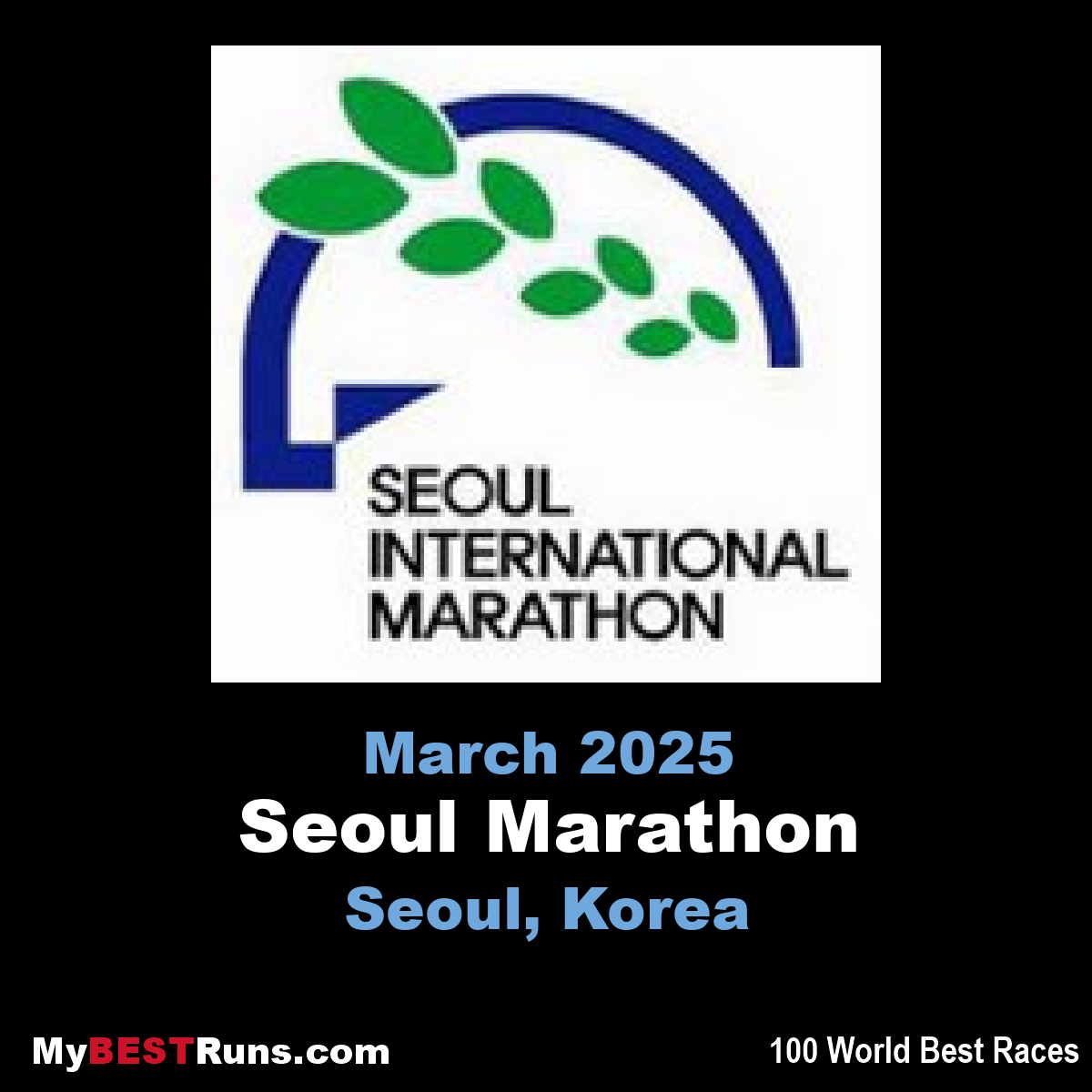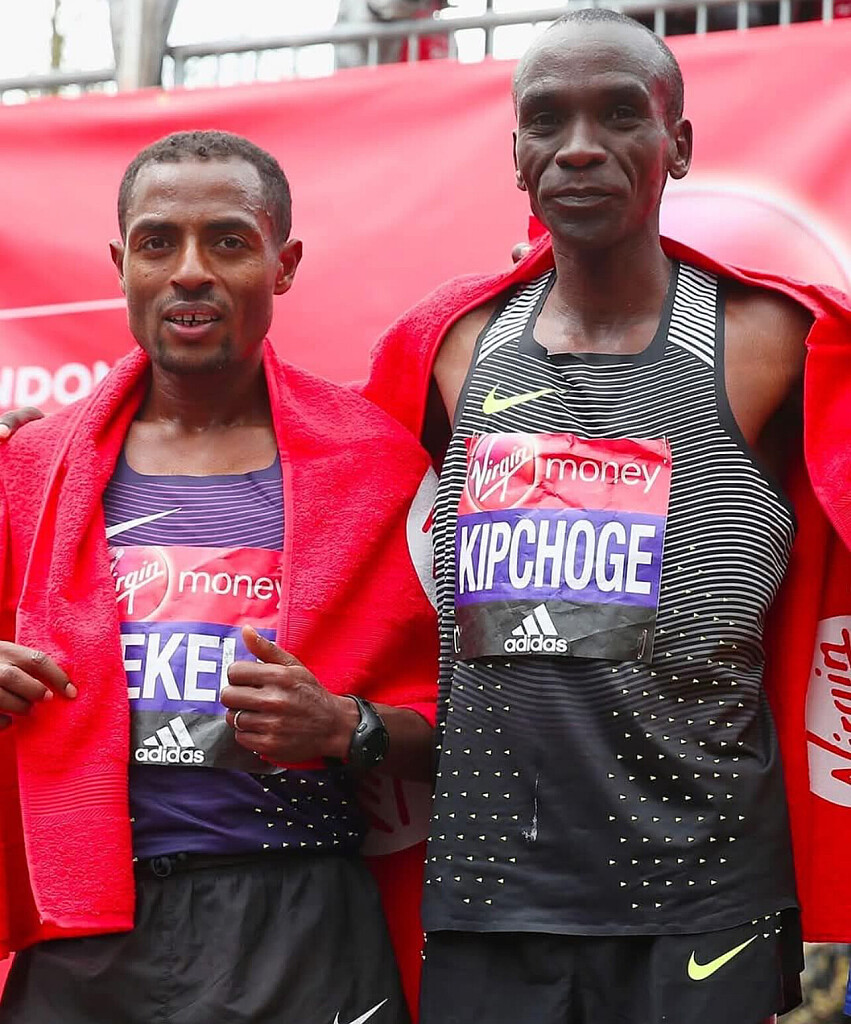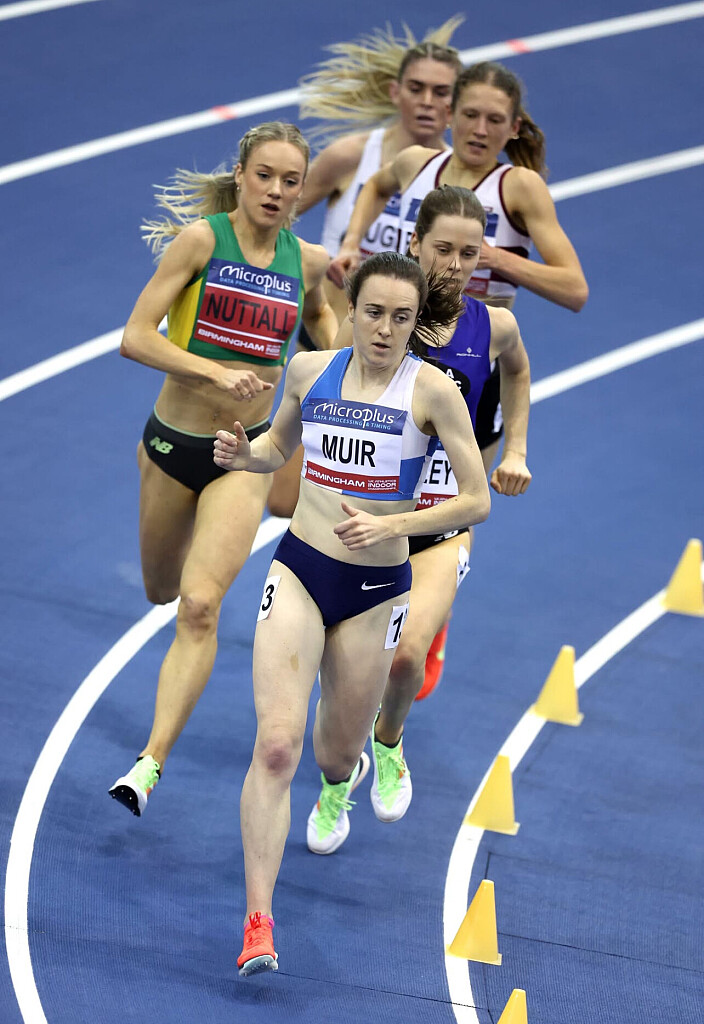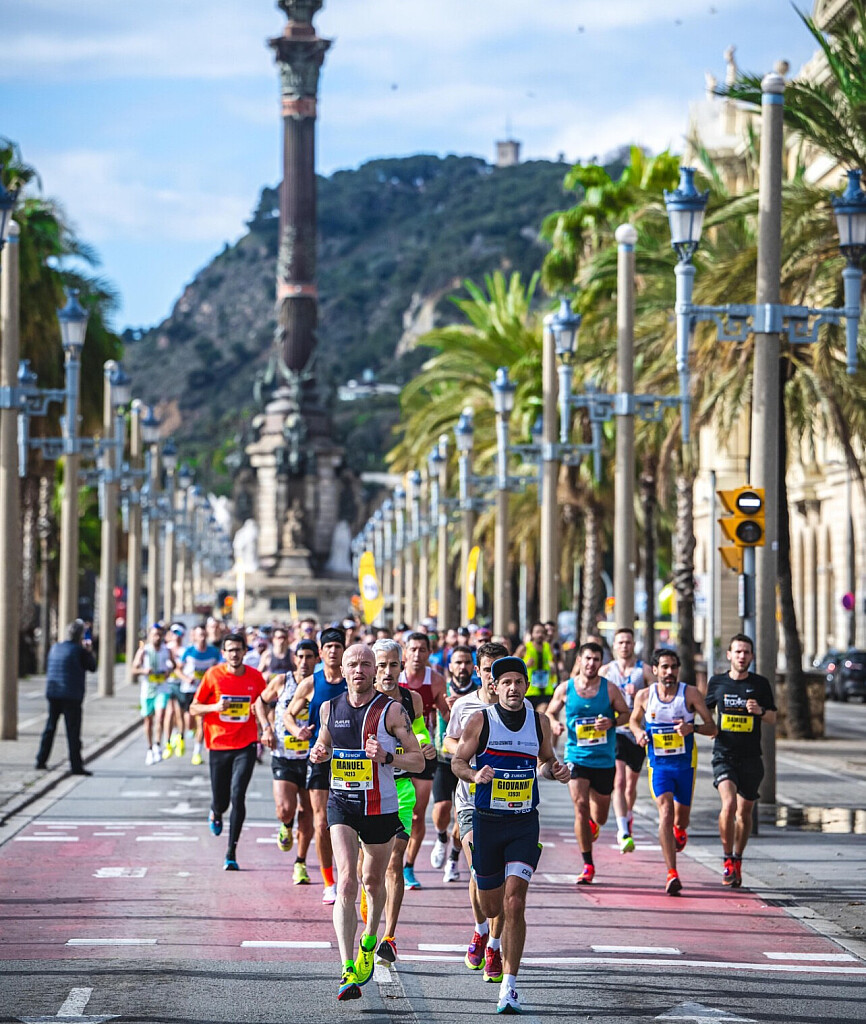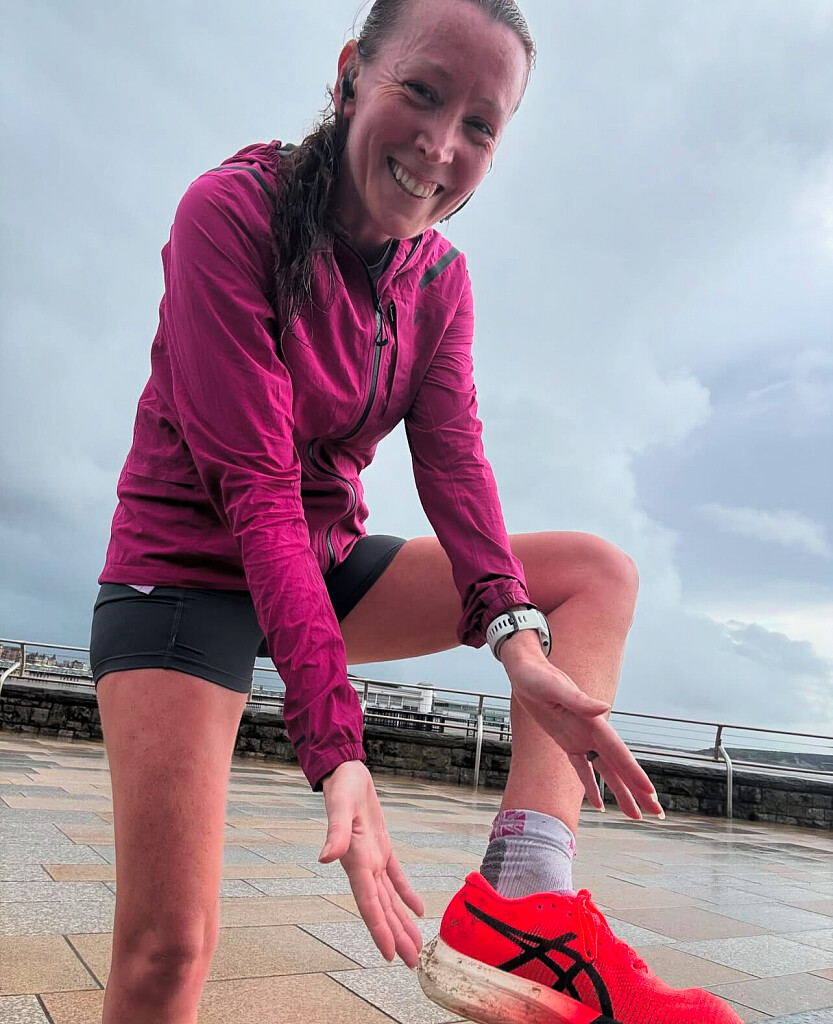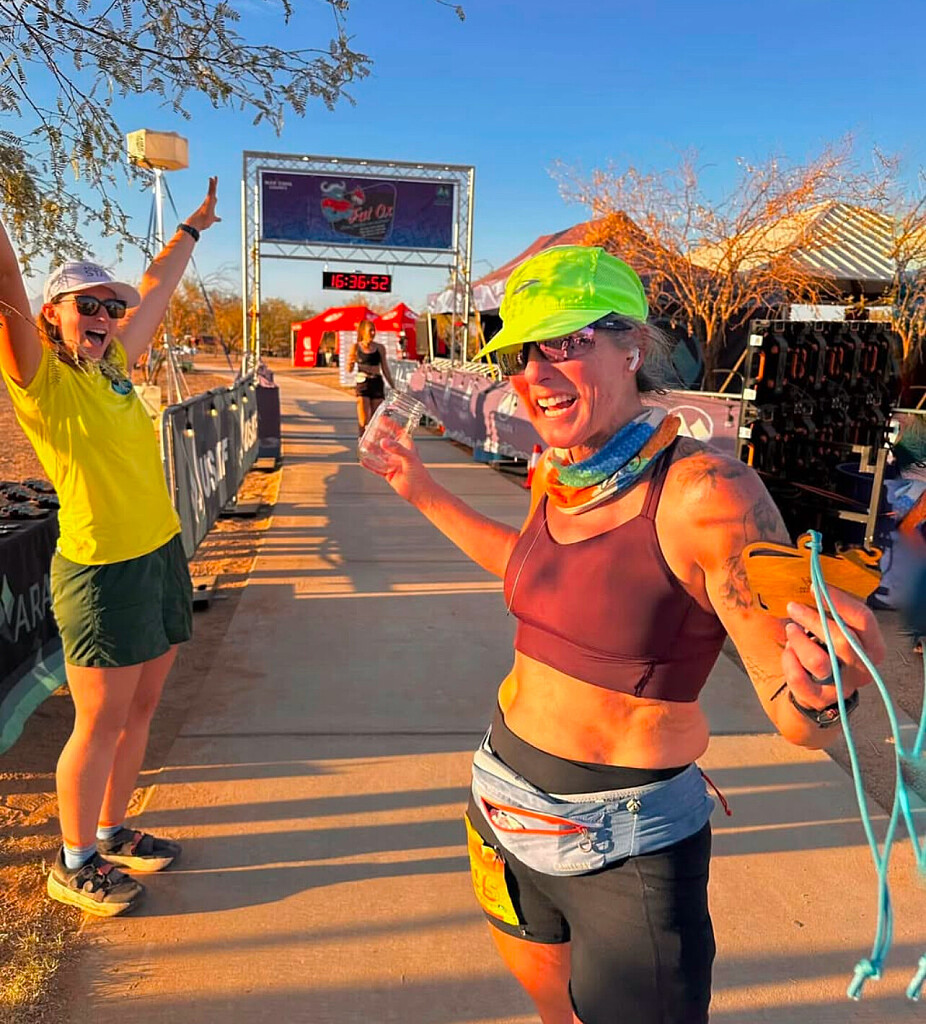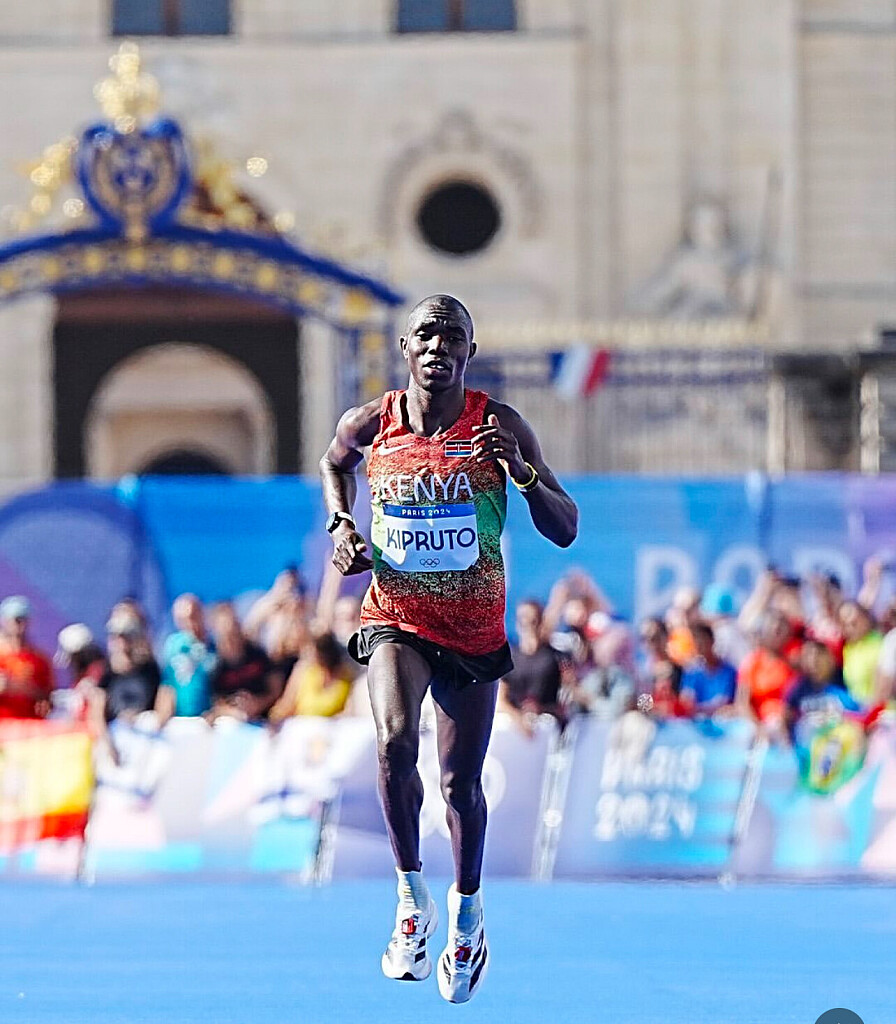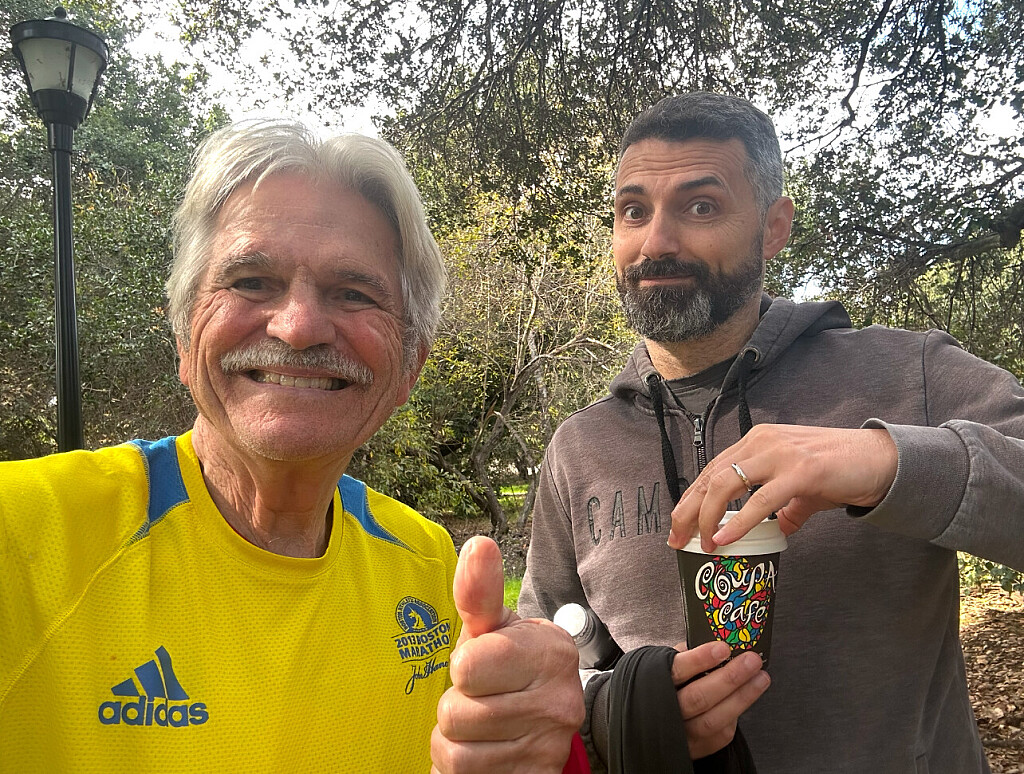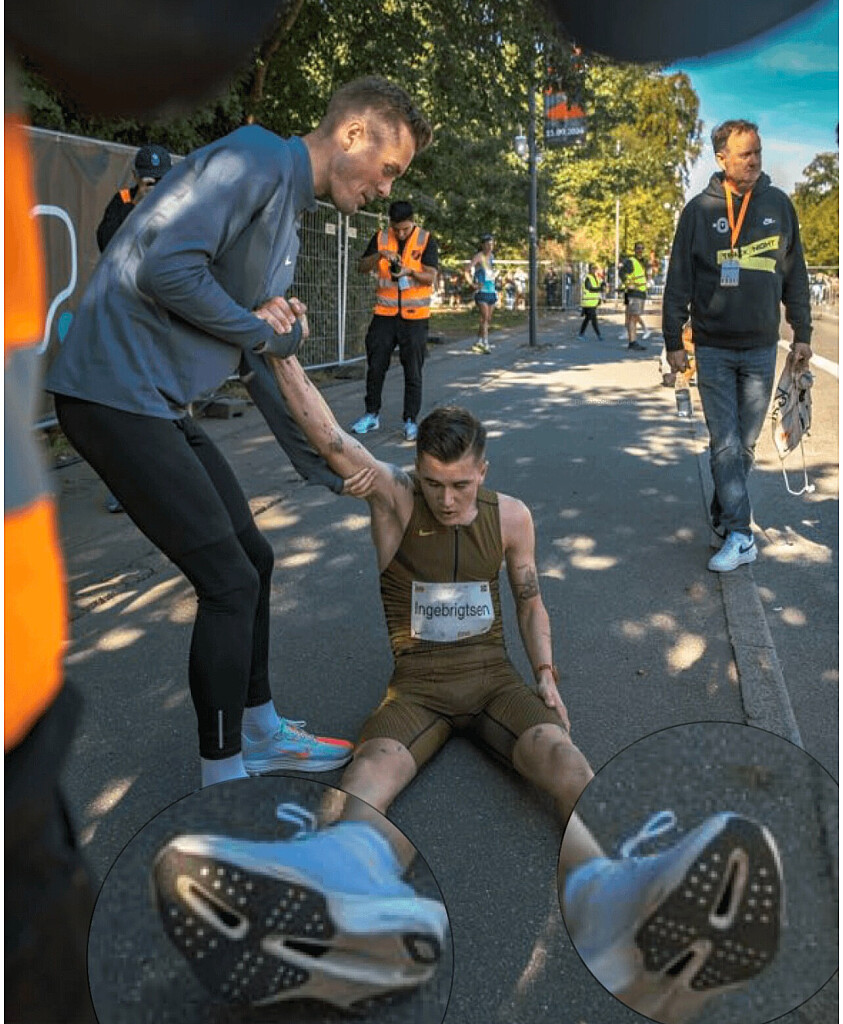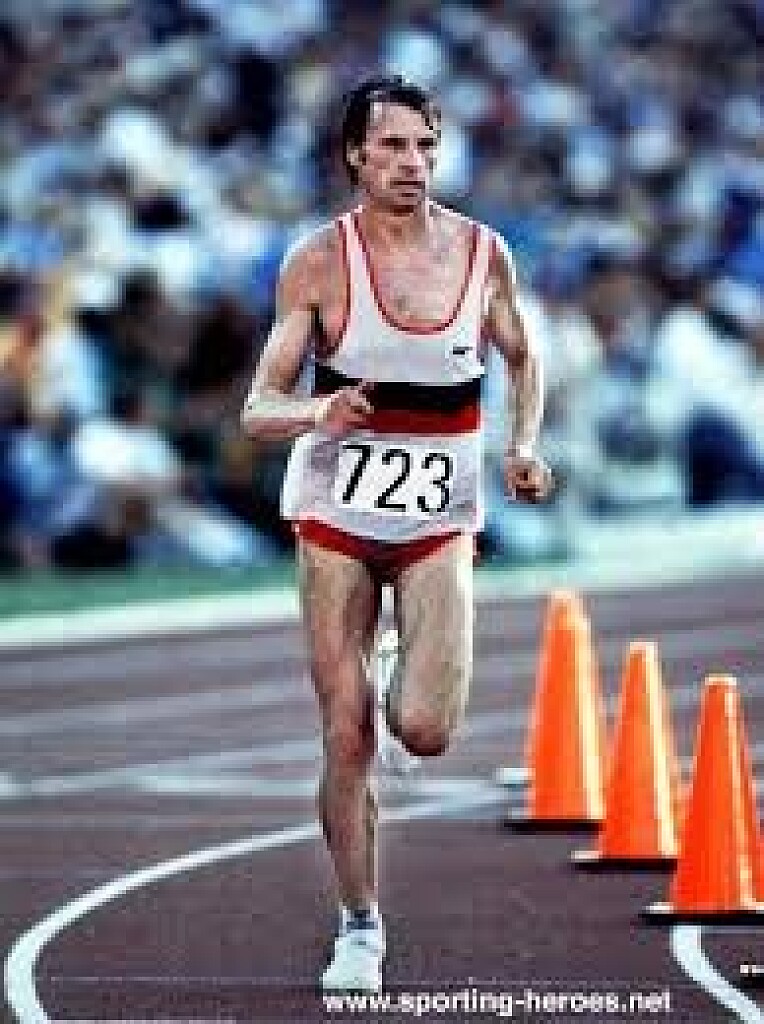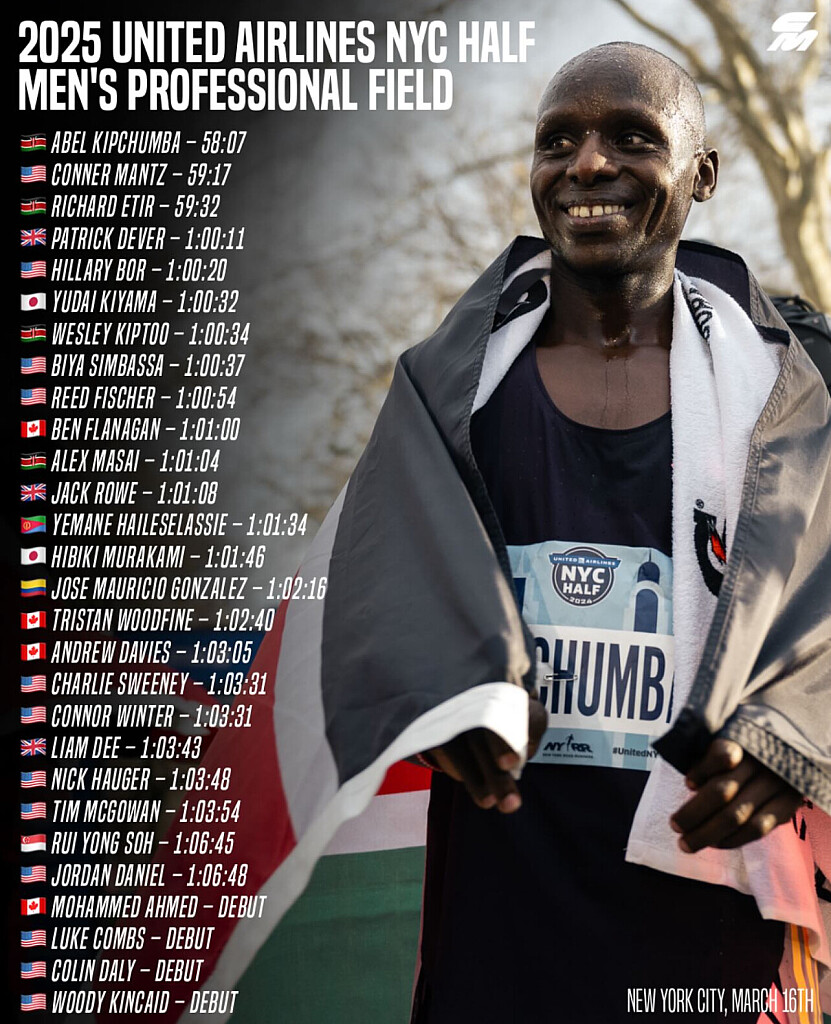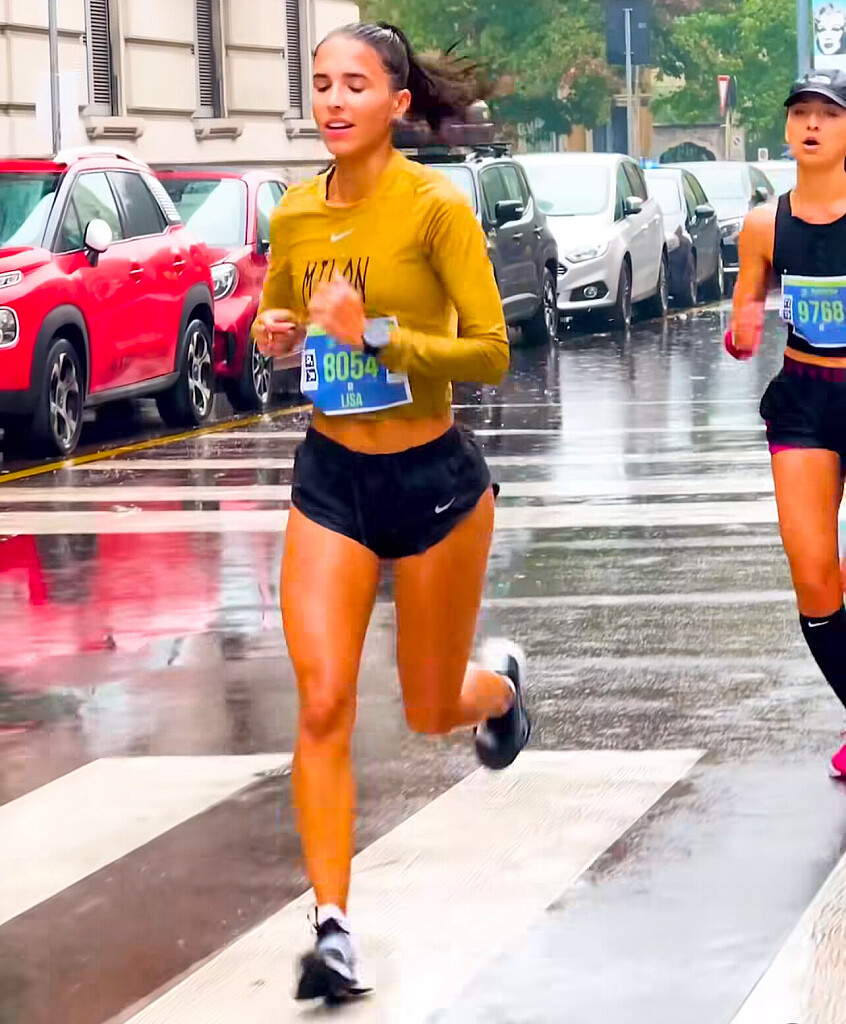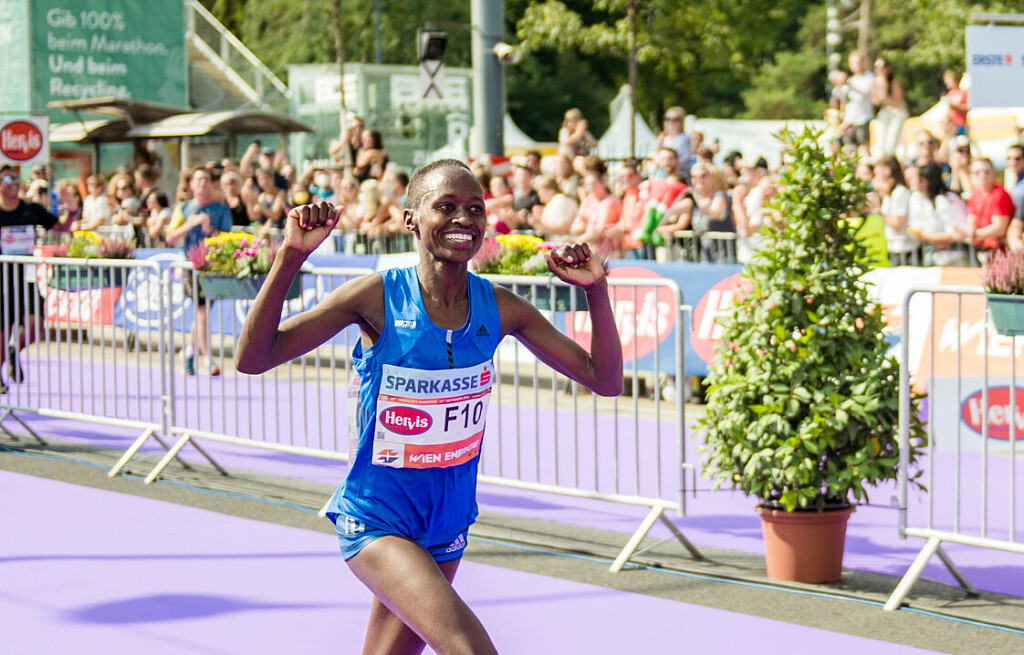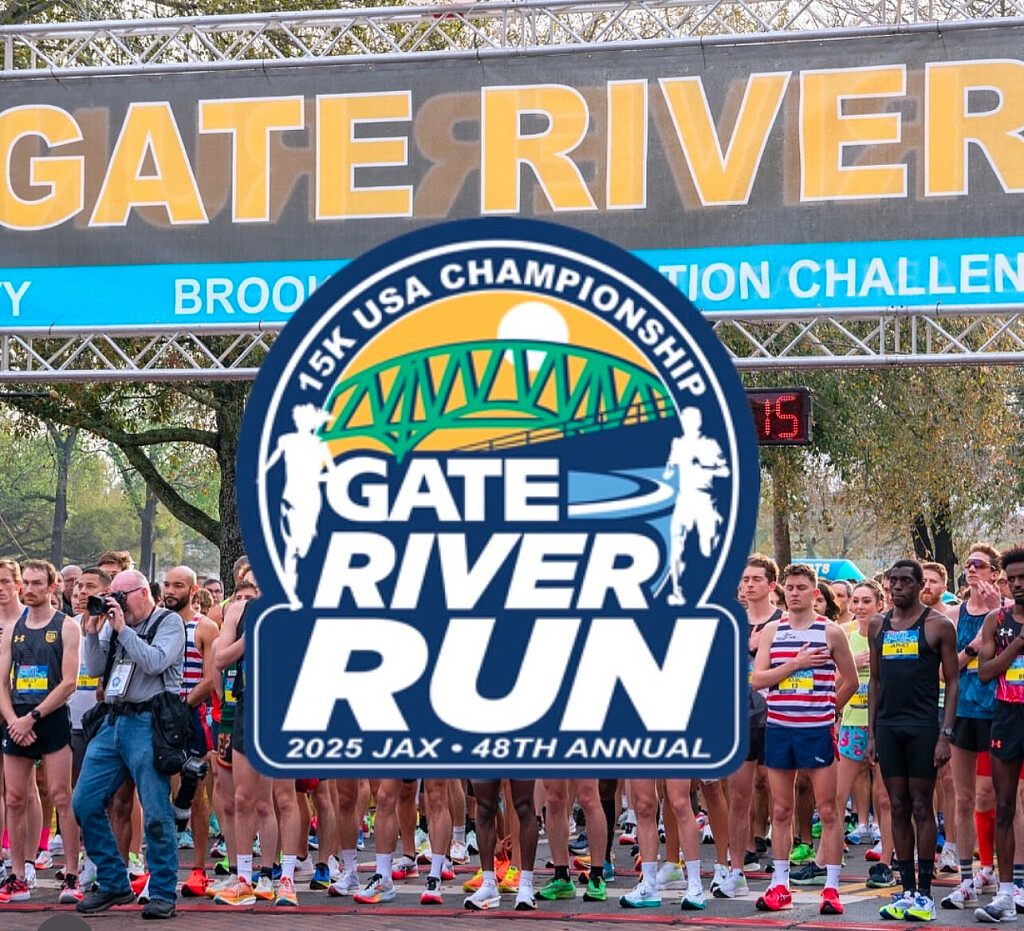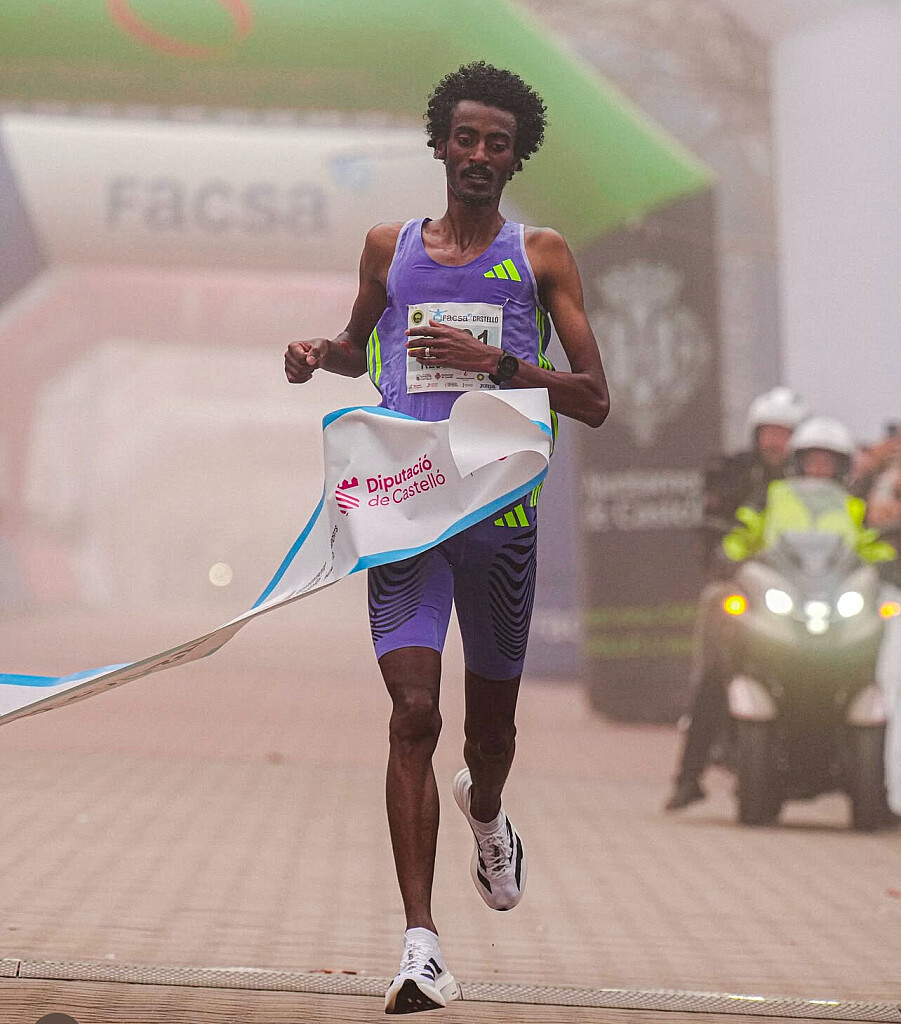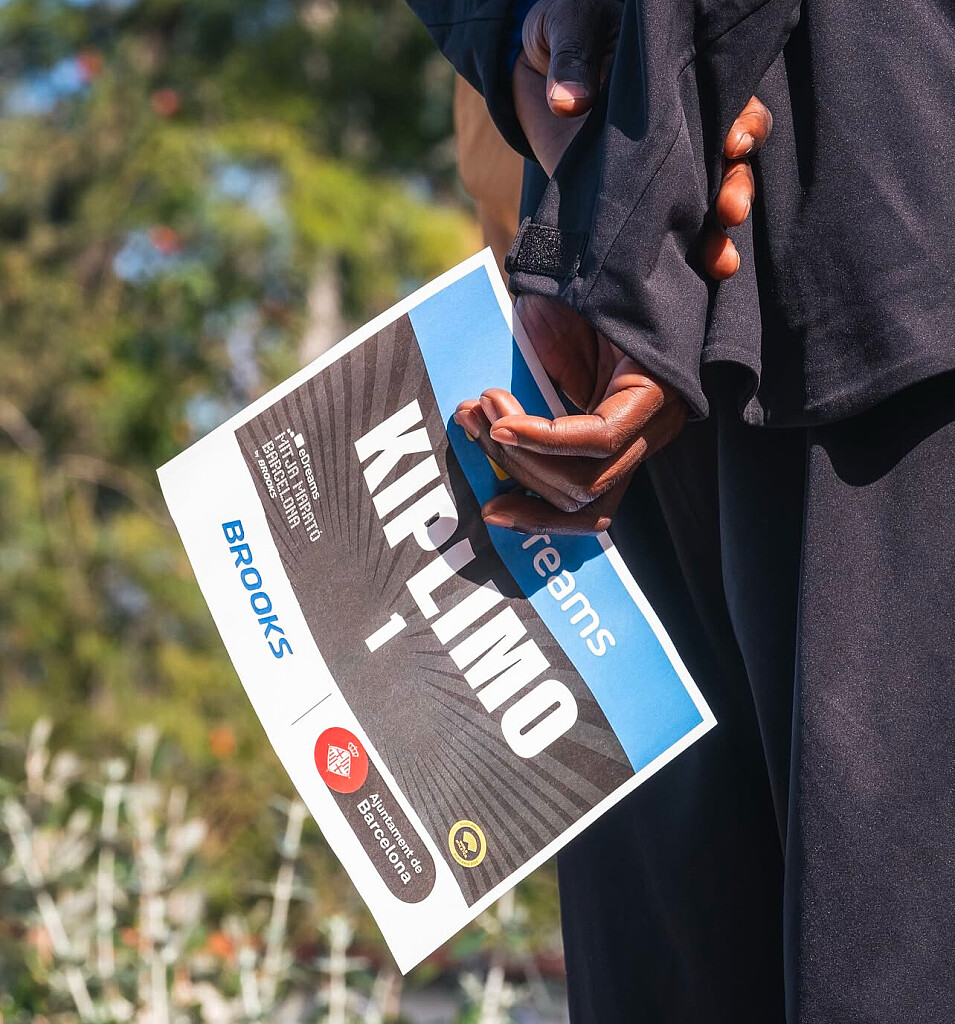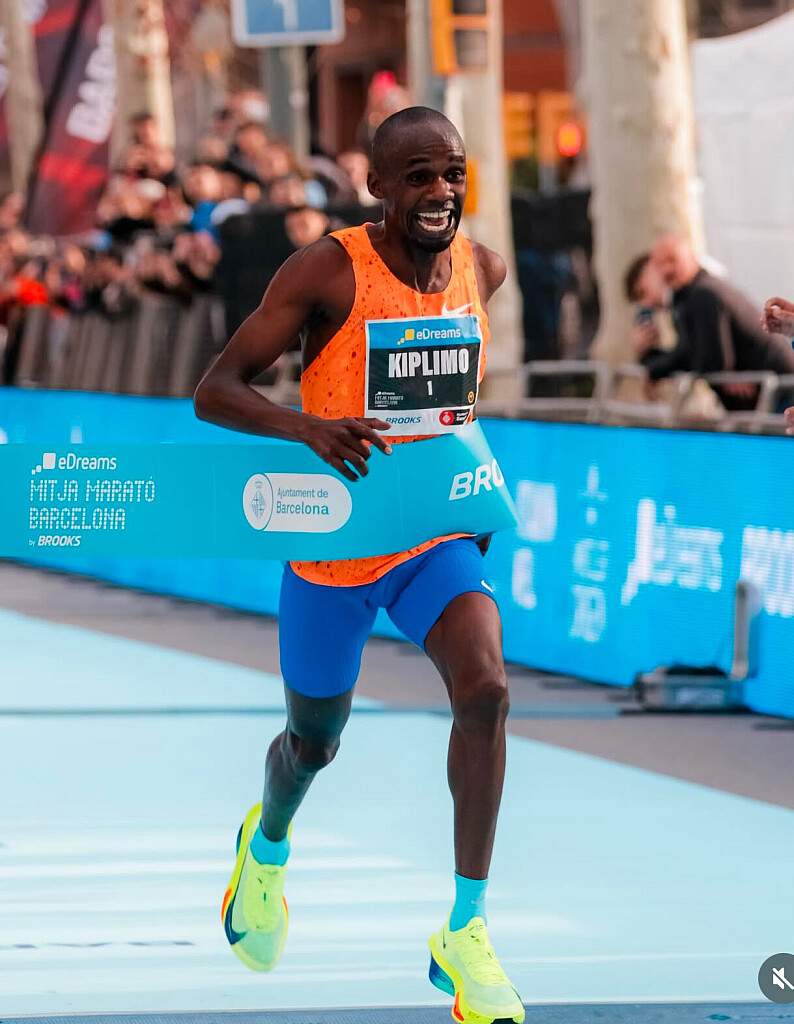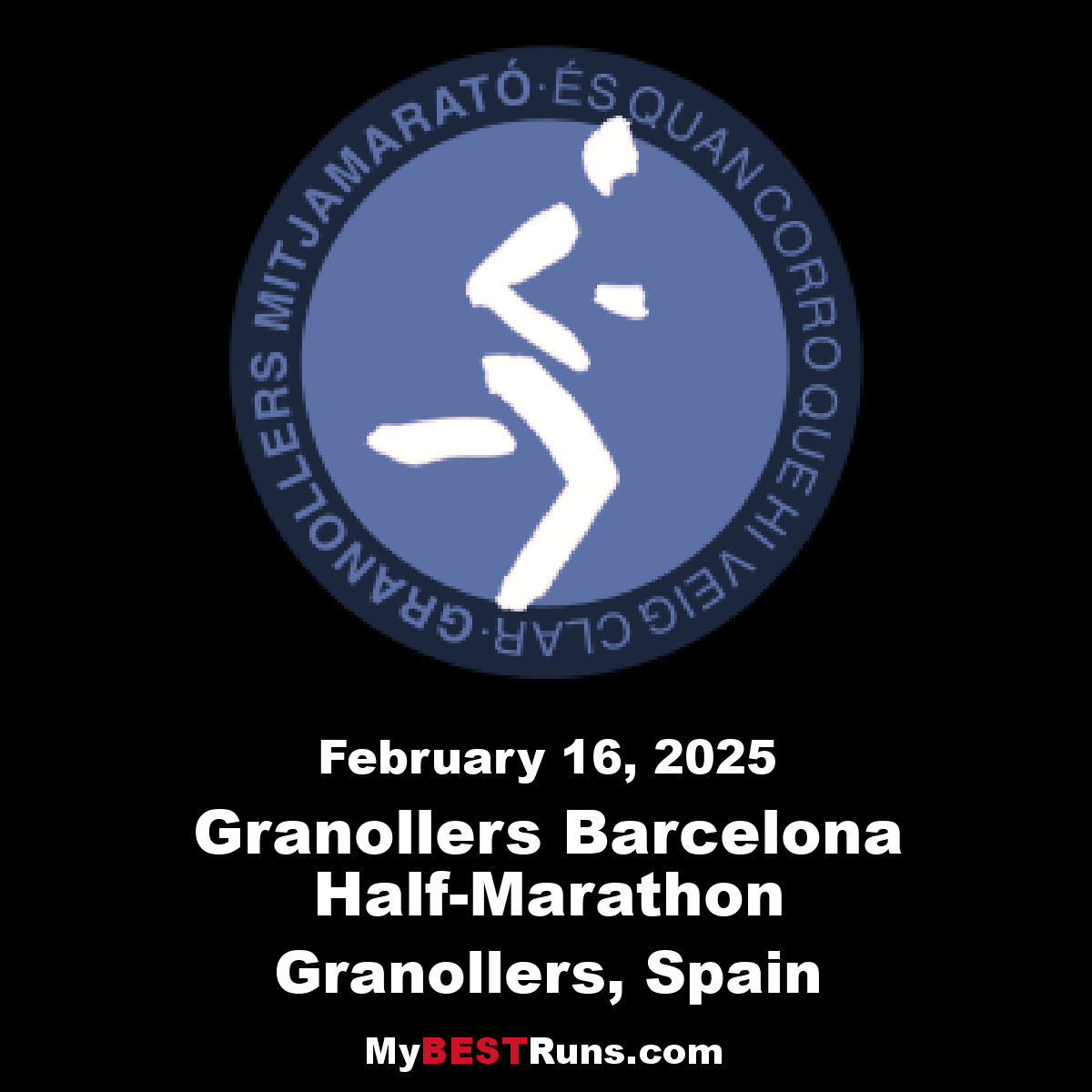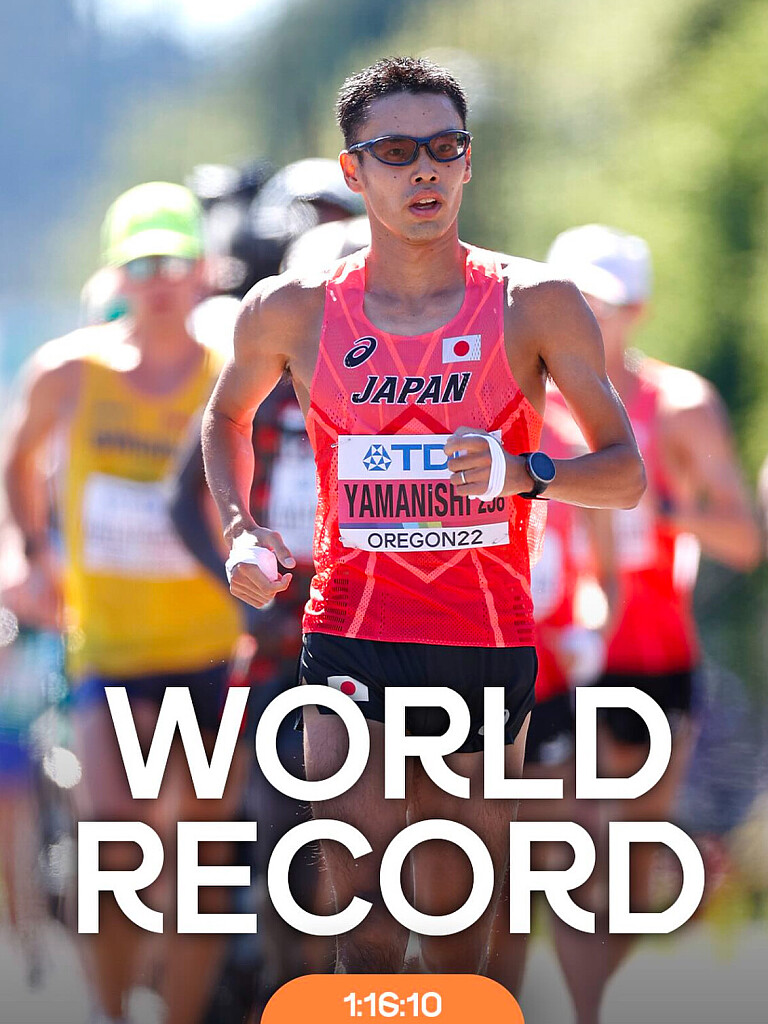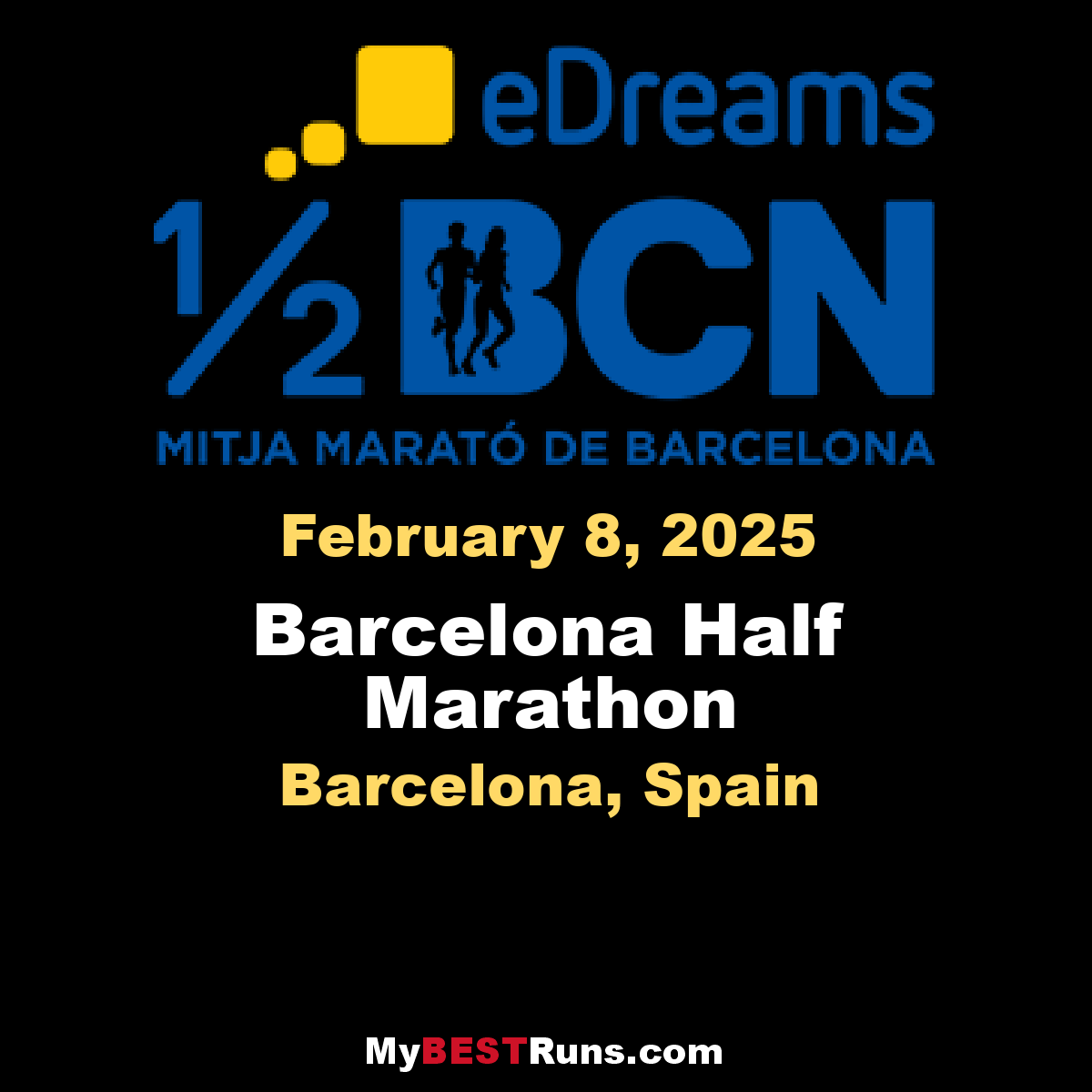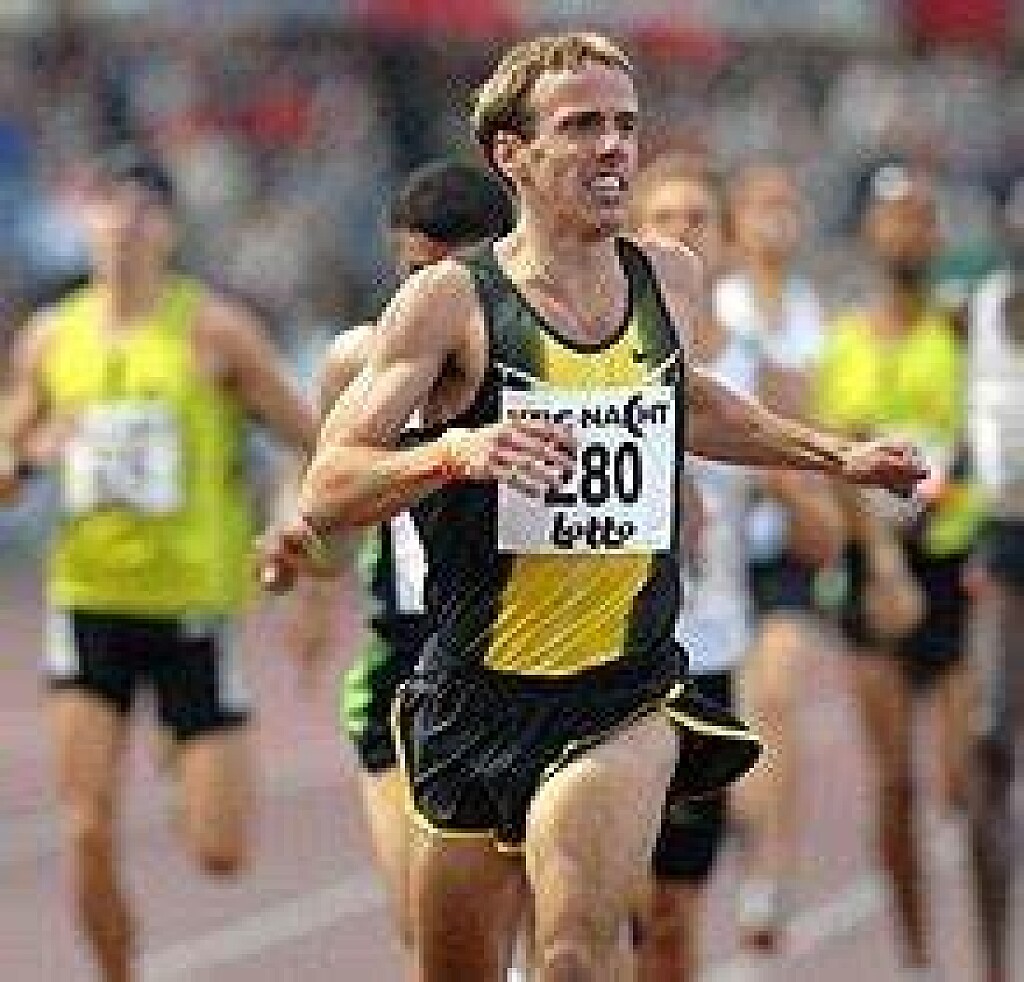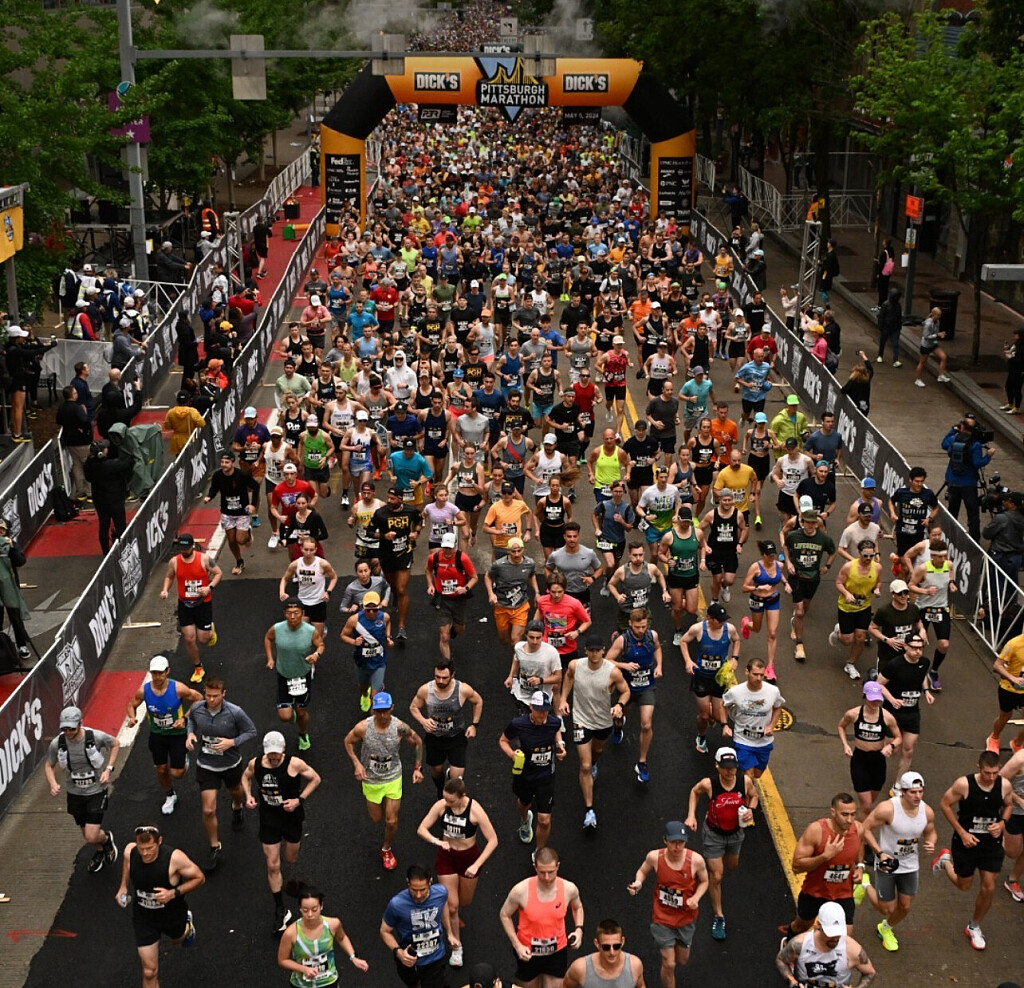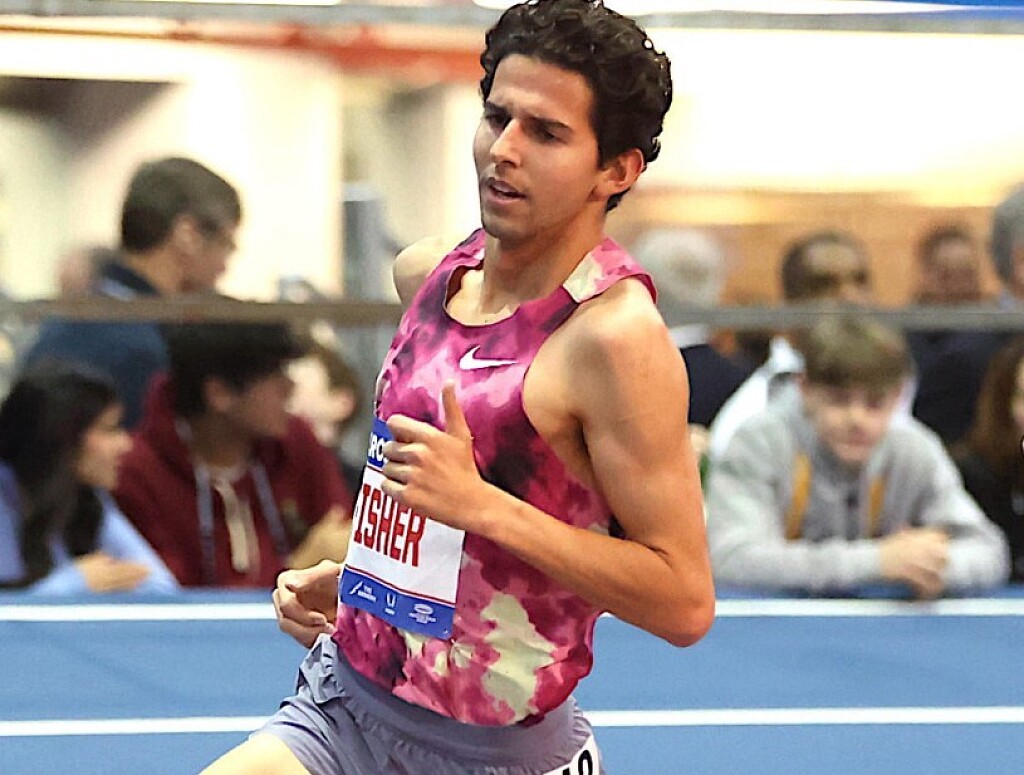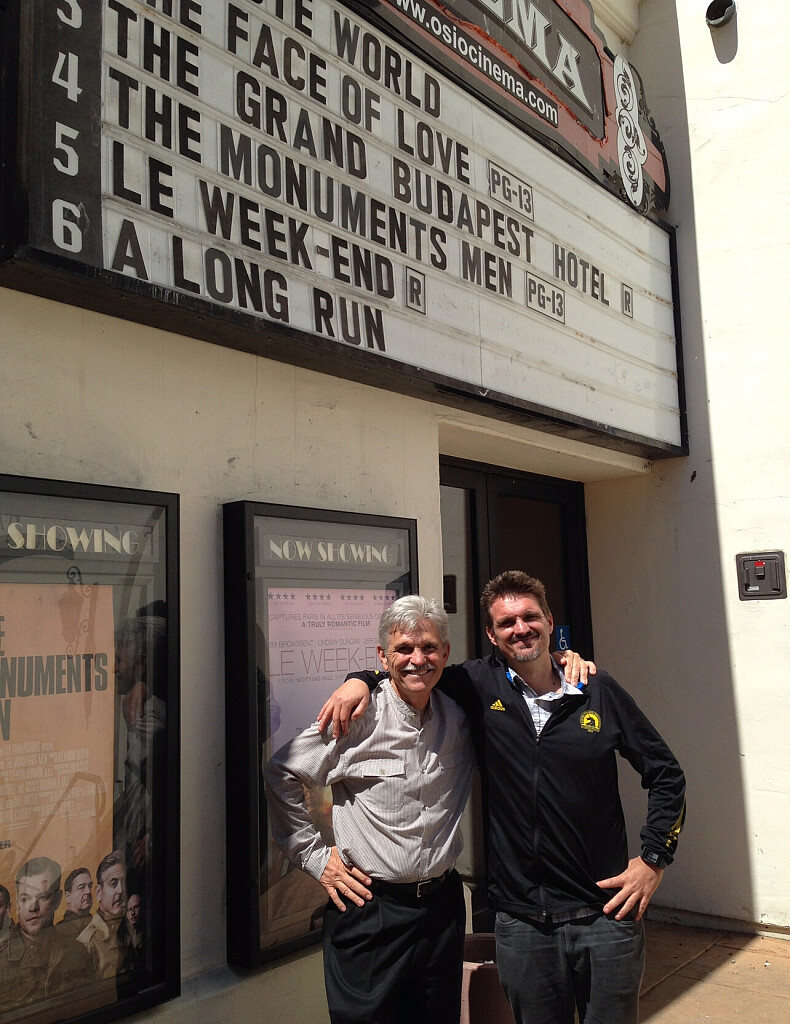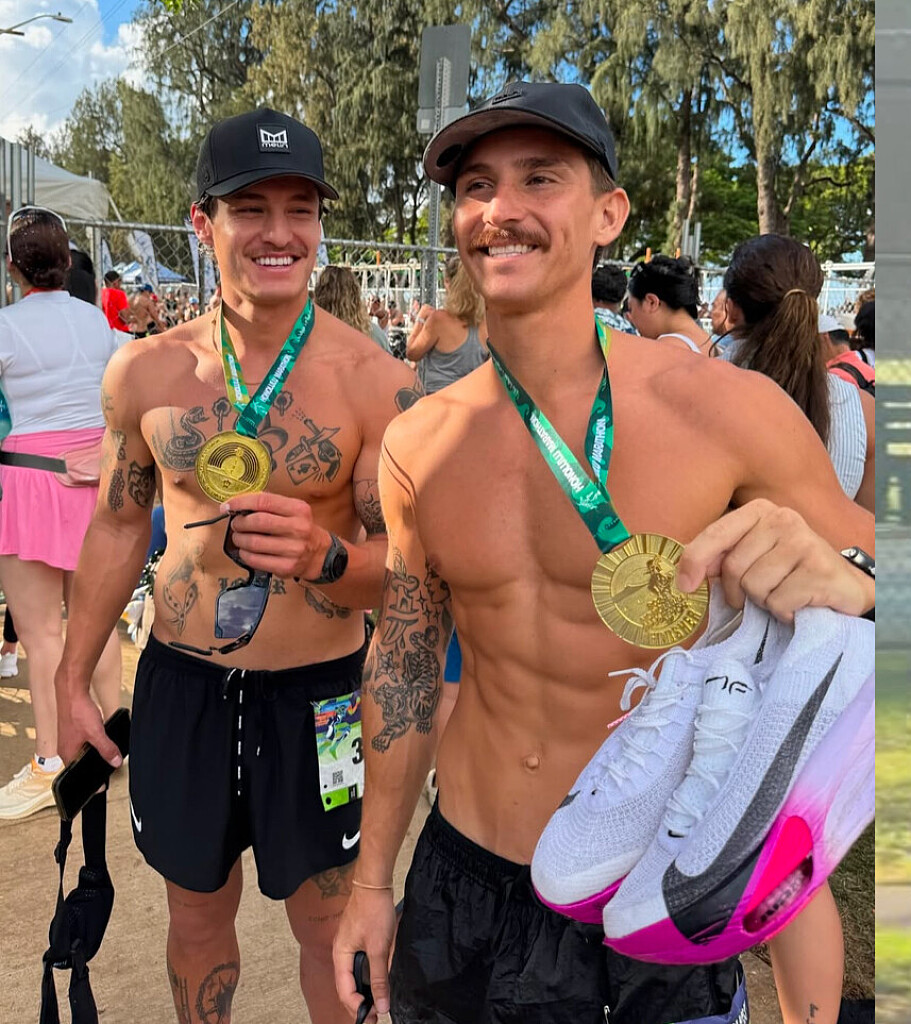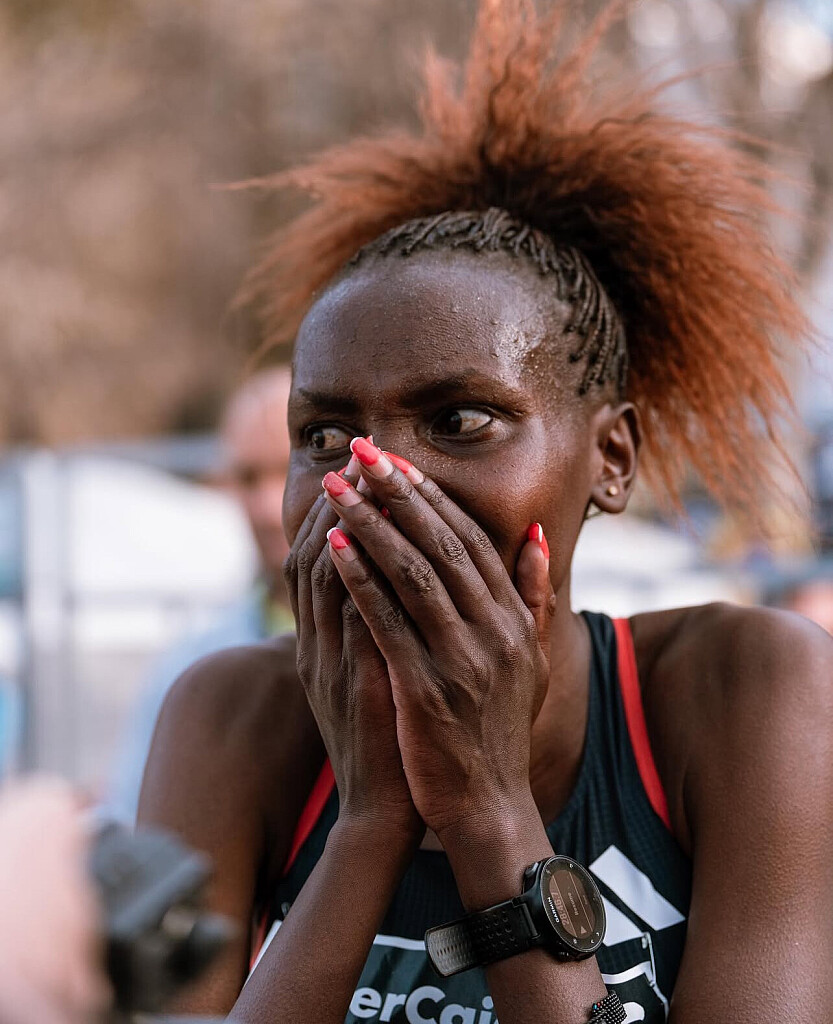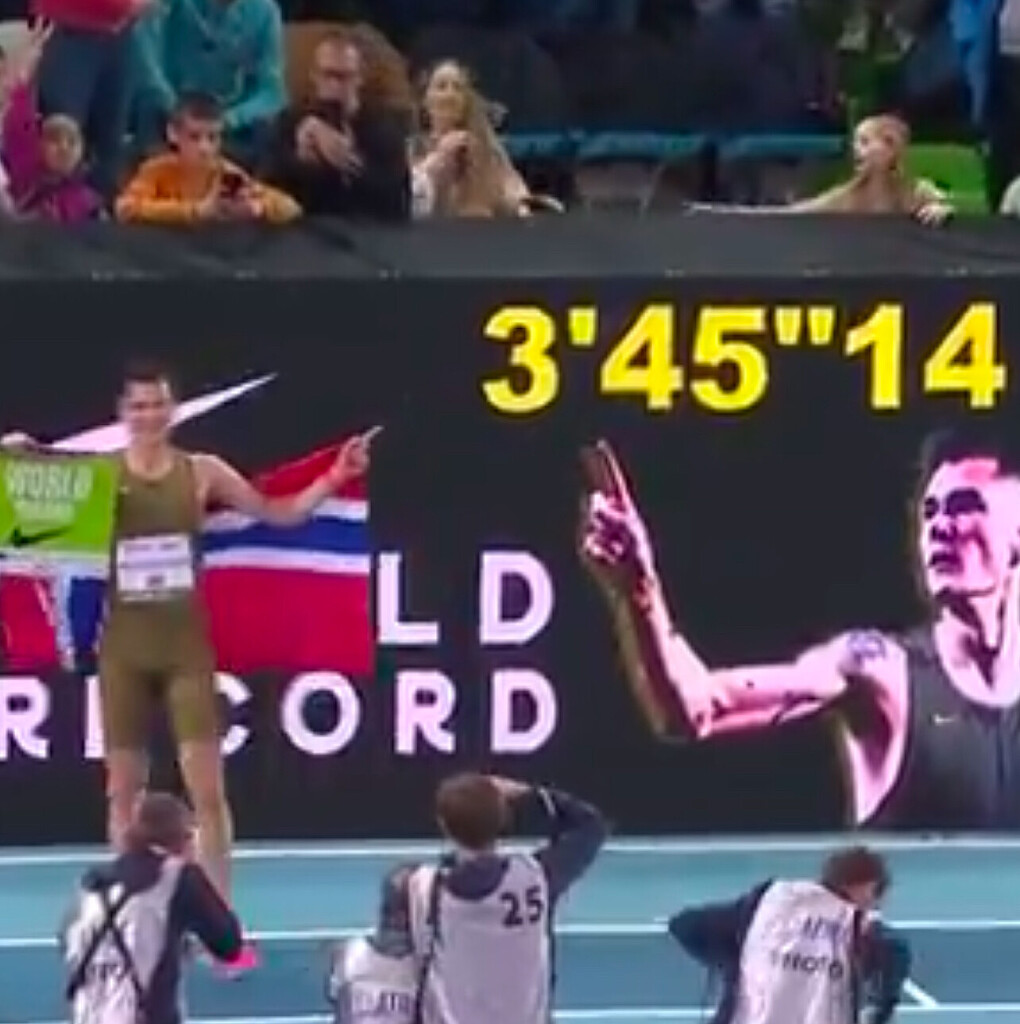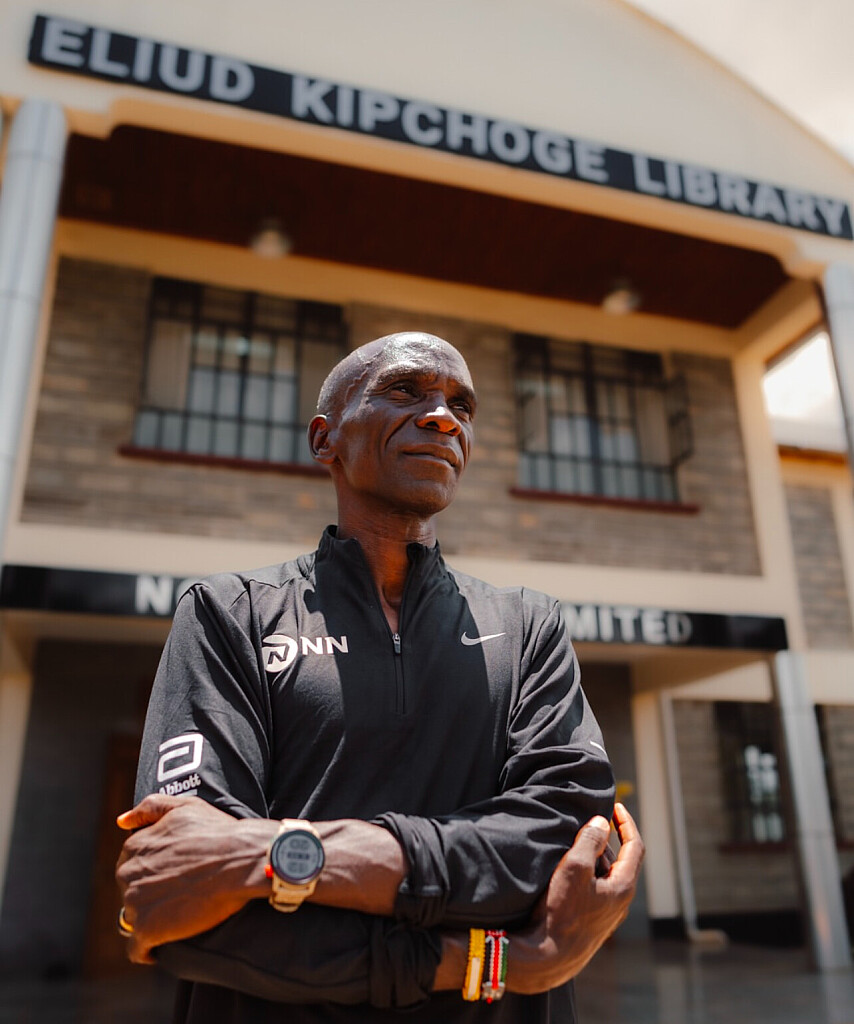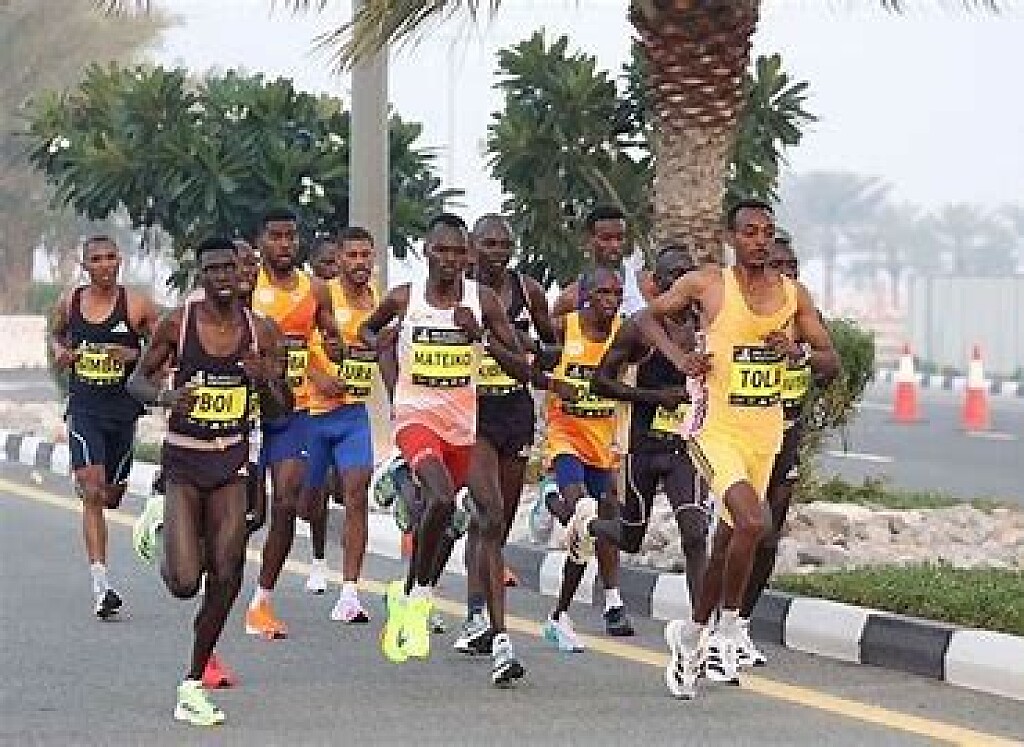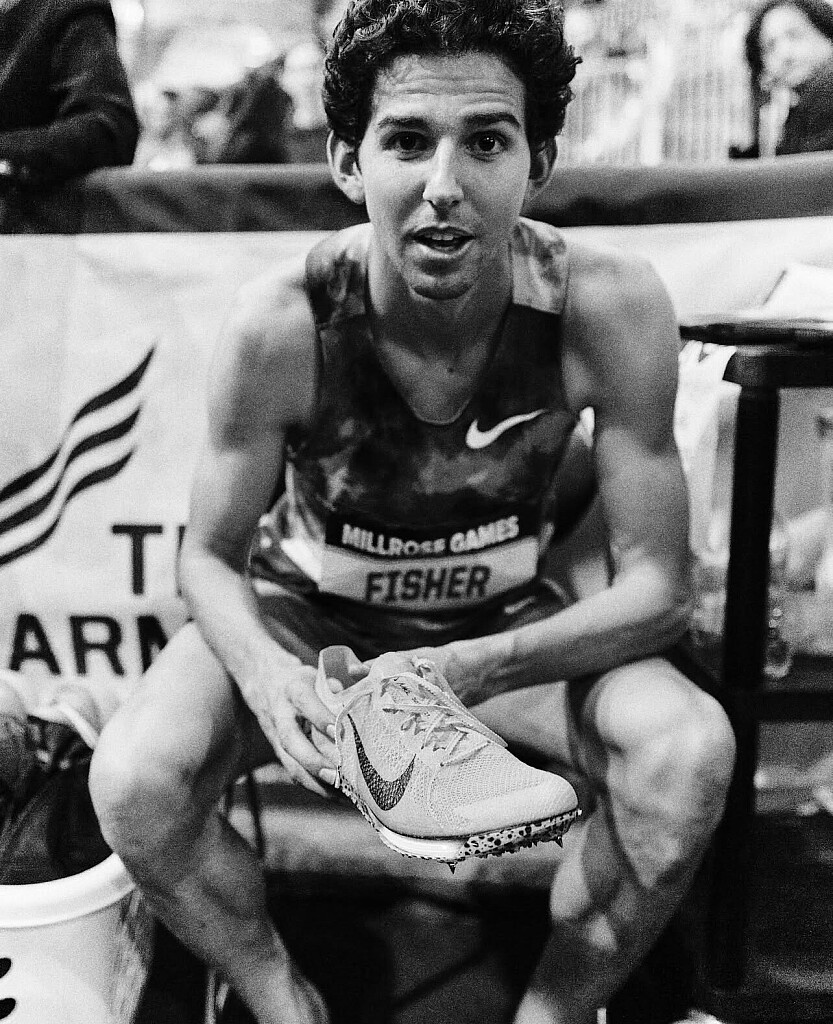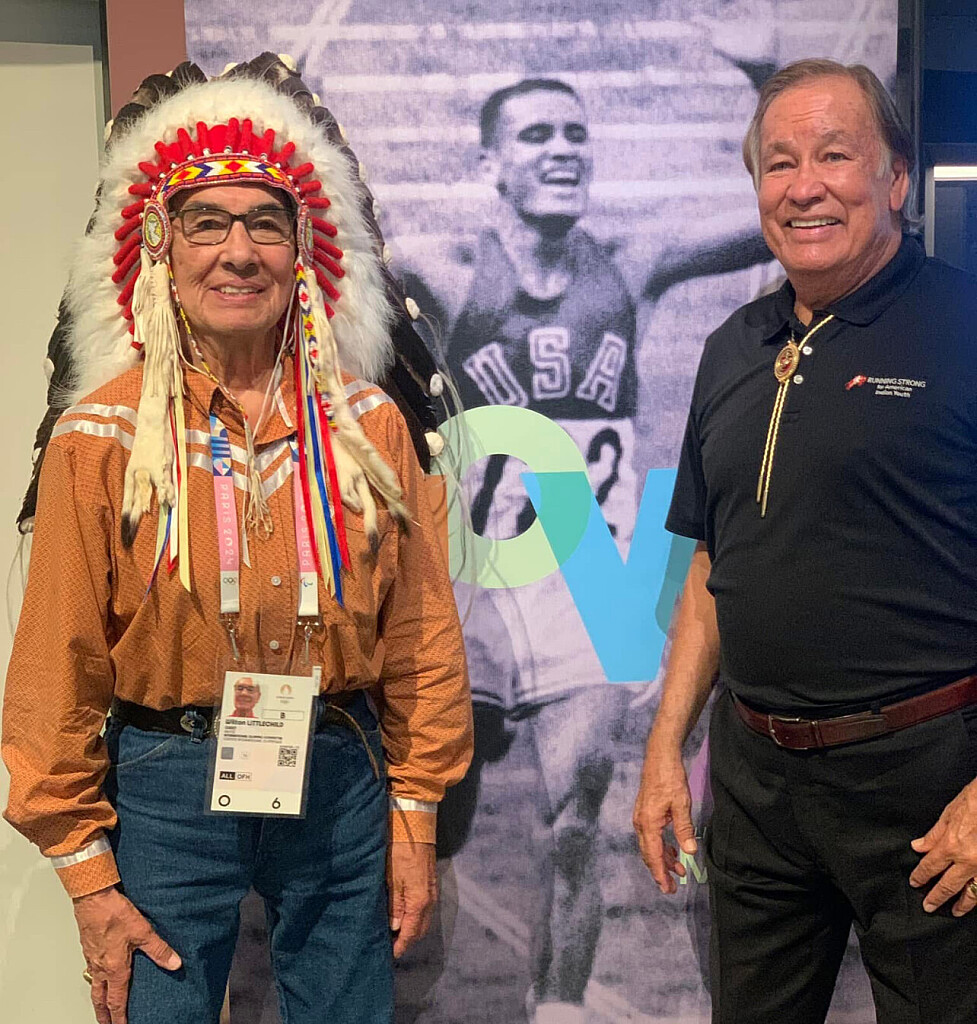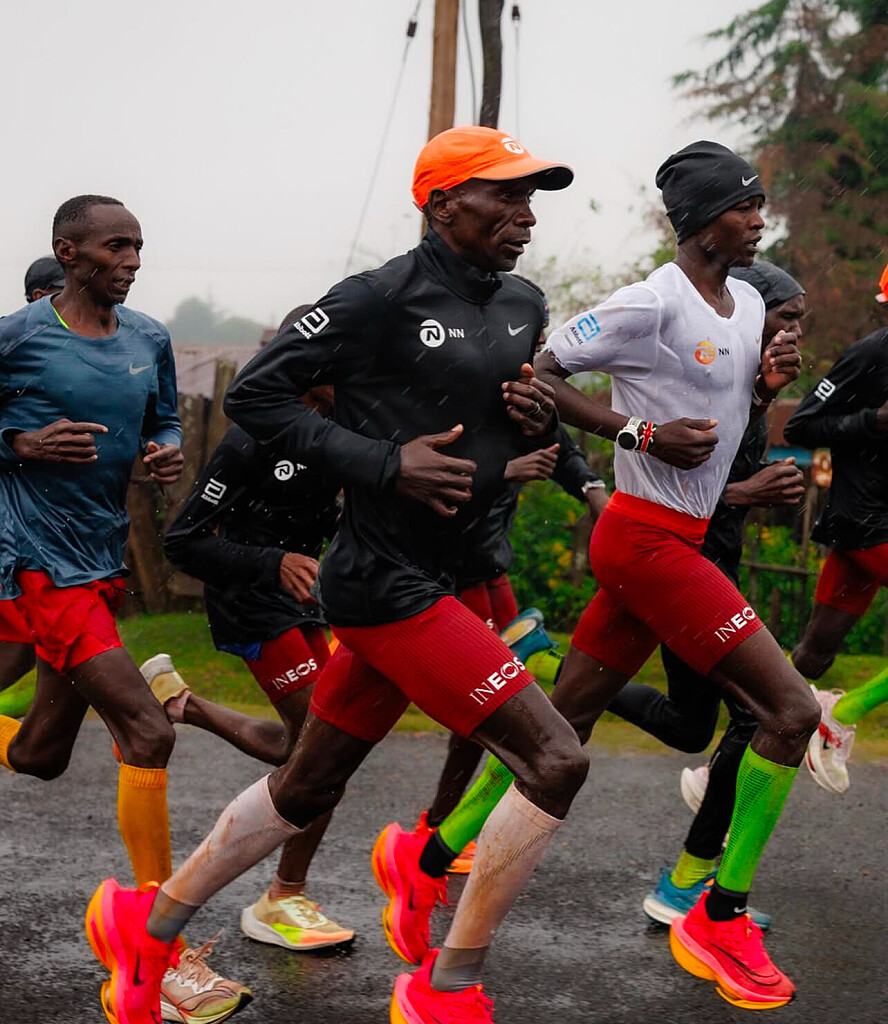Running News Daily
Running News Daily is edited by Bob Anderson. Send your news items to bob@mybestruns.com Advertising opportunities available. Train the Kenyan Way at KATA Kenya and Portugal owned and operated by Bob Anderson. Be sure to catch our movie A Long Run the movie KATA Running Camps and KATA Potato Farms - 31 now open in Kenya! https://kata.ke/
Index to Daily Posts · Sign Up For Updates · Run The World Feed
Gulveer Singh Breaks 13-Minute Barrier in the 5000m, Making History for India
Gulveer Singh has made history, becoming the first Indian to run the 5000 meters in under 13 minutes. At the Boston University Terrier DMR Challenge on February 21, he clocked 12:59.77, finishing fourth and securing qualification for the World Championships. This performance shattered the national record and set a new Asian benchmark in the event, cementing his place among the continent’s top distance runners.
Singh’s achievement comes on the heels of another record-breaking run. Just a week prior, he had rewritten India’s indoor 3000m record, running 7:38.26 to erase a 16-year-old mark. These performances mark a breakthrough for Indian distance running, demonstrating that athletes from the country can compete at the highest level on the global stage.
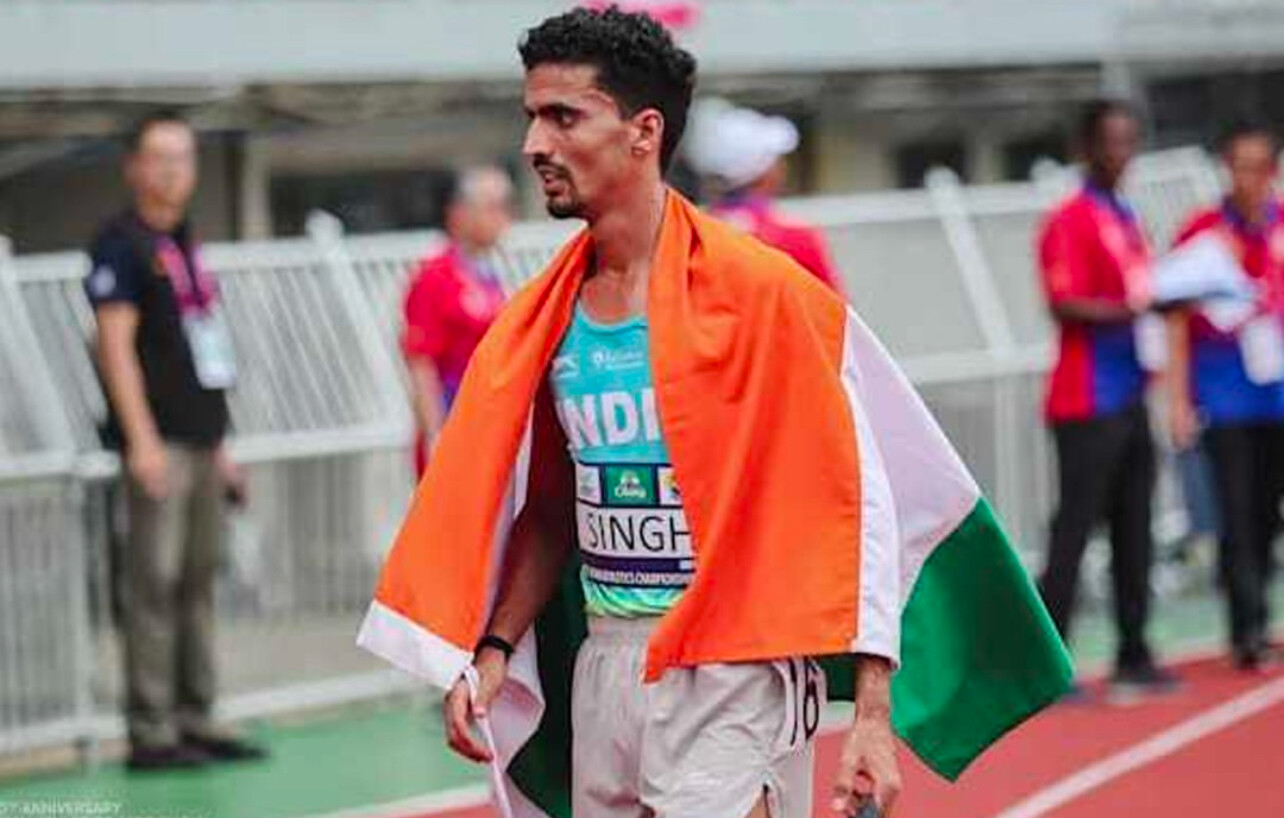
Born on June 1, 1998, in Sirsa village, Atrauli tehsil of Aligarh district in Uttar Pradesh, Singh grew up in a farming family. At 17, he joined the Indian Army through the sports quota and became part of the Grenadiers Regiment, training at the regimental center in Jabalpur. His military career provided him with the discipline and structure to develop as an elite runner, and he quickly emerged as one of India’s top distance talents.

Singh first gained international recognition in 2023 when he won bronze in the 10,000 meters at the Asian Athletics Championships in Bangkok. Later that year, he added another bronze at the Asian Games in Hangzhou, China, solidifying his reputation as a rising force in long-distance racing.

His latest performances have been fueled by high-altitude training in Colorado Springs, where he and other Indian athletes underwent a 10-week program in 2023. That preparation has clearly paid off, as Singh has now placed himself in the rarefied air of sub-13-minute 5000m runners—a feat that only a handful of athletes worldwide have achieved.
Breaking the 13-minute barrier is not just a personal milestone; it represents a major shift for Indian distance running. Singh’s success could open doors for more Indian athletes to aim for world-class times, proving that with the right training and opportunities, they can compete with the best.
With his qualification for the World Championships secured, Singh’s focus now shifts to competing on an even bigger stage. His record-breaking run in Boston signals that he is ready to challenge the world’s best, and as his trajectory continues upward, Indian athletics may have found its next great distance star.
(03/01/2025) ⚡AMPby Boris Baron
Vared Nuguse Aims to Reclaim Indoor Mile World Record in Boston
Yared Nuguse is taking another shot at history. This Sunday at Boston University’s Last Chance National Qualifier, the American middle-distance star will attempt to break Jakob Ingebrigtsen’s indoor mile world record of 3:45.14. He’ll have help in the form of pacers and pacing lights, but it’ll still take an all-out effort to bring the record back to U.S. soil.
Nuguse first set the record at the Millrose Games on February 8, running 3:46.63 to surpass Yomif Kejelcha’s 3:47.01 mark from 2019. But just five days later, Ingebrigtsen took the record down in Liévin, clocking 3:45.14 and putting himself in a league of his own. Now, Nuguse is back on the track, looking to erase the Norwegian’s name from the books.

The setting for this attempt couldn’t be better. Boston University’s track is known for producing fast times, and with a carefully planned race setup, Nuguse has a real shot at reclaiming the record. His training and recent performances suggest he’s in shape to run faster than he did at Millrose, but shaving off nearly 1.5 seconds to surpass Ingebrigtsen is a daunting challenge.

Whether he gets the record or not, this is a big moment in the ongoing battle for dominance in middle-distance running. Nuguse has proven he can rise to the occasion, and with the right execution, Sunday could be another milestone in his growing legacy.
(02/28/2025) ⚡AMPby Boris Baron
Getting Back in Shape to Get in Shape My Journey After a Layoff
After an extended break from running due to an unexpected situation, I found myself facing the daunting task of rebuilding my fitness from the ground up. Acknowledging that I was out of shape was the first and perhaps most challenging step. Accepting this reality allowed me to approach my return with patience and a structured plan.
The Situation and the Solution

In mid-November, I ran into a situation with a tendon in my right calf. It felt like a stabbing pain, and for about a month, I mostly walked while trying to sneak in some running. That turned out to be a mistake. By early January, I realized that pushing through the discomfort had only made things worse. At one point, I could barely walk a 35-minute mile. That’s when I finally accepted that I needed to stop running altogether and find the right solution.
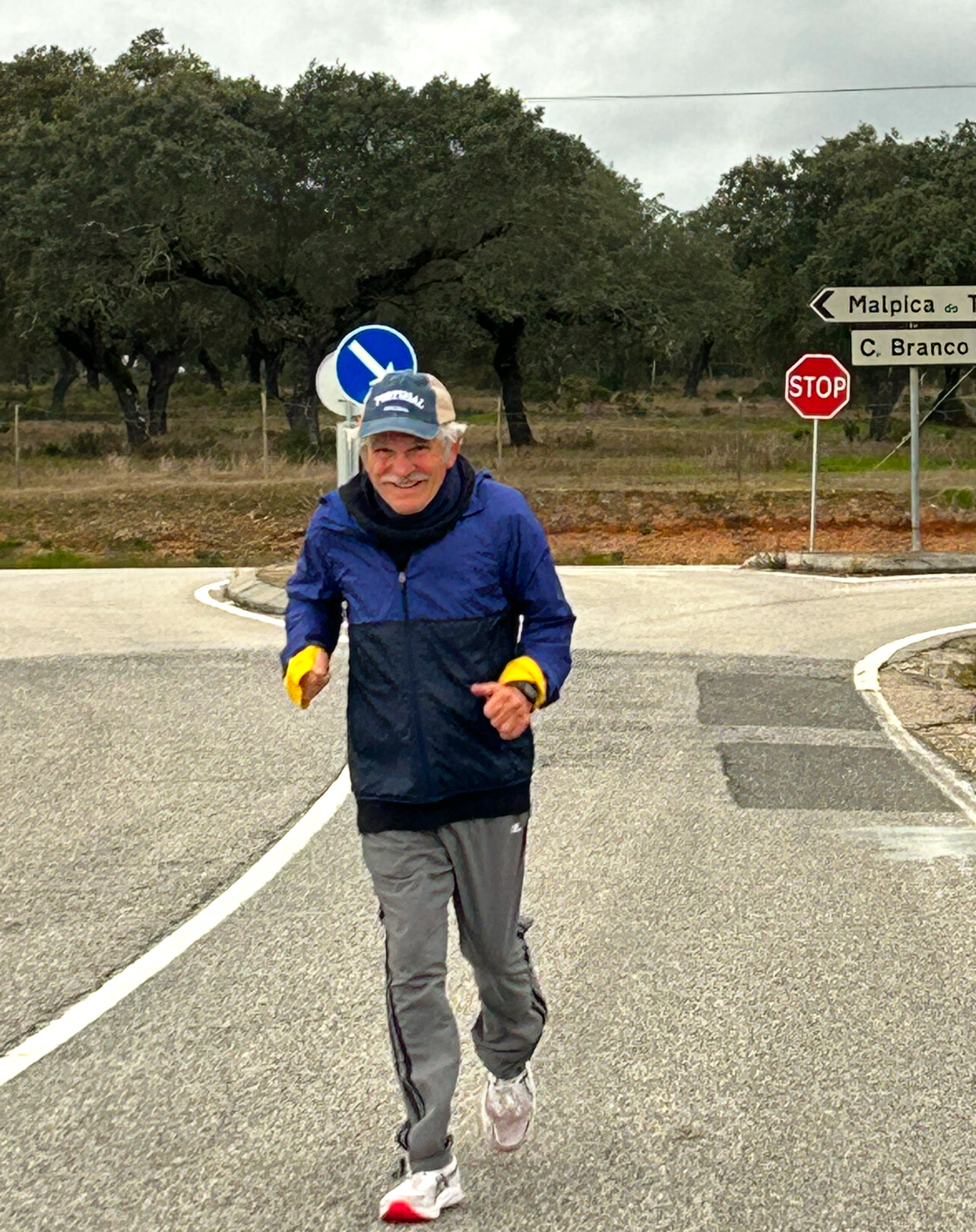
By February, I was finally able to run without pain, but the time off had taken its toll. While I had managed to walk an average of 35 miles per week, I felt completely out of shape for running. Now the road back begins.

Embracing the Challenge
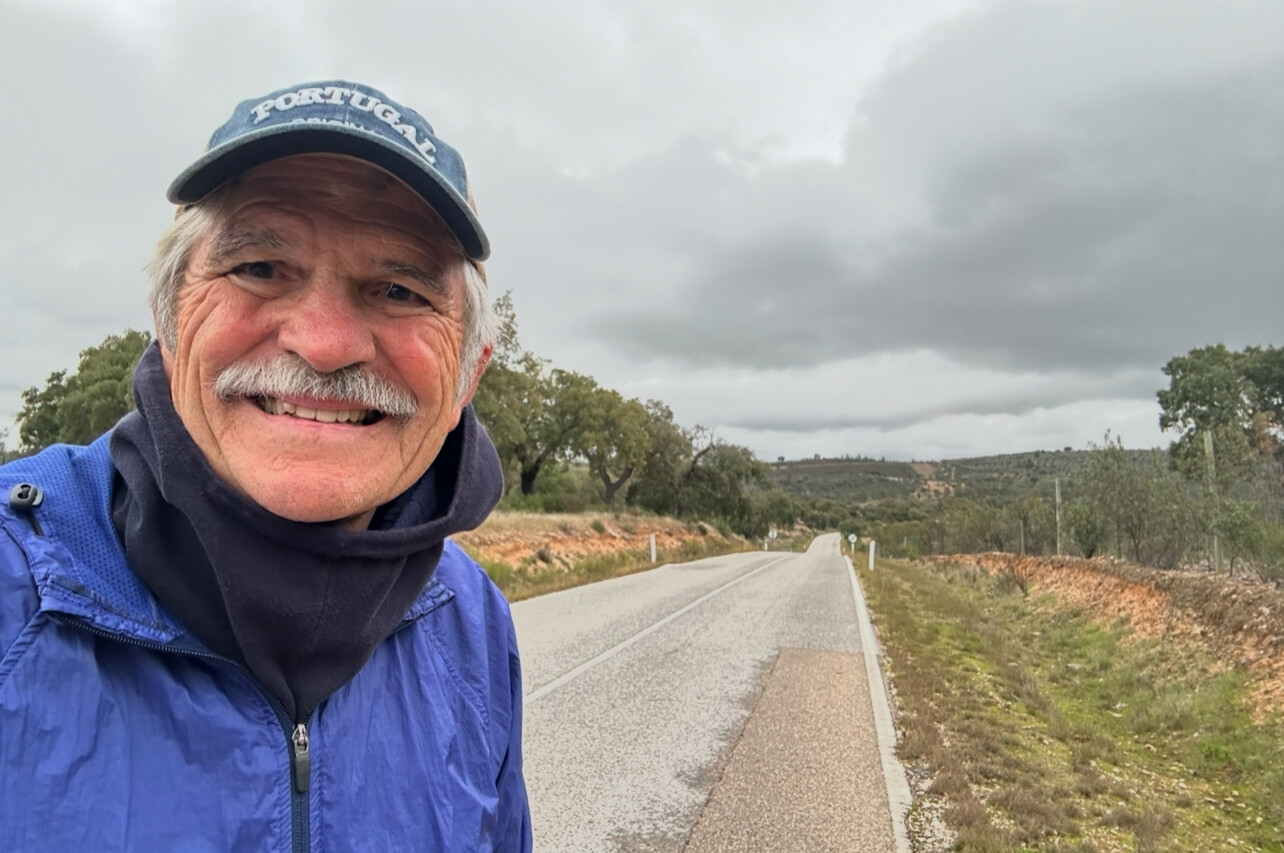
I quickly realized that even easy runs felt more taxing than they had before my situation. The joy and fluidity I once associated with running were replaced by heaviness and fatigue. To combat this, I focused on simply putting one foot in front of the other, without concern for pace or distance. This mindset shift helped me stay motivated and reduced the pressure to perform at my previous levels.
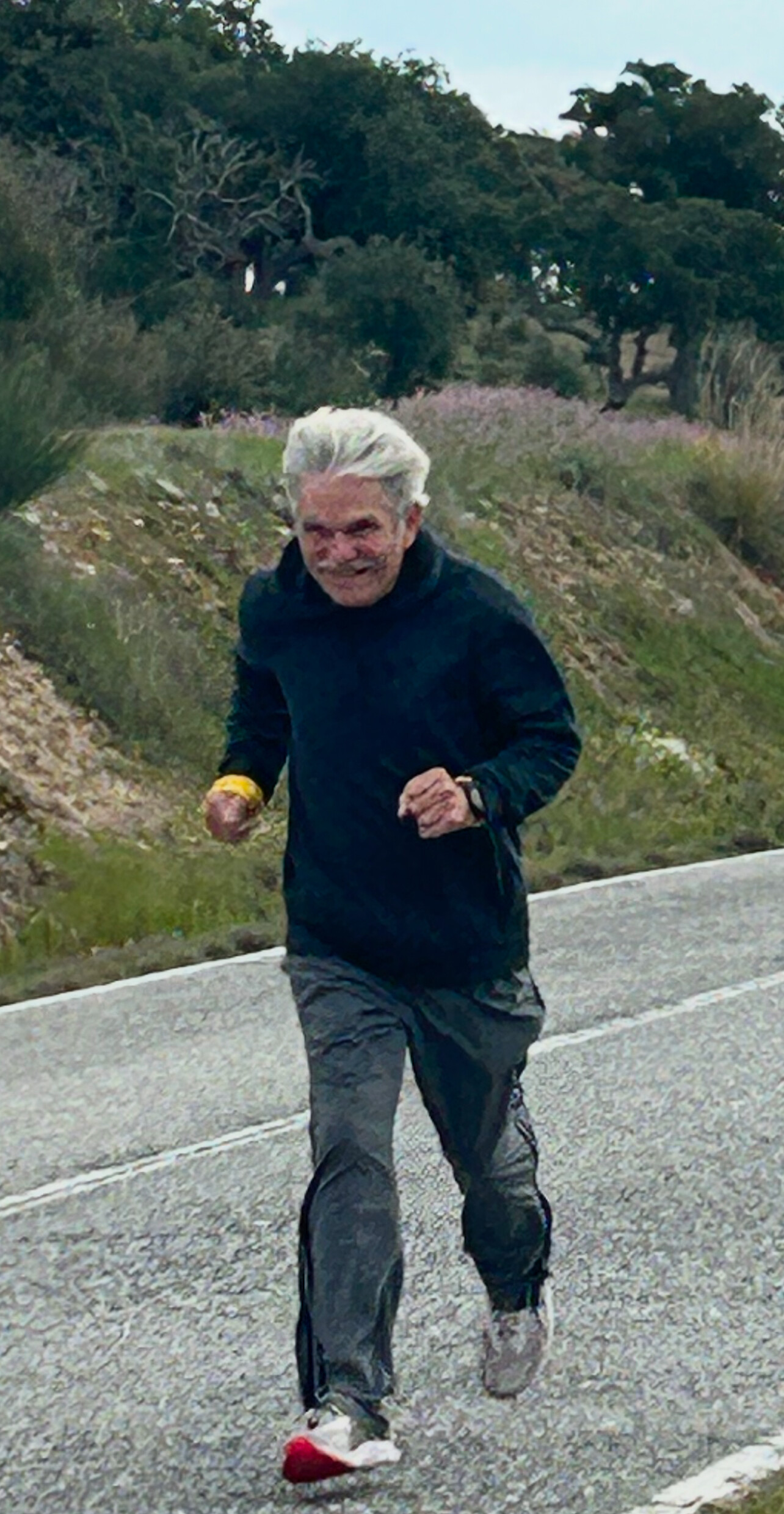
Breaking It Down
To make runs more manageable, I began breaking them into smaller segments. I would set a modest goal, like running to the count of 50, and upon reaching it, challenge myself to continue to 100, and sometimes even further. After each segment, I allowed myself a walking break to recover before starting again. This approach made the process less overwhelming and provided a sense of accomplishment with each milestone.
Avoiding Hills and Embracing Downhills

Understanding that my current fitness level wasn’t ready for the added strain of hills, I chose flatter routes to prevent unnecessary fatigue. Conversely, I used slight downhills to aid with leg turnover, letting gravity help me find a rhythm again.
The Role of Age and Weight
I acknowledged that returning to form might take longer due to age and any weight gained during my time off. This understanding fostered patience and self-compassion, reminding me that progress might be gradual but is nonetheless achievable.

Running With the Right People
When rebuilding fitness, I’m selective about who I run with. I prefer to run with those who understand my current goals and pacing rather than feeling pressure to keep up with others. Running with the right people can make the process more enjoyable and even take my mind off how I’m feeling, but I choose these situations carefully.
Redefining Training
I reframed this phase as “getting in shape to get in shape.” Recognizing that this wasn’t traditional training but a preparatory period allowed me to focus on rebuilding a foundation. I reminded myself that the ease and enjoyment I once found in running would return with time and persistence.
Looking Forward
While the process has been challenging, each run brings me closer to my previous fitness level. Every situation has a solution, and step by step, I’m finding mine. Hopefully, within four more weeks on this road, I will again be able to enjoy a 10K run at a pace of 9:30 per mile or even better. Before this situation I was able to run a 10k under 9 pace and enjoy it as well.
(02/28/2025) ⚡AMPby Bob Anderson
Racing Into Shape The Role of Frequent Racing in Building Fitness and Speed
Many runners believe that the best way to race well is to train hard, peak for an event, and taper properly. While this is a proven approach, another method—racing into shape—has helped some of the world’s most remarkable runners achieve outstanding results. One of the best examples is Ed Whitlock, the Canadian running legend who set multiple age-group world records. Whitlock didn’t follow conventional training methods. Instead, he relied on a combination of long, steady runs and frequent races to sharpen his fitness. His approach raises an important question for competitive runners at all levels: Can racing more often help you reach peak performance?
The Benefits of Racing Into Shape
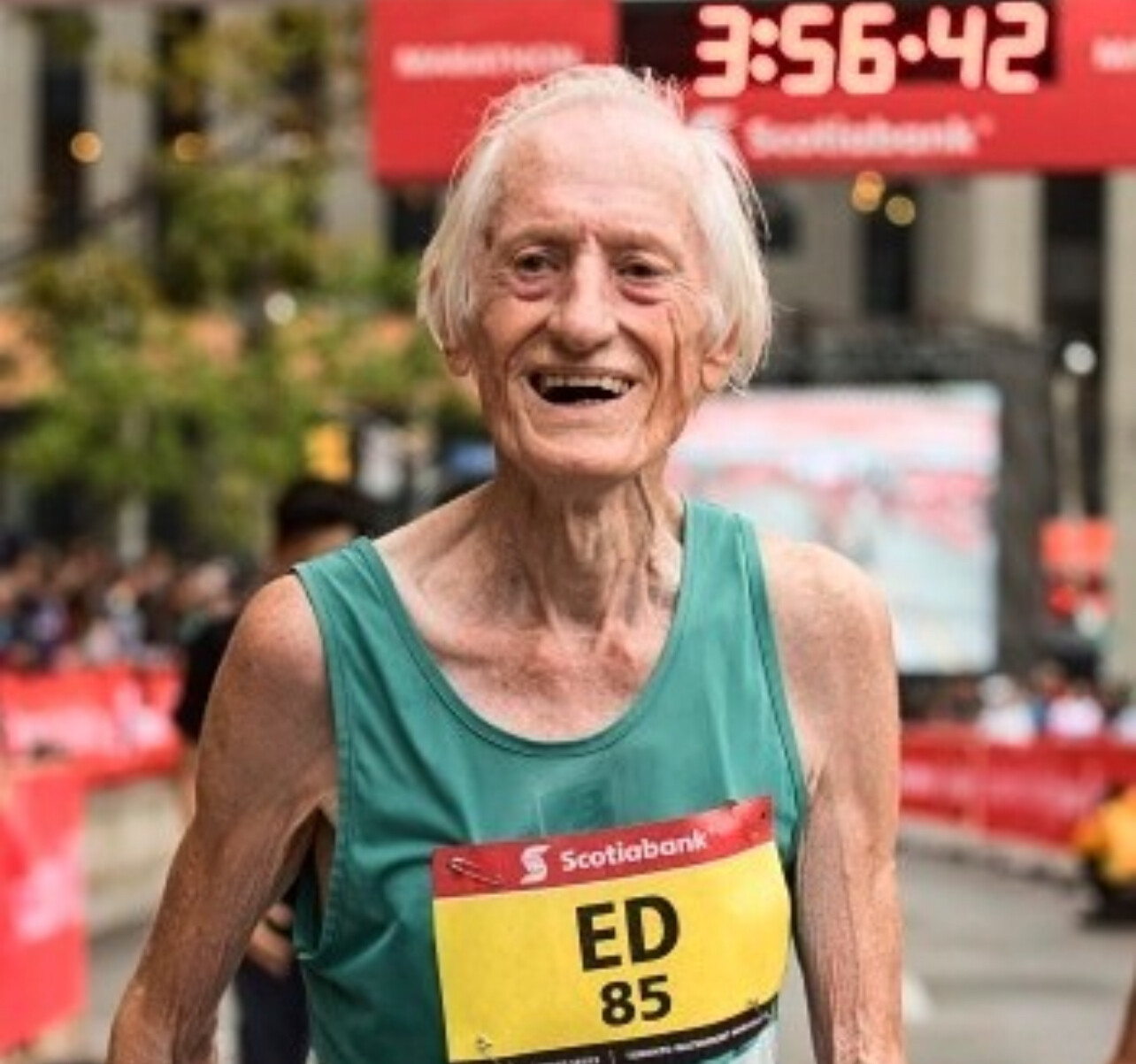
Racing is more than just a test of fitness—it can be a key component of training. Many experienced runners have discovered that racing frequently provides unique physical and mental benefits that structured workouts alone cannot replicate.

1. Race-Specific Conditioning– Hard workouts simulate race conditions, but they rarely match the intensity of actual competition. The adrenaline, pacing, and pressure of a real race push runners beyond what they typically achieve in training. Racing often teaches the body to handle fatigue and sustain effort at higher intensities.

2. Mental Toughness– Confidence and experience play a huge role in racing success. Lining up at the start line regularly helps runners develop a sense of comfort in competition. The more you race, the better you understand pacing, strategy, and how to manage discomfort.

3. Pacing Mastery– Many runners struggle with pacing, going out too fast or leaving too much energy on the table. Racing frequently provides opportunities to fine-tune pacing strategy through trial and error, helping runners learn what effort feels sustainable at different distances.

4. Improved Recovery and Adaptation– Racing forces the body to recover efficiently. Over time, this repeated cycle of hard efforts followed by recovery leads to better adaptation, strengthening the muscles, cardiovascular system, and mental resilience needed for peak performance.
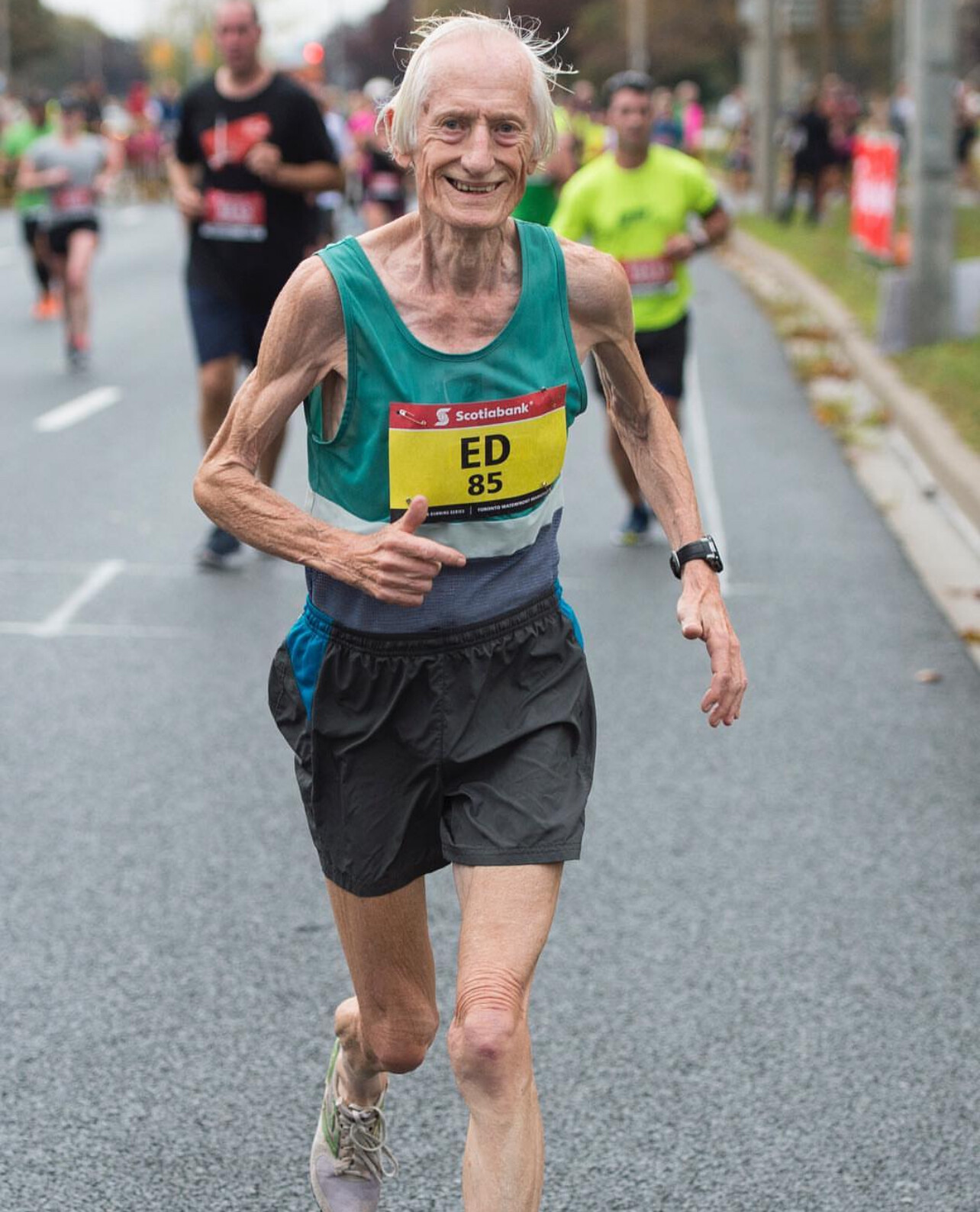
5. Keeping Training Fresh– Some runners burn out from monotonous training cycles. Frequent racing keeps motivation high, provides tangible benchmarks of progress, and eliminates the need for excessive structured speedwork, as race efforts themselves serve as high-intensity sessions.
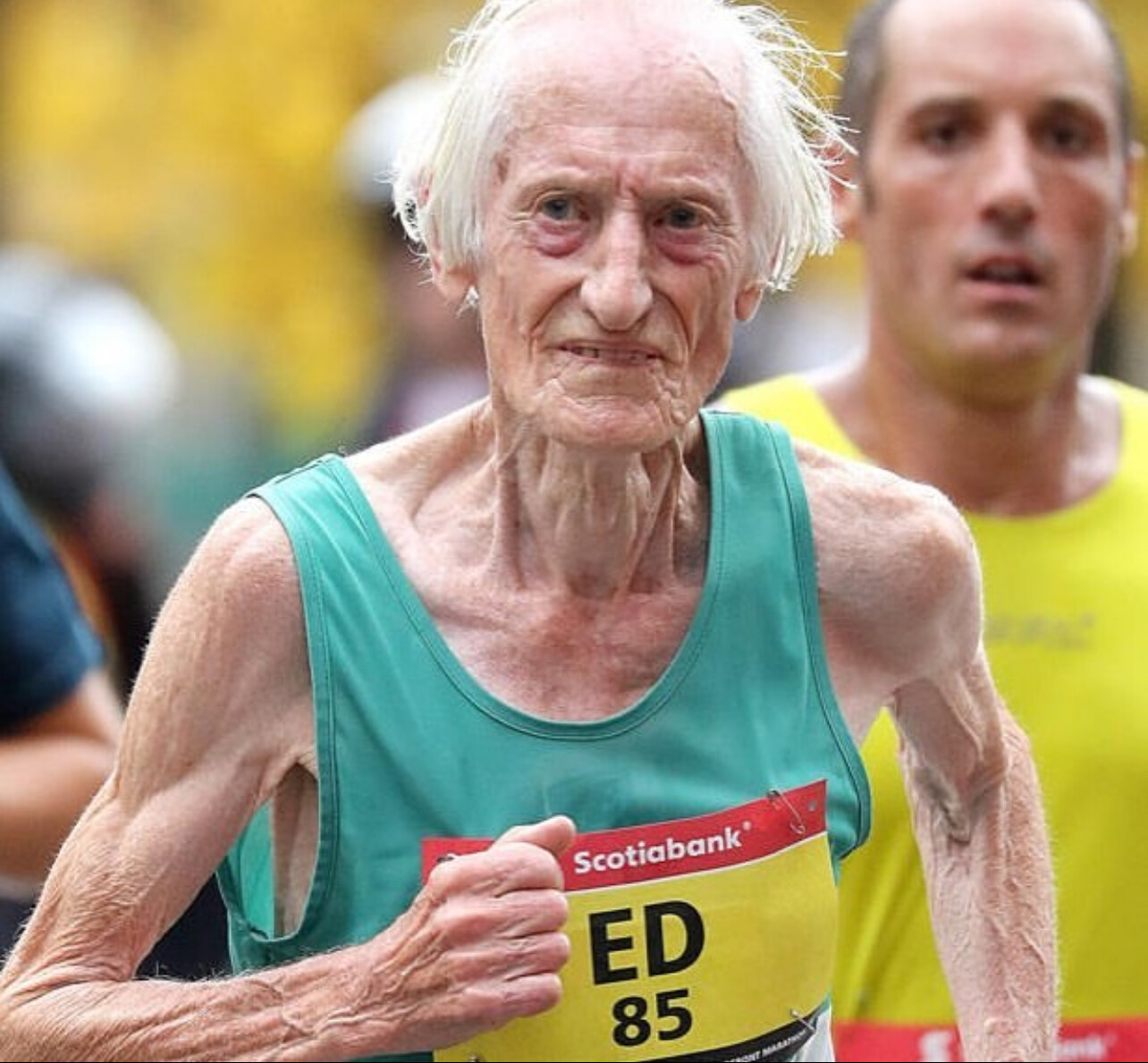
Ed Whitlock’s Racing and Training Philosophy
Whitlock’s results prove that racing into shape can work at the highest level. At age 72, he became the first person over 70 to break three hours in the marathon, running 2:59:10 in Toronto. Four years later, at 76, he shattered the 75+ world record with a time of 3:04:54. Even into his 80s, he continued setting records, running 3:15:54 at age 80 and an astonishing 3:56:33 at 85. His ability to recover quickly and use racing as part of his training set him apart from other masters runners. Whitlock’s approach was simple—he avoided speedwork, instead running for hours at a time in a cemetery near his home, logging high mileage at an easy pace, and letting races provide the intensity needed to maintain world-class fitness.
How to Incorporate Racing Into Your Training
While racing frequently can be beneficial, it needs to be approached with balance. Ed Whitlock, for example, complemented his frequent races with long, slow runs, often lasting two to three hours, to build his aerobic base. His method allowed him to develop incredible endurance while keeping his legs accustomed to race conditions.
1. Choose the Right Distances– Shorter races, such as 5Ks and 10Ks, can serve as speed workouts, while longer races, like half marathons, help with endurance. Mixing distances allows for well-rounded fitness without excessive strain.
2. Adjust Training Around Races– Racing frequently means adjusting your weekly training load. Instead of doing hard interval sessions, let races serve as your speedwork. Recovery runs and easy mileage should make up the bulk of non-race days.
3. Use Races as Workouts– Not every race has to be run at full effort. Some can be used as controlled tempo efforts, negative-split exercises, or even progressive runs where you finish strong.
4. Listen to Your Body– Racing too often without adequate recovery can lead to fatigue or injury. Pay attention to how your body responds and be willing to skip races or reduce intensity when necessary.
5. Gradually Build Race Frequency– If you’re not used to racing often, start by adding one race per month and increase as your body adapts. Some runners thrive on weekly races, while others need more time between efforts.
Does Racing Into Shape Work for Everyone
While frequent racing has proven effective for runners like Ed Whitlock, it’s not for everyone. Some runners respond better to structured training and carefully planned peaks. However, for those who enjoy competition and recover well, racing often can be a powerful tool for improvement. The key is to balance high-intensity race efforts with proper recovery and easy mileage to avoid burnout.
Racing into shape is an old-school yet highly effective training philosophy that has helped runners achieve world-class performances. It builds mental toughness, improves pacing, and strengthens the body’s ability to handle sustained effort. Whether you’re chasing personal bests or simply looking to keep training exciting, frequent racing could be the missing piece in your running journey. If it worked for Ed Whitlock, it might work for you.
Ed would do three hour training runs around a cemetery at a very easy pace (third photo).
(02/28/2025) ⚡AMPby Boris Baron
Taping for Distance Running A Guide to Injury Prevention and Performance Enhancement
Taping is a simple yet effective way to support muscles and joints, manage pain, and prevent injuries during training and racing. Whether preparing for a 5K or a marathon, runners can use taping techniques to stabilize key areas, reduce discomfort, and aid recovery. The right taping method depends on the specific issue, the type of tape used, and individual running mechanics.
Choosing the Right Tape
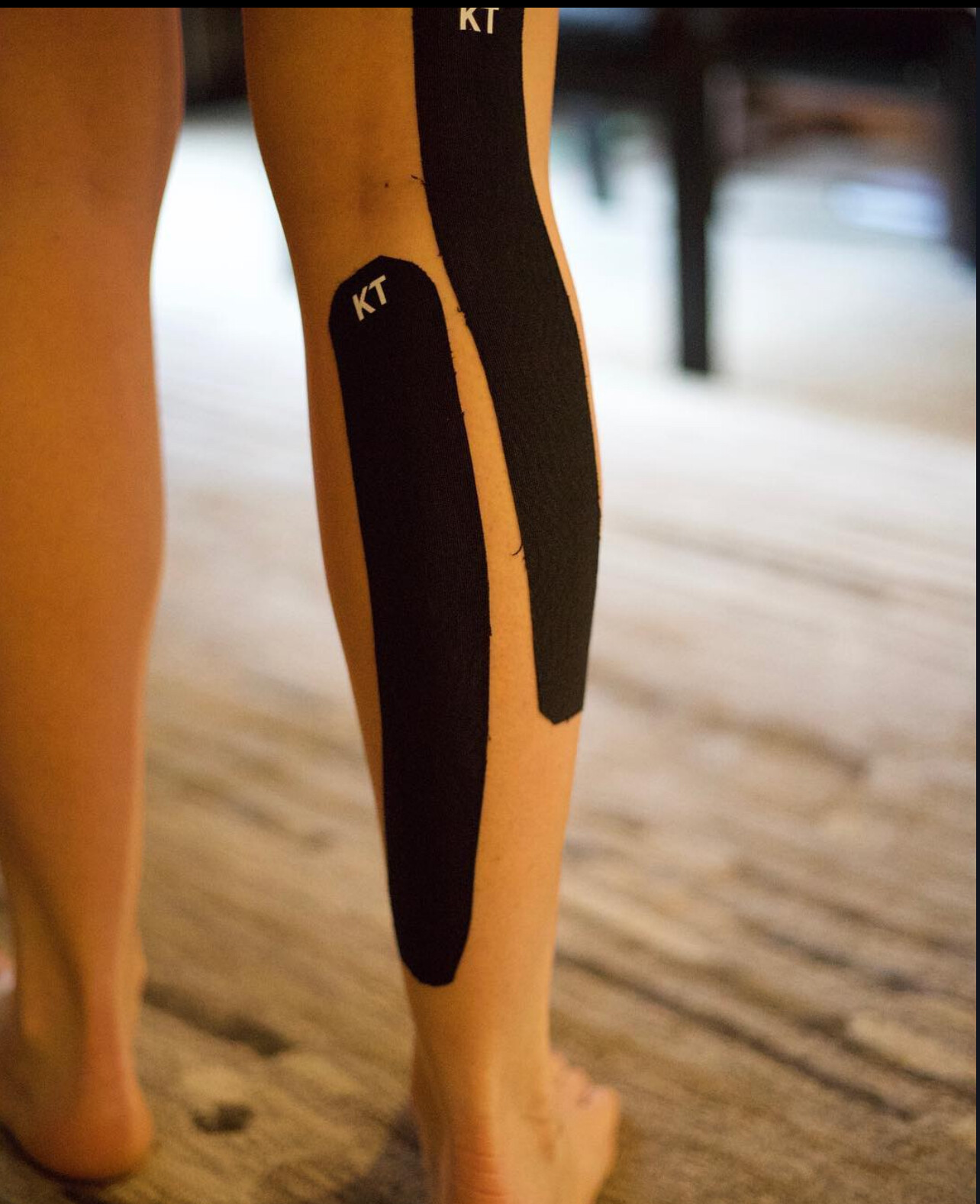
Kinesiology tape is flexible and moves with the body, making it ideal for muscle support, reducing inflammation, and improving circulation. It allows for full range of motion while providing targeted support.

Athletic tape is more rigid and best for stabilizing joints or restricting excessive movement. It is often used to reinforce weak areas or prevent further injury.
Common Taping Techniques for Runners
Knee support for patellar tendonitis or runner’s knee can be achieved by placing a strip of kinesiology tape just below the kneecap with a slight stretch in the middle. Adding two diagonal strips along the sides of the knee provides extra reinforcement.
IT band syndrome taping starts with a long strip running from the upper thigh down to the outer knee. A second strip across the knee helps reduce friction and stabilize the area.
Achilles tendon support requires anchoring the tape at the bottom of the heel and running it up along the Achilles tendon with mild tension. A horizontal support strip across the Achilles adds extra stability.
Plantar fasciitis taping involves placing a strip along the bottom of the foot from the ball to the heel. An X-shaped cross over the arch provides additional structure and support.
Ankle stability taping includes wrapping a strip around the base of the foot and up around the ankle. A second strip applied in a figure-eight pattern helps prevent excessive movement and reinforces joint stability.
Tips for Effective Taping
Apply tape to clean dry skin to ensure strong adhesion.
Avoid overstretching the tape, as this can cause discomfort and reduce effectiveness.
Round the edges of the tape to prevent peeling during long runs.
Test taping methods during training runs rather than waiting until race day.
Remove tape gently with baby oil or adhesive remover to avoid skin irritation.
Taping can be a valuable tool for runners dealing with minor aches, recovering from injuries, or looking for additional support in key areas. While it is not a substitute for proper training and strength work, it can help manage discomfort and provide extra confidence on race day.
(02/28/2025) ⚡AMPby Boris Baron
Doping Dilemma: How WADA's Policies Are Failing Our Sport
I am alarmed by how the World Anti-Doping Agency (WADA) is policing our sport. It's disheartening to see athletes win races only to be stripped of their titles months later due to delayed doping allegations. This approach undermines the integrity of athletics and, in the long run, does more harm than good.
Having dedicated my life to running—I ran my first mile on February 16, 1962, and I discovered my passion for our sport after clocking a 2:08.5 in a 880-yard race JUne 1, 1963—I've witnessed the sport's evolution firsthand. As the founder and publisher of Runner’s World for 18 years and, since 2007, the editor and publisher of My Best Runs, I am concerned about the professional side of athletics.

The Flaws in WADA's Zero-Tolerance Policy
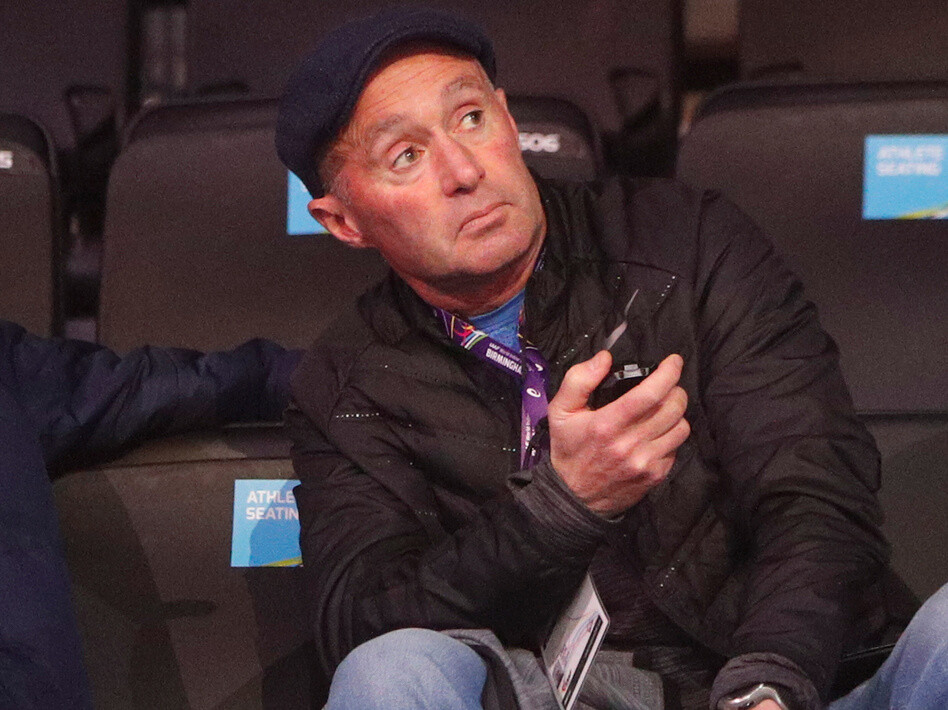
WADA's strict liability standard holds athletes accountable for any prohibited substance in their system, regardless of intent. This has led to controversial sanctions, such as the four-year ban of American runner Shelby Houlihan. She tested positive for the steroid nandrolone, which she attributed to consuming a pork burrito. Despite her defense, the ban was upheld, raising questions about the fairness of such rigid policies.
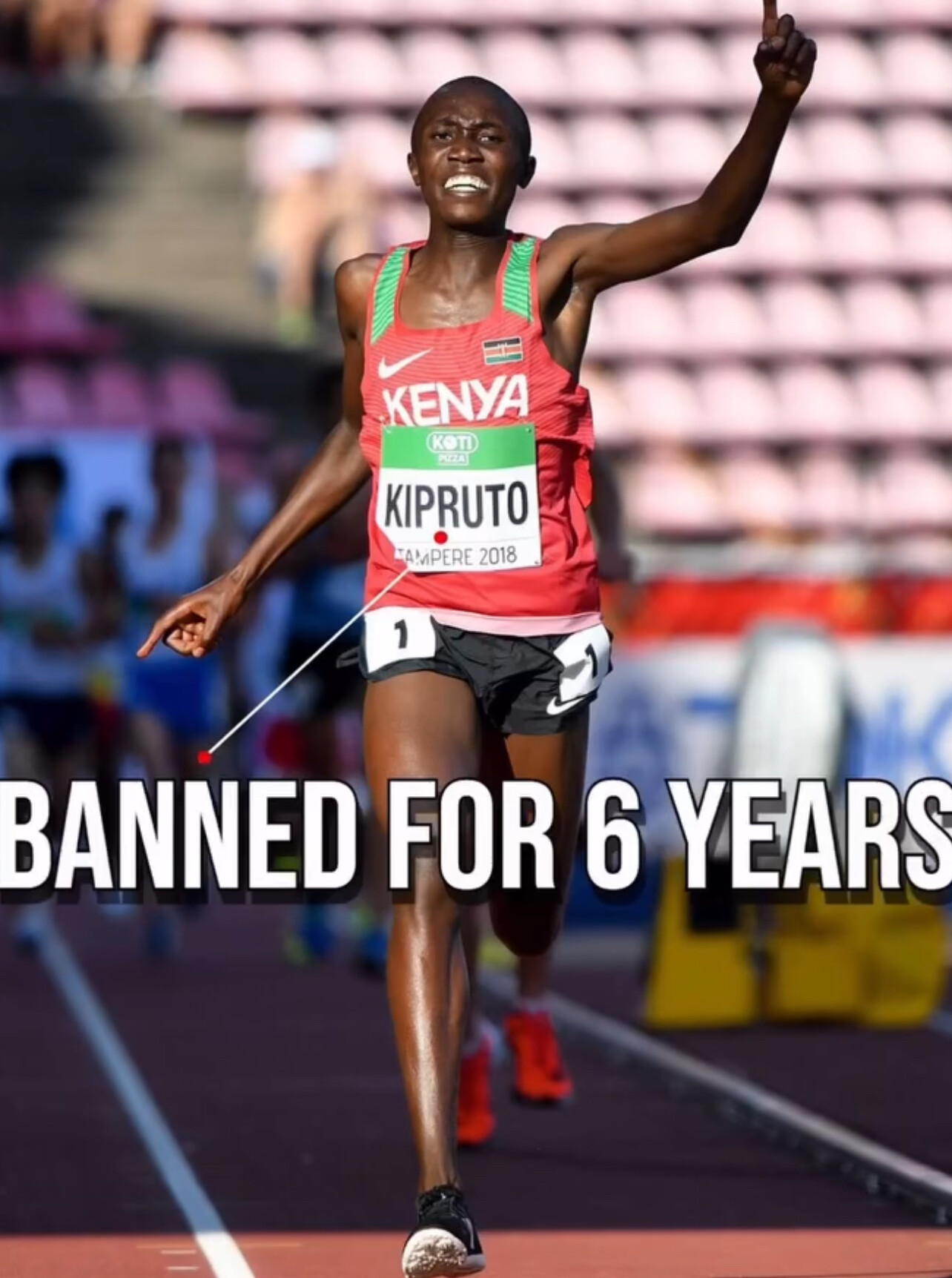
Overhauling the Banned Substances List
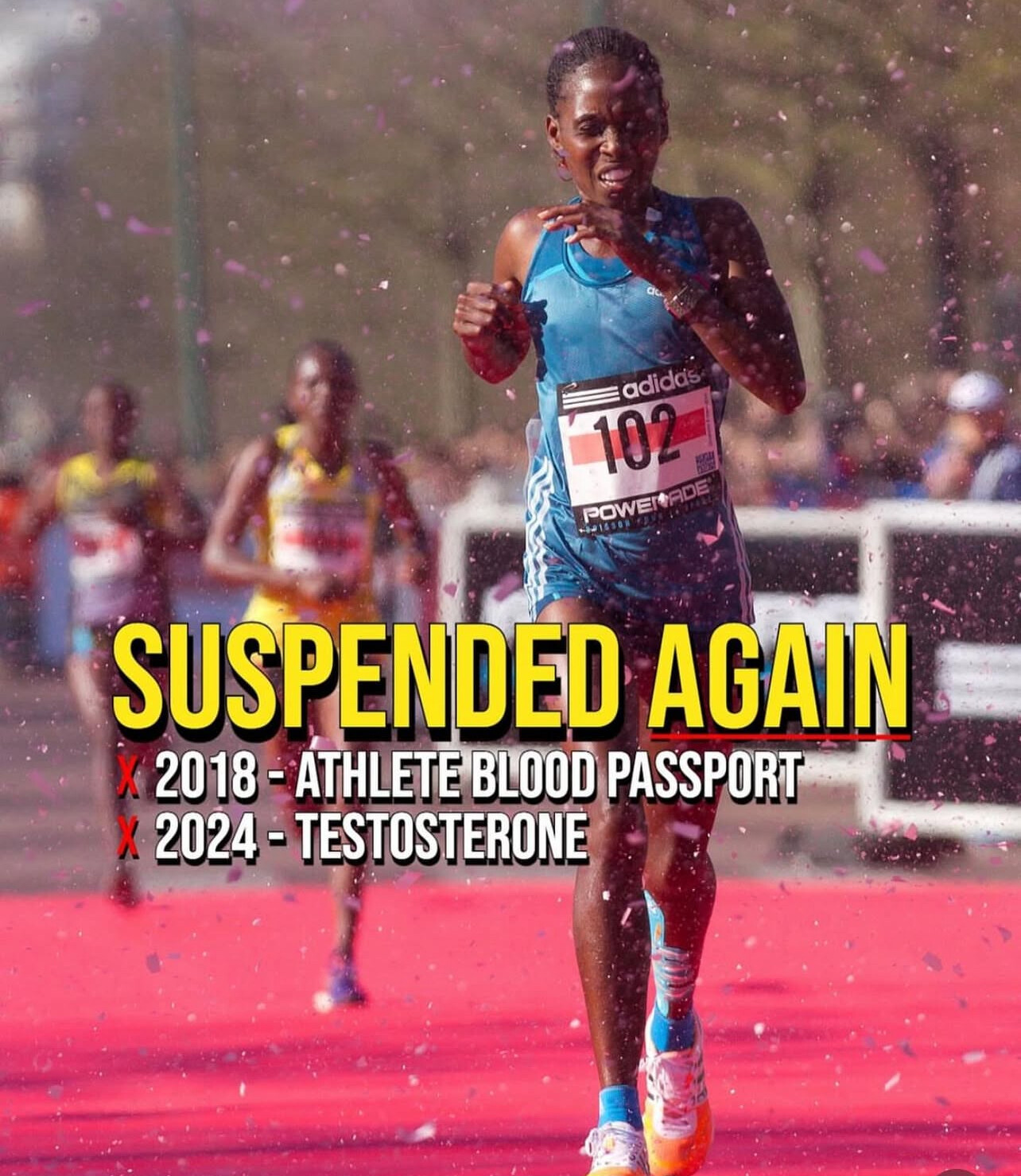
The extensive list of prohibited substances maintained by WADA includes compounds with minimal or no performance-enhancing effects. By focusing on substances with proven performance benefits, we can prevent athletes from being unjustly penalized for trace amounts of inconsequential substances.

The Problem with Retroactive Disqualifications

Delayed disqualifications due to retroactive positive tests cause significant disruptions. Athletes are stripped of titles months or even years after competitions, leading to uncertainty and diminished trust in the sport. Investing in faster, more sensitive testing methods is crucial to detect violations promptly, ensuring that competition results are reliable and fair.
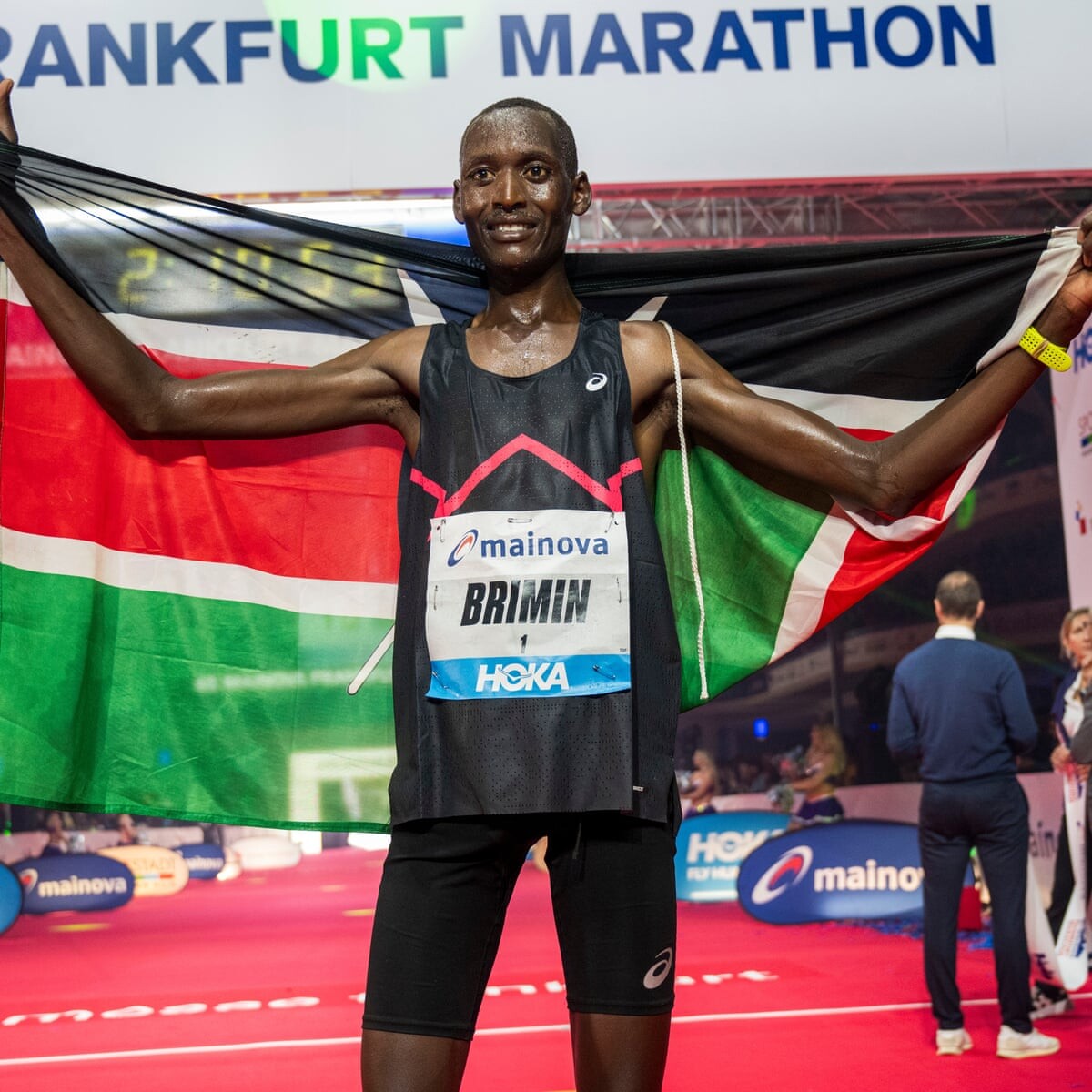
Rethinking the "Whereabouts" Requirement
WADA's "whereabouts" rule mandates that athletes provide their location for one hour each day to facilitate out-of-competition testing. This constant monitoring infringes on athletes' privacy rights and imposes an unreasonable burden. Reevaluating this policy could help balance effective anti-doping measures with respect for personal freedoms.
Understanding Blood Doping and Its Implications
Blood doping, which involves increasing red blood cells to enhance performance, poses significant health risks, including blood clots, stroke, and heart attack. While it's linked to deaths in sports like cycling, there is no documented case of a runner dying directly from blood doping.
Interestingly, many doping violations involve substances like erythropoietin (EPO), which, despite health risks, haven't been directly linked to fatalities among runners. In contrast, alcohol—a legal substance—is responsible for approximately 3 million deaths worldwide annually. This disparity raises questions about the consistency of current substance regulations in sports.
The Business of Anti-Doping
Established in 1999 with an initial operating income of USD 15.5 million, WADA's budget has grown significantly, reaching USD 46 million in 2022. This increase reflects the expanding scope of WADA's activities, including research, education, and compliance monitoring.
Funding is primarily sourced from public authorities and the sports movement, with the International Olympic Committee (IOC) being a major contributor. Notably, in 2024, the United States withheld over USD 3.6 million—about 6% of WADA's annual budget—due to disputes over the agency's handling of doping cases.
EPO's Prevalence in Doping Cases
Erythropoietin (EPO) has a history of abuse in endurance sports due to its performance-enhancing capabilities. For example, Kenyan marathon runner Brimin Kipkorir was provisionally suspended in February 2025 after testing positive for EPO and Furosemide. This suspension adds to a series of high-profile doping cases affecting marathon running, especially among Kenyan athletes.
Adapting Governance and Policies to Maintain Trust
High-profile doping scandals have exposed flaws in the governance of athletics. The case of coach Alberto Salazar illustrates the challenges in enforcing anti-doping regulations. Salazar, who led the Nike Oregon Project, was initially banned for four years in 2019 for multiple anti-doping rule violations, including trafficking testosterone and tampering with doping control processes.
In 2021, he received a lifetime ban for sexual and emotional misconduct. His athlete, Galen Rupp, never tested positive for banned substances, yet his reputation suffered due to his association with Salazar. This situation underscores the importance of independent and transparent governance in maintaining the sport's integrity.
The banned drug list
The World Anti-Doping Agency (WADA) maintains a comprehensive list of substances and methods prohibited in sports to ensure fair competition and athlete health. This list is updated annually and includes categories such as:
· Anabolic Agents: These substances, including anabolic-androgenic steroids, promote muscle growth and enhance performance.
· Peptide Hormones, Growth Factors, and Related Substances: Compounds like erythropoietin (EPO) and human growth hormone (hGH) that can increase red blood cell production or muscle mass.
· Beta-2 Agonists: Typically used for asthma, these can also have performance-enhancing effects when misused.
· Hormone and Metabolic Modulators: Substances that alter hormone functions, such as aromatase inhibitors and selective estrogen receptor modulators.
· Diuretics and Masking Agents: Used to conceal the presence of other prohibited substances or to rapidly lose weight.
· Stimulants: Compounds that increase alertness and reduce fatigue, including certain amphetamines.
· Narcotics: Pain-relieving substances that can impair performance and pose health risks.
· Cannabinoids: Including substances like tetrahydrocannabinol (THC), which can affect coordination and concentration.
· Glucocorticoids: Anti-inflammatory agents that, when misused, can have significant side effects.
Additionally, WADA prohibits certain methods, such as blood doping and gene doping, which can artificially enhance performance. It's important to note that while substances like alcohol are legal and widely consumed, they are not banned in most sports despite their potential health risks.
In contrast, substances like EPO, which have not been directly linked to fatalities among runners, are prohibited due to their performance-enhancing effects and potential health risks. This raises questions about the consistency and focus of current substance regulations in sports..
Regarding the percentage of doping violations involving EPO, specific statistics are not readily available. However, EPO has been a focal point in numerous high-profile doping cases, particularly in endurance sports. For detailed and up-to-date information, consulting WADA's official reports and statistics is recommended
Blood Doping Across Sports
Blood doping is prohibited across various sports, particularly those requiring high endurance. The International Olympic Committee (IOC) banned blood doping in 1985, and since then, numerous sports organizations have implemented similar prohibitions. Cycling has been notably affected, with many major champions associated with or suspended for blood doping.
In conclusion, while the fight against doping is essential to maintain fairness in athletics, the current methods employed by WADA may be causing more harm than good. It's imperative to develop more nuanced, fair, and effective anti-doping policies that protect both the integrity of the sport and the rights of its athletes.
(02/27/2025) ⚡AMPby Bob Anderson
2025 City-Pier-City Half Marathon The Hague – Flat, Fast, and World-Class
The City-Pier-City (CPC) Half Marathon in The Hague is set for its 49th edition on March 9, 2025. Recognized as one of “My Best Runs: World’s BEST 100 Races,” this event offers a flat and fast course, ideal for personal bests.
Runners will start and finish at the Malieveld, traversing The Hague’s city center to the Scheveningen boulevard and back. The course is known for its speed; in 2023, Abdi Nageeye set the Dutch half marathon record here. The men’s course record is 58:33, set by Samuel Wanjiru (third photo) in 2007, and the women’s record is 1:06:56, set by Lornah Kiplagat in 2000.
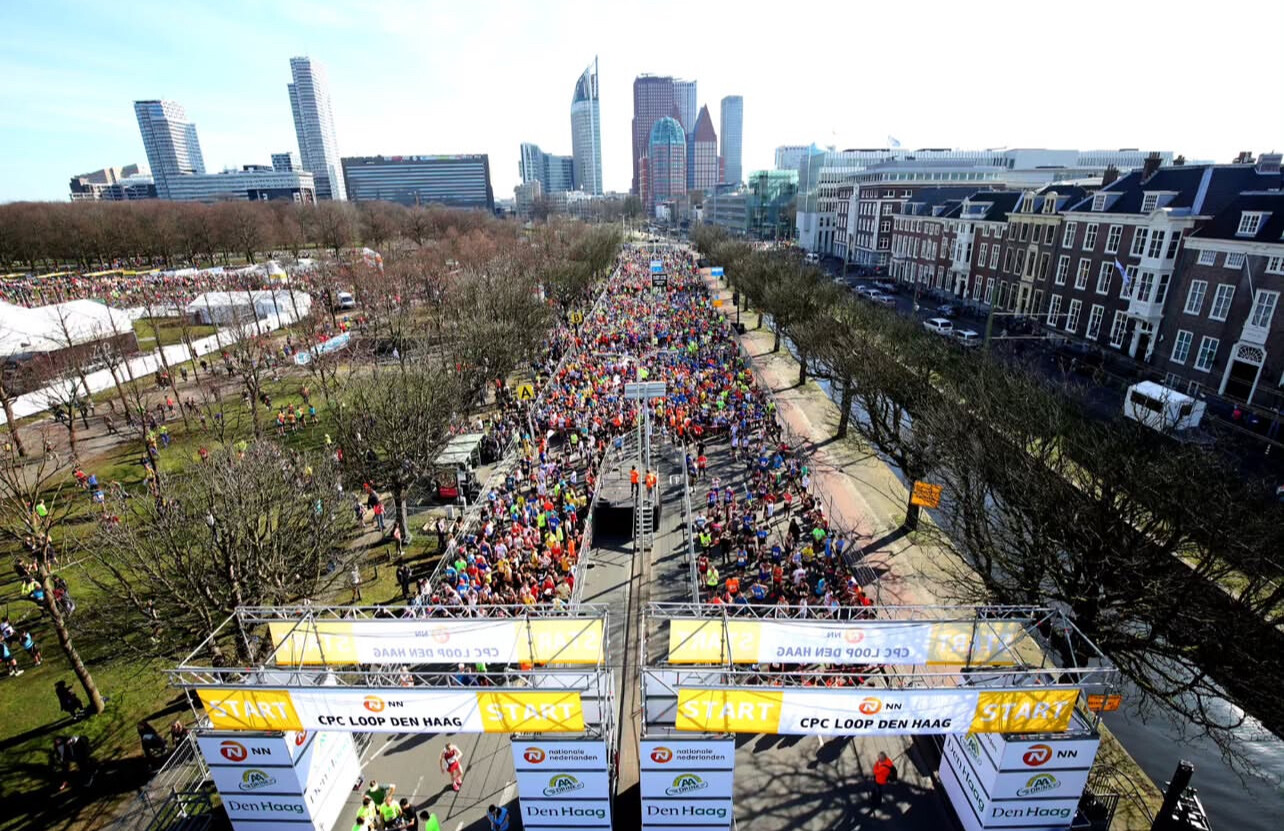
The NN Half Marathon is sold out for 2025, with approximately 30,000 participants expected across various events, including the 10 km Loop, 5 km Loop, and youth runs. The event also supports the Dutch Cancer Society (KWF), encouraging participants to fundraise for cancer research.
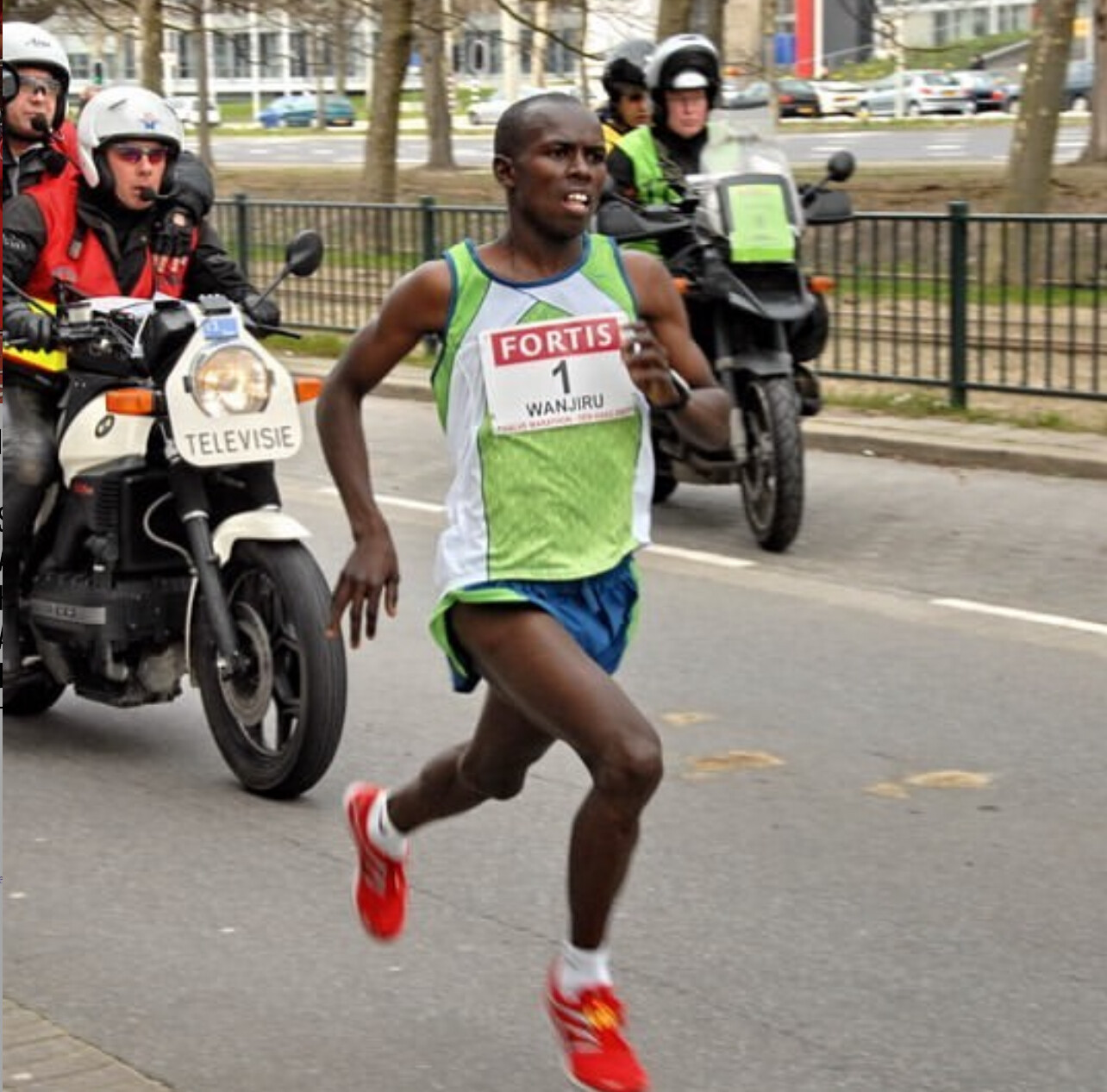
In the men’s race, Ethiopian runner Mustafa Kedir, who finished second in 2024 with a personal best of 1:00:48, returns aiming for victory. He will compete against Kenya’s Erick Sang, who has a personal best of 59:50, making him a strong contender for a sub-hour finish. Race director Marc Corstjens has indicated that the men’s field aims to break the one-hour barrier.

The women’s race features a matchup between Ethiopia’s Aberash Shilima and Kenya’s Emily Chebet, both targeting the longstanding course record. With personal bests in the 1:07 range, their competition could lead to one of the fastest half marathon times of the year.
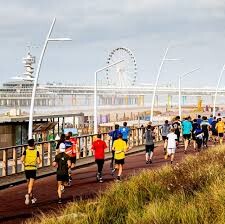
Dutch athletes Jacelyn Gruppen, with a personal best of 1:10:35, and Olympians Anne Luijten and Jill Holterman are set to compete, adding local interest to the event.

by Boris Baron
NN CPC Loop Den Haag
The City-Pier-City Half Marathon (NN CPC Loop Den Haag) was first held in 1975 and featured a 14.5km course. This was extended to the half marathon distance the following year. The competition has been used as the Dutch half marathon championships on a number of occasions. The course is a relatively flat one, which lends itself to fast times for...
more...Run for Recovery: Join the Together LA Wildfire Relief Run on March 1
In response to the devastating wildfires that swept through Los Angeles County in January 2025, the Los Angeles Marathon has partnered with Strava to launch the Together LA Wildfire Relief Run. This virtual event, scheduled for Saturday, March 1, invites runners nationwide to support recovery efforts by logging miles on Strava and including “Together LA” in their activity titles. Strava has pledged a $20,000 donation to bolster the initiative.
Participants can further contribute by purchasing limited-edition Together LA merchandise, with all net proceeds directed to Community Organized Relief Effort (CORE) and the California Fire Foundation. These organizations are at the forefront of providing emergency relief and recovery services to the affected communities.
This collaborative effort underscores the resilience and unity of the running community, aiming to make a tangible impact in the lives of those affected by the wildfires.
For those unfamiliar, wildfires are uncontrolled fires that rapidly spread across vegetation, often exacerbated by dry conditions and strong winds. In regions like Los Angeles, these fires can cause significant destruction to homes and natural habitats, leading to substantial economic and environmental impacts.
Together, we run. Together, we rise. Together LA.
(02/27/2025) ⚡AMPFaith Kipyegon Eyes Historic Sub-Four-Minute Mile
Faith Chepngetich Kipyegon has cemented herself as one of the greatest middle-distance runners of all time, rewriting records and redefining what is possible in women’s athletics. With multiple Olympic and World Championship titles to her name, she continues to push the boundaries of human performance. Now, she stands on the brink of making history again—becoming the first woman to break the elusive four-minute mile barrier.
Born on January 10, 1994, in Bomet, Kenya, Kipyegon’s journey to greatness began in the Rift Valley, a region known for producing world-class distance runners. Initially a soccer enthusiast, her raw talent for running became evident when she effortlessly won a school race at age 14. That moment set her on a path that would lead to global dominance.
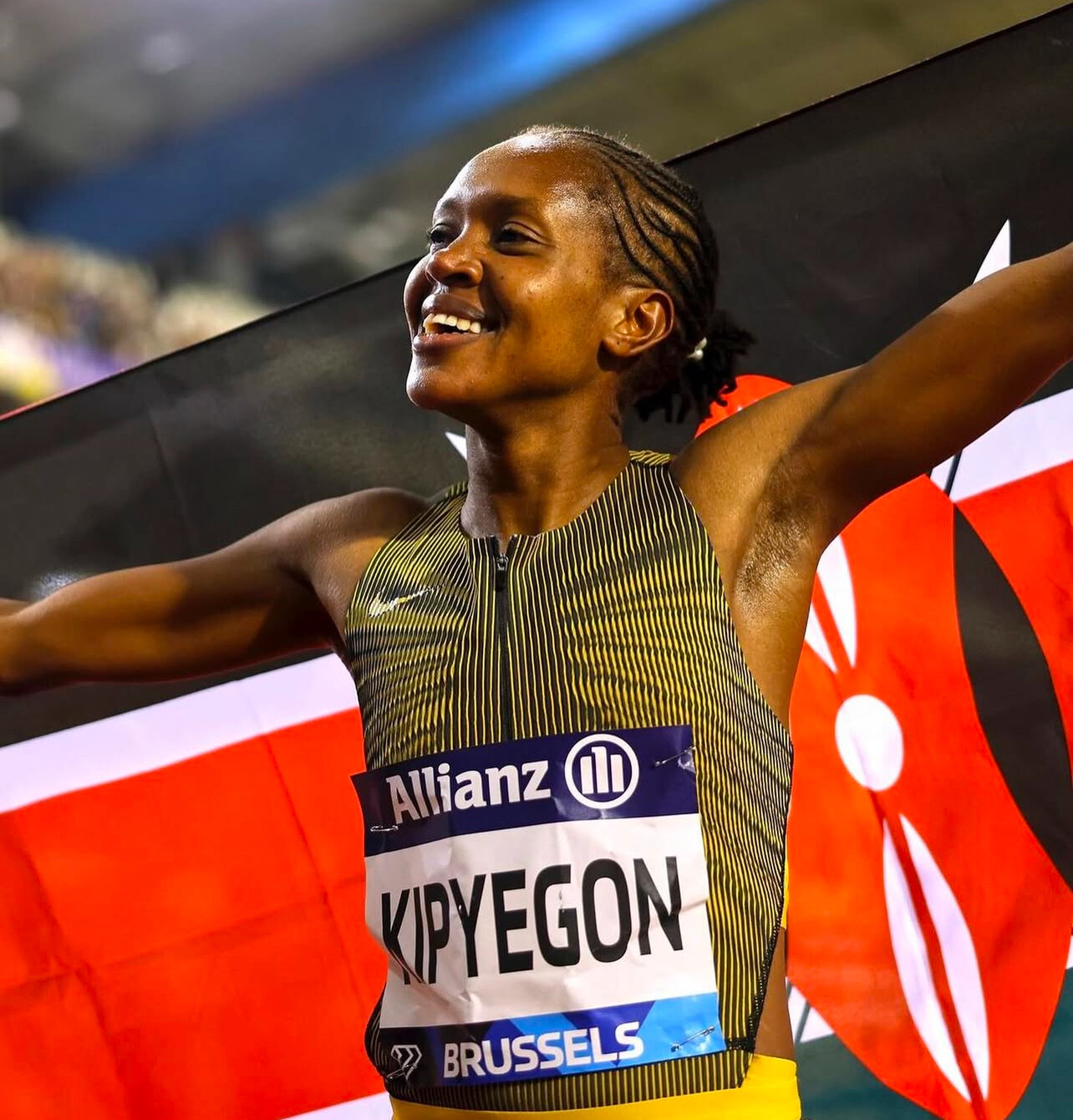
Kipyegon burst onto the international stage at the 2010 World Cross Country Championships in Poland, where she competed barefoot and finished fourth in the junior race. She quickly ascended the ranks, winning gold at the 2011 and 2013 World Cross Country Championships, as well as titles in the 1500m at the 2011 World Youth Championships and the 2012 World Junior Championships.

Her Olympic career is nothing short of legendary. She won her first 1500m gold at the 2016 Rio Games and defended her title in Tokyo in 2021. At the 2024 Paris Olympics, she made history by securing a third consecutive gold medal in the event, setting an Olympic record of 3:51.29. In World Championship competition, she has claimed multiple titles, including a remarkable double victory in the 1500m and 5000m at the 2023 Budapest World Championships.
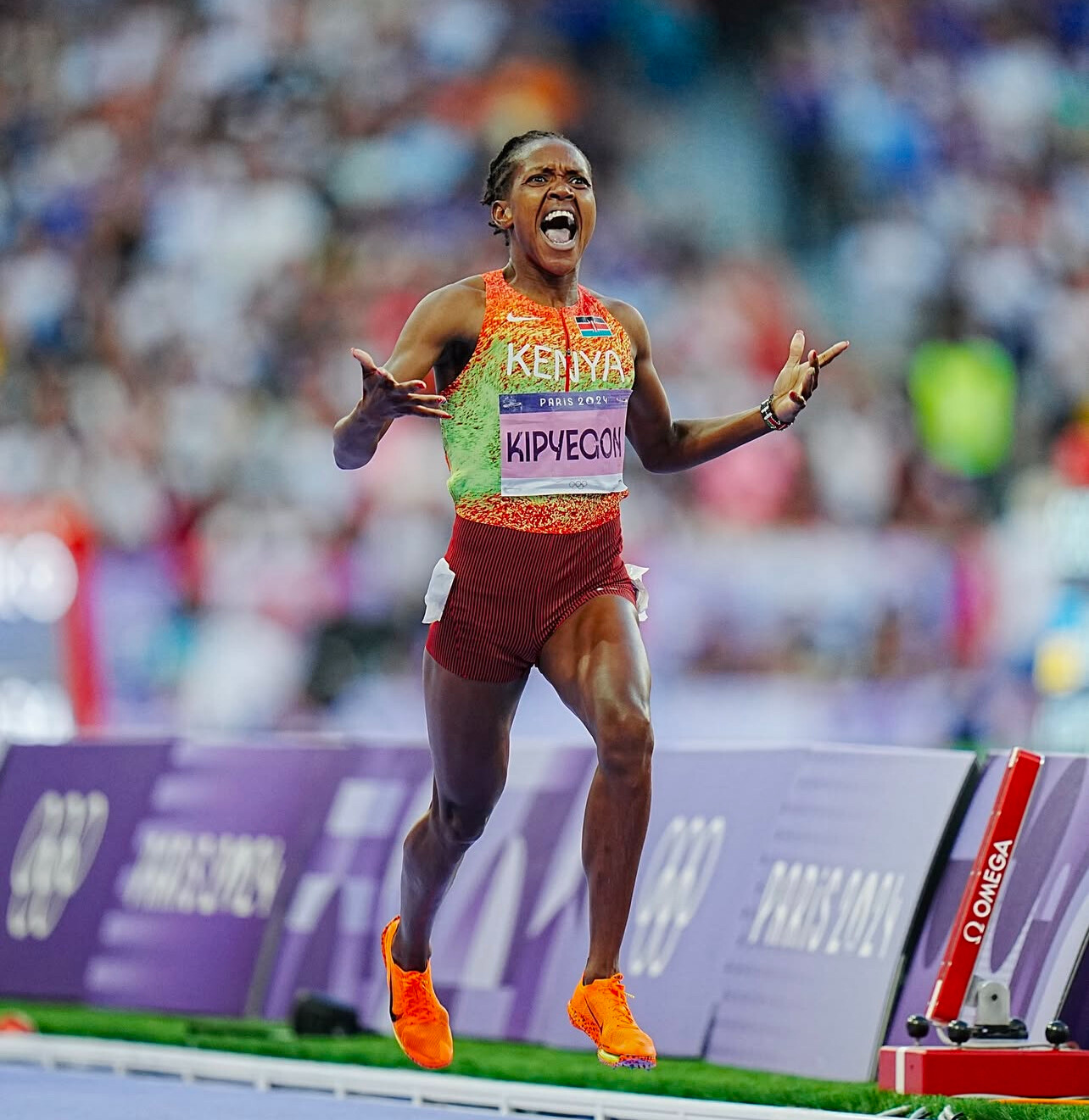
Kipyegon’s dominance extends beyond championship racing—her record-breaking performances on the track are rewriting history. The year 2023 was a defining one for her career. On June 2, she shattered the 1500m world record with a time of 3:49.11 at the Florence Diamond League. Just a week later, she broke the 5000m world record in Paris, running 14:05.20. On July 21, she delivered yet another groundbreaking performance by setting a new world record in the mile, clocking 4:07.64 at the Monaco Diamond League.
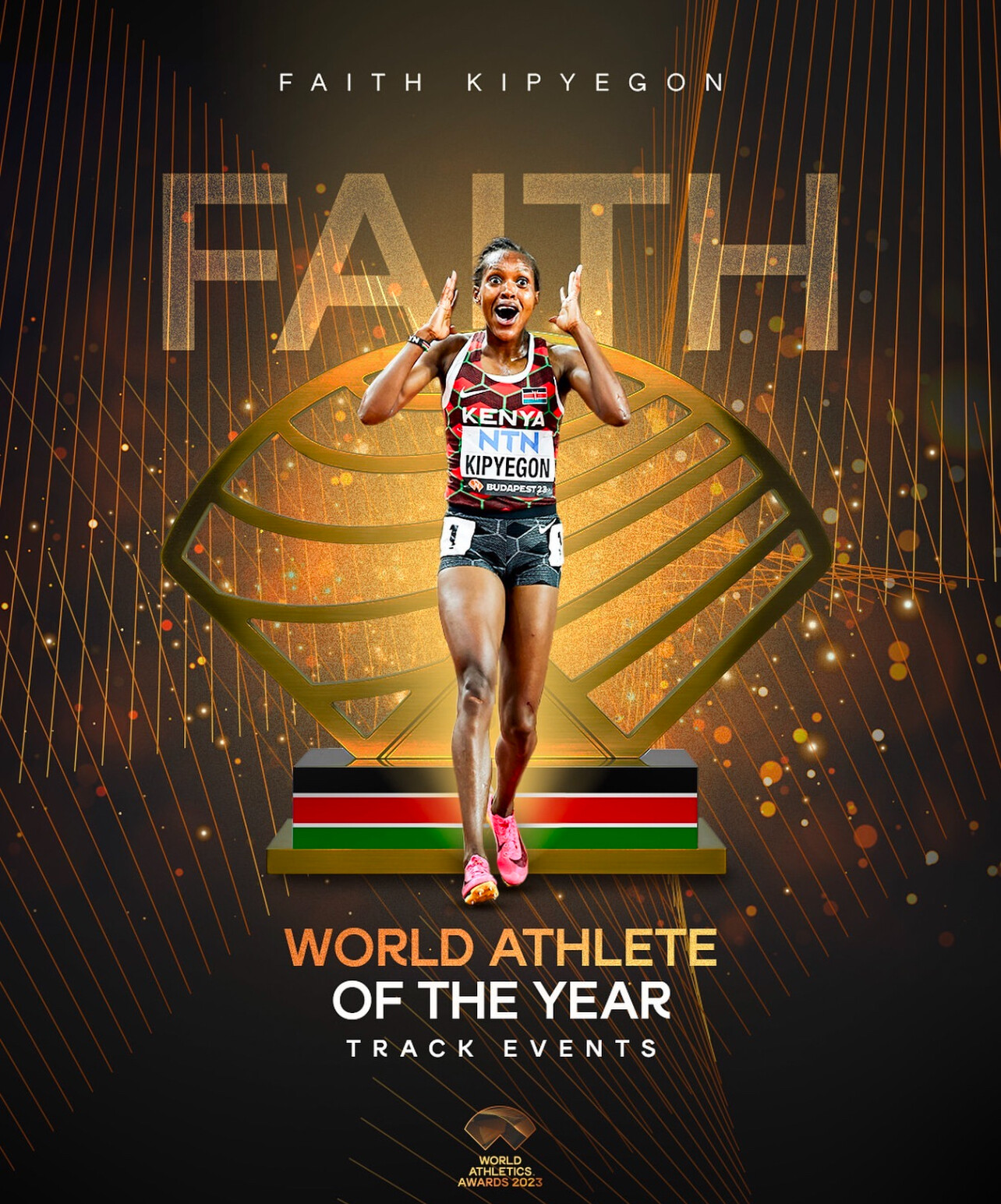
Her mile world record surpassed the previous mark of 4:12.33, set by Sifan Hassan in 2019. This extraordinary feat has sparked conversations in the running world about whether Kipyegon could be the first woman to break the four-minute mile barrier. Experts suggest that with optimal pacing, drafting, and race conditions, she has the potential to achieve what was once thought impossible.
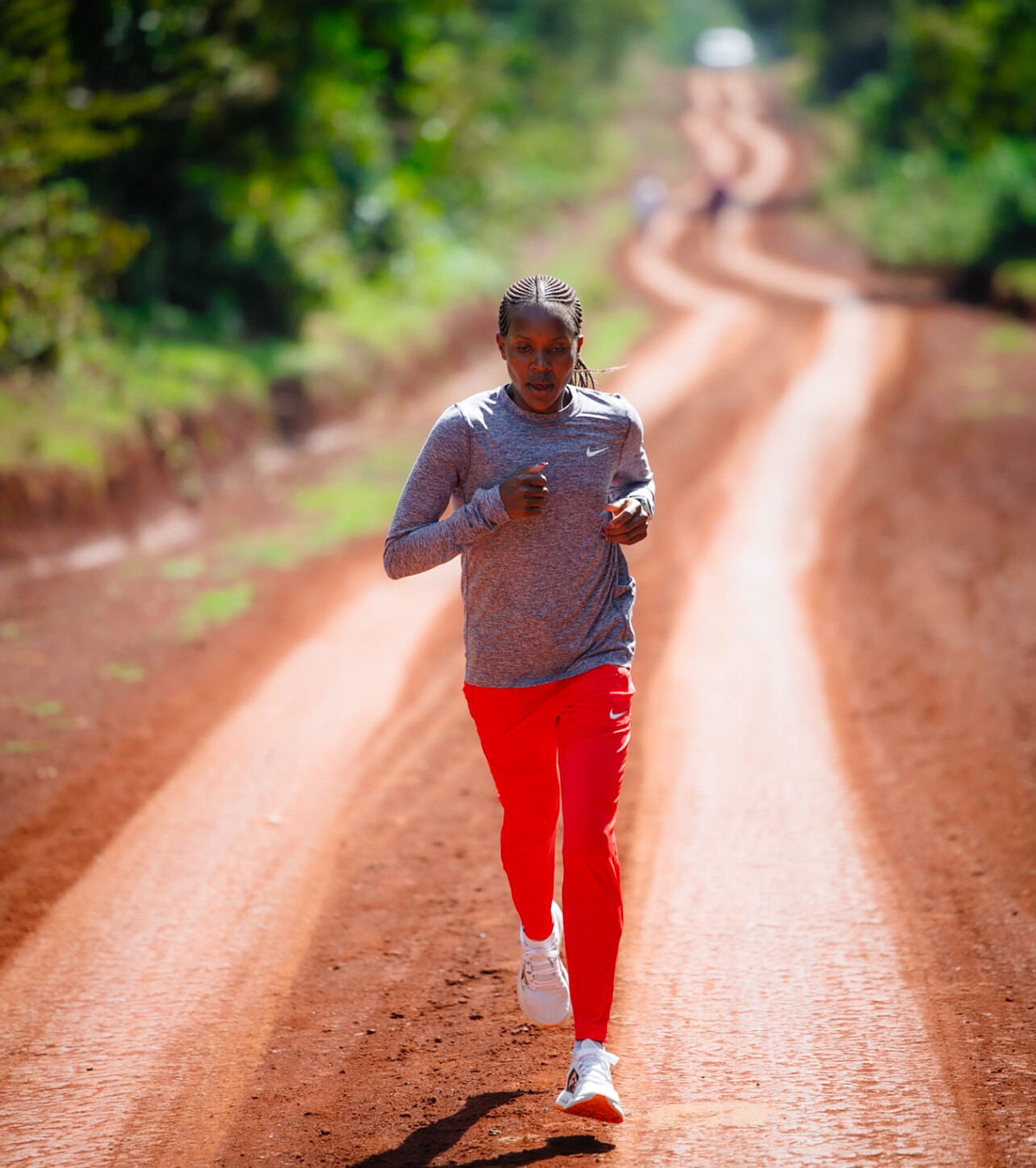
In February 2025, Kipyegon had an uncharacteristic setback at the Sirikwa Cross Country Classic in Eldoret, where she failed to finish the 10km race. Despite this rare off day, she remains focused and determined, with her eyes set on another historic season. With her current trajectory, breaking four minutes in the mile is no longer a question of if, but when.
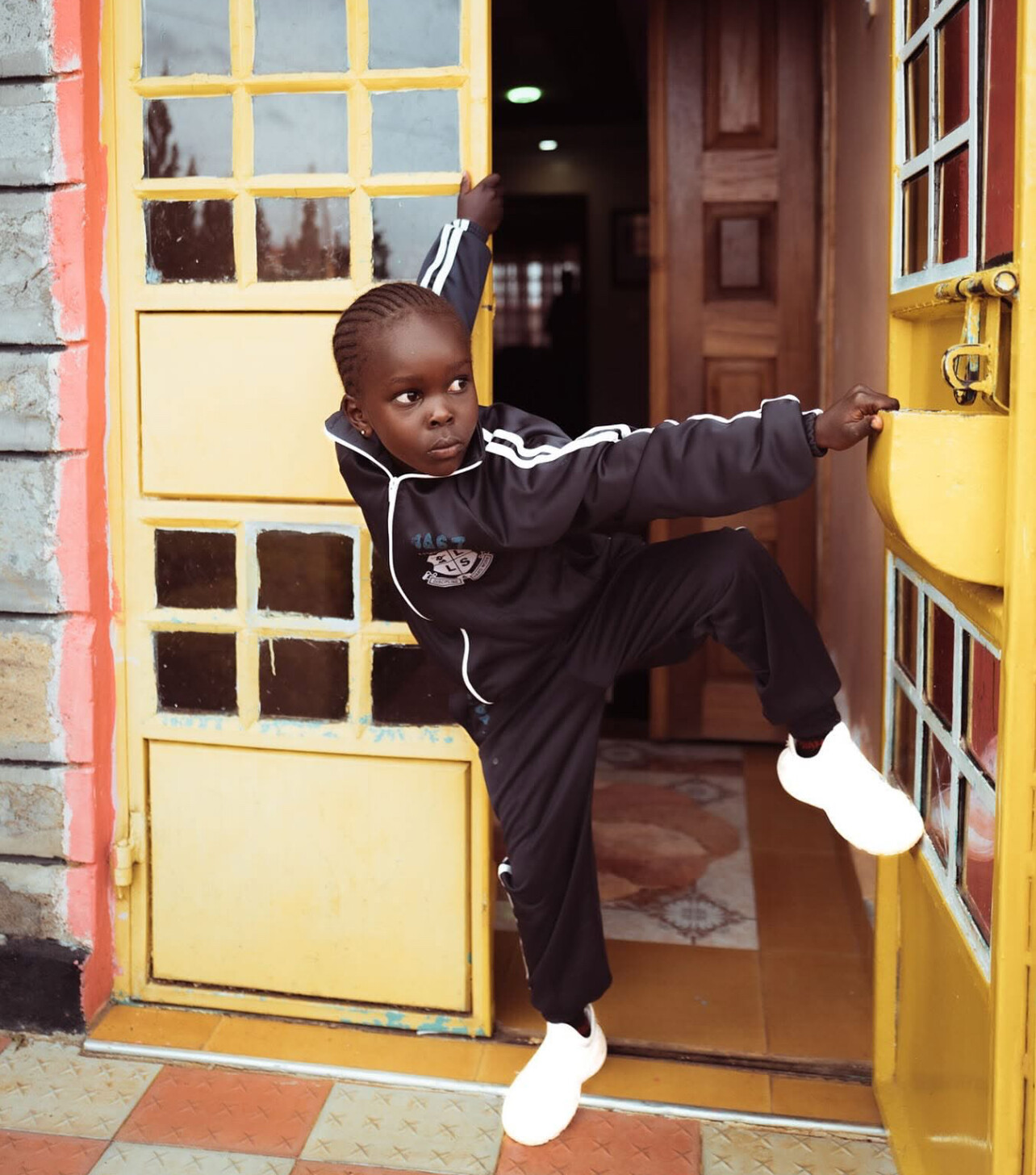
Beyond her achievements on the track, Kipyegon is also a devoted mother and wife. She is married to Timothy Kitum, the 2012 Olympic 800m bronze medalist, and together they have a daughter, Alyn, born in 2018. Balancing motherhood and elite competition, she continues to inspire millions with her work ethic and determination.

Faith Kipyegon is not just a champion—she is a trailblazer. As she continues to push the limits of middle-distance running, the world watches in anticipation. If there is one athlete capable of redefining history and shattering the four-minute mile, it is Faith Kipyegon.
(02/26/2025) ⚡AMPby Boris Baron
Estefanía Unzu Sets New Spanish 100km Record in Canberra
Just under three weeks after completing the World Marathon Challenge—running seven marathons on seven continents in seven days—Spain’s Estefanía Unzu has shattered the national women’s 100km record at the Australian 100km Championship in Canberra.
On February 22, Unzu, a 39-year-old mother of eight, finished the race in 7 hours, 47 minutes, and 46 seconds. She was the first female finisher and placed second overall, just behind men’s champion Dominic Bosher, who completed the course in 7 hours, 45 minutes, and 30 seconds.
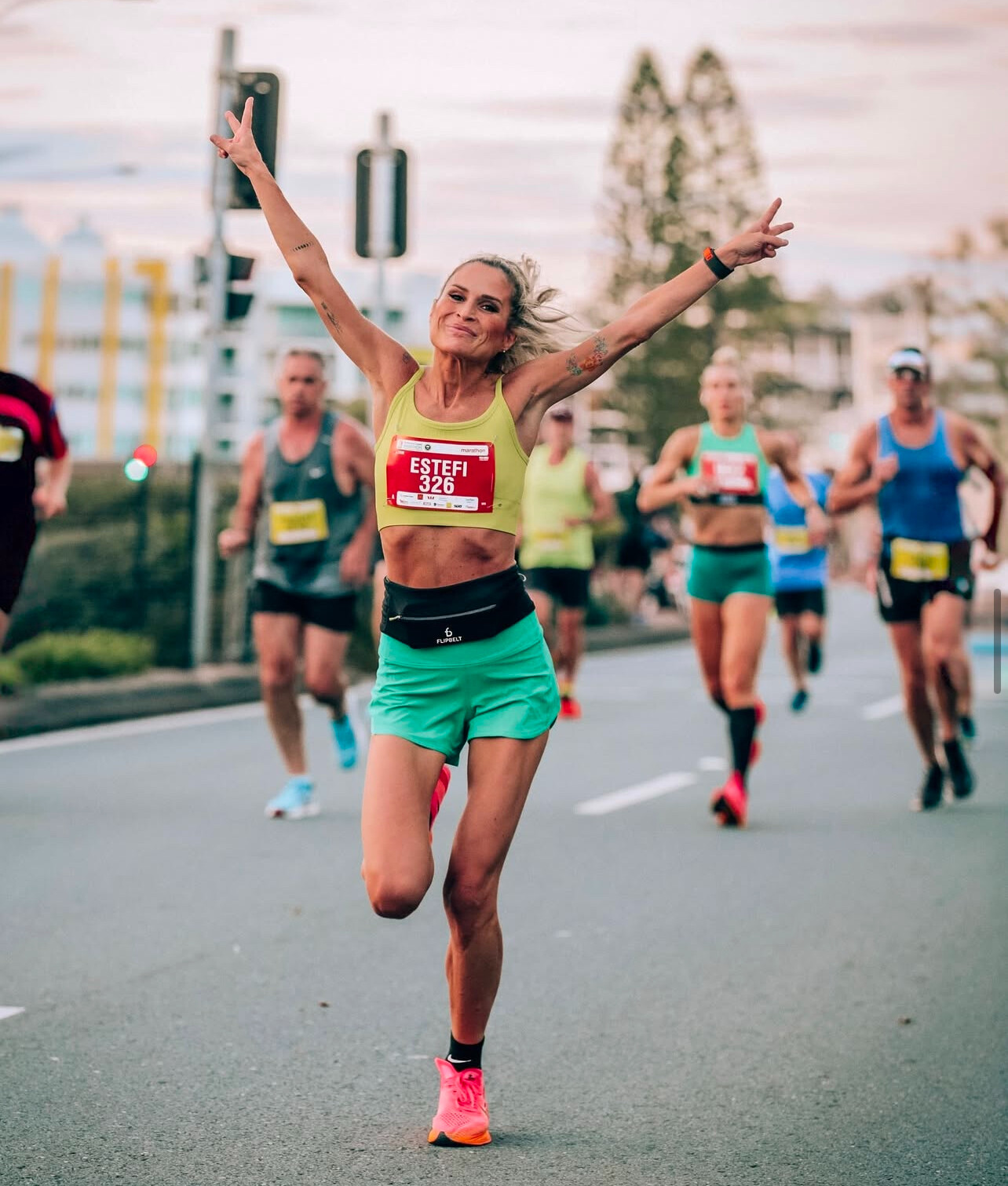
This performance broke the previous Spanish women’s 100km record of 7 hours, 52 minutes, and 21 seconds, set by Mireia Sosa in 2023. Overwhelmed with emotion, Unzu shared on social media, “I want to cry. My name will forever be a part of Spanish athletics history.”

Unzu’s achievement is particularly remarkable given her recent participation in the World Marathon Challenge, where she ran seven marathons across seven continents in one week. While many athletes require extended recovery periods after such endeavors, Unzu demonstrated exceptional resilience by promptly setting her sights on the 100km ultramarathon.

Known as “Verdeliss” on social media, Unzu has a substantial following, with nearly 1.5 million Instagram followers and over 2 million YouTube subscribers. Beyond her athletic pursuits, she is the founder and CEO of the cosmetics brand Green Cornerss and gained public attention after appearing on the sixth season of the Bulgarian reality show VIP Brother in 2014.

In May 2024, Unzu won the 100km distance at the Spanish National Ultra Marathon Championship with a time of 7 hours, 59 minutes, and 30 seconds. Her recent accomplishments have solidified her status as one of Spain’s premier endurance athletes, inspiring many with her ability to balance elite athletic performance and family life.

As Spain celebrates its new national record holder, the ultrarunning community eagerly anticipates Unzu’s future endeavors, confident that her determination and drive will lead to more groundbreaking achievements.
(02/26/2025) ⚡AMPEmile Cairess Withdraws from London Marathon Due to Injury, Halting Record Pursuit
Top British marathoner Emile Cairess has officially withdrawn from the 2025 TCS London Marathon due to a persistent ankle tendon injury that has derailed his training. The setback forces the 27-year-old to put his pursuit of Mo Farah’s British marathon record of 2:05:11 on hold as he focuses on recovery.
Cairess, who burst onto the marathon scene as the fastest British debutant of all time in 2023 with a 2:08:07 finish, had since lowered his personal best to 2:06:46, securing third place in last year’s London Marathon behind Alex Mutiso and Kenenisa Bekele. He followed that success with a fourth-place finish at the Paris Olympics, further solidifying his status as one of Britain’s brightest distance-running stars.

“It’s incredibly disappointing to miss London this year, especially after how well things had been progressing,” Cairess shared. “But the ankle injury has made it impossible to maintain the consistency I need. Right now, my focus is on healing properly so I can come back stronger.”

Star-Studded Field Remains

While Cairess’s absence is a blow to British hopes, the men’s elite field remains stacked with talent. Eliud Kipchoge, Kenenisa Bekele, and Olympic champion Tamirat Tola are set to headline the race, joined by world half-marathon record-holder Jacob Kiplimo and defending champion Alex Mutiso.

On the British front, Olympic triathlon champion Alex Yee will make his highly anticipated marathon debut, while Mahamed Mahamed and Phil Sesemann, both fresh from the Paris Olympics, aim to make their mark on home soil.

Women’s Elite Race Draws Global Talent
In the women’s race, Lucy Reid has also withdrawn due to injury after initially planning her London debut following a breakthrough 2:26:35 in Malaga last December. However, the competition remains fierce, with world record-holder Ruth Chepngetich, reigning Olympic champion Sifan Hassan, and Tigst Assefa—who famously shattered the Berlin Marathon record—leading the charge.
Adding to the excitement, defending champion Peres Jepchirchir will return, while British star Eilish McColgan is set to make her long-awaited marathon debut, bringing further domestic interest to the race.
While Cairess’s withdrawal is undoubtedly disappointing, the marathon season is far from over. With careful rehabilitation, he remains hopeful for a return later this year, possibly targeting the Berlin or Chicago Marathons as alternative stages for his record pursuit.
The London Marathon, meanwhile, continues to promise world-class performances, with a stellar field ready to light up the streets of the British capital come race day.
(02/25/2025) ⚡AMPThe Art and Impact of marathon Pacing
In elite marathon running, pacemakers—often called “rabbits”—play a crucial yet understated role. These athletes set a predetermined tempo, guiding lead runners through significant portions of the race to facilitate record-breaking performances or personal bests. The Chicago Marathon offers a compelling case study of this dynamic, particularly through the collaboration between Sifan Hassan and her pacer, Reid Buchanan.
A Synergistic Partnership: Hassan and Buchanan
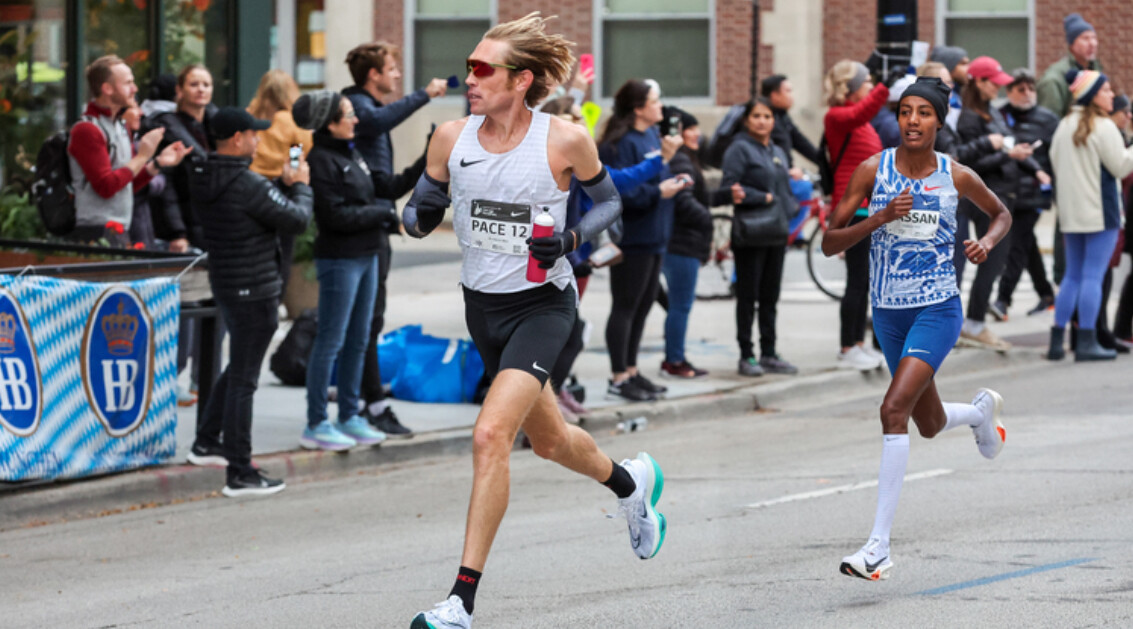
Sifan Hassan, a distinguished middle-distance runner, embarked on her second marathon endeavor in 2023 Chicago. To navigate this challenge, she enlisted Reid Buchanan, a seasoned U.S. athlete with a personal marathon best of 2:11:38, set in 2020 at The Marathon Project in Chandler, Arizona. Despite his experience, pacing another athlete introduced new complexities.
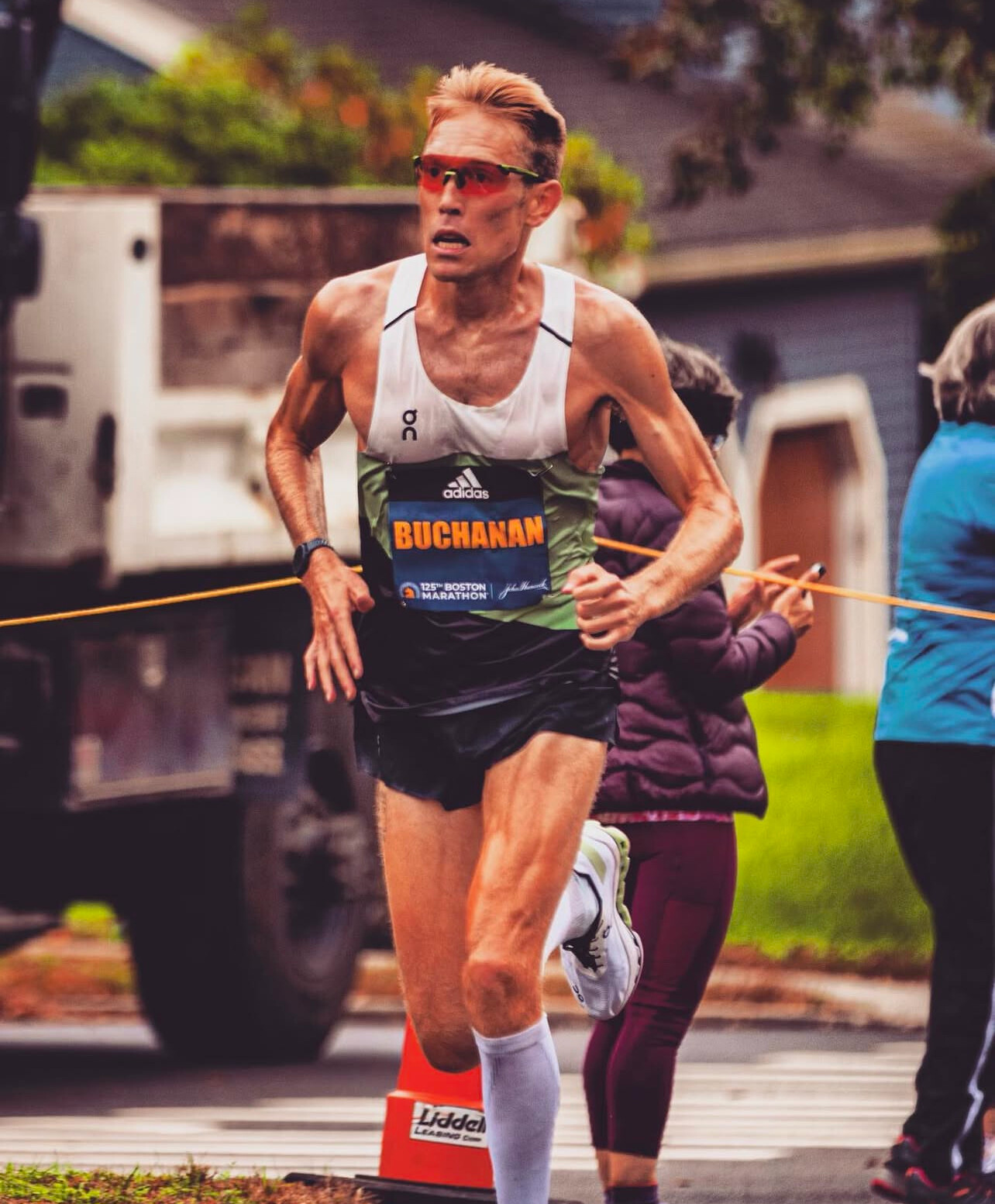
Their pre-race dialogue underscored the strategic intricacies of pacing. Buchanan proposed, “I was brought in to run 2:16 pace, but I think I can get you to about 25K at 2:12 pace.” Hassan’s response was both confident and motivating: “Oh, I’m sure you can go further. You just have to believe.” This exchange not only set ambitious expectations but also highlighted the psychological interplay between athlete and pacer.

During the race, Buchanan’s steady pacing was instrumental. Hassan initially struggled to find her rhythm, feeling the intensity of the early kilometers. However, Buchanan’s consistent tempo helped her regain composure. By the 22K mark, Hassan had closed the gap on the leading pack, and by 25K, she began to assert her dominance, eventually breaking away to finish with a course record time of 2:13:44.
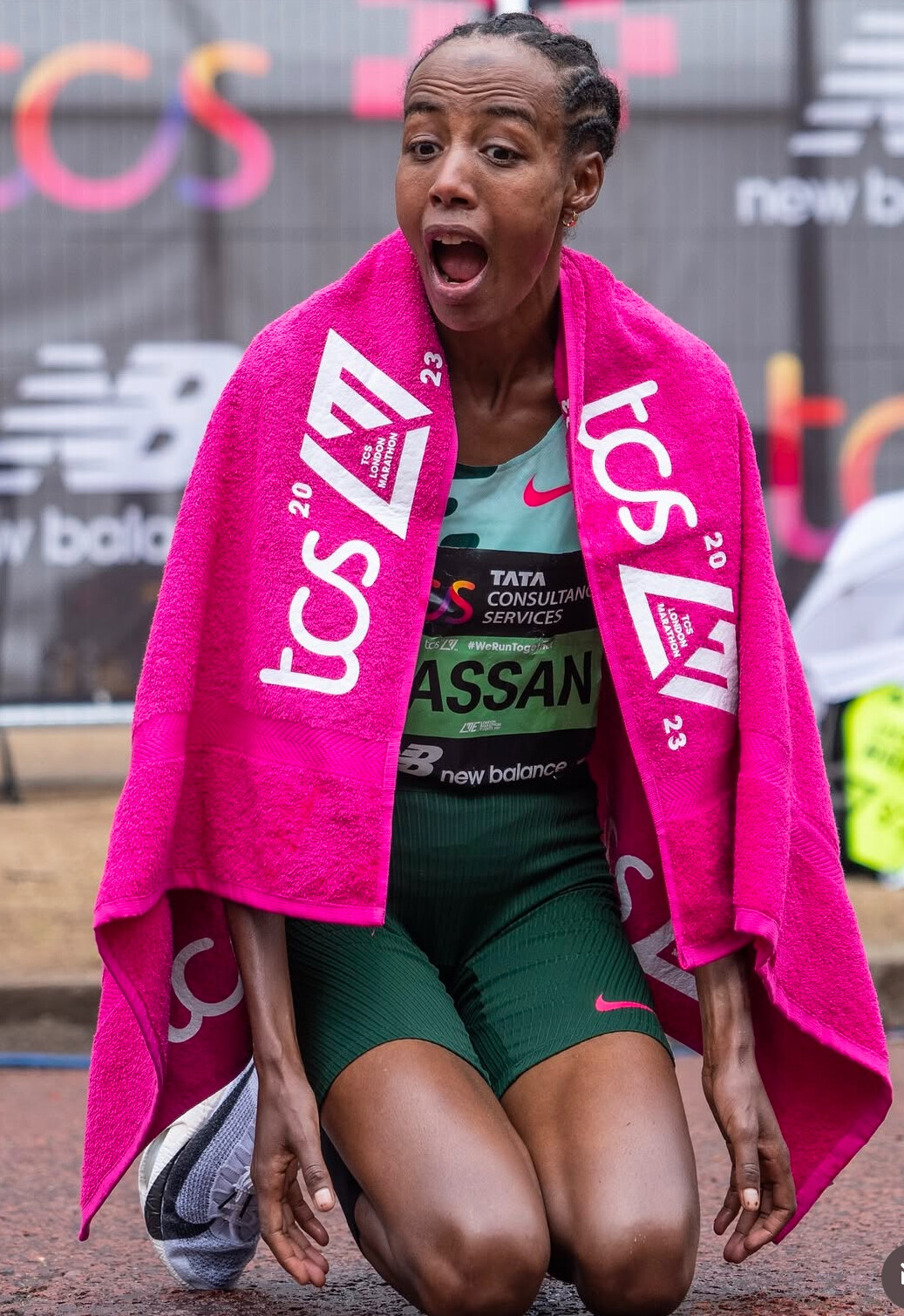
The Evolution and Role of Professional Pacemakers
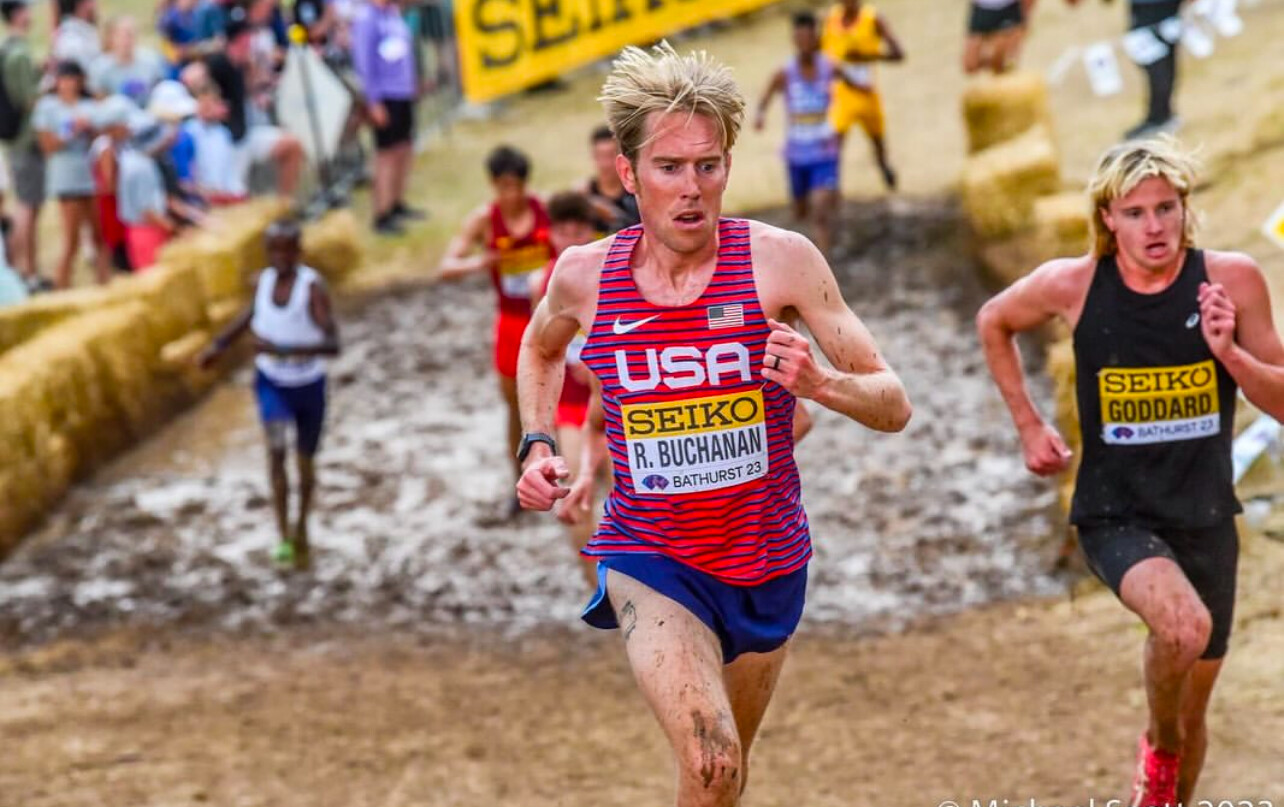
The concept of pacemaking is not a modern innovation. Its roots trace back to 1954 when Chris Brasher and Chris Chataway paced Roger Bannister to the first sub-four-minute mile. This historic event showcased the potential of strategic pacing in achieving unprecedented athletic feats.

In contemporary marathons, pacemakers are integral, especially in events aiming for fast times and records. Races like the London and Chicago Marathons employ pacers to maintain a consistent, swift pace, enhancing the event’s prestige and competitive allure. Conversely, marathons such as Boston and New York prioritize tactical racing and do not utilize pacemakers, fostering a different competitive atmosphere.
The responsibilities of a pacemaker are multifaceted. They must possess the physical capability to sustain target paces comfortably, often requiring personal bests significantly faster than the pace they are assigned to set. Contracts typically outline specific distances and paces, with incentives for exceeding expectations. While some races mandate that pacemakers drop out at predetermined points, others allow them to complete the race, potentially influencing the final standings.
The Psychological and Physiological Impact of Pacing
Beyond the physical benefits, pacemakers offer psychological advantages. Running alongside a pacer can reduce the mental burden of pace management, allowing athletes to focus on other aspects of their performance. Studies have shown that runners perceive efforts as less strenuous when following a set pace, potentially enhancing overall performance.
Physiologically, pacemakers help mitigate air resistance, enabling runners to conserve energy. Research indicates that drafting behind a pacer can reduce oxygen consumption by approximately 8% at certain speeds, underscoring the strategic advantage in distance running.
The Debate: Purity of Competition vs. Record-Breaking Performances
The utilization of pacemakers is not without controversy. Critics argue that their presence can detract from the competitive essence of racing, transforming events into time trials rather than head-to-head contests. This perspective suggests that pacemakers may provide an undue advantage to certain athletes, potentially overshadowing the unpredictability and strategic depth that characterize traditional racing.
Proponents, however, contend that pacemakers elevate the sport by facilitating record-breaking performances and pushing the boundaries of human potential. They argue that the presence of pacers can lead to more exciting and dynamic races, showcasing the zenith of athletic achievement.
The Chicago Marathon exemplified the profound impact a pacemaker can have on an athlete’s performance. The collaboration between Sifan Hassan and Reid Buchanan not only led to a record-setting run but also highlighted the intricate balance of strategy, trust, and mutual ambition in elite marathon racing. As the sport continues to evolve, the role of pacemakers will undoubtedly remain a focal point of both innovation and debate, shaping the future landscape of long-distance running.
(02/25/2025) ⚡AMPby Outside online with Boris Baron
Daniel Simiu Ebenyo Sets Sights on 2025 Seoul Marathon After Dominating Cross Country Season
Reigning World 10,000m silver medallist Daniel Simiu Ebenyo has officially set his sights on the 2025 Seoul Marathon, scheduled for March 16. Fresh off a series of impressive victories, the Iten-based star is determined to translate his cross-country dominance into success on the streets of Seoul.
Ebenyo, a standout performer this season, recently captured the title at the National Cross-Country Championships held at the Eldoret Sports Club. He quickly followed up that victory with another commanding performance at the Absa Sirikwa Classic Cross Country Continental Tour, hosted at Lobo Village in Eldoret. In a tightly contested race, Ebenyo clocked an impressive 29:57 to claim the win, finishing ahead of Gideon Rono (30:07) and Nicholas Kimeli (30:15).

A National Police Service officer, Ebenyo made his marathon debut at the 2023 Chicago Marathon, where he finished fifth in 2:04:23—an impressive showing for his first 26.2-mile (42.195 km) challenge. Since then, he has successfully balanced his track and road racing career, and now, all eyes are on his upcoming performance in Seoul.
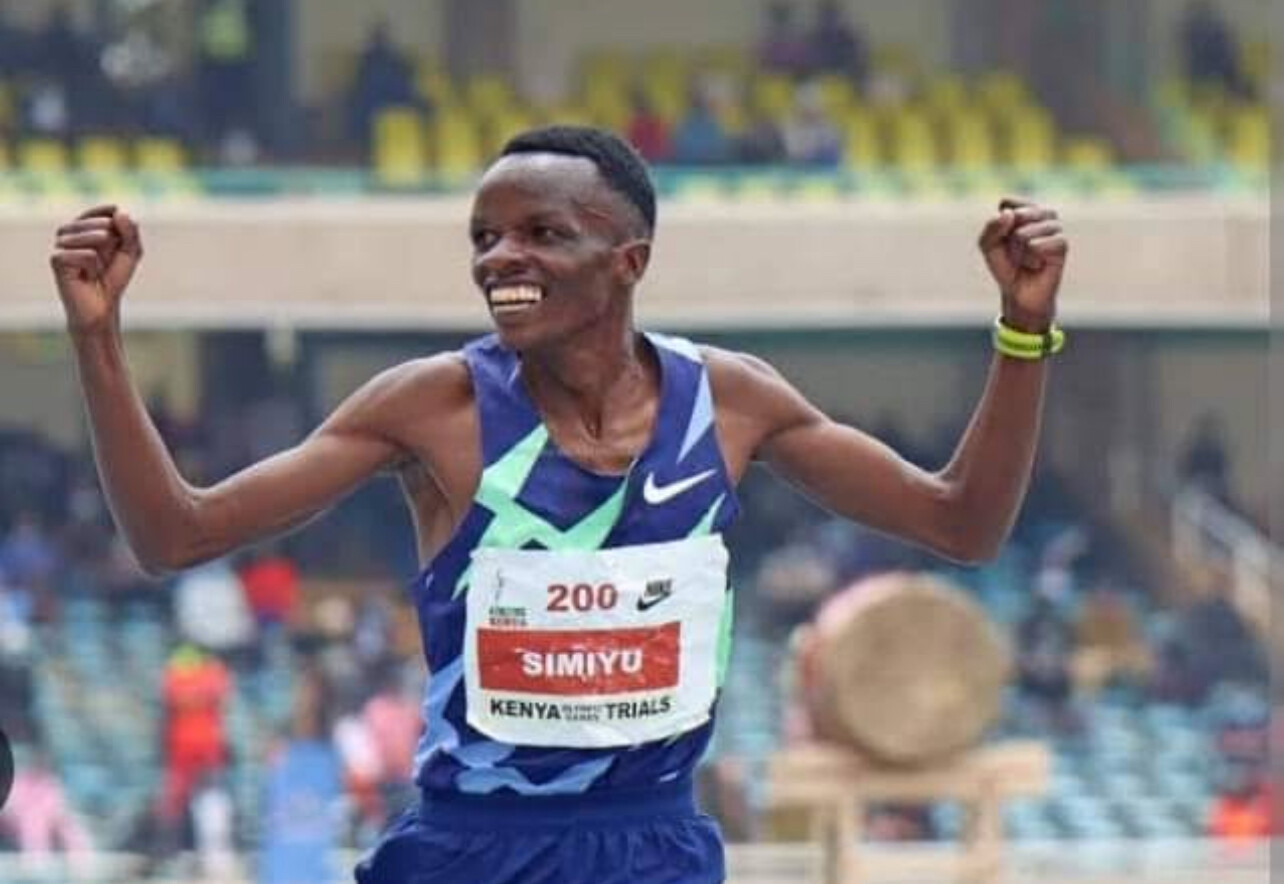
“I strongly believe I will perform well in the race and secure a podium finish,” Ebenyo said confidently. “Nobody knows what tomorrow holds, so let’s focus on the present.”

Ebenyo’s path to the marathon spotlight hasn’t been without challenges. The former African 5000m silver medallist endured a difficult 2023 season, missing out on the Paris Olympic Games after an unfortunate fall during the national trials. He finished eighth in that race, narrowly missing the chance to represent Team Kenya on the world’s biggest stage.
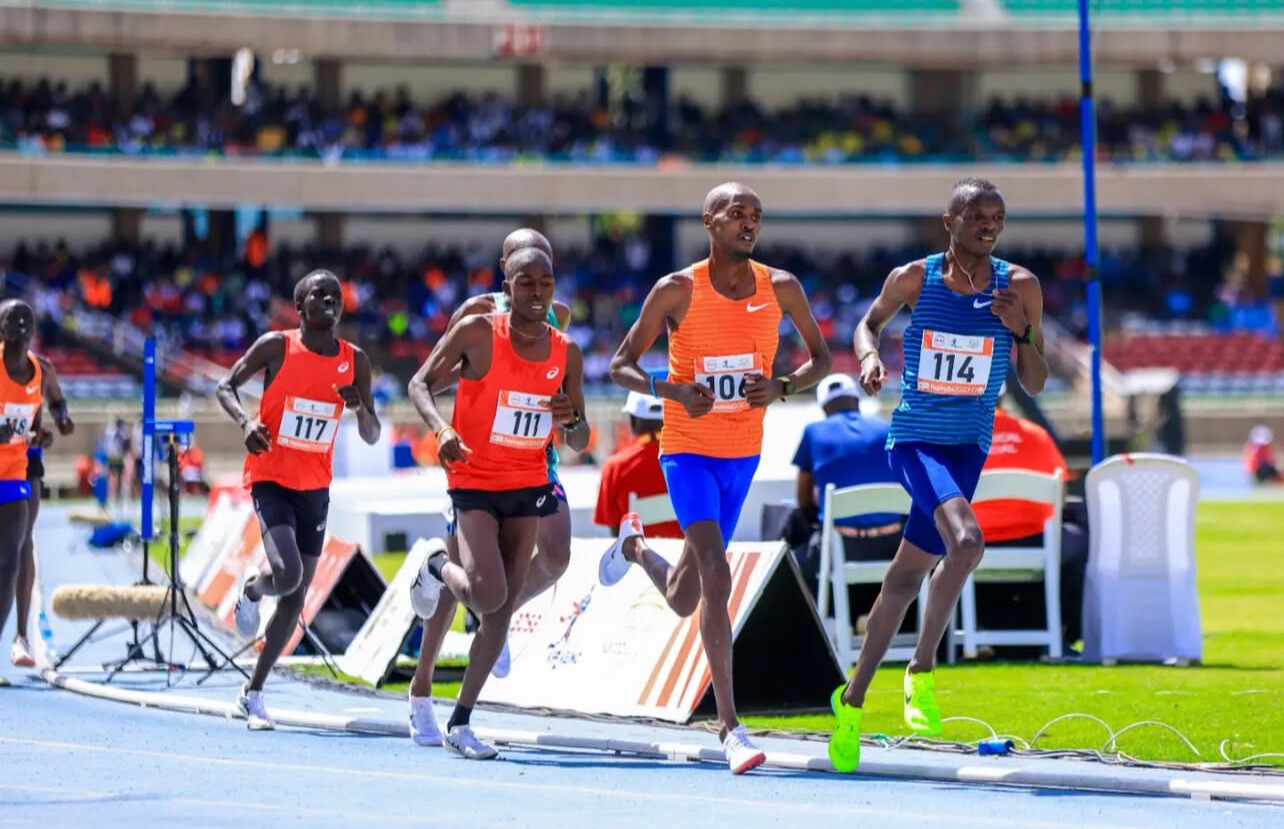
However, the resilient athlete quickly bounced back, proving his mettle both locally and internationally. In early 2024, he claimed victory at the prestigious Berlin Half Marathon, crossing the finish line in a swift 59:30. This win added to his growing list of accolades, including his standout performance at the 2023 World Athletics Championships in Budapest, where he secured the silver medal in the 10,000m.
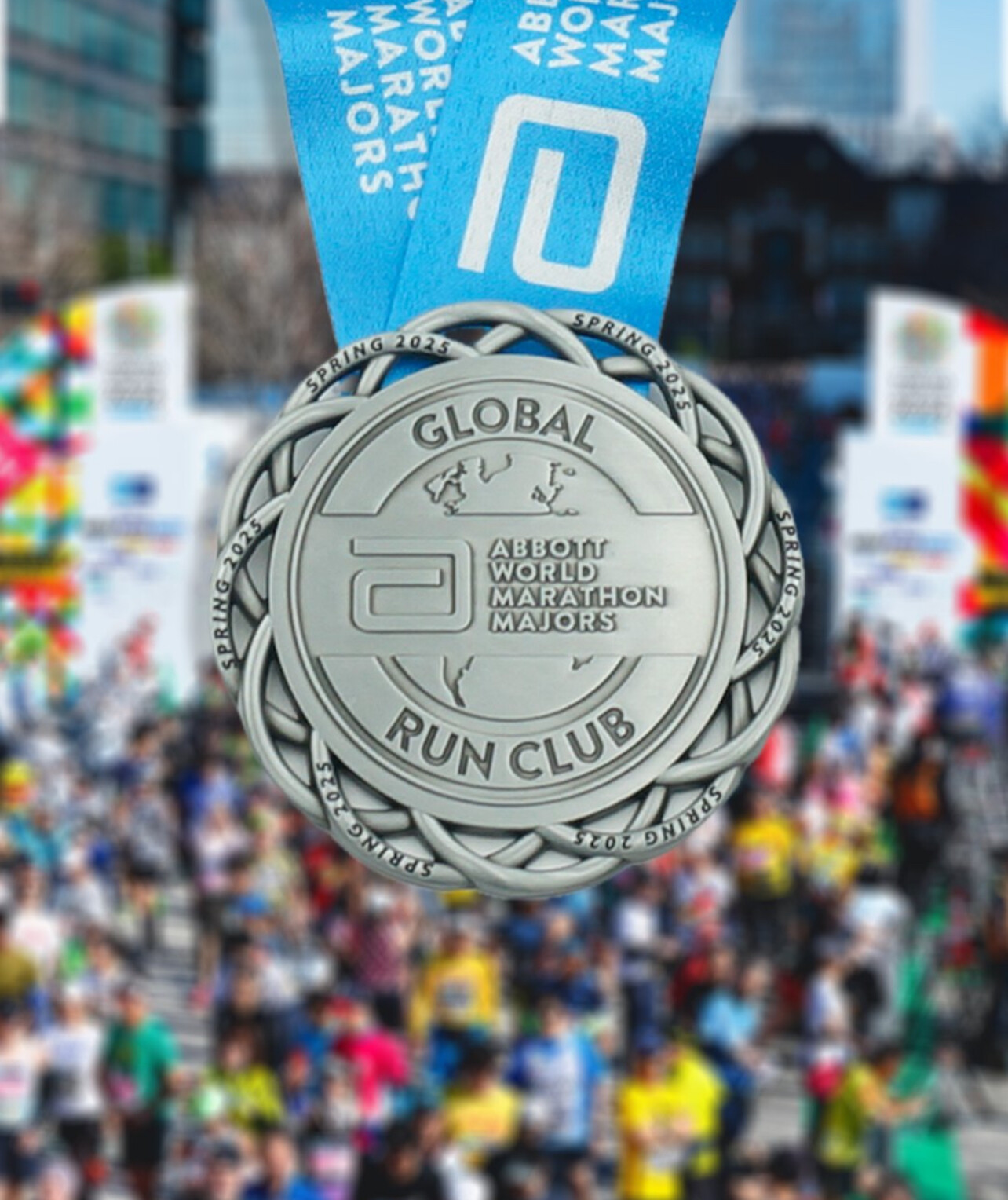
As the countdown to the Seoul Marathon begins, Ebenyo’s rigorous training regimen in the high-altitude hills of Iten has intensified. He remains laser-focused on achieving his ultimate goal: standing atop the podium in Seoul.
About the Seoul Marathon
First held in 1931, the Seoul Marathon is the oldest continuously held marathon event in Asia and the second oldest in the world, following the Boston Marathon. The race starts at Gwanghwamun Square, a historic and cultural landmark in the heart of Seoul, and finishes at the Jamsil Sports Complex, offering runners a scenic route that showcases both the traditional and modern facets of the city. Known for its flat and fast course, the Seoul Marathon has been the stage for numerous record-setting performances and holds World Athletics Platinum Label Road Race status, attracting elite runners from around the globe.
As of now, specific details regarding other elite runners confirmed for the 2025 Seoul Marathon have not been publicly disclosed. However, given the event’s prestigious status, it is anticipated that a competitive field of top international athletes will participate, promising an exciting and high-caliber race.
With his current form and unwavering determination, Daniel Simiu Ebenyo is undoubtedly a contender to watch. If his recent performances are any indication, the streets of Seoul may very well witness another spectacular chapter in the career of one of Kenya’s finest distance runners.
(02/25/2025) ⚡AMPby Boris Baron
Seoul International Marathon
The only marathon hosted in the heart of the Korean capital. Seoul marathon is the oldest marathon race hosted in Asia andis one of the fastestmarathon in the world. First held in 1931, Seoul marathon is the oldest marathon eventcontinuously held in Asia, and the second oldest in the world followingthe Boston Marathon. It embodies modern history of Korea, also...
more...2025 London Marathon: Will This Be the Year of the Sub-Two Hour Marathon?
The anticipation for the 2025 London Marathon has reached new heights with the announcement of one of the strongest elite marathon fields ever assembled. This year’s race could witness history: the first-ever sub-two-hour marathon in an official competition. With world-class talent toeing the line and conditions often favorable in London, I'm excited to see how this race unfolds.
Leading the conversation is Jacob Kiplimo, the half marathon world record holder with an astonishing 56:42 recently. Kiplimo didn't need pacers during his world record run. He just went for it clocking unbelievable splits. One of his 10k split would be his best time ever for that distance. And no one had ever run 15k under 40 minutes before. But the marathon is twice the distance. What will his strategy be for London? Will he use his blistering speed over the full 42K and go out on his own or will he stay with the pack for at least the half way point? Going to be interesting to see what that split will be. I am thinking 59 minutes or even faster. Kiplimo might not only win but push the clock into uncharted territory. But there will be so much talent on the starting line.

The Favorites: Kiplimo, Bekele, and Kipchoge Lead the Charge
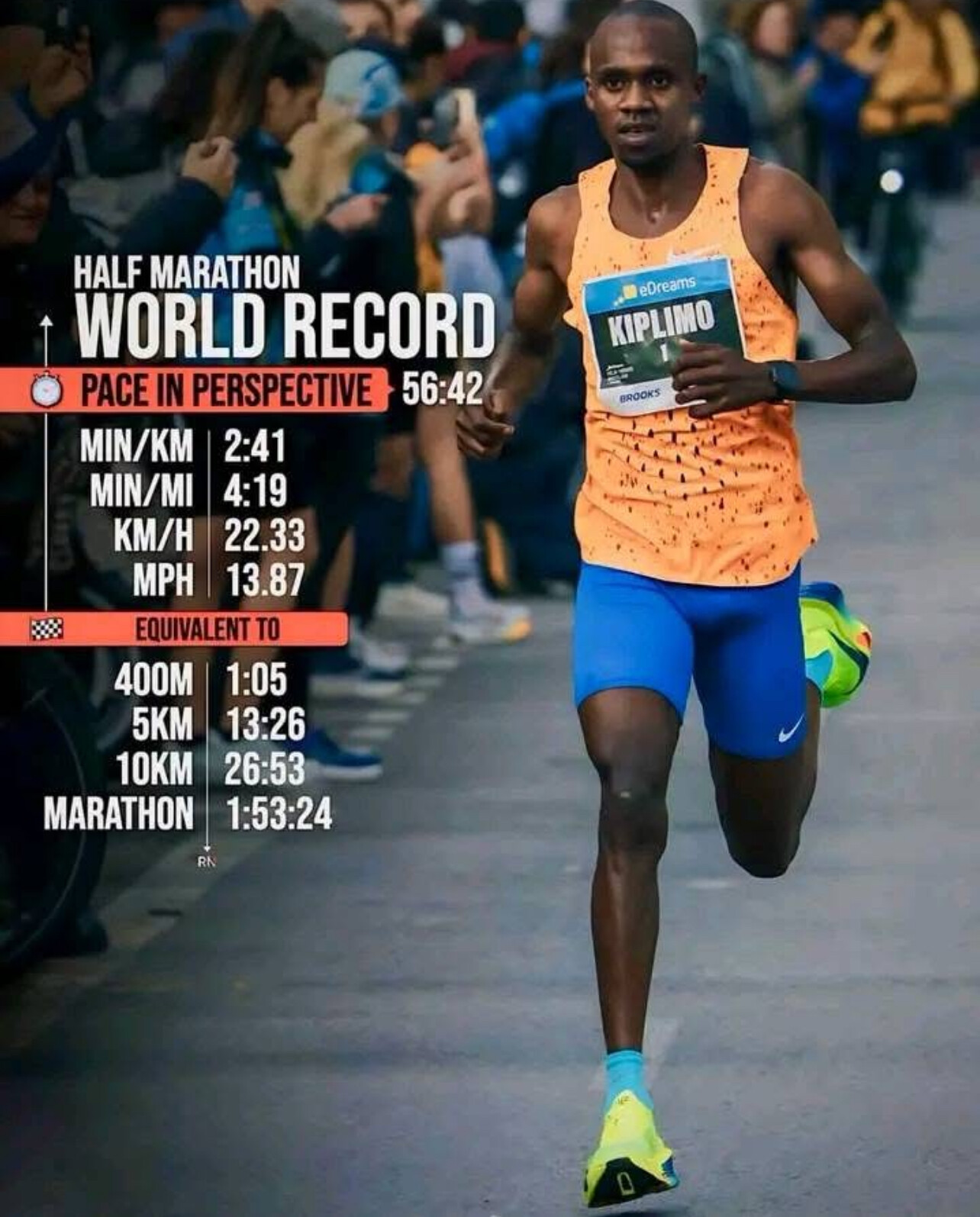
While Kiplimo's marathon debut grabs headlines, legends like Kenenisa Bekele and Eliud Kipchoge are far from conceding victory.
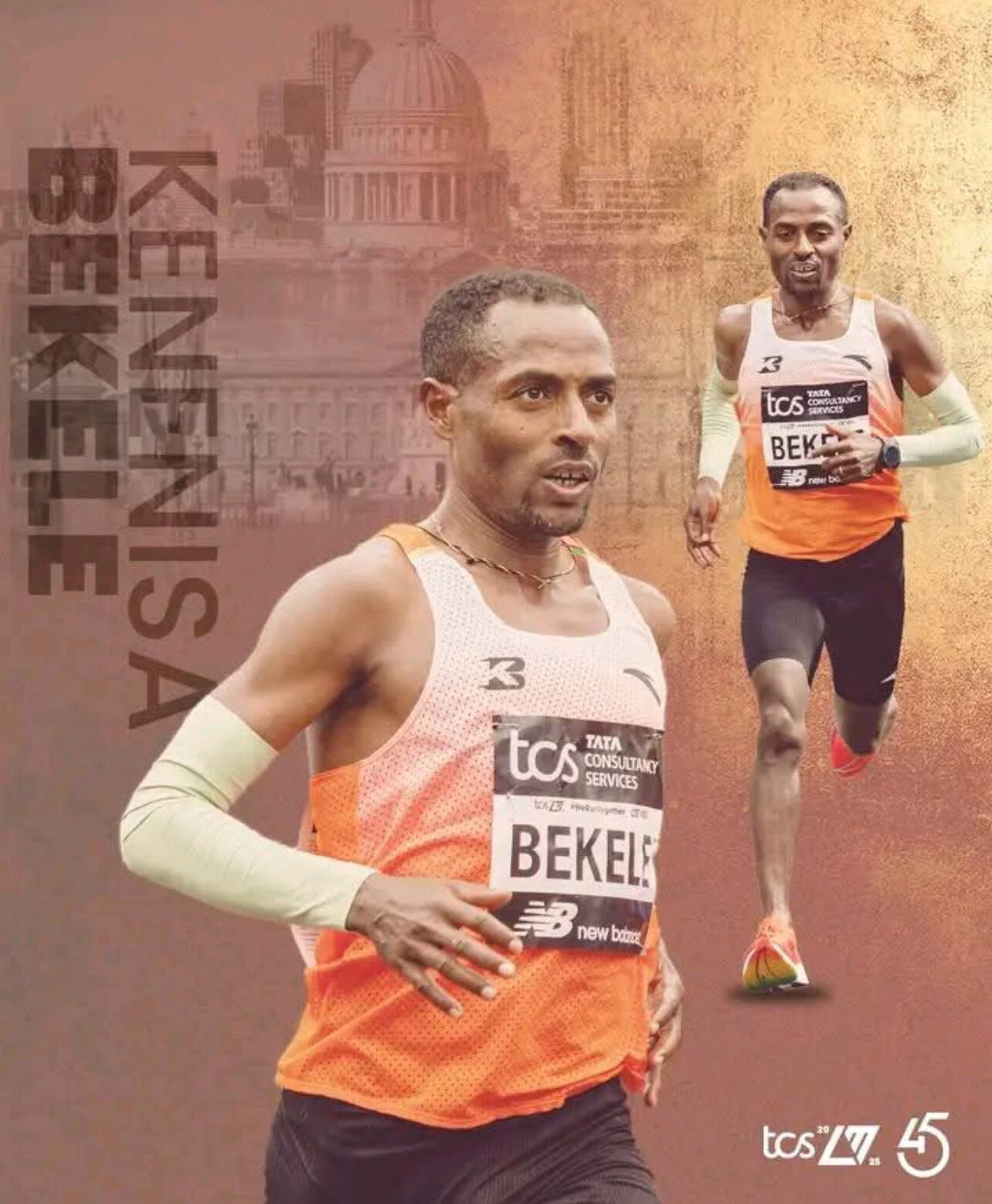
Jacob Kiplimo from Uganda enters London as the favorite, thanks to his incredible speed. The big question is whether he can maintain that pace for twice the distance.

Kenenisa Bekele, with a personal best of 2:01:41, proved last year he’s still elite, setting the Masters world record (2:04:15) in London. Bekele is chasing both victory and history, knowing his window for breaking the two-hour barrier is narrowing.
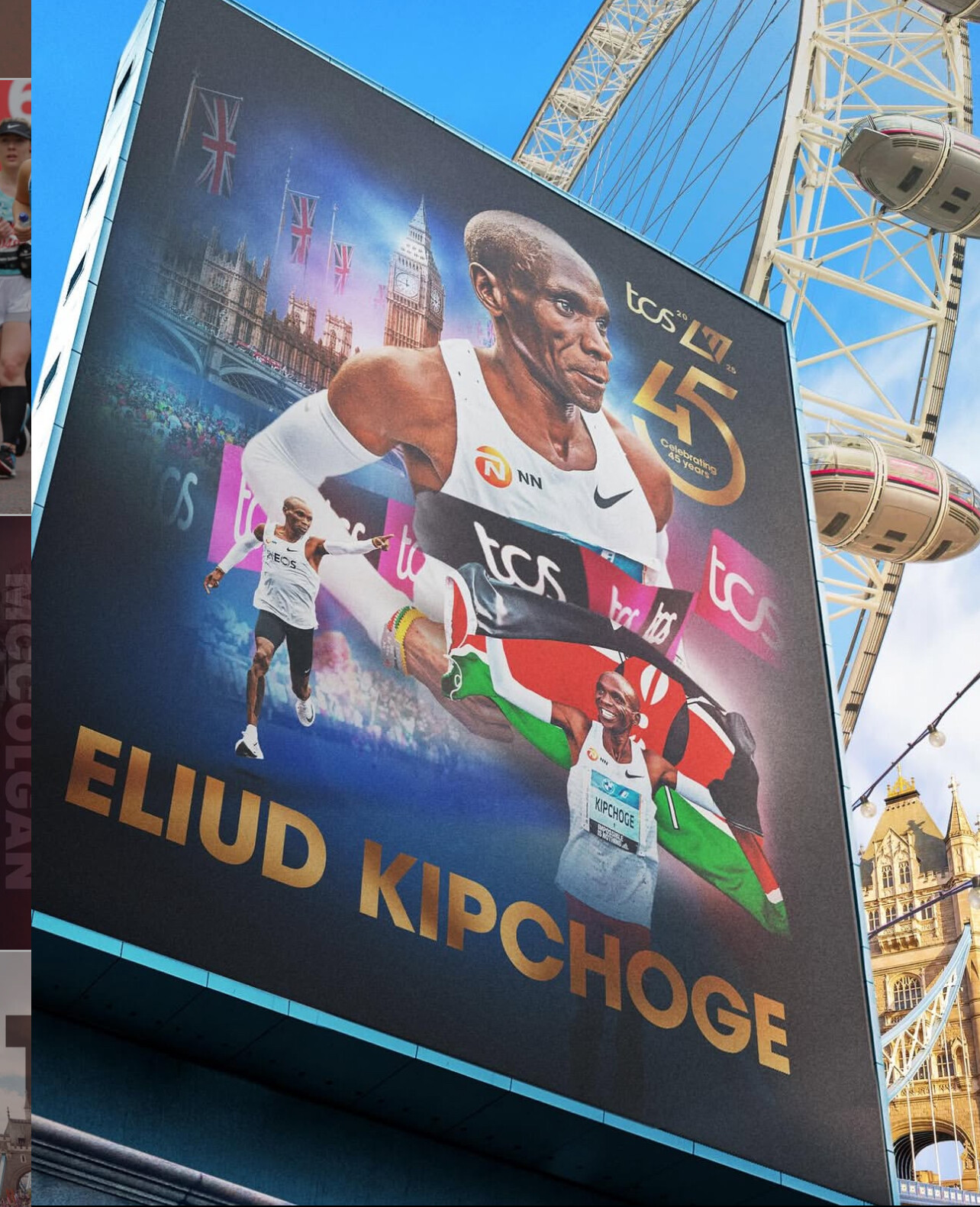
Eliud Kipchoge returns to London, where he’s won four titles. At 40 years old, Kipchoge remains focused, though he now races in the shadow of Kelvin Kiptum's world record of 2:00:35, set at the 2023 Chicago Marathon.
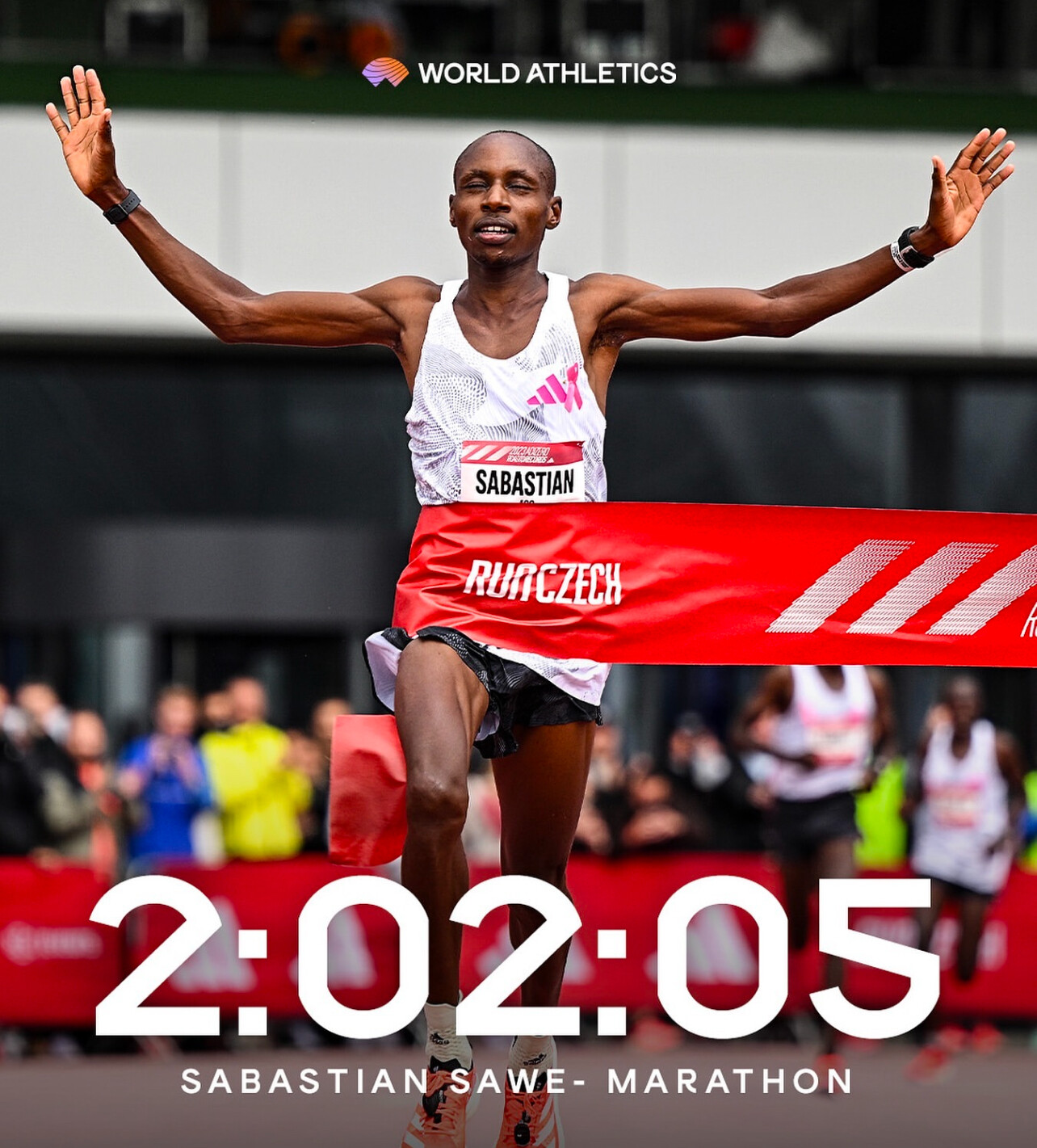
Rising Stars and Seasoned Champions
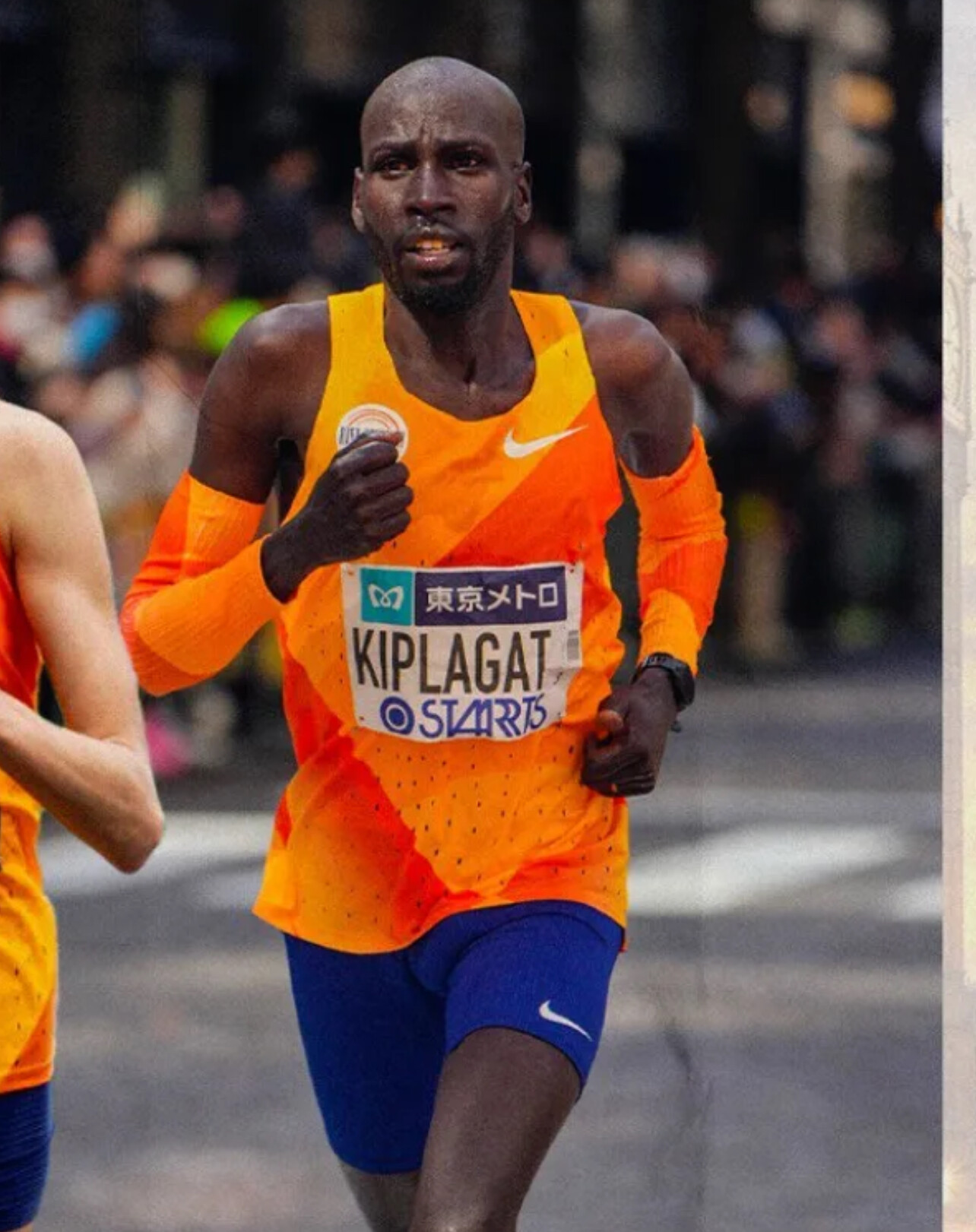
Beyond the favorites, an incredible field promises an unforgettable showdown.
Sabastian Sawe, with a personal best of 2:02:05, stunned the world by running the fastest debut marathon ever in Valencia. His aggressive racing style could drive the pace.
Timothy Kiplagat, clocking 2:02:55, thrives in fast-paced races and could be a dark horse if the leaders falter.
Alex Mutiso, the defending London Marathon champion with a best of 2:03:11, returns to prove his 2024 victory was no fluke.
Tamirat Tola, the reigning Olympic marathon gold medalist, has shown he can deliver under pressure, with a personal best of 2:03:39.
Abdi Nageeye, the 2021 NYC Marathon champion and Olympic silver medalist, is known for tactical brilliance and boasts a best of 2:04:45.
Breaking 2: Is It Possible in London 2025?
The two-hour barrier remains the sport’s ultimate milestone. While Kelvin Kiptum’s world record of 2:00:35 came heartbreakingly close, an official sub-two-hour marathon has yet to be achieved.
What makes London 2025 the perfect stage?
Stacked Field: With Kiplimo, Kipchoge, and Bekele pushing each other, the pace will be relentless.
Course Familiarity: The London course is flat, fast, and historic, where many records have fallen.
Optimal Conditions: London in April often provides the perfect cool weather for fast times.
Pacemakers: Expect world-class rabbits tasked with keeping the leaders on sub-2 pace through 30K.
A Race for the Ages
On April 27, 2025, I'll be watching closely. Will Jacob Kiplimo make history in his debut? Can Bekele turn back the clock? Will Kipchoge find one more magical performance? And—perhaps most importantly—will the sub-two-hour barrier finally fall in an official race?
One thing is certain: London 2025 promises a marathon showdown like no other.
I'm marking my calendar. History is calling.
(02/24/2025) ⚡AMPby Bob Anderson
TCS London Marathon
The London Marathon was first run on March 29, 1981 and has been held in the spring of every year since 2010. It is sponsored by Virgin Money and was founded by the former Olympic champion and journalist Chris Brasher and Welsh athlete John Disley. It is organized by Hugh Brasher (son of Chris) as Race Director and Nick Bitel...
more...Hannah Nuttall's Electrifying Finish Surpasses Laura Muir at UK Indoor 3000m Championship
In a thrilling climax at the UK Athletics Indoor Championships in Birmingham on February 23, 2025, Hannah Nuttall delivered a remarkable performance to overtake Laura Muir in the final 100 meters of the women's 3000m race. Nuttall secured the title with a personal best time of 8:49.49, narrowly edging out Muir, who finished at 8:50.16. Emerging talent Innes FitzGerald claimed third place with a time of 8:52.56.
Hannah Nuttall, born on July 7, 1997, has been steadily rising in British middle-distance running. In 2021, she was part of the victorious mixed relay team at the European Cross Country Championships in Dublin. Shortly thereafter, she joined Team New Balance Manchester under the guidance of coach Helen Clitheroe. Nuttall's dedication led to a fifth-place finish at the 2023 European Indoor Championships, where she set a personal best of 8:46.30 in the 3000m final. In 2024, she continued her upward trajectory, recording a 5000m personal best of 14:52.65 in Leiden, Netherlands, and clinching the British national title in the same event. Her recent triumph over Muir underscores her growing prominence on the national stage.
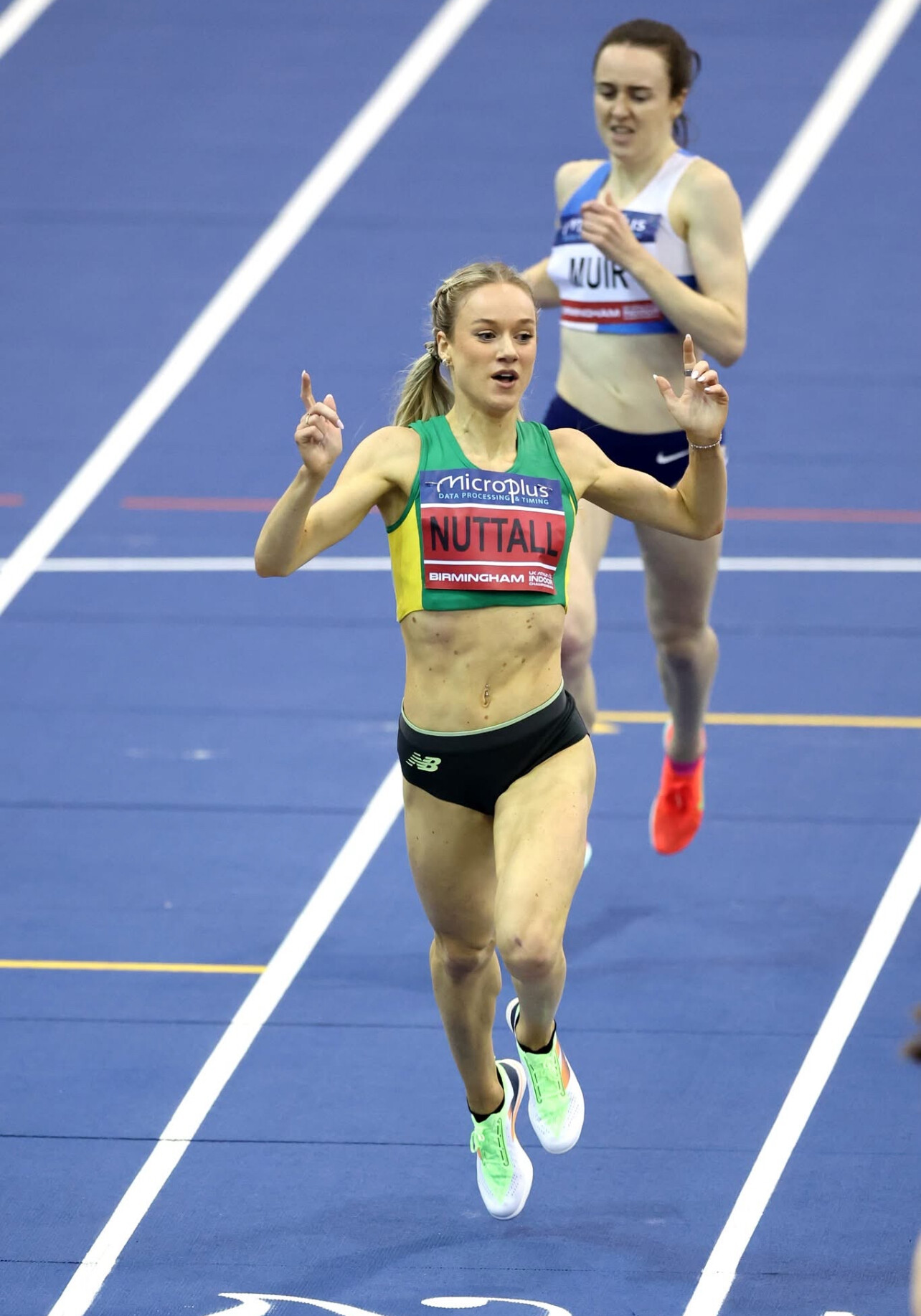
Laura Muir, born on May 9, 1993, in Inverness, Scotland, is a celebrated figure in middle-distance running. A veterinary medicine graduate from the University of Glasgow, Muir has an impressive track record, highlighted by a silver medal in the 1500m at the 2020 Tokyo Olympics. Her accolades include multiple European Indoor Championships titles and a bronze medal at the 2022 World Championships. Muir's dominance in the 1500m is further evidenced by her British record of 3:52.61, set in 2024. Despite her recent second-place finish to Nuttall, Muir's legacy as one of Britain's premier middle-distance runners remains firmly intact.
The women's 3000m final was a showcase of strategic racing and competitive spirit. Muir, known for her front-running style, took the lead early, setting a strong pace. Nuttall remained patient, staying within striking distance throughout the race. As the final lap approached, Nuttall unleashed a powerful kick, closing the gap and ultimately surpassing Muir in the last 100 meters. This victory not only highlights Nuttall's tactical acumen but also signals a potential shift in the competitive landscape of British middle-distance running.
Nuttall's performance at the UK Athletics Indoor Championships positions her as a formidable contender for upcoming international competitions. Her continued development and recent successes suggest a promising future on the global stage. Meanwhile, Muir's experience and proven track record ensure that she remains a key figure in the sport, setting the stage for exciting rivalries and compelling narratives in the seasons to come.
(02/23/2025) ⚡AMPOlympic 10000m Champion Selemon Barega Wins Seville Marathon with a 2:05:15 debut
The 2025 Zurich Maratón de Sevilla delivered unforgettable performances on Sunday, February 23, as Ethiopia’s Selemon Barega stormed to victory in his marathon debut with an impressive time of 2:05:15, This marks the third-fastest marathon time of the year and continues Ethiopia’s dominance in the prestigious event.
Barega’s Marathon Debut: A Statement Victory

Selemon Barega, the reigning 10,000m Olympic champion, transitioned seamlessly to the marathon distance, showcasing his endurance and tactical brilliance. Running much of the second half alone, Barega maintained composure to cross the line well ahead of the field.
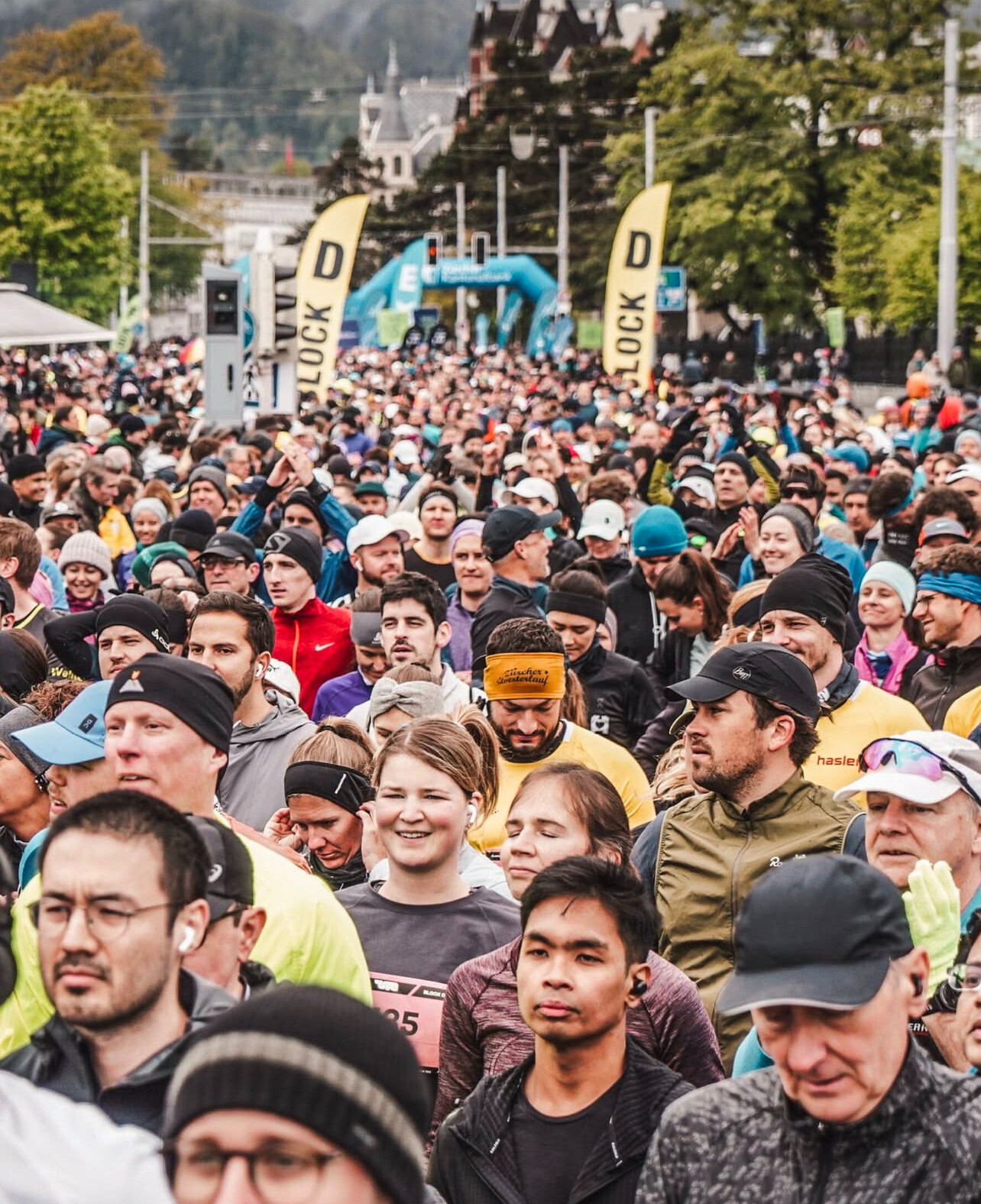
He was followed by compatriot Adisu Tesfahun, who finished second in 2:06:27, and Mohamed Reda of Morocco, clocking 2:06:45 for third place.

Barega’s performance not only secured his place among the marathon elite but also extended Ethiopia’s winning streak to six consecutive victories at the Seville Marathon.
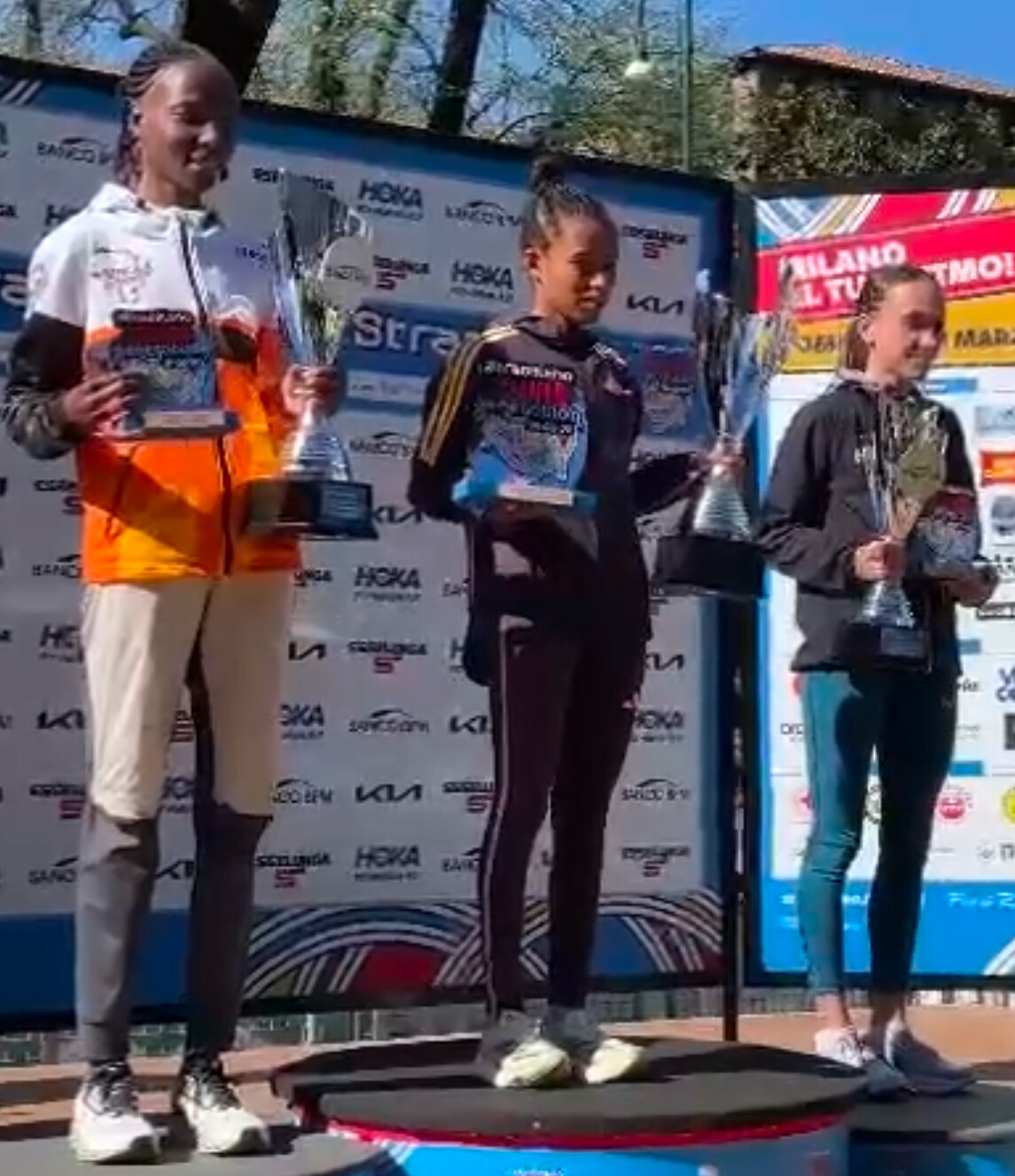
“I’m proud of this result. My training for the marathon has been intense, and Seville was the perfect place to debut. I hope to build on this and aim for even faster times,” Barega said after the race.
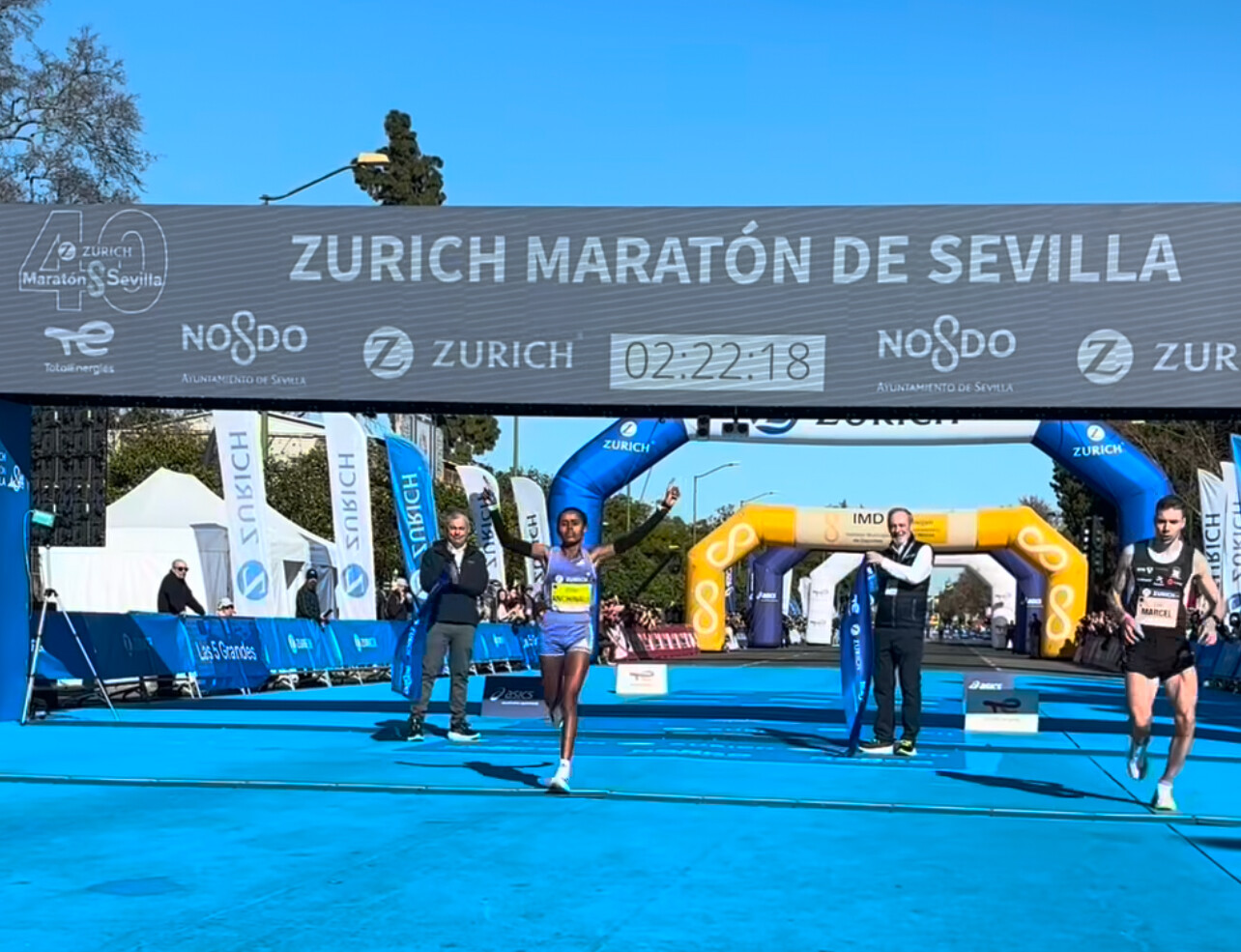
Women’s Race: Anchinalu Dessie Genaneh Triumphs
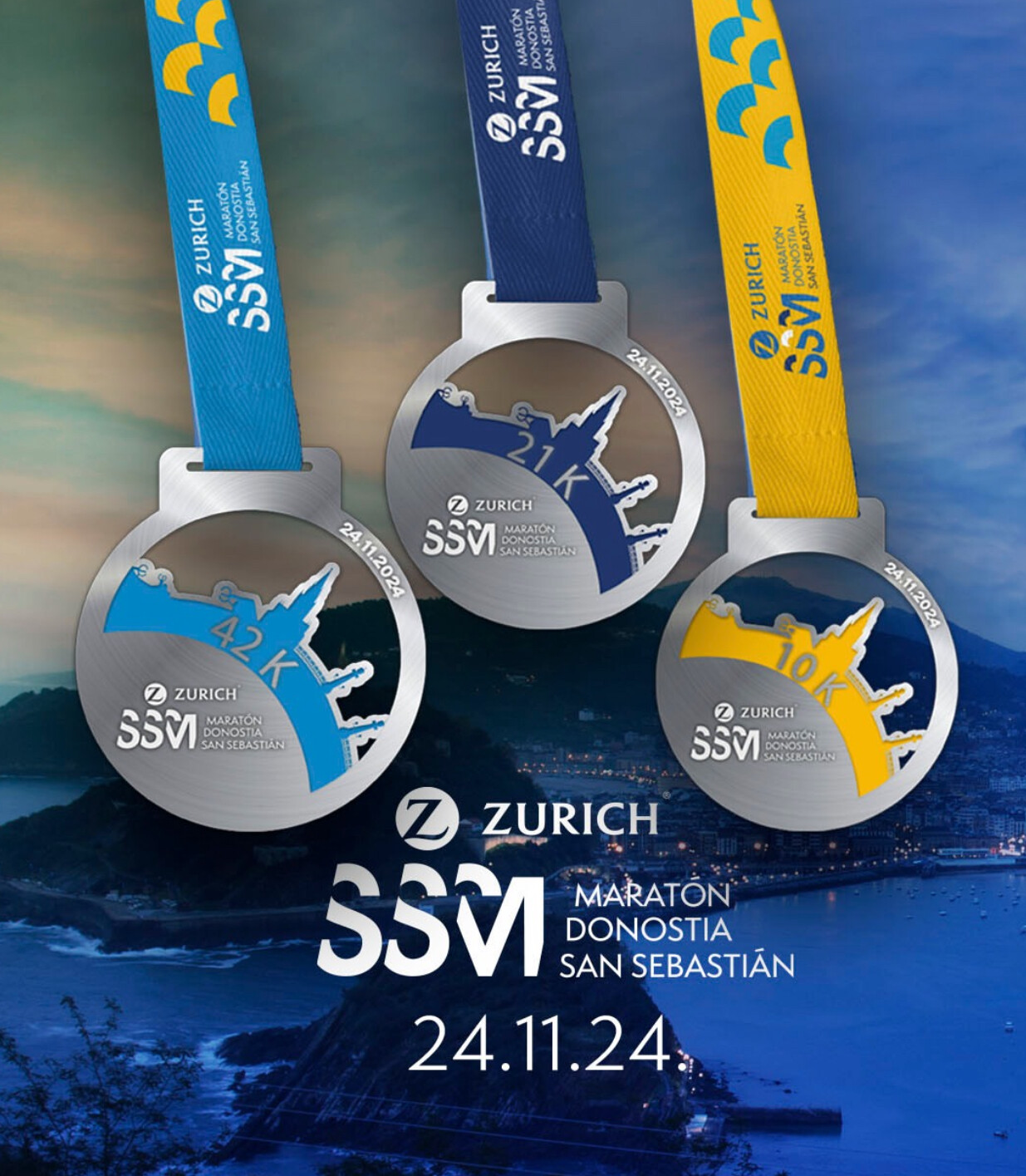
In the women’s race, Ethiopia’s Anchinalu Dessie Genaneh delivered a dominant performance, breaking the tape in 2:22:17. This victory further cemented Ethiopia’s success in Seville, with Dessie Genaneh holding off a strong international field.
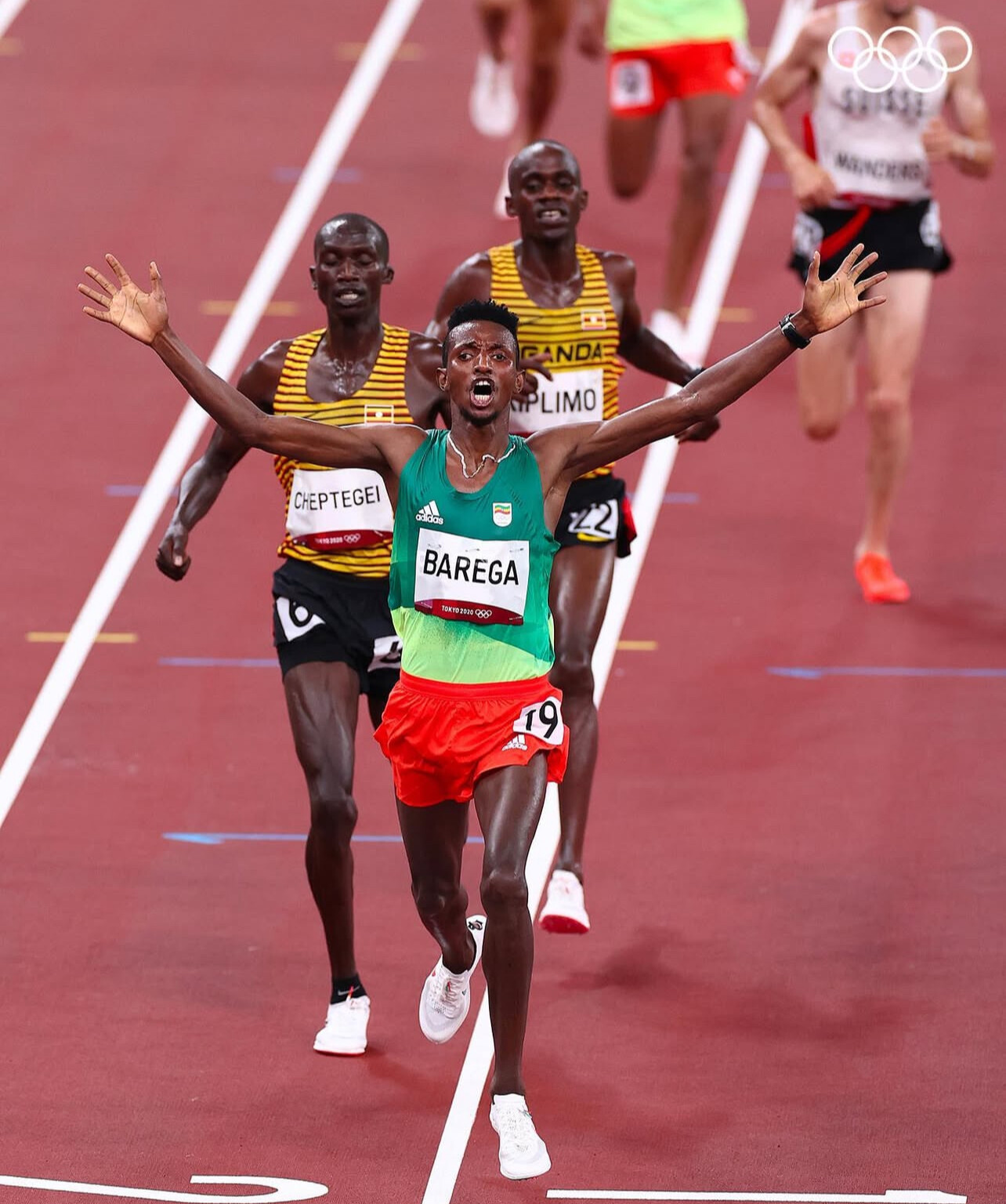
France’s rising star Manon Trapp took second place in 2:23:38, while Cynthia Chepchirchir Kosgei of Kenya secured third in 2:23:43.
Dessie Genaneh, already known for her strong half-marathon performances, proved she has the strength and speed to excel over the full 26.2 miles.
Selemon Barega: From Track Star to Marathoner
Born on January 20, 2000, in the Gurage Zone of Southern Ethiopia, Selemon Barega rose to prominence as a middle-distance prodigy. He clinched gold in the 5000 meters at the 2016 World U20 Championships and 3000 meters at the 2017 World U18 Championships.
In 2018, he set a world U20 record in the 5000 meters, clocking 12:43.02, one of the fastest times in history. His crowning achievement came at the 2020 Tokyo Olympics, where he won the 10,000 meters gold medal, solidifying his place among the sport’s elite.
Now, with a 2:05:13 marathon debut, Barega has proven that his talents extend far beyond the track. The running world will be watching closely as he targets future marathons and, possibly, world record attempts.
Record Participation and Global Appeal
The 2025 Zurich Maratón de Sevilla also witnessed record participation, with 14,000 runners from around the world lining up to tackle the fast, flat streets of Seville. Known for its ideal conditions and scenic course, the race continues to attract elite athletes and passionate amateurs alike.
With Selemon Barega’s stunning debut and Anchinalu Dessie Genaneh’s commanding victory, the 2025 Seville Marathon has once again proven itself as a stage for breakthrough performances. Both champions are now firmly on the radar as contenders for future World Marathon Majors and Olympic glory.
(02/23/2025) ⚡AMPby Boris Baron
Zurich Marathon Sevilla
This urban, flat, fast and beautiful brand new race course will drive athletes through the most beautiful monuments of the city. Zurich Maraton de Sevilla brings the unique opportunity to brake the Best personal result over the mythical distance to all the athletes, professional or age groupers, in one of the most perfect international marathon circuits. This fast marathon takes...
more...Stretch Your Way to Stronger, Injury-Free Running
Flexibility is a key component of staying injury-free and running strong. It refers to how much your muscles and soft tissues can stretch, and incorporating the right type of stretching at the right time can make a significant difference in your performance and recovery. Whether you’re gearing up for a run or winding down afterward, understanding how to stretch properly can help you move more efficiently and feel better overall.
Why Flexibility Matters for Runners
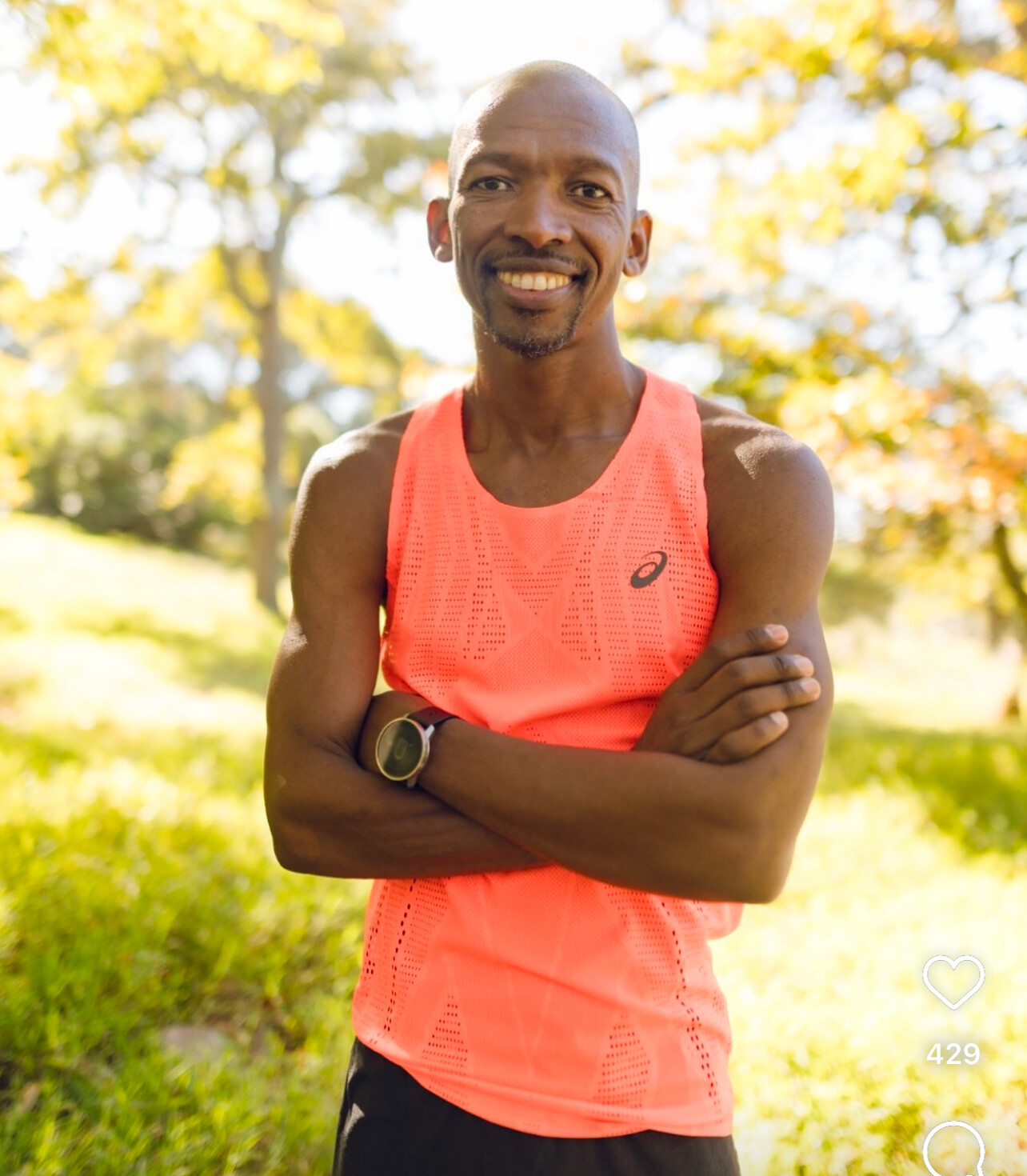
Running puts your muscles, tendons, and ligaments through repetitive stress, causing them to tighten over time. Without adequate flexibility, this tightness can lead to imbalances, inefficient running mechanics, and eventually, injuries. Stretching not only helps maintain the range of motion needed for an efficient stride but also improves circulation, enhances posture, and promotes quicker recovery.

But not all stretching is created equal. There are two primary types—dynamic and static—each with a specific purpose depending on when you stretch.
Two Types of Stretching: When and Why to Use Them
Dynamic Stretching: Pre-Run Prep
Dynamic stretching involves continuous movement through a full range of motion, mimicking the activity you’re about to do. Think of it as “waking up” your muscles, increasing blood flow, and priming your body for action.
Why it matters:
• Improves circulation and muscle elasticity
• Enhances running mechanics and posture
• Reduces the risk of injury by preparing muscles for impTry these dynamic stretches before your next run:
1. Leg Swings:Stand next to a wall for balance and swing one leg forward and backward in a controlled motion. Do 10-15 swings per leg.
2. High Knees:March or jog in place, lifting your knees to hip height. Aim for 30 seconds.
3. Walking Lunges:Step forward into a lunge, keeping your front knee aligned with your ankle. Alternate sides for 10-12 reps.
Static Stretching: Post-Run Recovery
Static stretching involves holding a position for 30 to 90 seconds, allowing your muscles to relax and lengthen. Since static stretching can temporarily reduce power and muscle strength, it’s best done after your run, when your goal is recovery rather than performance.
Why it matters:
• Reduces muscle tightness
• Promotes relaxation and recovery
• Enhances long-term flexibility
Add these static stretches to your cool-down:
1. Hamstring Stretch:Sit with one leg extended, the other foot against your inner thigh. Reach for your toes and hold for 30-60 seconds per side.
2. Calf Stretch:Stand facing a wall with one foot forward and the other extended behind you. Press your heel into the ground and hold for 30 seconds per leg.
3. Seated Forward Fold:Sit with both legs extended and reach toward your toes, keeping your back straight. Hold for 30-60 seconds.
Building Flexibility into Your Routine
Incorporating stretching into your routine doesn’t require a lot of time, but consistency is key. Try these tips to make flexibility training a habit:
• Pre-run:Spend 5-10 minutes on dynamic stretches to activate your muscles.
• Post-run:Dedicate another 5-10 minutes for static stretching to cool down and relax.
• Off days:Consider yoga or Pilates for an extra flexibility boost.
The Takeaway: Stretch Smart, Run Strong
Stretching isn’t just an add-on—it’s a vital part of staying strong, balanced, and injury-free. By using dynamic stretches to prepare your body for movement and static stretches to aid recovery, you’ll be better equipped to enjoy every run and keep pushing toward your goals.
Make flexibility a non-negotiable part of your training, and your body will thank you—mile after mile.
(02/23/2025) ⚡AMPby Boris Baron
How Long Should Your Longest Marathon Training Run Be?
Runners preparing for a marathon often ask, “How long should my longest training run be?” It’s a critical question, and the answer varies depending on the training philosophy you follow. Traditional plans, such as those from Hal Higdon and Jeff Galloway, typically suggest a peak long run of 20 miles, often done three to four weeks before race day. However, some, like Bob Anderson, founder of Runner’s World and My Best Runs, argue that pushing beyond 20 miles can better prepare the body and mind for the full 26.2-mile challenge.
Hal Higdon’s popular marathon training plans recommend a maximum long run of 20 miles, usually completed about three weeks before the race. Higdon believes this distance provides sufficient endurance while allowing adequate recovery. Similarly, Jeff Galloway, known for his run-walk-run method, suggests 20 miles as the peak long run, emphasizing injury prevention and recovery.
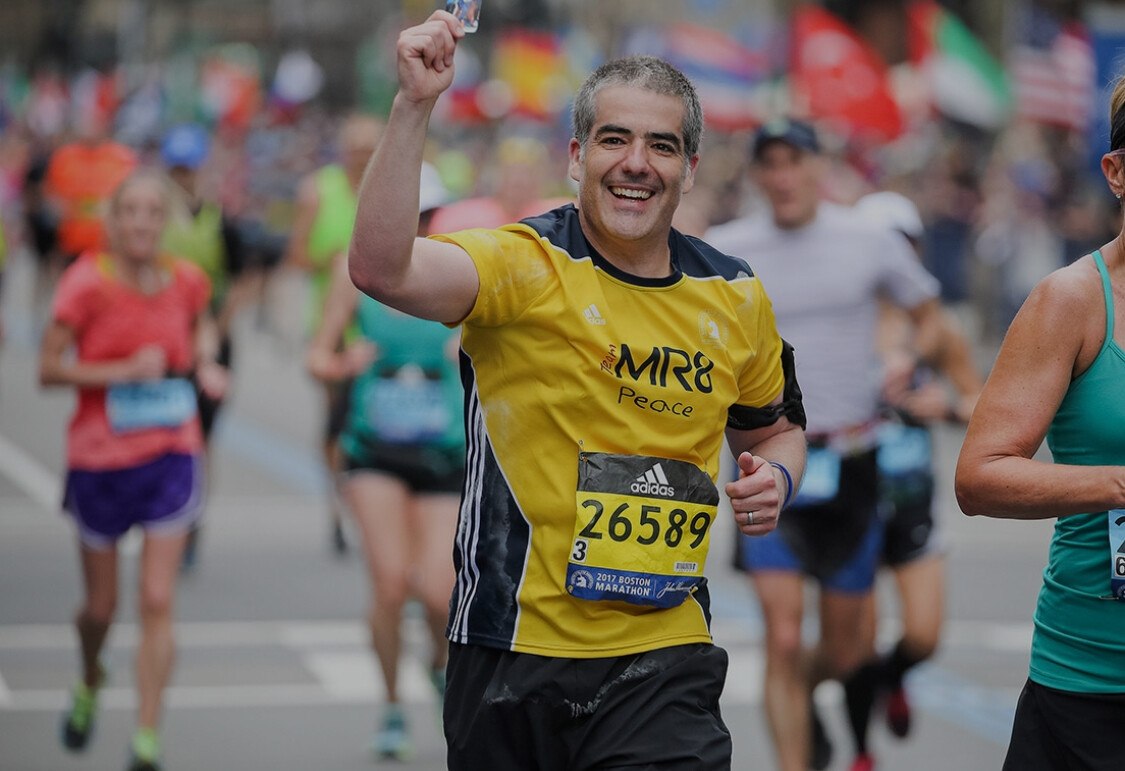
The reasoning behind stopping at 20 miles is that it’s far enough to build endurance but short enough to avoid excessive fatigue and potential injury. The final 6.2 miles, according to this approach, are covered by race-day adrenaline and the cumulative fitness gained throughout training.

Bob Anderson, who has run 11 marathons and countless other races, questions the wisdom of capping the long run at 20 miles. “Why not do 25 miles or even more so your body is not experiencing a new distance on race day?” he says. Anderson believes that extending the long run to 23, 25, or even 28 miles builds both physical and mental resilience, reducing the risk of hitting the infamous “wall.”

Anderson’s personal experience underscores his point. He ran the Boston Marathon in 3:32:17 at age 65 in 2013. In preparation, he completed one 23-mile training run but had planned to do another of at least 25 to 26 miles. “I had a 3:30 going but fell apart just before 25 miles,” Anderson recalls. “My worst mile was mile 26. I really think if I had gotten in a 25-26 mile training run, I would have clocked my goal of 3:30—but I will never know.”
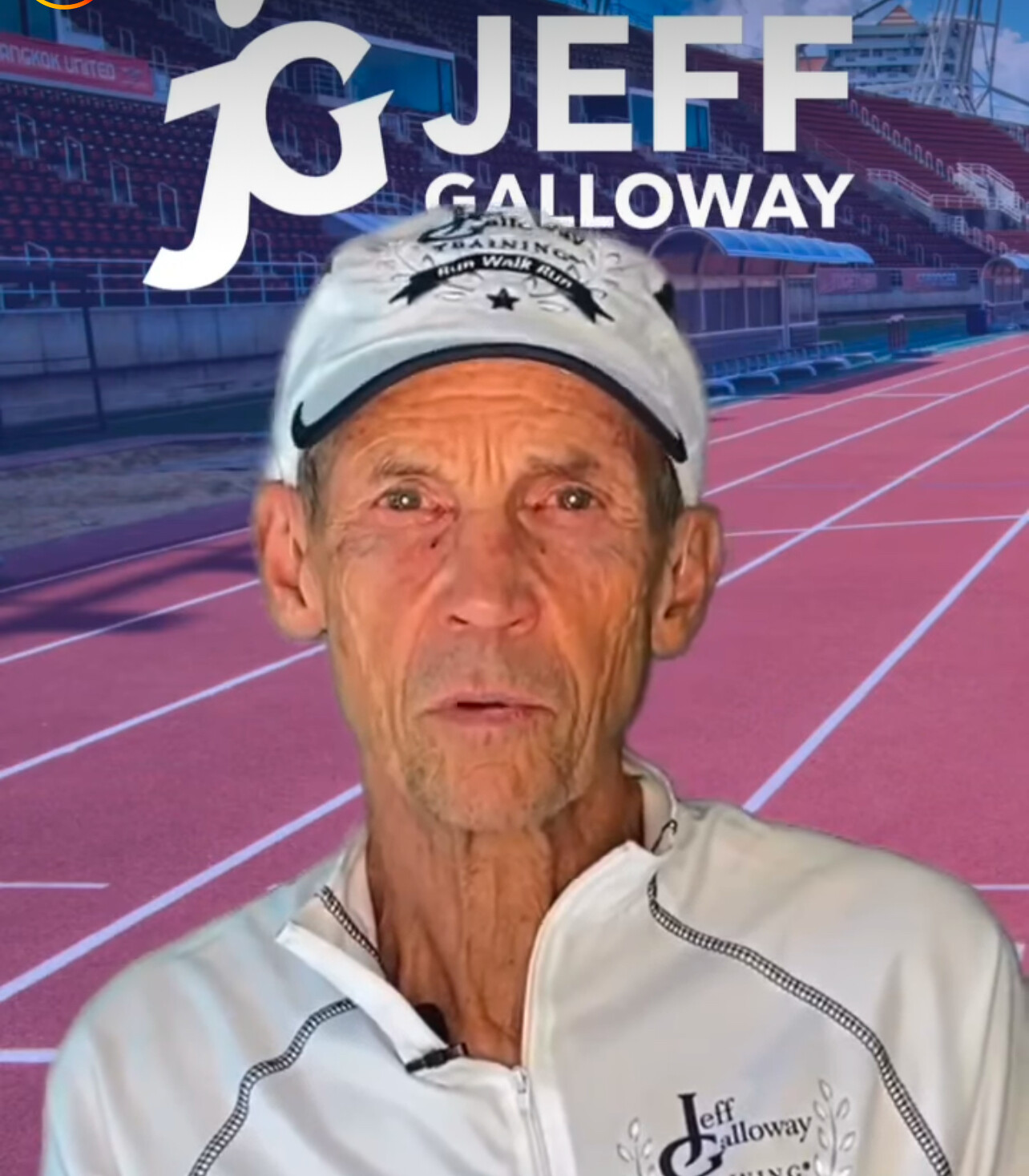
While pushing past 20 miles increases fatigue, Anderson suggests adjusting the pace—keeping these longer runs slower—and allowing ample recovery. He notes that elite runners often train beyond marathon distance, albeit at an easy effort, to condition their bodies for race day.

So, what’s the right approach for you? It depends on your experience level, injury history, and goals. Beginner runners might find the 20-mile limit safest, while intermediate runners could benefit from extending to 22-23 miles. Experienced runners, like Anderson, may find 25 miles provides the conditioning needed to succeed on race day.

Regardless of the distance, the longest training run should be completed three to four weeks before the marathon. This timing allows your body to recover, adapt, and peak for race day without excessive fatigue.
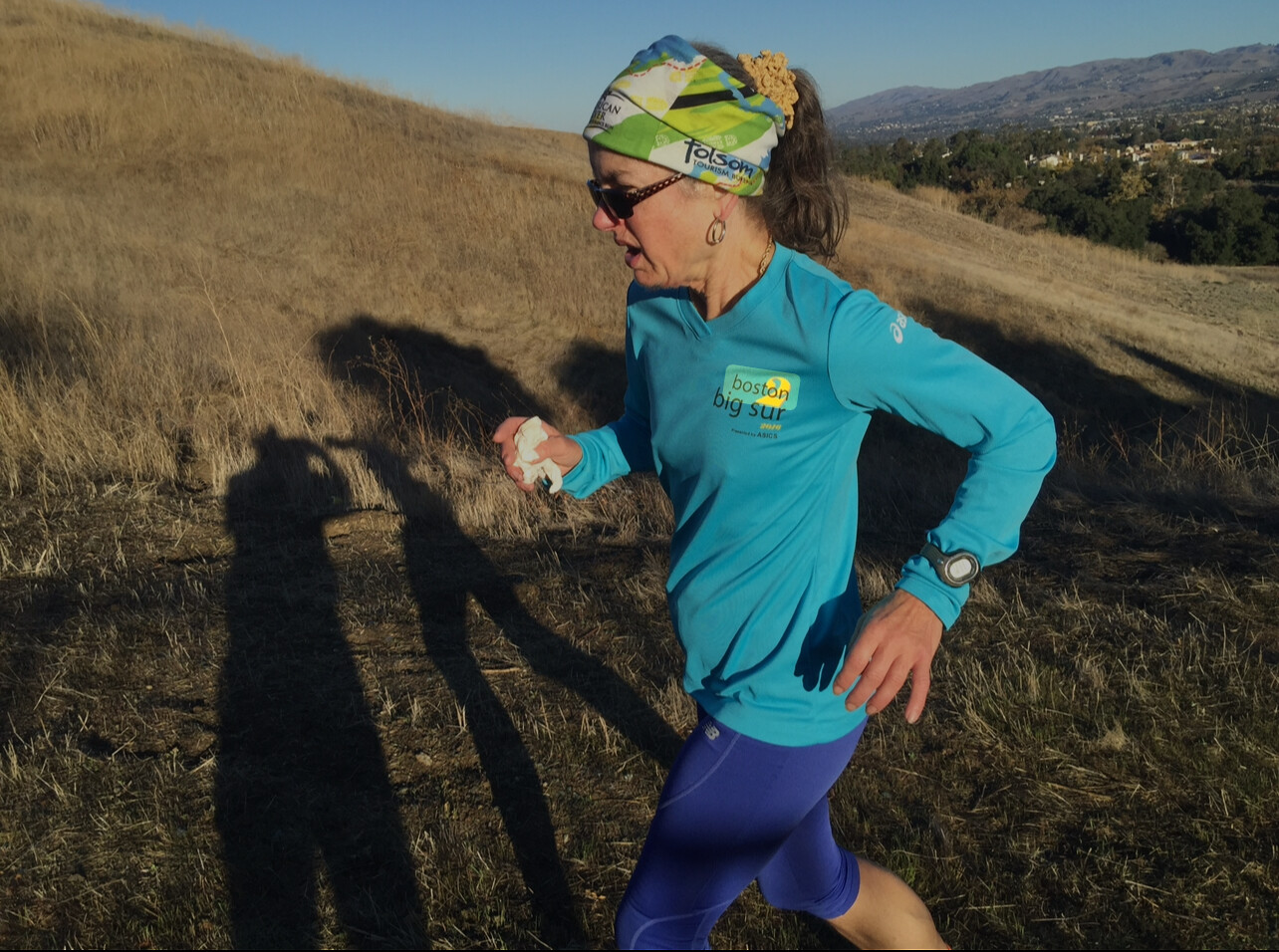
There is no one-size-fits-all answer to how long your longest marathon training run should be. The traditional 20-mile approach works for many, but some runners may benefit from longer runs. Ultimately, listen to your body, consider your goals, and choose a plan that builds confidence while minimizing injury risk.
On race day, the goal is to feel prepared, strong, and ready to tackle the distance—whether you stopped at 20 miles in training or went the extra five.
(02/21/2025) ⚡AMPby Boris Baron
Tokyo Marathon 2025 Elite Runners Set for Epic Battle in the Streets of Japan’s Capital
The Tokyo Marathon 2025, set for Sunday, March 2, promises to be a thrilling contest as some of the world’s fastest distance runners converge on one of the flattest and fastest courses in the marathon circuit. As the opening race of the expanded Abbott World Marathon Majors series, now featuring seven races with the addition of the Sydney Marathon, Tokyo will set the tone for the global marathon season.
The men’s field features a star-studded lineup, headlined by Benson Kipruto of Kenya, who returns to defend his title after setting a Japanese all-comers record of 2:02:16 last year. Kipruto, known for his tactical racing style and strong finishing kick, will face fierce competition from Uganda’s Joshua Cheptegei, the world record holder in the 5000m and 10000m. Cheptegei’s marathon debut has generated significant buzz, as he transitions from dominating the track to testing his endurance over 42.195 kilometers. Ethiopia’s Deresa Geleta, who clocked an impressive 2:02:38 in Valencia last year, is another serious contender. Meanwhile, Japan’s Akira Akasaki and Yohei Ikeda, both fresh from breakthrough performances in 2024, will look to shine on home soil and challenge the international elites.
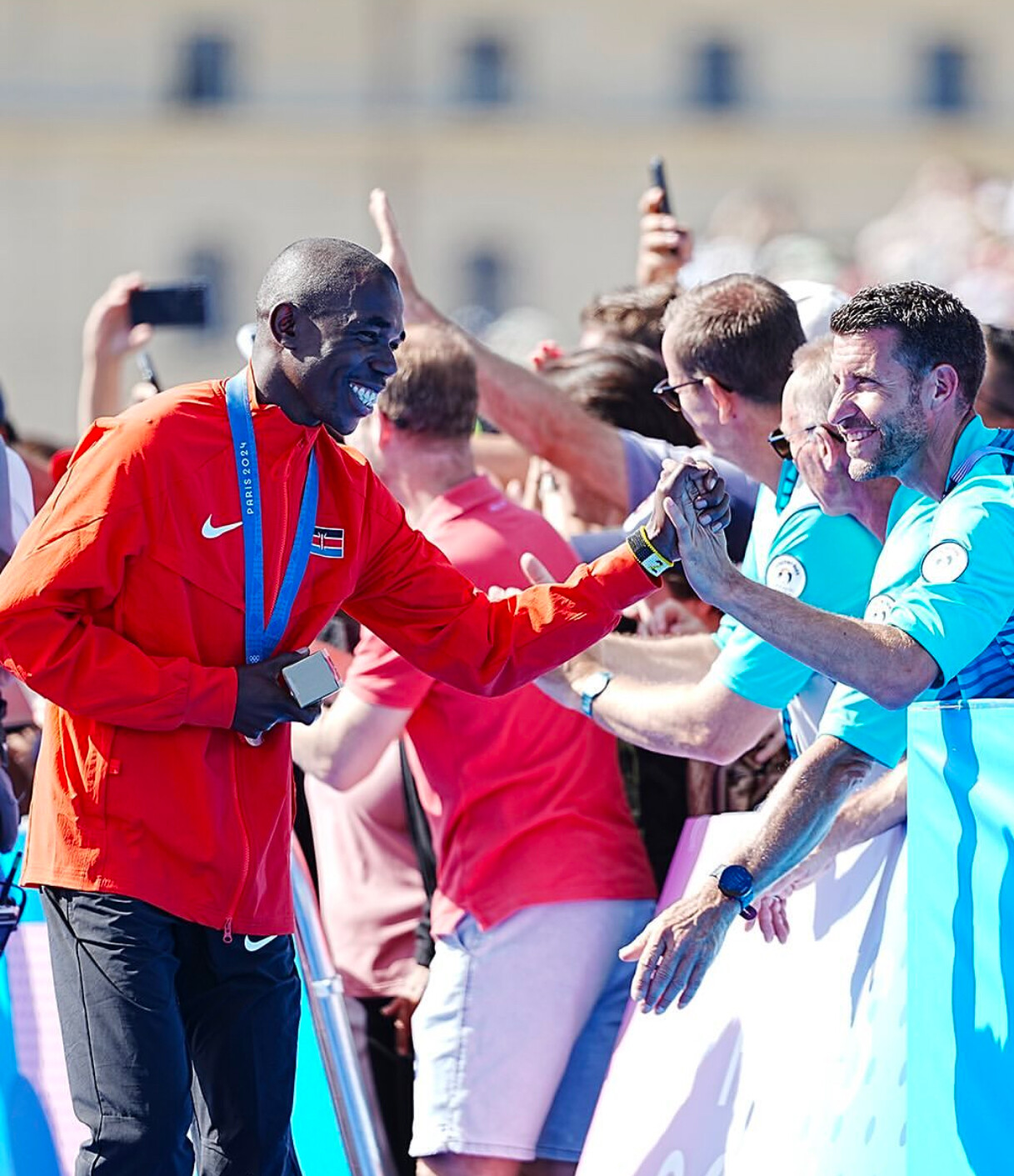
On the women’s side, Ethiopia’s Sutume Asefa Kebede returns after her dominant win in Tokyo last year, where she clocked 2:15:55—the fastest time ever run on Japanese soil. She’ll face stiff competition from Kenya’s Rosemary Wanjiru, the 2023 Tokyo Marathon champion, and Brigid Kosgei, the former world record holder and 2022 Tokyo winner. Ethiopia’s rising stars Tigist Ketema, who claimed victory in Berlin last fall, and Hawi Feysa, winner of the Frankfurt Marathon, add further intrigue to an already stacked field. Japan’s Ai Hosoda, with a personal best of 2:20:31 from Berlin, and Yuka Ando, the 2024 Nagoya Women’s Marathon champion, will be eager to make an impact in front of their home crowd.
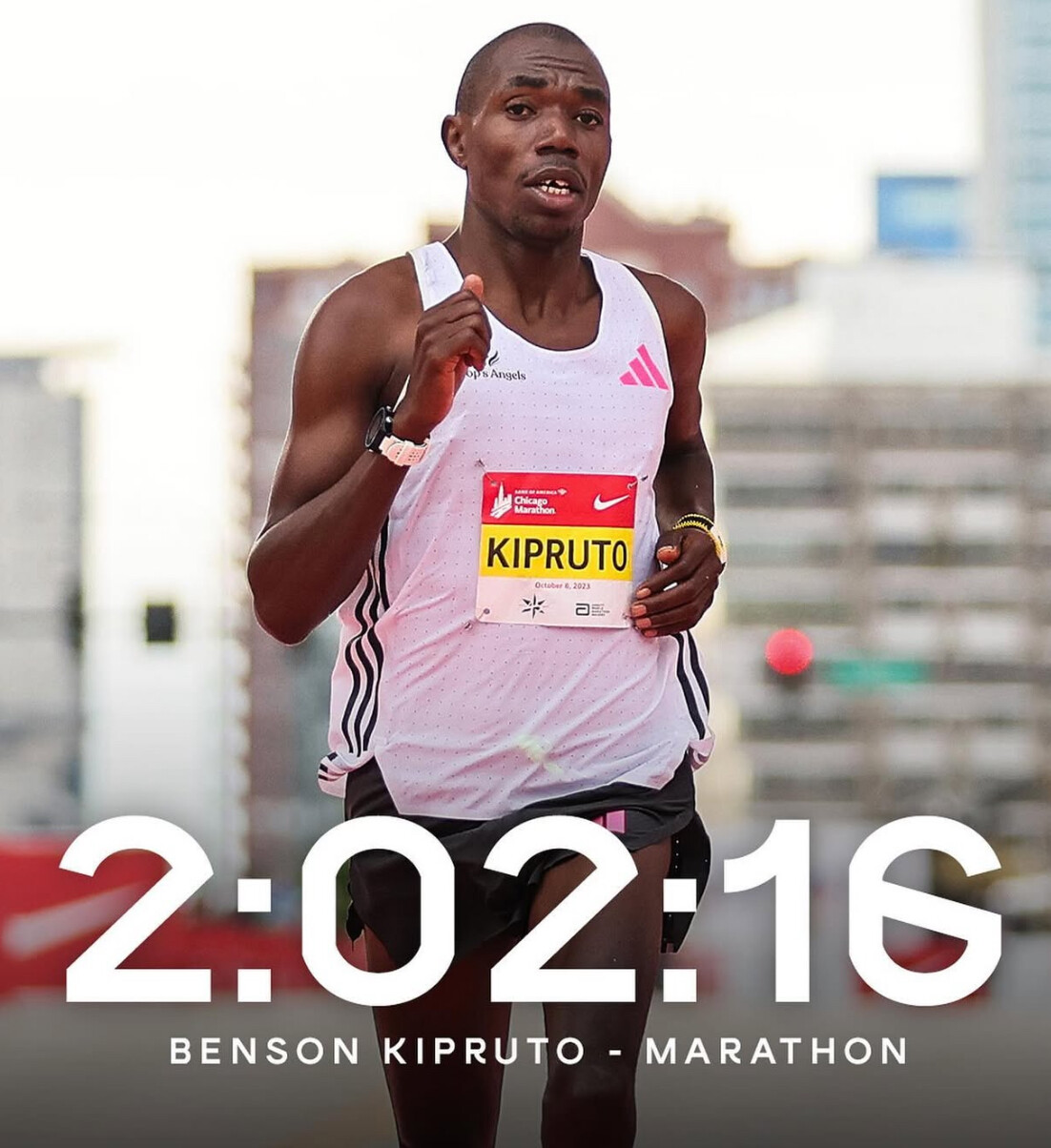
The Tokyo Marathon course offers a scenic and historically rich route through the heart of Japan’s capital. Starting at the towering Tokyo Metropolitan Government Building in Shinjuku, runners will weave through iconic districts such as Asakusa, Ginza, and Ueno. The course includes long, flat stretches with minimal turns, creating ideal conditions for fast times. The final kilometers will lead runners past Tokyo Tower and along the Imperial Palace moat, culminating near Tokyo Station on Gyoko-dori Avenue. Known for its efficiency and vibrant atmosphere, Tokyo’s marathon route consistently attracts runners chasing personal bests and national records.
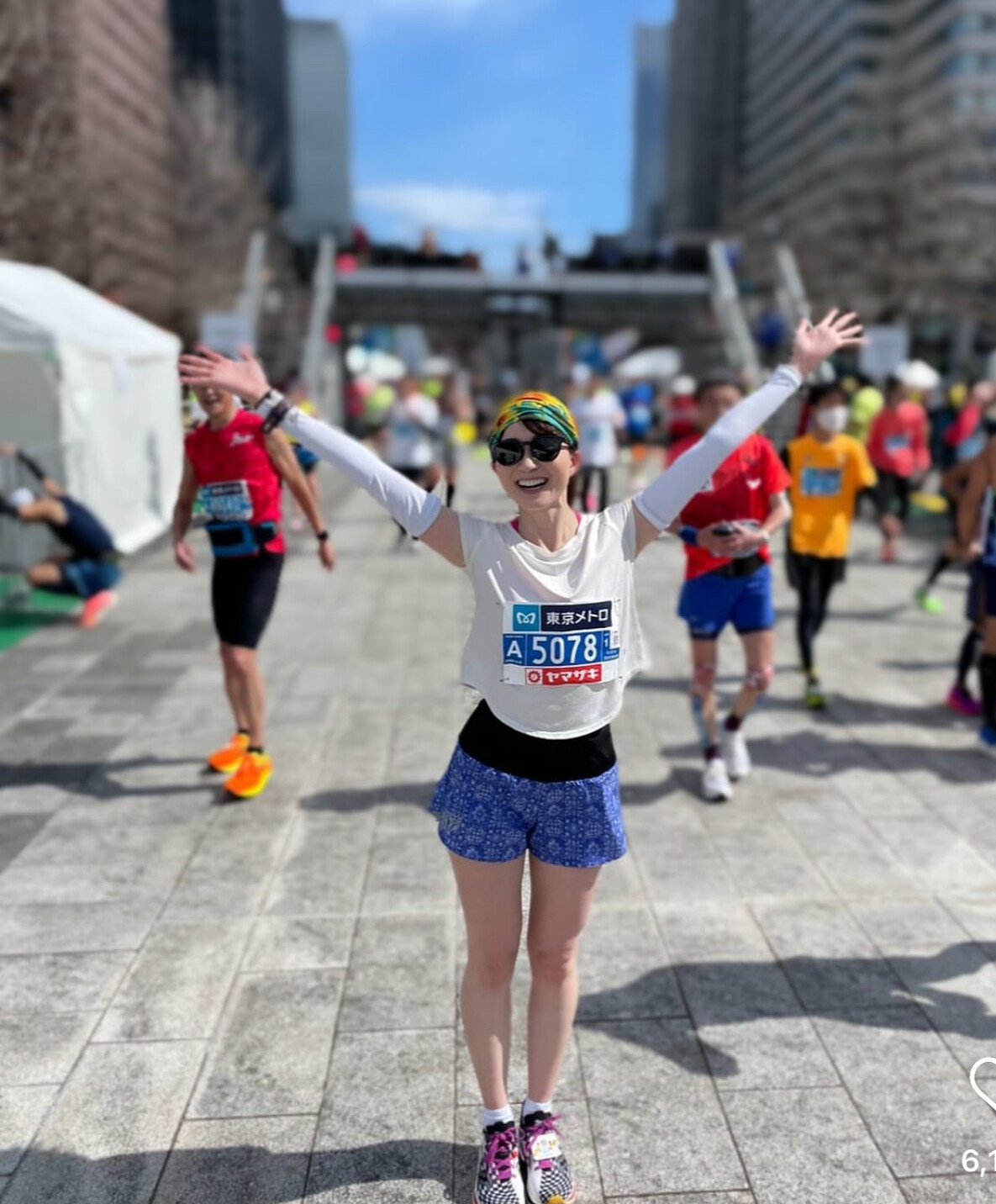
While the official prize structure for the 2025 edition has not yet been announced, historical trends suggest a total purse of around 40.3 million Japanese Yen (approximately $286,000 USD). Both the men’s and women’s champions are expected to earn 11 million Yen each (approximately $78,100 USD), with additional payouts for podium finishes and record-breaking performances. Special awards will also be presented to top finishers in the semi-elite and university-affiliated categories, ensuring a broad distribution of recognition across all competitive levels.

Beyond the competition itself, the Tokyo Marathon is known for its electric atmosphere and world-class organization. Thousands of volunteers and enthusiastic spectators line the streets, while the pre-race expo offers participants and visitors a chance to engage with brands, explore new running gear, and celebrate the spirit of the sport. The race also continues its commitment to sustainability and inclusivity, with initiatives aimed at reducing environmental impact and promoting running as a global community sport.

As the countdown to race day continues, all eyes will be on Tokyo to see who emerges victorious in what promises to be an unforgettable showdown of endurance, strategy, and speed. For elite runners, Tokyo offers not just a chance to claim victory but to set the tone for the year ahead in the ever-competitive world of distance running.

by Boris Baron
Tokyo Marathon
The Tokyo Marathon is a world-renowned annual marathon held in Tokyo, Japan. As one of the prestigious Abbott World Marathon Majors, it attracts elite and amateur runners from around the globe. The race holds World Athletics Platinum Label status, recognizing its high competitive standards, top-tier organization, and international appeal. Sponsored by Tokyo Metro, the Tokyo Marathon has grown into one...
more...Exploring Different types of running and what is the best
The route you choose can make or break a run It can turn an ordinary workout into an adventure or leave you counting down the miles wishing it was over Over the years I’ve tackled just about every type of running route imaginable and I’ve realized that the layout of a run matters just as much as your shoes pace or playlist
This list focuses on the structure of the route itself not specific training methods like intervals tempo runs or fartleks It’s also not about surfaces so no debate here between grass sand pavement or trails And I’m not talking about hill work altitude training or anything else that complicates the joy of simply lacing up and heading out This is about the route you choose and how it shapes the overall experience
1 Point to Point The Ultimate Running Adventure (first photo with JR after our Coupa run)
Without a doubt point to point runs are my favorite There’s something satisfying about starting in one place and finishing somewhere completely different It turns a workout into a journey you’re not just running in circles you’re actually getting somewhere
There are really two ways to approach a point to point run Either you start at home and run to a destination or you get dropped off and run back home I enjoy both depending on the day and the logistics
One of my favorite routes back home in California is running from my house in Los Altos to the Coupa Café on the Stanford campus It’s about 7.2 miles but I almost always stop after 10k or sometimes even sooner and walk the last mile to the café. It's a great way to cool down before sitting down for coffee My wife Catherine often picks me up afterward or sometimes I arrange for a Uber to pick us up.
While in Portugal my go to point to point is running from our little village of Monforte da Beira over to the next village It’s a beautiful 12k or 74 miles and I often run it on Saturday and then walk it with some of our team on Sunday We always end up at a small café where we enjoy coffee water and maybe a little Portuguese pastry
Point to point courses also make for great races Take the Boston Marathon for example You take a bus to Hopkinton and run your way back into the heart of Boston Or the Fontana Half Marathon where you catch an early morning bus up the hill and run all the way back down
2 Loop A Run That Comes Full Circle
Loops come in second for me and for good reason You start and finish at the same spot without the boredom of retracing your steps If you pick the right route you get variety different scenery changing terrain and a clear sense of progress A well planned loop gives you the satisfaction of completion without the mental hurdle of knowing you’ll have to turn around and run everything in reverse
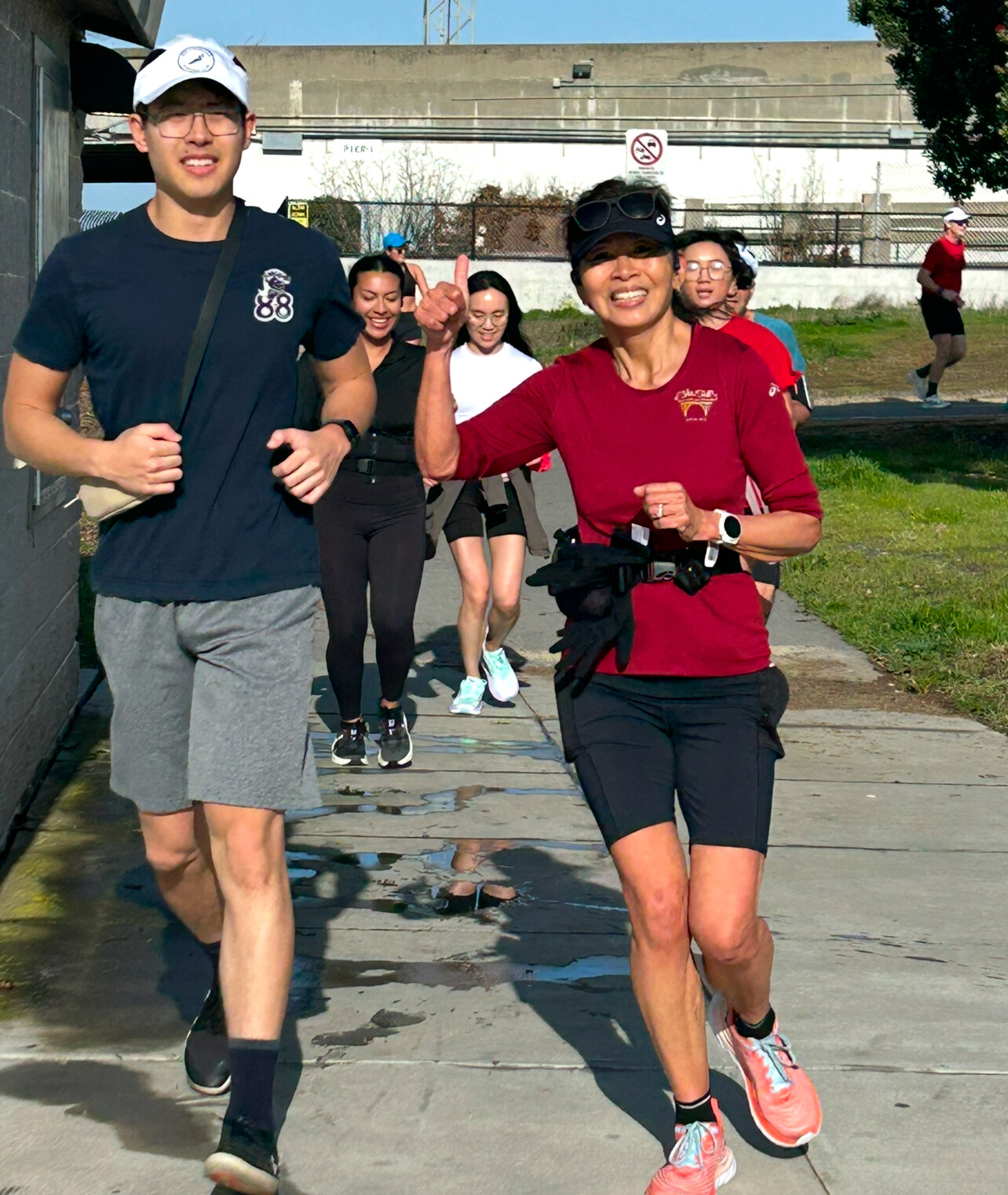
3 Out and Back Reliable and Straightforward (second photo 5.7 mile run with club)
Out and back runs are the workhorses of training I’ve done countless miles this way because they’re easy to plan and execute Pick a spot run halfway turn around and head home There’s a mental boost when you hit the turnaround you’re officially on the way back It might not be as exciting as point to point or a loop but it’s practical and sometimes that’s all you need
4 Laps Consistency with a Side of Speed (third photo doing intervals at Foothill College)
Lap running comes in fourth mostly because it’s more about training than adventure Most of my lap runs happen on a track but I’ve also done them around city blocks or larger circuits Laps are perfect for progressive runs where you pick up the pace with each loop The beauty here is certainty you know exactly how far you’re going even without a GPS watch It’s also great for mental toughness There’s something about pushing through lap after lap that builds resilience

5 Treadmill The Last Resort
Technically treadmill running isn’t a route but it’s a type of running worth mentioning It’s my least favorite but I can’t deny it has its place I’ve probably only logged ten treadmill runs in my life and I’ve never quite mastered the form I always find myself gripping the side rails to keep balance That said I do remember one treadmill session in Quebec City It was freezing outside with four feet of snow so I hit the hotel gym and hammered out ten miles at a 620 per mile pace holding the railing the whole way It was my best treadmill experience but in general I’ll take the open road any day
In the end every type of running has its place Some days you need the adventure of a point to point run Other days a simple out and back gets the job done Whatever the route the key is finding joy in the miles After all the best run isn’t just about pace or distance it’s about how the journey makes you feel And if that journey ends with a good coffee and great conversation even better
(02/21/2025) ⚡AMPby Bob Anderson
Rock ‘n’ Roll Las Vegas Racing Under the Neon Lights
Running a race is always exhilarating, but doing it under the dazzling lights of the Las Vegas Strip takes the experience to a whole new level. The Rock ‘n’ Roll Las Vegas Marathon, Half Marathon, 10K, and 5K offer participants a one-of-a-kind opportunity to run the world’s most famous boulevard at night, transforming an ordinary race into an unforgettable party on foot.
The course itself is as iconic as the city it winds through. Runners start their journey near the Las Vegas Festival Grounds, heading straight into the heart of the Strip. As the sun sets and the city lights flicker on, the real magic begins. Participants glide past legendary landmarks like the Bellagio fountains, the Eiffel Tower at Paris Las Vegas, and the Stratosphere, all while the vibrant energy of the city pulses around them.
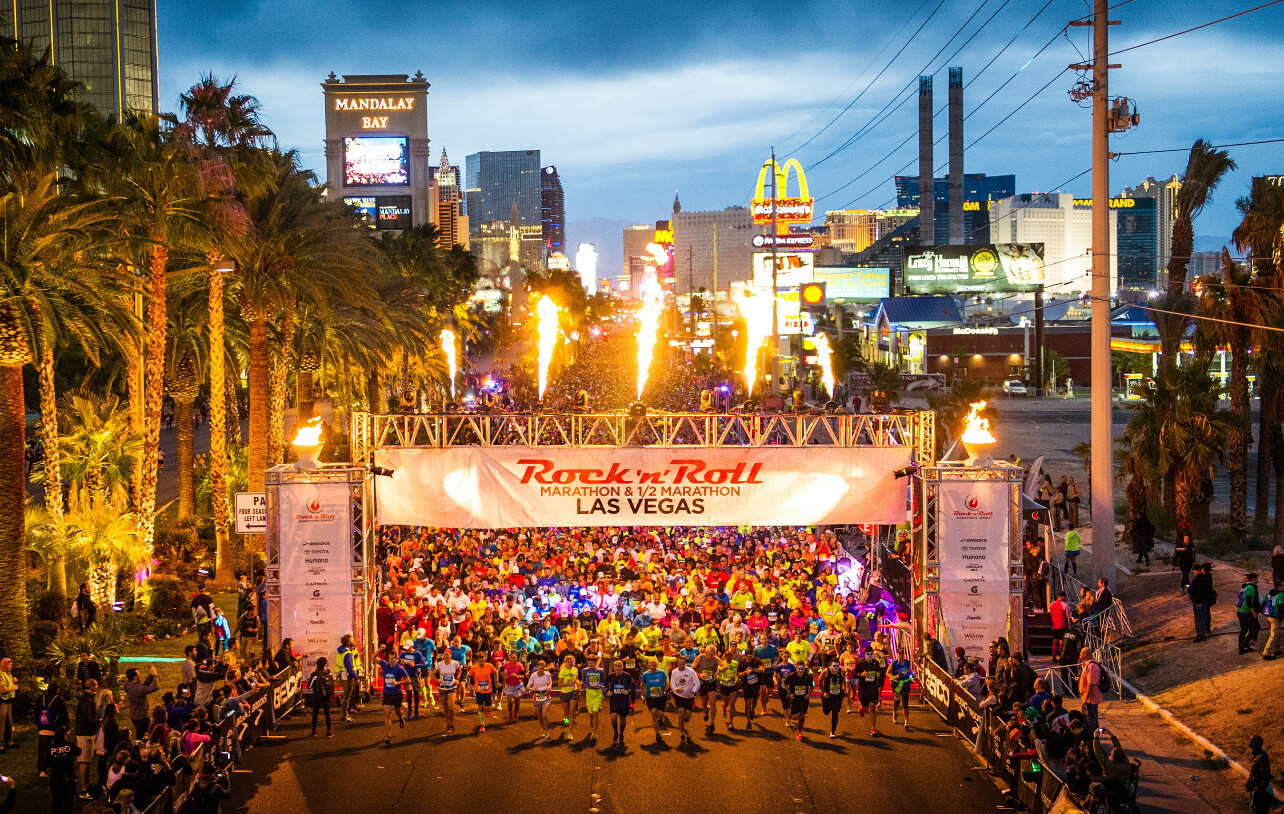
Live music stages, energetic cheer zones, and DJs are scattered throughout the course, making sure runners stay motivated and entertained every step of the way. The combination of pounding feet, flashing lights, and pumping beats creates an electric atmosphere unlike any other race.
What truly sets the Rock ‘n’ Roll Las Vegas race apart is its nighttime start. The half marathon and marathon typically kick off after sunset, allowing runners to experience the Strip when it’s most alive. The cool desert air, combined with the glow of neon lights, makes for perfect running conditions. It’s not just a race—it’s an event, a celebration, and an adventure rolled into one.
For many, the highlight comes as they approach the final miles, with the bright lights of the Strip illuminating the path to the finish line. Crossing the finish near the iconic Mirage or Venetian resorts, runners are greeted by cheering crowds, pumping music, and the satisfaction of completing a bucket-list race.
After the race, the celebration continues. Participants can enjoy post-race festivities, indulge in world-class dining, or simply soak in the electric atmosphere of the city. Whether you’re running for a personal best, for fun, or for the experience, the Rock ‘n’ Roll Las Vegas Marathon delivers a night to remember.
In Las Vegas, the city that never sleeps, neither do the runners. And when you’re racing down the Strip, surrounded by lights, music, and energy, you’ll understand why this race is a must-do for runners around the world.
(02/20/2025) ⚡AMPby Boris Baron
Rock 'n' Roll Las Vegas
Run the Strip at night in Vegas. The half marathon course is as flat and festive as they come – perfect for runners and walkers of all ability levels....
more...Is It the Shoes? 9 Days, 5 Men, 7 World Records
Over nine days, five men shattered seven world records, leaving me, like many others in the running world, asking one question: Is it the shoes? Or are we witnessing a new era of human performance, fueled by relentless training, cutting-edge technology, and perfect conditions?
It all started on February 8 at the Millrose Games. Grant Fisher kicked things off with an incredible 7:22.91 in the men's indoor 3000m, smashing the previous world record. His smooth stride and smart pacing made it look almost easy. I couldn't help but wonder if this was just the beginning. Sure enough, Yared Nuguse followed with a stunning 3:46.63 in the men's indoor mile.

Five days later, Jakob Ingebrigtsen took things to another level in Liévin, France. He ran the mile in 3:45.14, breaking Nuguse’s fresh record. What really blew my mind was his 1500m split—3:29.63, another world record on the way to the mile finish. I’ve watched Jakob race for years, but this performance had me thinking: Are we witnessing the best miler of all time in his prime?
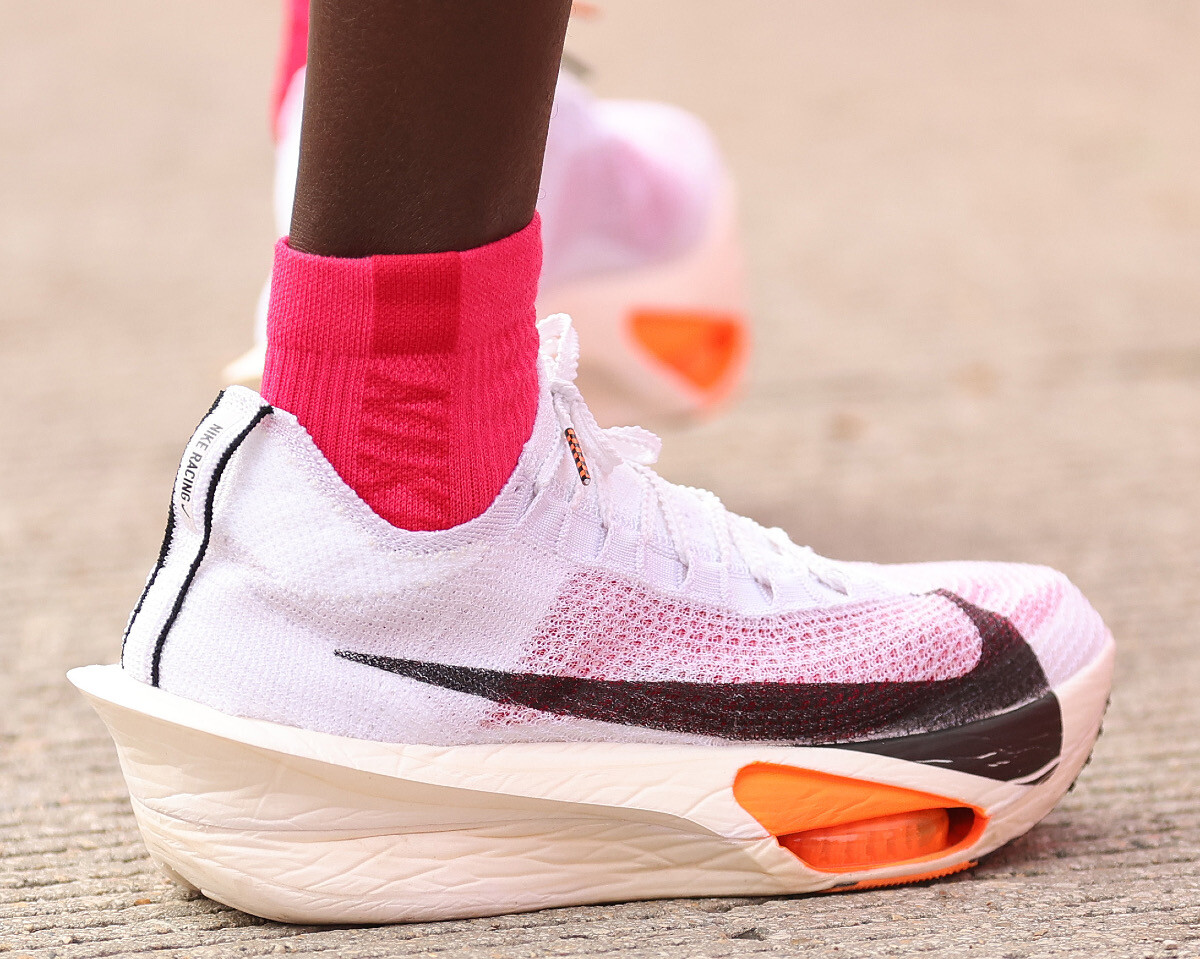
Then came Valentine's Day, and Grant Fisher was back at it. This time, he broke the men's indoor 5000m record in Boston, clocking an astonishing 12:44.09. Sub-60-second laps, one after another.

Just when I thought the wave of records might slow down, February 16 brought two more amazing performances. In Kobe, Japan, Toshikazu Yamanishi stormed to a 1:16:10 finish in the men's 20km race walk. Meanwhile, in Barcelona, Jacob Kiplimo made history in the half marathon, blazing to a 56:42 finish. I've followed Kiplimo's career closely, but this performance truly cemented his status as one of the greatest distance runners ever.
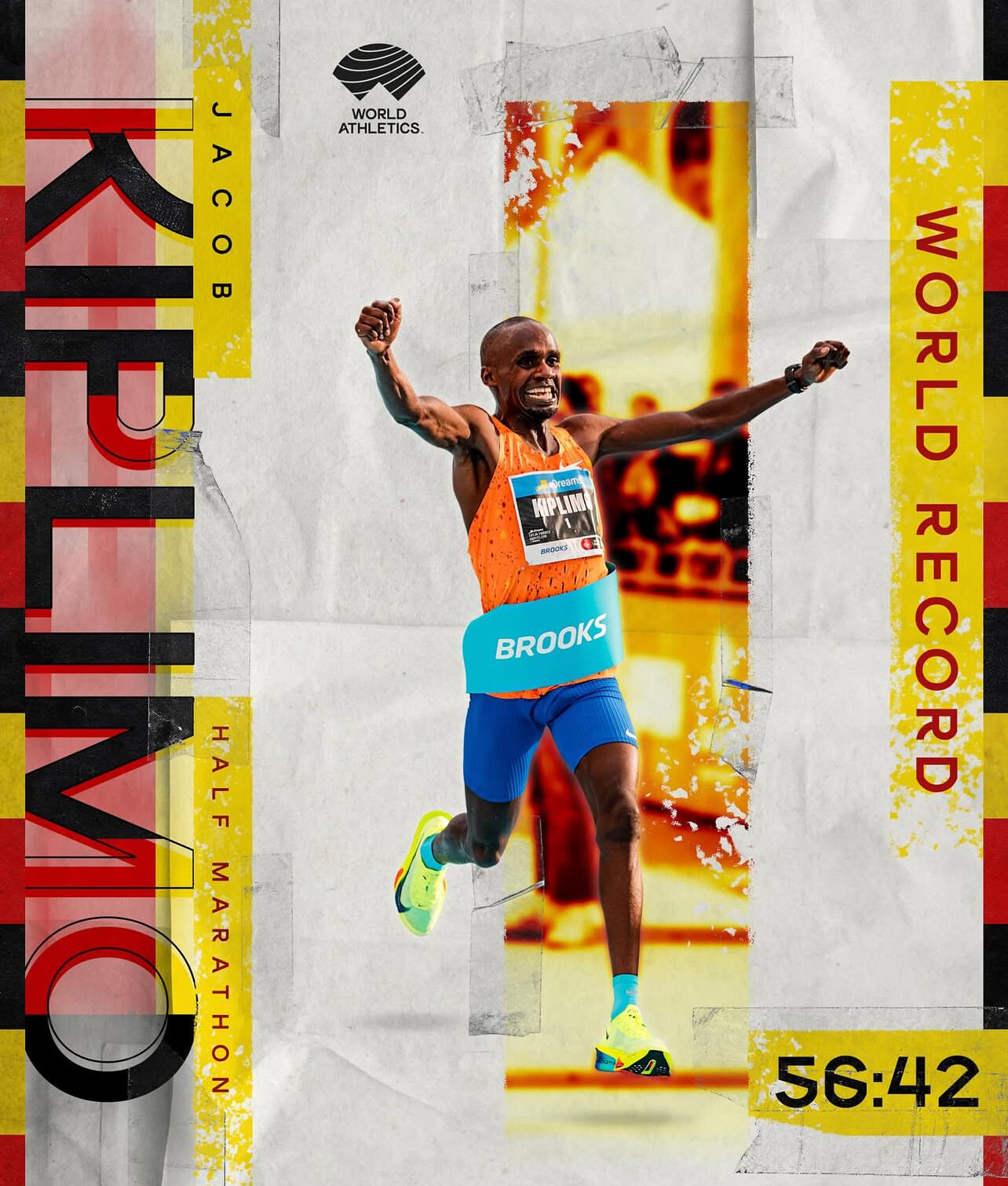
Naturally, everyone started talking about the shoes. Were they the secret behind these incredible performances? I looked into what each athlete was wearing. Grant Fisher and Yared Nuguse were both racing in the Nike Dragonfly spikes, known for their Pebax plate and ZoomX foam, delivering maximum energy return for middle and long distances. Jakob Ingebrigtsen was laced up in the Nike Air Zoom Victory, a lightweight spike built for efficiency. Yamanishi likely wore ASICS race walking shoes, designed for stability and flexibility. And Kiplimo? He was flying in the Nike Vaporfly Next% 3, the go-to choice for elite road runners chasing fast times.

So, is it the shoes? All have been approved by World Athletics. It’s tempting to think so, but I believe the reality is more complex. Yes, today's super shoes, with their carbon plates, advanced foams, and featherlight builds, undoubtedly contribute. But I've been around this sport long enough to know that technology alone doesn’t break records. The foundation is still the same—grueling training, meticulous race preparation, and sheer determination.
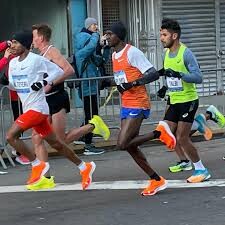
Nine days. Five men. Seven world records. Whether it’s the shoes, the training, or a perfect storm of conditions, one thing is clear: the boundaries of human performance continue to be pushed. As someone who’s watched this sport evolve for decades, I can’t help but feel fortunate to witness history in the making.
A friend, Gary Rush summed it up so well, "I grew up in the early eighties of running, and my guess is with all of the GPS watches, gels, nutrition drinks, scientific training, analysis, Max VO2 tests, and likely more frequent training and recovery because of the Super Shoes, will give us insane results day by day...But, that 2:09 for a women's marathon must be even better historically than the first 4 minute mile,"
(02/19/2025) ⚡AMPby Bob Anderson
Carlos Lopes: The Endurance Icon Who Redefined Distance Running
Happy 78th birthday to Carlos Lopes, one of the greatest athletes in Portuguese history. From humble beginnings, Lopes defied the odds to become an Olympic champion and world-record holder, leaving an indelible mark on long-distance running.
Born in 1947 in Viseu, Portugal, Carlos Lopes did not follow the typical path of early athletic stardom. Unlike many top runners who emerge in their teenage years, Lopes only took up competitive athletics at the age of 20. It wasn’t until he was 29 that he secured a scholarship, finally allowing him to dedicate himself fully to the sport. Despite this late start, his remarkable work ethic and natural endurance set him apart.
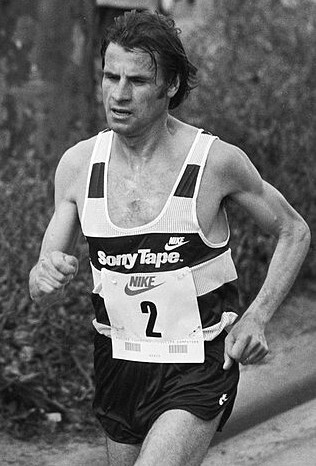
Lopes' tactical intelligence and diesel-like endurance made him a formidable force in cross-country running. He achieved unparalleled success in this discipline, winning three World Cross Country Championships in 1976, 1984, and 1985. His consistency also earned him two silver medals in 1977 and 1983, solidifying his status as one of the best cross-country runners of his generation.
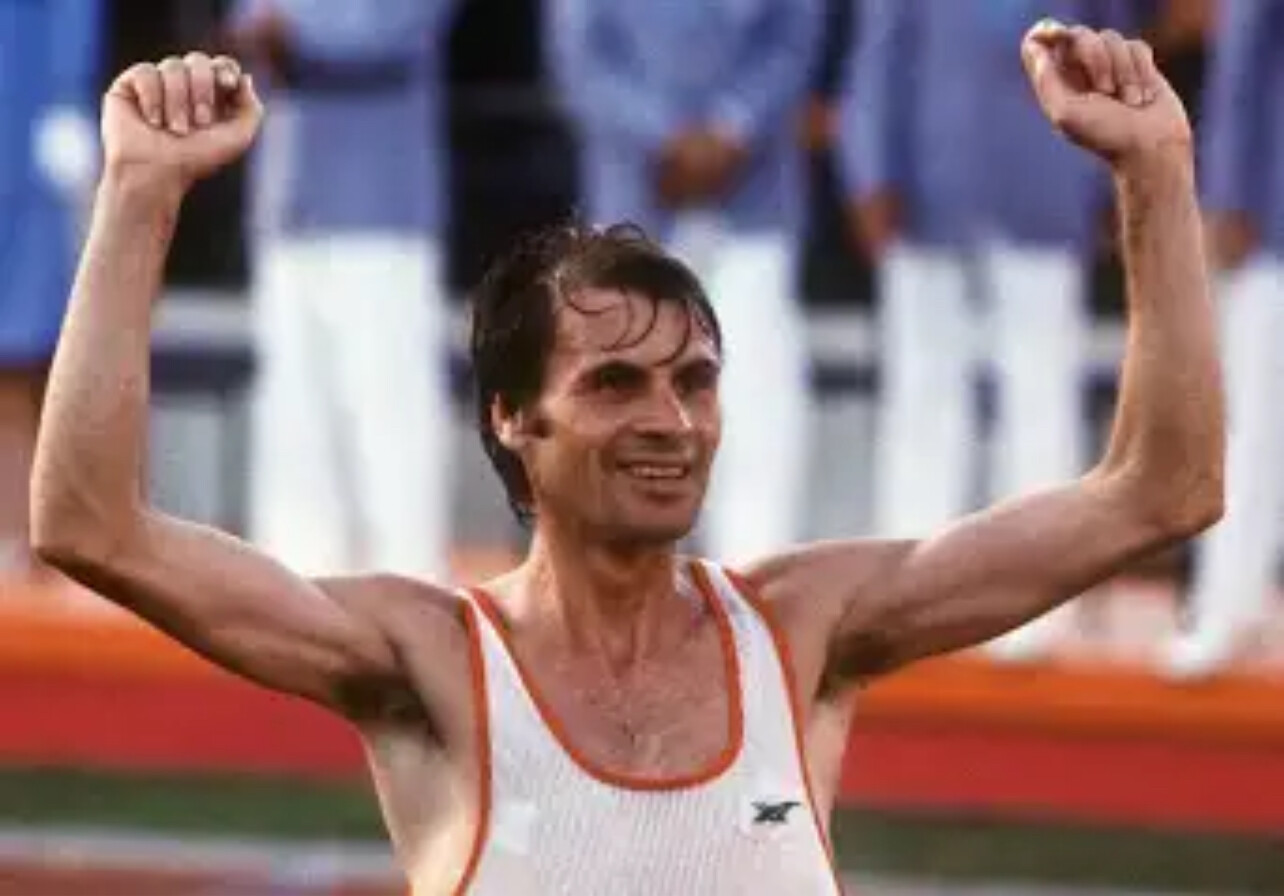
Lopes first made his mark on the Olympic stage in the 1976 Montreal Olympics, where he claimed the silver medal in the 10,000 meters. Eight years later, at the 1984 Los Angeles Olympics, he cemented his legacy by winning the marathon gold medal at the age of 37, setting an Olympic record of 2:09:21. His time stood as the Olympic best for an astonishing 24 years until it was finally broken by Samuel Wanjiru in 2008.
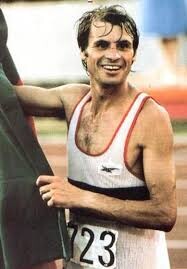
Even as he entered his mid-to-late 30s, Lopes continued to set new standards for long-distance running. At the age of 35, he broke the European record in the 10,000 meters, clocking an impressive 27:24.39. At 38 years old, he achieved the pinnacle of his career by setting a new world record in the marathon (2:07:12), proving that age was no barrier to excellence.
Carlos Lopes remains an inspiration to runners worldwide. His journey from late starter to Olympic champion, his dominance in cross-country, and his record-breaking performances well into his late 30s highlight the power of perseverance, strategy, and raw endurance. His impact on Portuguese athletics is immeasurable, and his achievements continue to serve as motivation for generations of aspiring athletes.
As he celebrates his 78th birthday, we honor a true legend who showed that dedication and resilience can lead to greatness, no matter when the journey begins.
(02/18/2025) ⚡AMPby Boris Baron
Thrilling Showdown Awaits at the 2025 United Airlines NYC Half Marathon
The 2025 United Airlines NYC Half Marathon is set to captivate runners and spectators alike on Sunday, March 16, 5, starting at 7:30 a.m. This year's race introduces a historic course alteration, featuring the Brooklyn Bridge for the first time, replacing the Manhattan Bridge due to ongoing construction on South Street.
Participants will embark on a 13.1-mile journey beginning on Washington Avenue near the Brooklyn Botanic Garden. The route traverses through Prospect Park, crosses the East River via the Brooklyn Bridge, and continues along the FDR Drive. Runners will experience the vibrant streets of the Lower East Side, the bustling energy of Midtown Manhattan, and the rare opportunity to race through a traffic-free Times Square, culminating in a finish at Central Park.
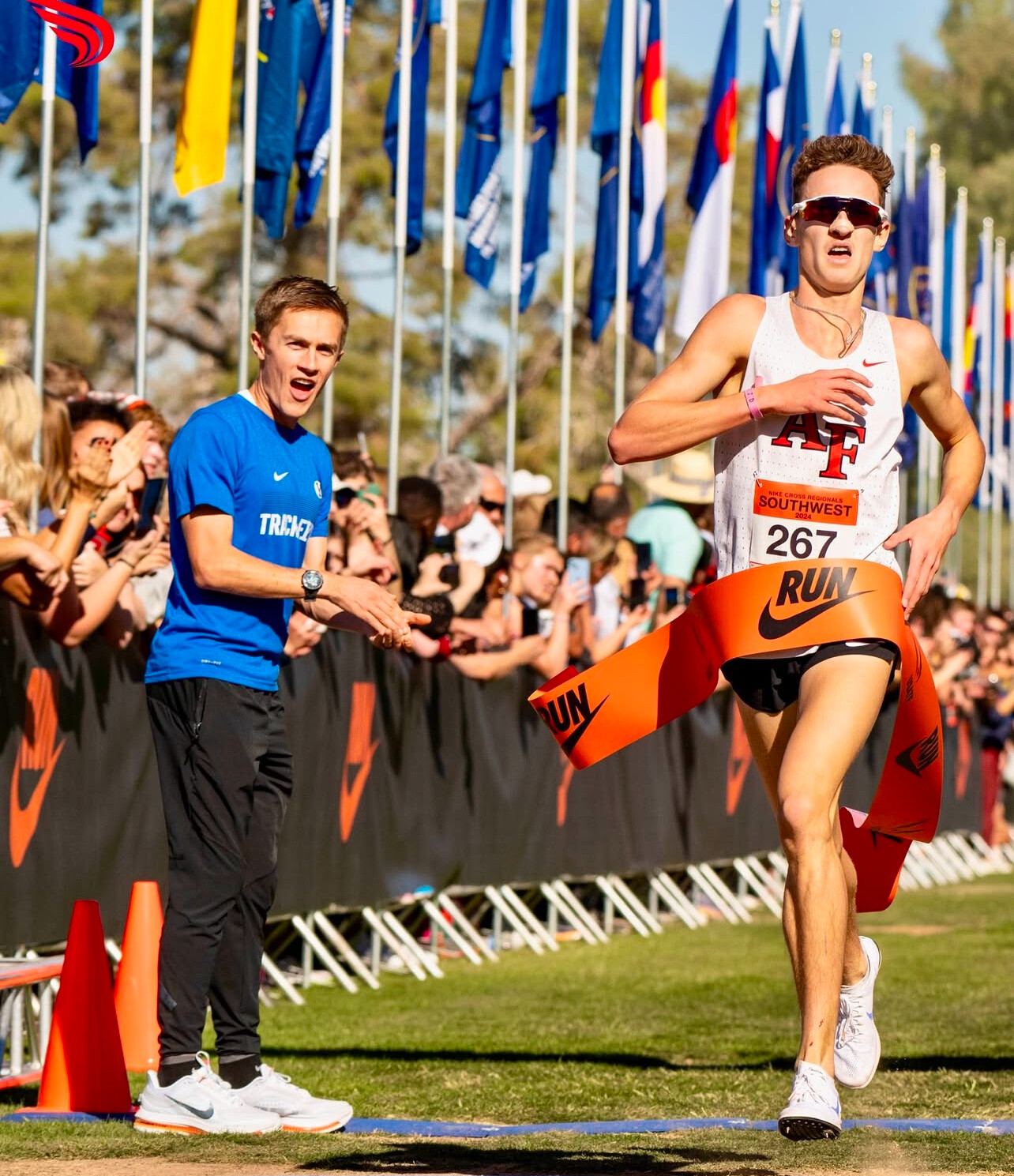
Elite Field Highlights:
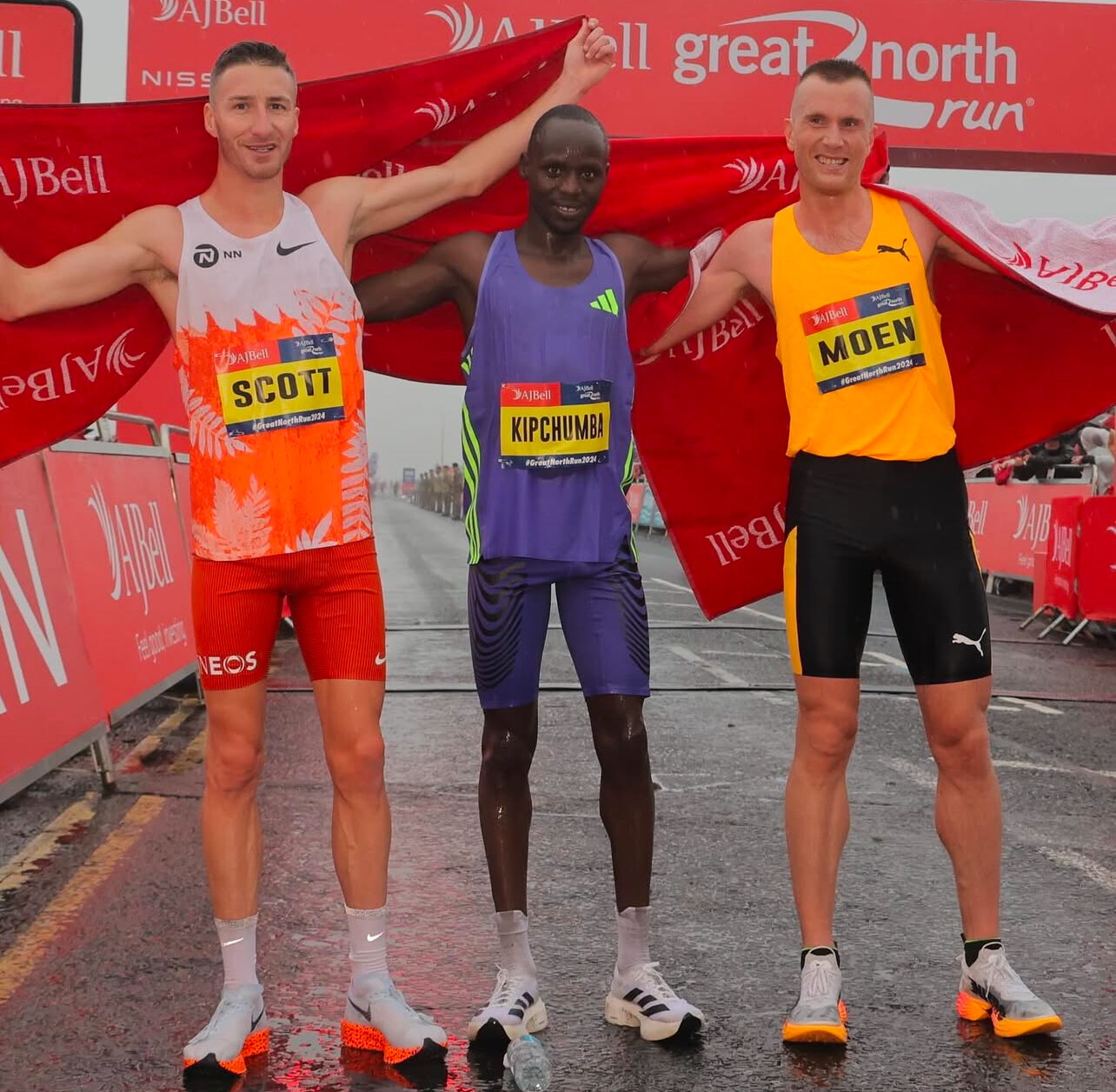
The 2025 race boasts a stellar lineup of professional athletes:

Men's Division:

Conner Mantz (USA): Olympian and American half marathon record holder, having set a new record of 59:17 at the 2025 Houston Half Marathon.
Abel Kipchumba (Kenya): Defending champion with a personal best of 58:07, aiming to retain his title.
Richard Etir (Kenya): Making his New York debut with a personal best of 59:32.
Women's Division:
Karoline Bjerkeli Grøvdal (Norway): Defending champion, returning after her 2024 victory in 1:09:09.
Emily Sisson (USA): American marathon record holder, returning to the NYC Half after a strong debut in 2017.
Fiona O'Keeffe (USA): Winner of the 2024 U.S. Olympic Marathon Trials with a time of 2:22:10, representing the U.S. in the Paris Olympics.
Dakotah Lindwurm (USA): Secured her spot on the 2024 U.S. Olympic team by finishing third in the trials with a time of 2:25:31 and led American women at the Paris Olympics with a 12th-place finish in 2:26:44.
In the previous year's event, Abel Kipchumba clinched the men's title with a time of 1:00:25, while Karoline Bjerkeli Grøvdal secured the women's title in 1:09:09.
With an expected participation of approximately 25,000 runners from around the globe, the 2025 United Airlines NYC Half Marathon promises to be a memorable event, blending elite competition with the vibrant spirit of New York City.
(02/18/2025) ⚡AMPby Boris Baron
United Airlines NYC Half-Marathon
The United Airlines NYC Half takes runners from around the city and the globe on a 13.1-mile tour of NYC. Led by a talent-packed roster of American and international elites, runners will stop traffic in the Big Apple this March! Runners will begin their journey on Prospect Park’s Center Drive before taking the race onto Brooklyn’s streets. For the third...
more...Discovering the True Passion of The Fashion Jogger a 3:02 marathoner
While browsing online, I stumbled upon the profile of Lisa Migliorini, popularly known as The Fashion Jogger. Initially, I assumed she was a casual jogger with a flair for marketing, given her stylish posts and engaging content. However, as I delved deeper, I discovered a dedicated athlete with impressive running credentials and an unwavering passion for the sport.
Lisa hails from the province of Novara in Piedmont, Italy. Born in 1994, she is currently 31 years old. Her commitment to running is evident in her personal best times:
Lisa's personal best times: 10 km – 37 minutes and 20 seconds - Half Marathon – 1 hour, 23 minutes, and 7 seconds - Marathon – 3 hours, 2 minutes, and 13 seconds

Lisa has now completed two marathons, marking significant progress in her long-distance running career. Her first marathon was the New York City Marathon, which she finished in 3 hours, 19 minutes, and 17 seconds. She then made an impressive leap at the Berlin Marathon, clocking a personal best of 3 hours, 2 minutes, and 13 seconds, improving her time by 17 minutes.

Lisa’s training is both structured and dynamic, reflecting her commitment to excellence. She frequently shares insights into her workouts, emphasizing consistency and discipline.

Her training includes long-distance endurance runs, speed sessions, and strength-building exercises to enhance her overall performance. While she has posted about significant long runs, such as 35 km efforts, specific paces and details remain unverified.

Lisa also incorporates speed workouts into her routine. For instance, she has shared a 15 km training run at a pace of 4 minutes and 13 seconds per kilometer, aiming to improve both speed and endurance.

Lisa has cultivated a substantial following across various platforms:
Instagram – Over 2.1 million followers
TikTok – Over 1.3 million followers and 42 million likes
Facebook – Following numbers are less public but reflect strong engagement
Through her content, Lisa has inspired a large community of runners and fitness enthusiasts, blending fashion with her love for the sport.
Lisa’s marathon journey is just beginning, and with two strong performances under her belt, she is likely to continue pushing for faster times. Beyond her personal athletic goals, she remains committed to sharing her passion for running through social media, encouraging others to adopt an active and healthy lifestyle.
Hard Work, Not Luck The Fashion Jogger’s Mindset
Lisa's success is built on hard work, discipline, and persistence rather than luck.
"In sport, as in life, nothing comes from nothing," she says. "You have to be consistent, make sacrifices, and never give up. That’s how we reach our goals."
Her approach to training and life is simple but powerful: effort over excuses. Whether it’s early morning runs, speed workouts, or long training sessions, she embraces the grind with enthusiasm.
"As long as we love what we do, all of it is worth it," she adds. Passion fuels discipline, and that’s what keeps her going, inspiring millions along the way.
Hard work, not luck.
(02/18/2025) ⚡AMPby Bob Anderson
Vienna City Marathon 2025 Chepkirui Aims for Third Victory
The Vienna City Marathon is set to return on April 6, 2025, promising an exhilarating event for both elite athletes and amateur runners. As Austria's premier road race, the marathon continues to attract participants from around the globe, eager to experience the historic and scenic course through Vienna's iconic landmarks.
Elite Women's Race Chepkirui's Quest for a Third Victory

In the women's elite field, Vibian Chepkirui of Kenya aims for her third Vienna victory, having previously won in 2021 and 2022. Chepkirui, who set the current course record of 2:20:59 in 2022, returns with the ambition to surpass her personal best and further cement her legacy in Vienna.
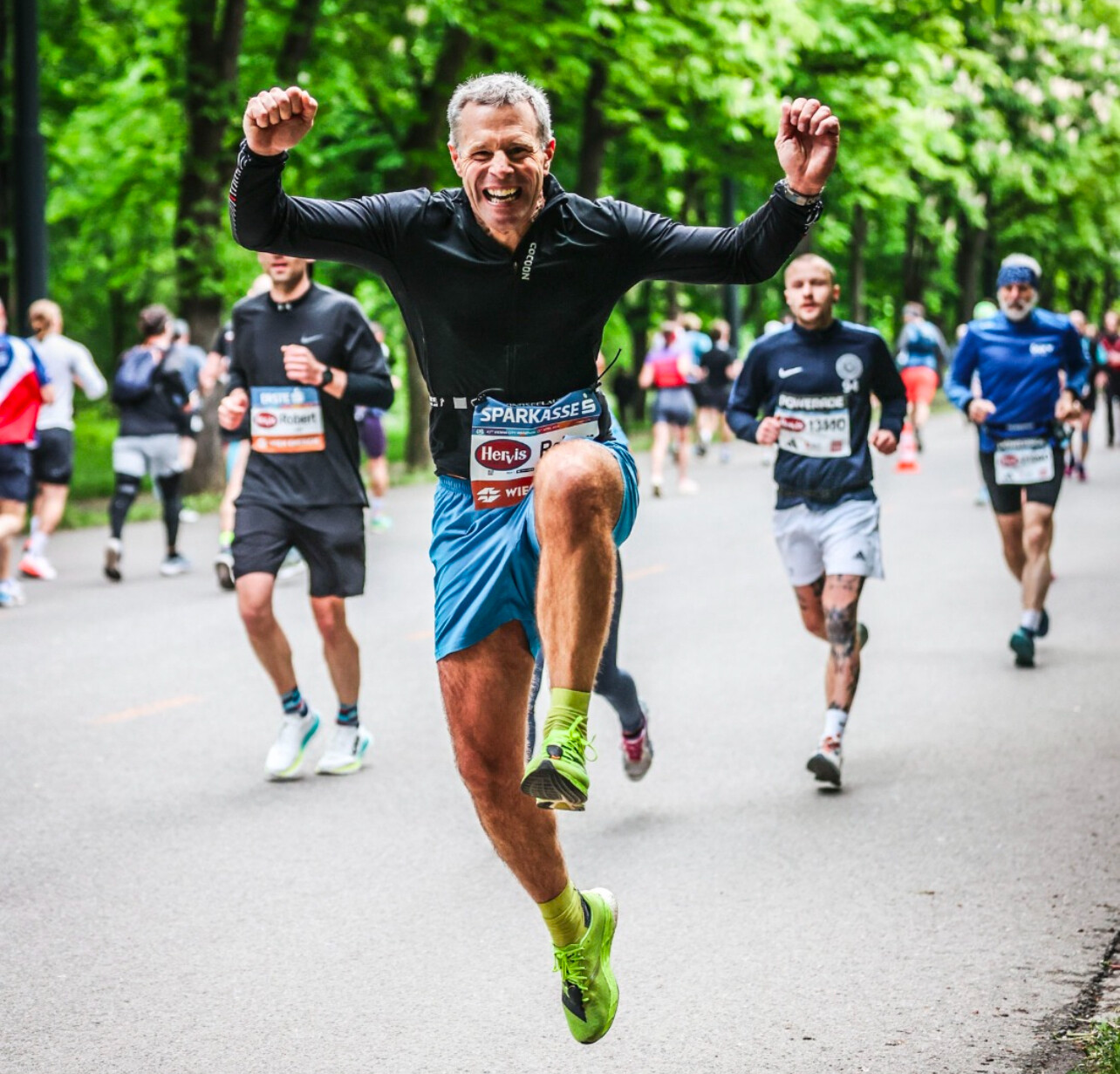
Challenging her are these Kenyans:
Rebbeca Tanui: With a personal best of 2:21:08, Tanui has shown consistent improvement and poses a significant threat to the defending champion.
Catherine Cherotich: After a breakthrough performance in 2024, clocking 2:22:42 in Frankfurt, Cherotich is poised to make a strong impact.
Faith Chepkoech: A rising star, Chepkoech achieved a personal best of 2:26:22 in Vienna last year and is determined to improve her standing.
Event Details
The 2025 Vienna City Marathon is not only about elite competition; it celebrates running for all enthusiasts. This year's event has seen record-high registrations, reflecting a growing enthusiasm for running across Europe.
The marathon weekend offers a variety of races:
Saturday, April 5, 2025
Vienna 5K: A 5 km run through the city center, starting at 6:15 PM at Schottentor near the University.
Children’s Races: The "Daily Mile 800" for ages 3 to 10 and the "Daily Mile 1,600" for ages 6 to 18, starting at 4:00 PM and 4:30 PM respectively on the Ringstraße near the Burgtheater.
Sunday, April 6, 2025
Marathon: Starting at 9:00 AM on Wagramer Straße near the Reichsbrücke.
Half Marathon: Also starting at 9:00 AM from the same location.
Relay Marathon: Teams of four share the marathon distance, starting concurrently with the individual marathon.
Participants will traverse a picturesque course that highlights Vienna's rich cultural heritage, passing landmarks such as the Vienna State Opera, Schönbrunn Palace, and the historic Ringstraße. The event not only offers a competitive platform for elite runners but also fosters a festive atmosphere for all participants and spectators, embodying the spirit of unity and celebration through sport.
(02/18/2025) ⚡AMP
Vienna City Marathon
More than 41,000 runners from over 110 nations take part in the Vienna City Marathon, cheered on by hundreds of thousands of spectators. From the start at UN City to the magnificent finish on the Heldenplatz, the excitement will never miss a beat. In recent years the Vienna City Marathon has succeeded in creating a unique position as a marathon...
more...Sara Hall Reflects on the Path That Made Her Fall in Love with the Marathon
Sara Hall’s journey as one of America’s top marathoners has taken her across the world, from the high-altitude hills of Ethiopia to the historic streets of Boston. But one place remains especially meaningful—the rail trail to Shasta Dam in Redding, California.
Recently, Hall returned to this familiar path, sharing how it played a pivotal role in shaping her marathon career.
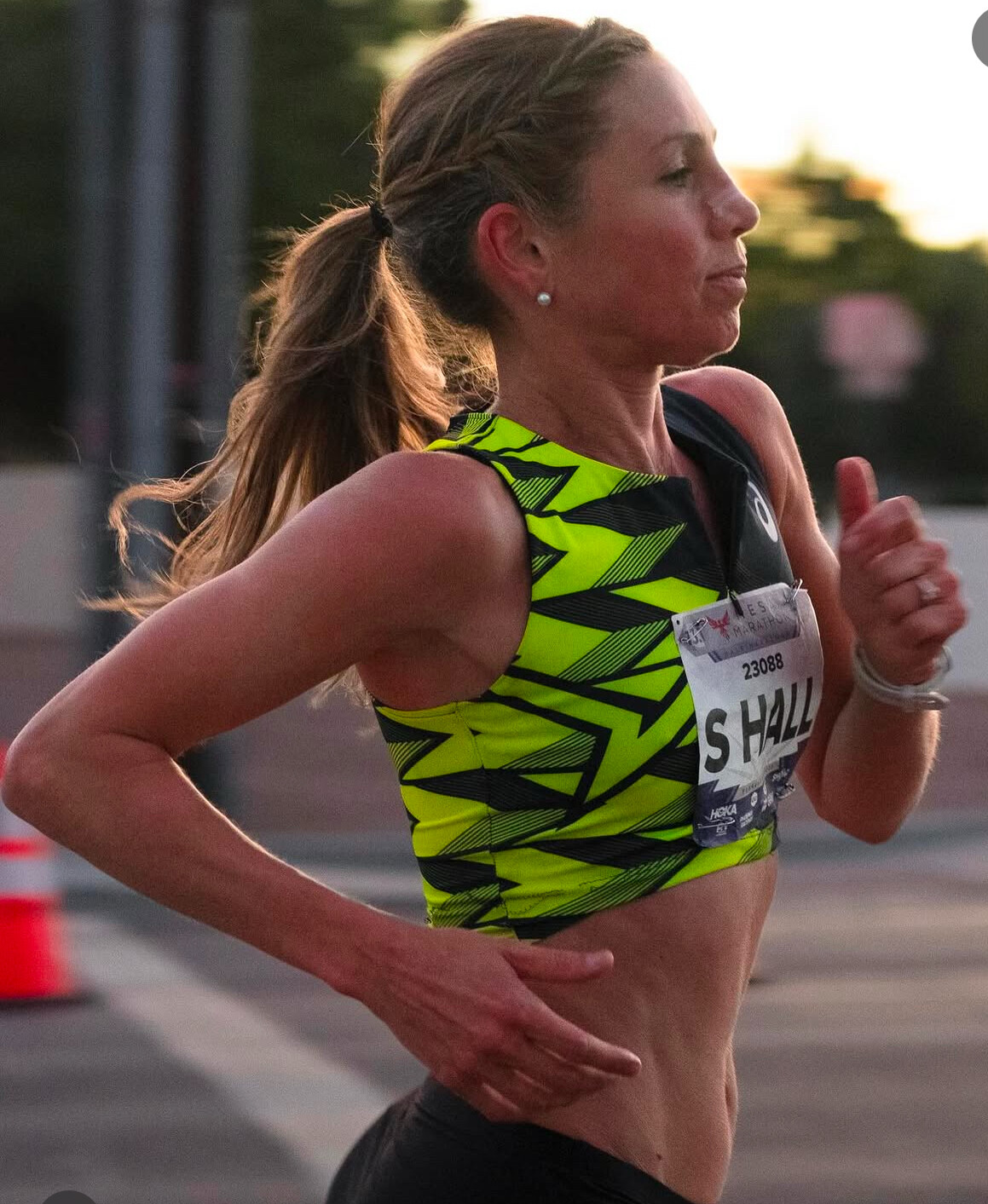
“Ryan & I moved to Redding in 2012 with months til the Olympic Trials, wanting more of God and to be a part of Bethel, but not knowing much about what it would be like to train here. This place far exceeded our expectations, with the most beautiful bike path in the world (rail trail up to Shasta Dam) and an endlessly positive training partner, Ben Keck.”

Reuniting with Keck for a long run, Hall logged over 1,000 feet of elevation gain without bike support—stashing bottles, ketones, and a ziplock of gummy peaches in her sports bra to fuel the effort. “Thinking of the people like Ben who have kept me enjoying the sport for so long when I could have easily hung it up—forever grateful,” she added.

Now 41, Hall continues to defy expectations as she prepares for the next phase of her career. She will turn 42 just before the 2025 Boston Marathon, an event where she will once again test herself against the world’s best.
In December 2024, she set a new U.S. masters marathon record, running 2:23:45 at the Valencia Marathon, breaking her own previous record of 2:26:06. The performance reaffirmed her status as one of the fastest American women over 40, showing she is still improving and competing at the highest level.
Her journey to the marathon was not a direct one. A standout high school and collegiate runner, Hall won multiple state and NCAA titles before turning pro. She initially focused on shorter distances before successfully moving up to the marathon, setting a personal best of 2:20:32 at the 2020 Marathon Project—one of the fastest times ever recorded by an American woman.
Her latest masters record in Valencia secured her place at the top of the fastest American women over 40 list:
Fastest American Masters Women’s Marathon Performances
Sara Hall – 2:23:45 at age 41, 2024 Valencia Marathon
Desiree Linden – 2:27:35 at age 40, 2023 Chicago Marathon
Colleen De Reuck – 2:28:40 at age 40, 2004 Olympic Trials Marathon
Roberta Groner – 2:29:09 at age 41, 2019 Rotterdam Marathon
These performances highlight the longevity and competitiveness of elite American female marathoners, proving that success in the sport doesn’t have to fade with age.
As Hall continues her career, she remains focused on both competition and the relationships that have kept her inspired along the way. Whether she is training on the hills of Ethiopia, preparing for another major marathon, or revisiting the path that first fueled her love for the sport, one thing is certain—Sara Hall is far from finished.
(02/17/2025) ⚡AMPby Boris Baron
Gate River Run 2025 Returns to PRRO Circuit with Elite Competition and a Scenic Challenge
The Gate River Run is back for its 48th edition on Saturday, March 1, 2025, in Jacksonville, Florida, bringing together elite athletes, competitive runners, and thousands of participants for one of the most exciting road races in the country.
This year marks a historic moment as the race rejoins the Professional Road Running Organization (PRRO) Circuit for the first time since 1993, elevating its status on the international stage. With a challenging 15K course, a prize purse of $62,000, and the famous climb over the Hart Bridge, the Gate River Run is set to deliver another thrilling race in one of Florida’s most vibrant cities.

The event will once again serve as the USA 15K Championship, a title it has held since 1994, ensuring a strong field of American contenders alongside international competition. More than 18,000 runners are expected to take part, making this the largest 15K race in the country.
Elite field and prize structure
The 2025 Gate River Run is expected to feature a deep and competitive field, with elite athletes competing for national titles and significant prize money. As part of the PRRO Circuit, the race will draw top talent from both the U.S. and abroad.
The total prize purse for 2025 is $62,000, distributed as follows:
Open division: $20,500 each for men and women, awarded to the top ten finishers
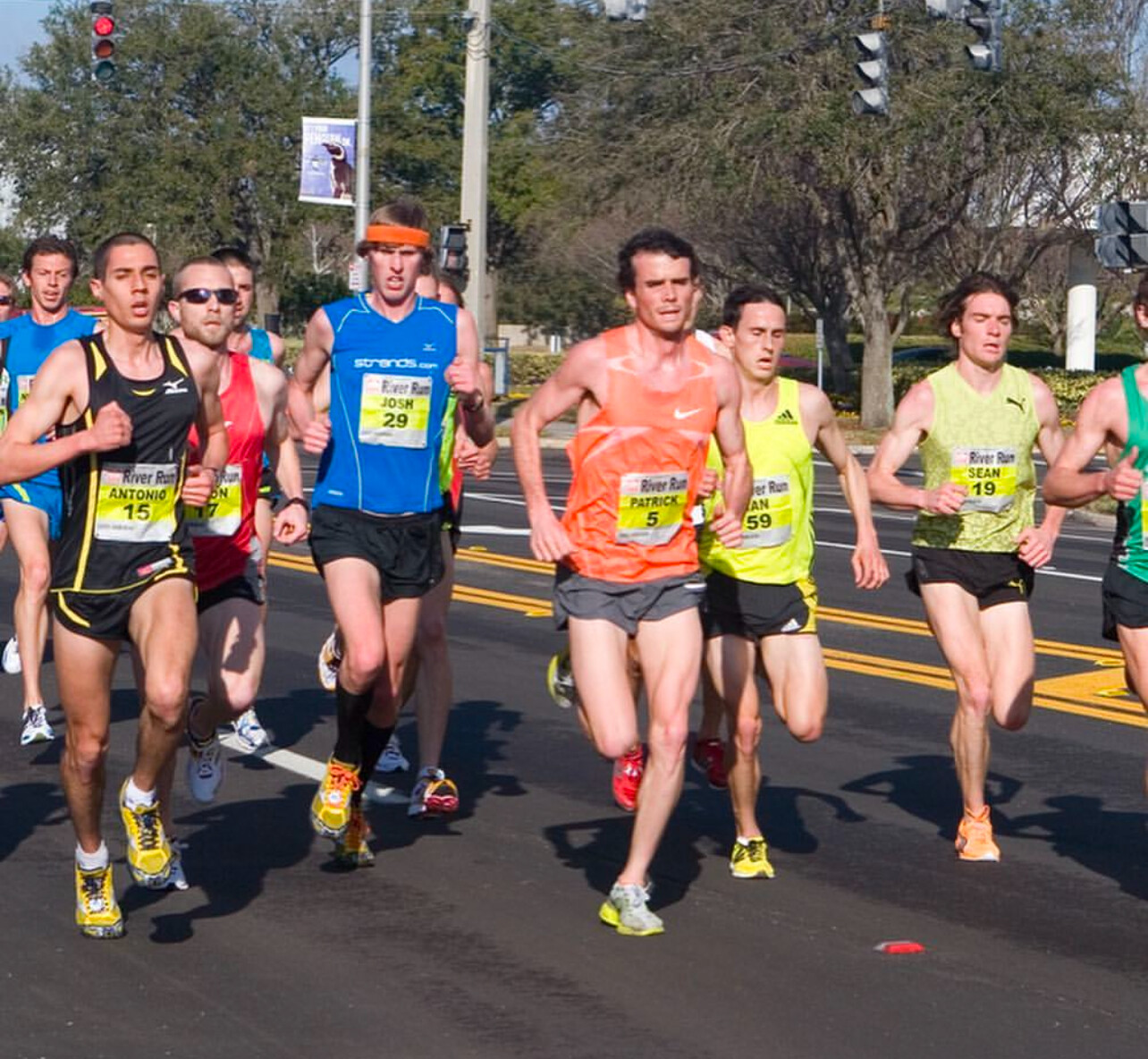
American Cup: $8,000 each for the top five U.S. male and female athletes
Equalizer bonus: $5,000 to the first athlete, male or female, to cross the finish line
Additional bonuses are available for record-breaking performances:
World record: $10,000
American record: $5,000
Course record: $3,000
The current course records belong to Todd Williams, who ran 42:22 in 1995, and Shalane Flanagan, who set the women’s mark of 47:00 in 2014.
Course details
The 15K (9.3-mile) course showcases some of Jacksonville’s most scenic and historic neighborhoods, including Downtown, San Marco, and St. Nicholas, with sweeping views of the St. Johns River. The early miles feature fast and flat stretches, allowing runners to settle into their rhythm before tackling the city’s signature challenge—the Hart Bridge.
Known as the “Green Monster,” the Hart Bridge presents a daunting climb in the final two miles, rising 141 feet above the river. The demanding half-mile ascent has tested even the strongest runners, making it one of the most memorable features of the race. After cresting the bridge, runners experience a thrilling downhill stretch toward the finish line at Metropolitan Park.
Event schedule
Elite women start at 7:55 am
Elite men and wave one start at 8:00 am
Subsequent waves begin shortly after, accommodating runners of varying paces
Jacksonville’s running heritage
Jacksonville has long been a city that embraces running. Home to one of the largest urban park systems in the U.S., its scenic riverfront, historic districts, and expansive green spaces have made it a favorite for runners of all levels. The Gate River Run, founded in 1978 by JTC Running, has played a major role in shaping the city’s running culture.
Over the years, the race has hosted some of the biggest names in distance running, including Olympic medalists Deena Kastor, Shalane Flanagan, and Meb Keflezighi. With its return to the PRRO Circuit, the event reaffirms its place as one of the premier road races in the country.
(02/17/2025) ⚡AMP
by Boris Baron
Gate River Run
The Gate River Run (GRR) was first held in 1978, formerly known as the Jacksonville River Run, is an annual 15-kilometer road running event in Jacksonville, Fla., that attracts both competitive and recreational runners -- in huge numbers! One of the great running events in America, it has been the US National 15K Championship since 1994, and in 2007...
more...Yomif Kejelcha Runs Second Fastest 10K Ever on Road with 26:31 at Castellón
Yomif Kejelcha delivered a stunning performance at the Castellón 10K, clocking a personal best and course record time of 26:31. The Ethiopian star, known for his versatility across middle and long-distance events, continues to prove why he is one of the most formidable runners in the world today.
A Performance for the Ages
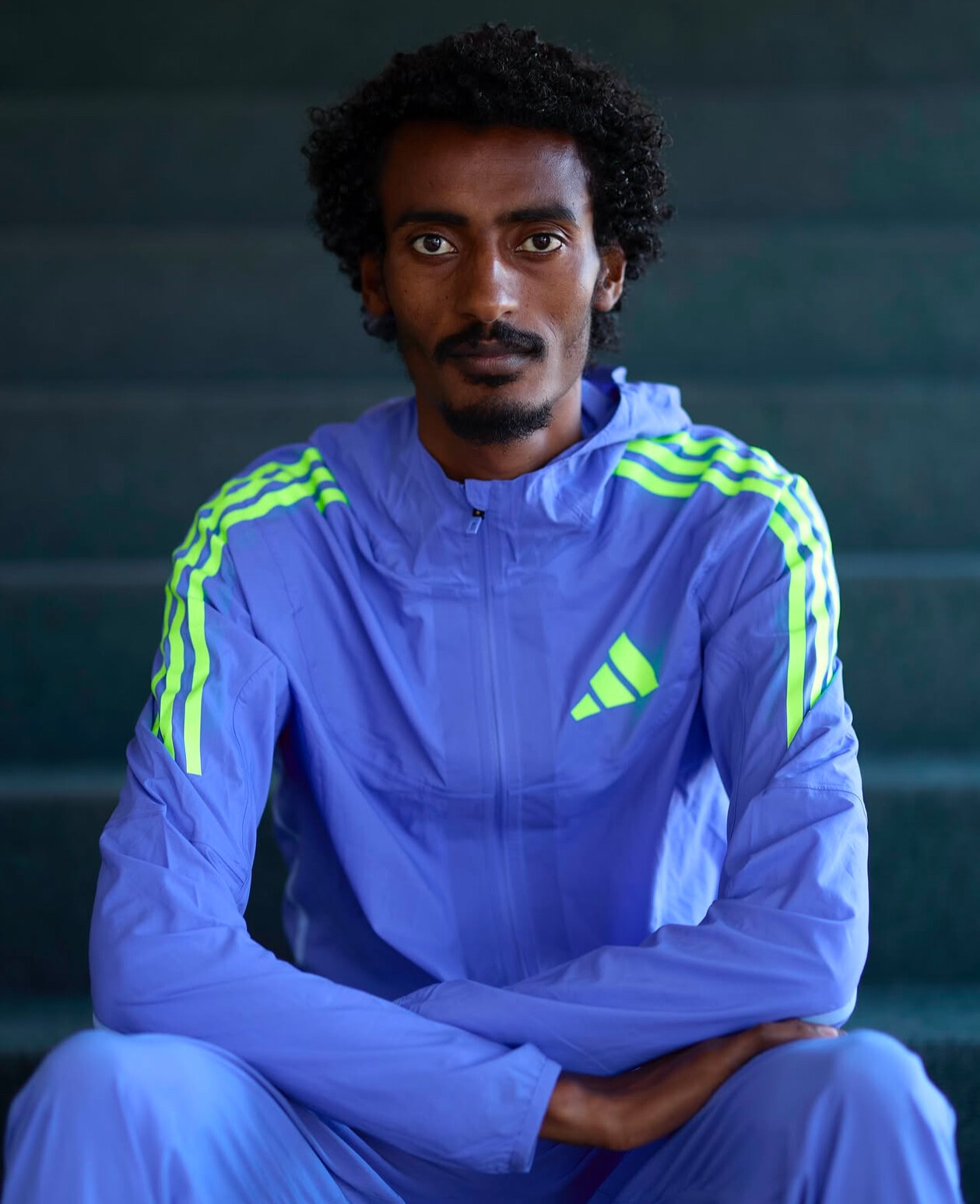
Kejelcha’s time of 26:31 is the second fastest ever recorded for 10 kilometers on the road, trailing only Rhonex Kipruto’s world record of 26:24 set in Valencia in 2020. He showcased his incredible endurance and speed, setting a blistering pace from the start and maintaining it through the streets of Castellón. His performance not only secured him the win but also solidified his place among the all-time greats in road racing.
The previous course record stood as a benchmark for elite performances, but Kejelcha demolished it with authority. His ability to transition between track and road racing at such a high level highlights his exceptional talent and training.
The Evolution of Yomif Kejelcha
Kejelcha has long been a dominant force in distance running. A two-time World Indoor Champion in the 3000m, he has also excelled on the track with a 12:46.79 personal best in the 5000m and a fo former indoor world record of 3:47.01 in the mile. His progression to longer road races has been remarkable, and this latest achievement suggests he is just getting started in rewriting records on the roads.
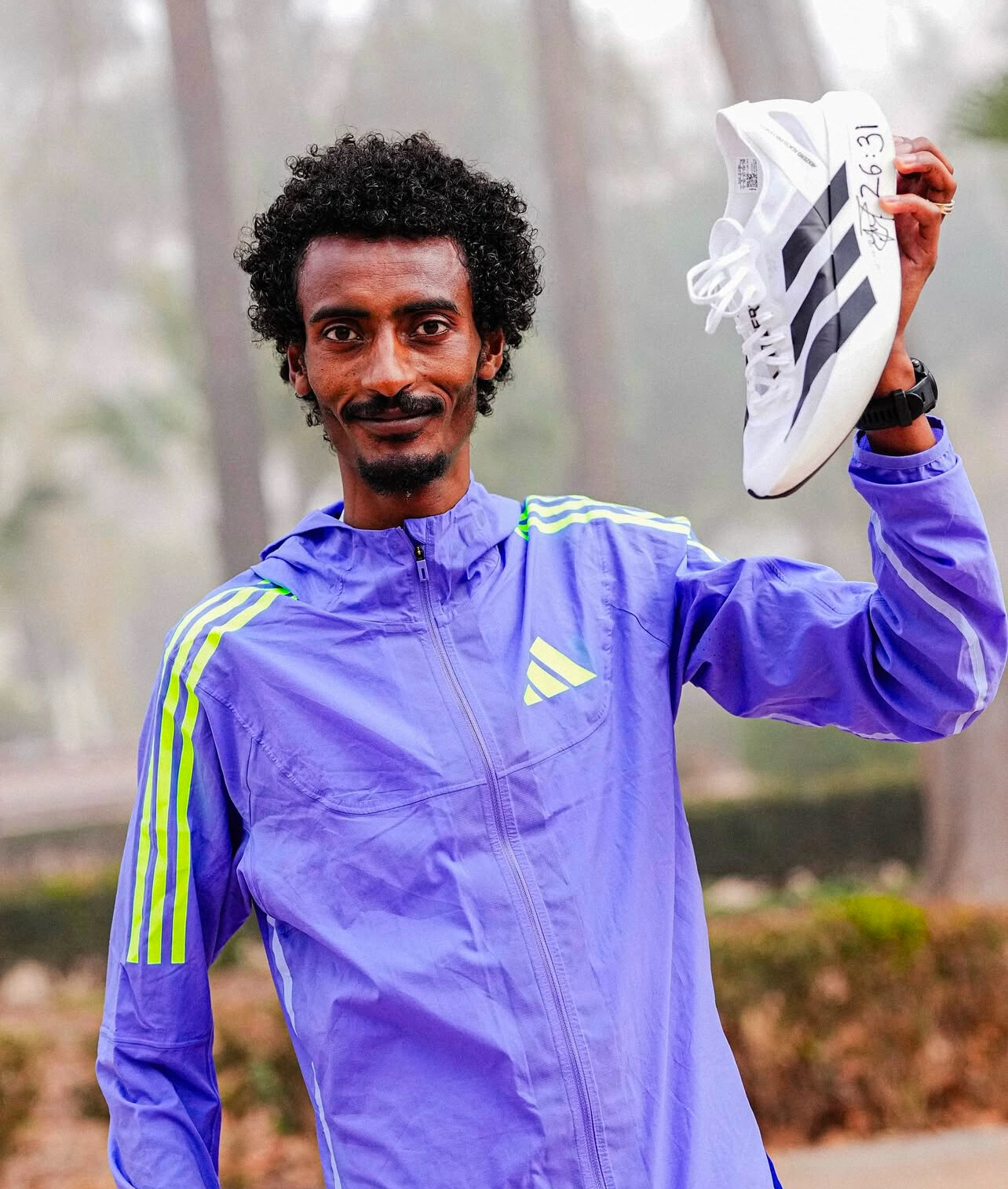
With this performance, Kejelcha joins again an elite club of sub-27-minute 10K road runners, a testament to his endurance and tactical brilliance. The road racing scene has seen unprecedented speed in recent years, with top athletes pushing the boundaries of what’s possible, and Kejelcha’s performance is yet another milestone in that progression.
What’s Next for Kejelcha?
With his new personal best, Kejelcha will undoubtedly be a contender in upcoming major road races and championship events. Whether he continues his focus on the 10K or makes an even stronger push into the half marathon and marathon distances remains to be seen, but one thing is certain—he is a runner to watch.
The Castellón 10K has witnessed history, and Yomif Kejelcha has once again shown why he is one of the premier distance runners in the world. His 26:31 finish not only sets a new course record but also raises the bar for what’s possible in road racing.
Top 10 Men's 10K Road Race Performances
As of February 2025, here are the top 10 fastest men's 10K road race times:
26:24 – Rhonex Kipruto (Kenya), Valencia, Spain, January 12, 2020
26:31 – Yomif Kejelcha (Ethiopia), Castellón, Spain, February 2025
26:33 – Berihu Aregawi (Ethiopia), Laredo, Spain, March 11, 2023
26:37 – Yomif Kejelcha (Ethiopia), Laredo, Spain, March 16, 2024
26:38 – Joshua Cheptegei (Uganda), Valencia, Spain, December 1, 2019
26:44 – Leonard Patrick Komon (Kenya), Utrecht, Netherlands, September 26, 2010
26:48 – Jacob Kiplimo (Uganda), Valencia, Spain, January 14, 2024
26:49 – Sebastian Sawe (Kenya), Herzogenaurach, Germany, April 29, 2023
26:50 – Kibiwott Kandie (Kenya), Herzogenaurach, Germany, April 30, 2022
26:51 – Nicholas Kimeli (Kenya), Brașov, Romania, September 25, 2022
Note: The above times are based on official records as of February 2025.
(02/16/2025) ⚡AMPby Boris Baron
10k Facsa Castello
The 10K FACSA Castelló is one of Spain’s fastest and most prestigious road races, drawing elite and amateur runners from around the world. Held in Castellón de la Plana, this race has grown exponentially, earning a reputation for its flat, high-speed course and exceptional organization. It holds a World Athletics Road Race Label, placing it among the top road races...
more...The Rush to Discredit Greatness – Why Do We Doubt Record-Breaking Performances?
When news broke that Jacob Kiplimo had run an astonishing 56:42 half marathon, the immediate reaction on social media was a mix of awe, skepticism, and outright accusations of cheating. Many simply couldn’t believe that a human could run that fast.
By Bob Anderson, Editor of My Best Runs

I understand why people might be shocked. This was not just a fast race—it was arguably the greatest distance running performance ever. Kiplimo’s time shattered previous records and redefined what we thought was possible over 21K. But should disbelief automatically lead to accusations?
The reality of record-breaking feats
Throughout history, incredible performances have often been met with doubt. In 1954, Roger Bannister’s sub-4-minute mile seemed superhuman, but today, elite high schoolers chase that mark. When Eliud Kipchoge broke the two-hour marathon barrier (albeit in a controlled environment), people debated how much was due to pacing, shoes, or course setup.

Now, with Kiplimo’s 56:42, we see the same pattern. Questions arise:
Was the course accurate? This will be verified before the record is ratified.
Did he use performance-enhancing drugs (PEDs)? As far as we know, he has passed every drug test, and accusations without evidence are unfair.
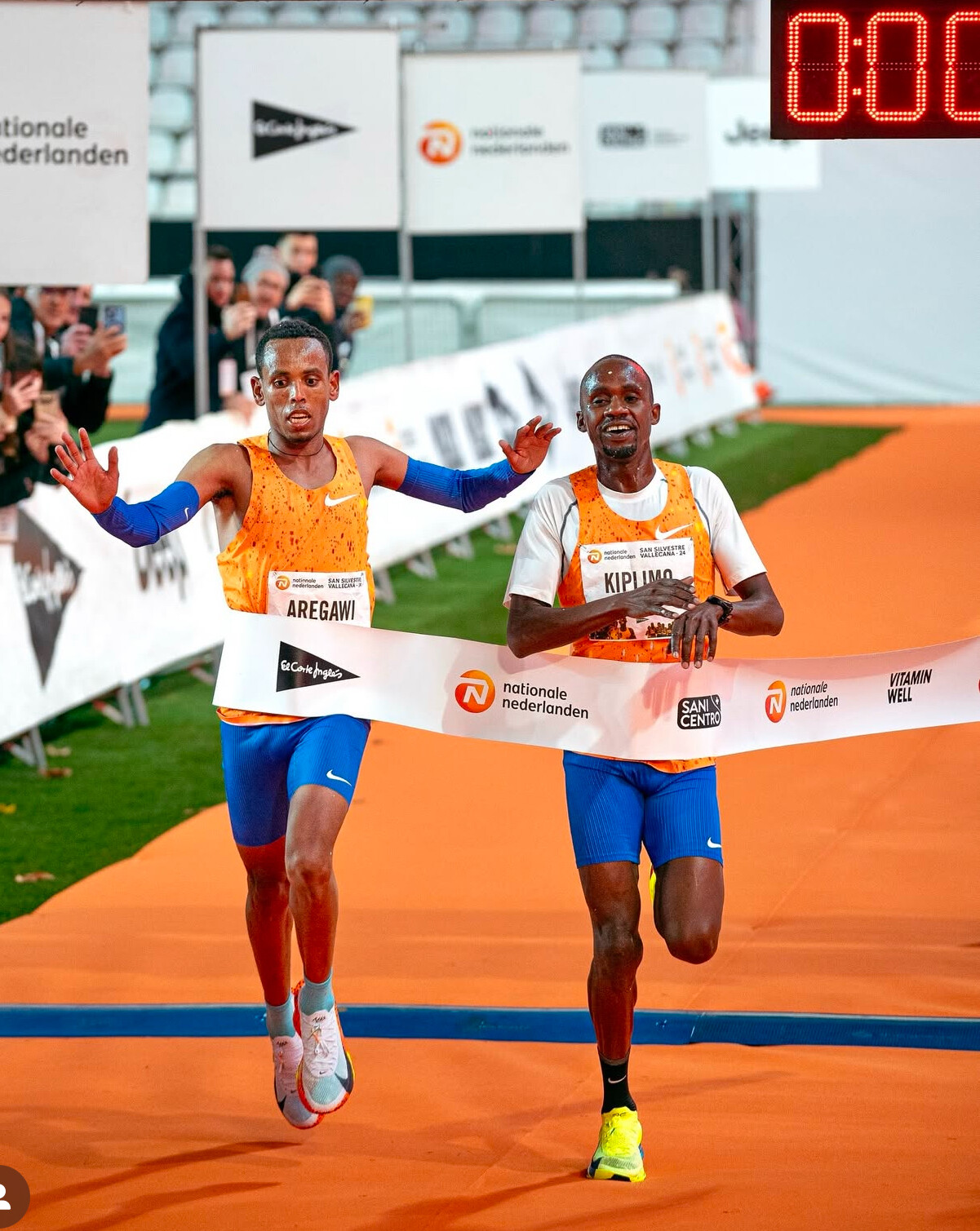
What about Nike’s super shoes? Yes, he wore them, but these shoes are legal under World Athletics regulations.
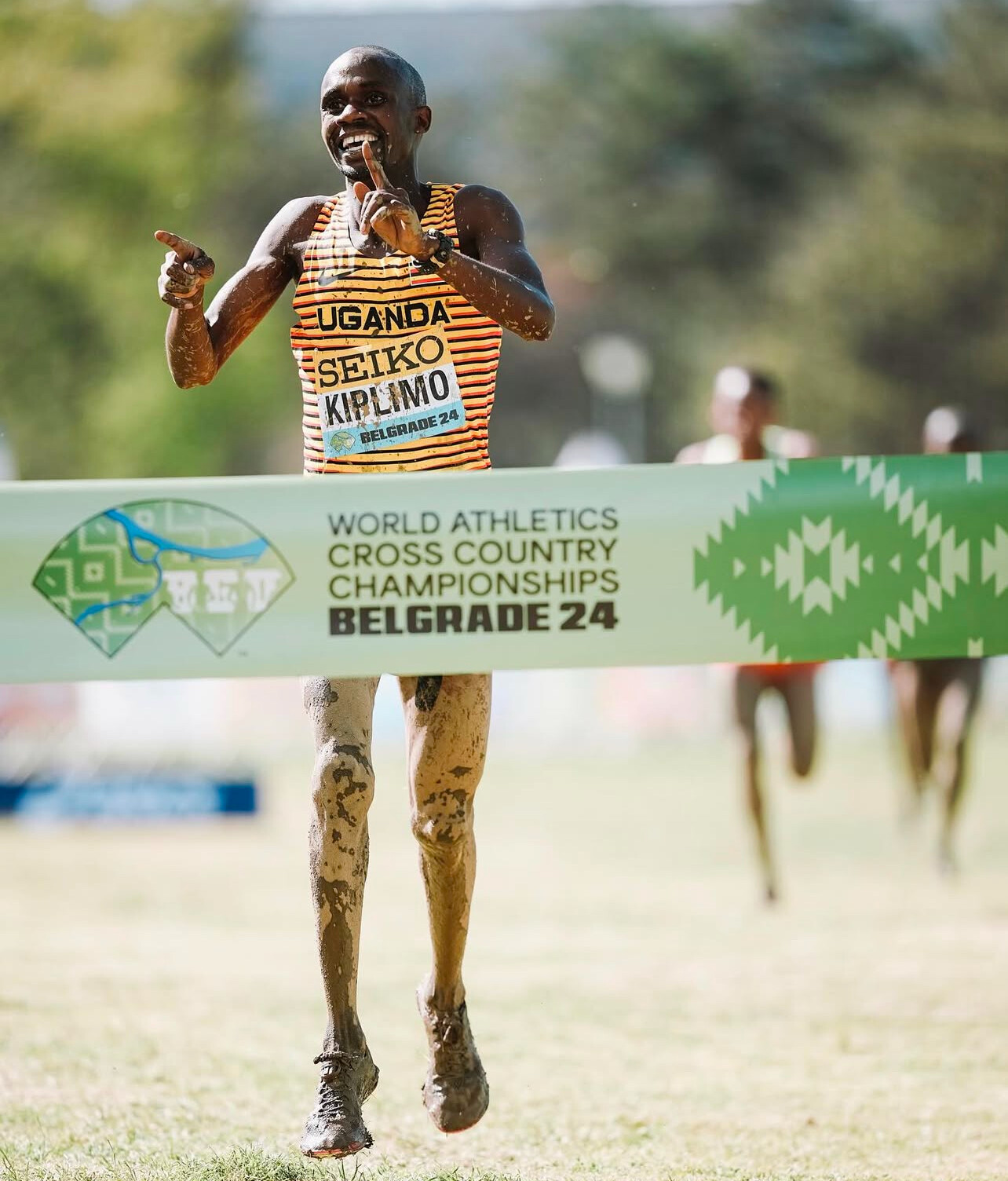
These are reasonable questions to ask, and the governing bodies will do their due diligence. But what’s frustrating is the knee-jerk reaction of immediately assuming foul play.
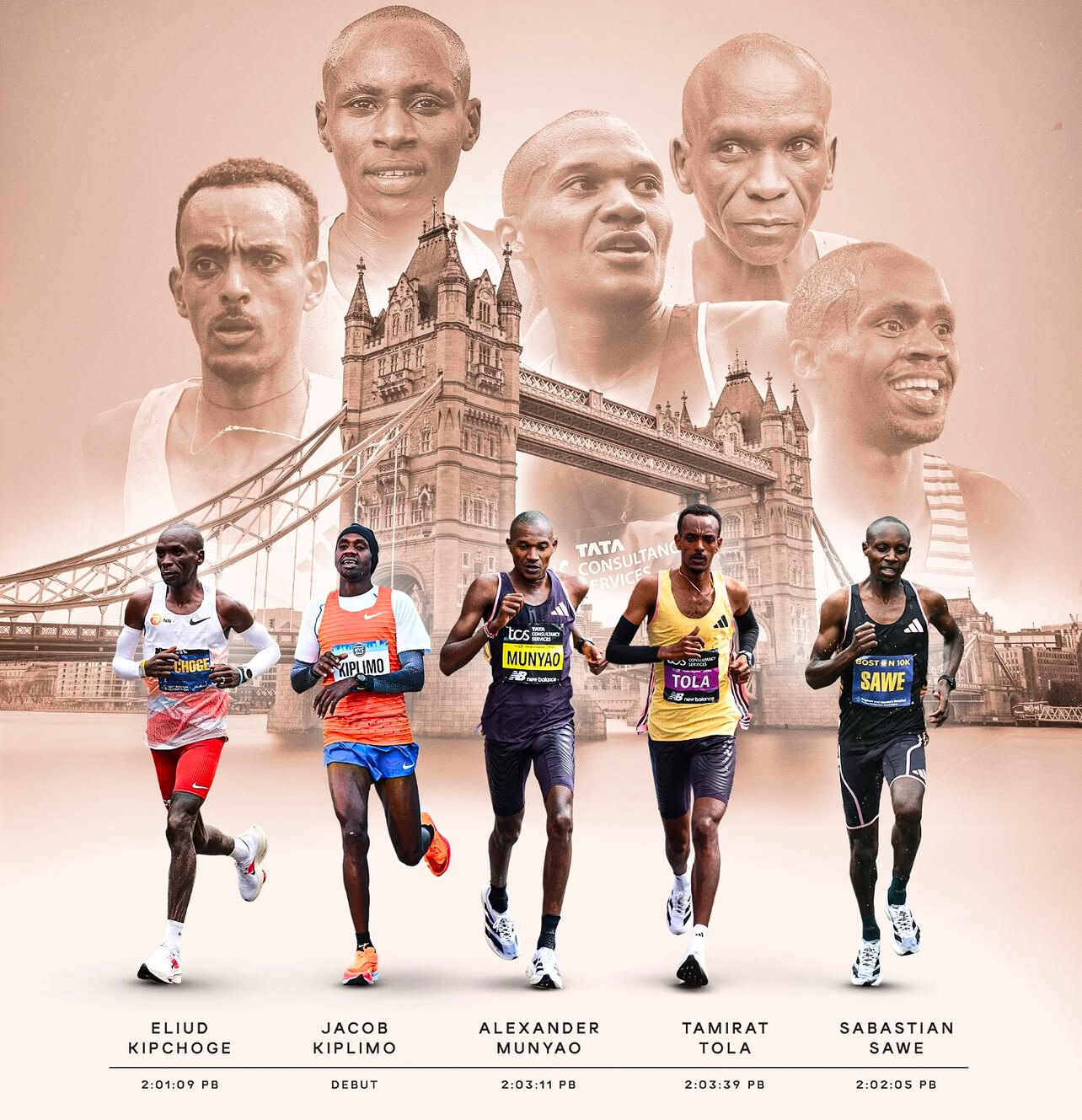
The culture of doubt in modern running
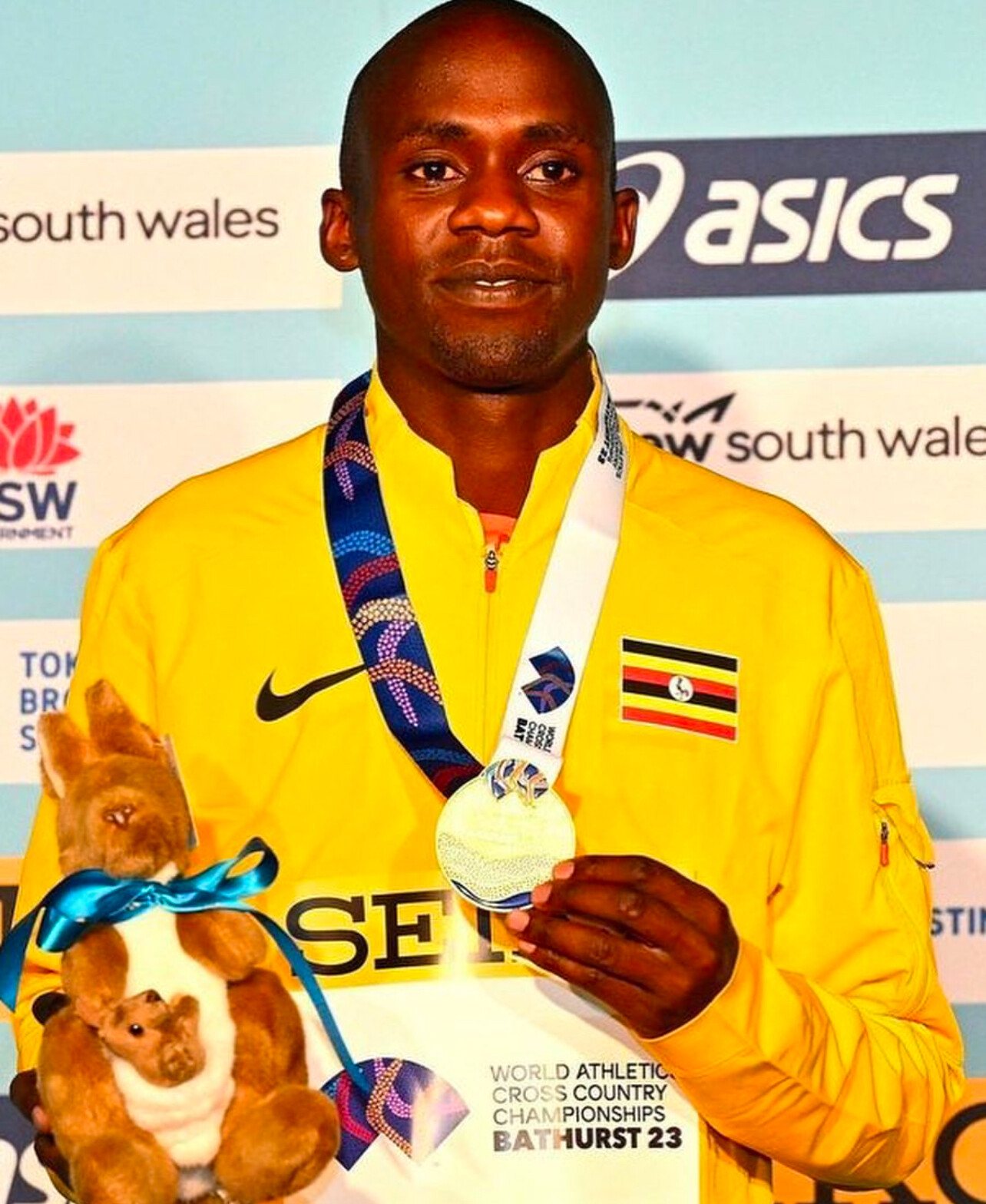
Why do some past champions and fans rush to discredit new performances? Some of it comes from personal experience—many former elite runners trained incredibly hard, and when they see times they never thought possible, it’s natural to wonder what changed. Some of it also comes from a real history of doping scandals in the sport, from Ben Johnson to Lance Armstrong to the Russian state-sponsored program.
But there’s another factor—social media. Unlike in Bannister’s era, when skepticism was confined to private conversations, today’s doubts explode instantly across the internet. A single tweet suggesting “this must be doping” spreads like wildfire, often without evidence.
Jacob Kiplimo is no stranger to records
Let’s not forget that this is not Kiplimo’s first world record. He has been at the top of the sport for years, previously holding the half marathon world record at 57:31 before Kelvin Kiptum broke it. He has consistently performed at the highest level, winning Olympic and World Championships medals. Are the same people suggesting he cheated back then too? Or is it only now, when the record has taken a dramatic leap, that they feel the need to discredit him?
Innocent until proven guilty
In sports, as in life, we must be careful about making baseless accusations. If evidence emerges that Kiplimo cheated, that’s one thing. But until then, we should celebrate an incredible performance and let the process of verification take its course.
To those quick to assume wrongdoing, I ask—what if you’re wrong? What if Kiplimo is simply that good? Greatness should inspire us, not immediately make us suspicious. Until proven otherwise, this was a historic day for distance running—one that deserves recognition, not reckless doubt.
(02/16/2025) ⚡AMPby Bob Anderson
From Boardroom to Finish Line: Anuj Sonpal’s Marathon Journey and Corporate Success
Anuj Sonpal, the dynamic CEO of Valorem Advisors, is a man of many pursuits. For nearly two decades, he has been at the helm of one of India’s leading investor relations firms, guiding companies through the complexities of financial communication and strategic market positioning. But beyond boardrooms and balance sheets, Sonpal has discovered a new passion that challenges his endurance in an entirely different way—marathon running.
Balancing corporate leadership and fitness is no small feat, yet Sonpal has managed to merge the two seamlessly. His transformation from a high-powered executive navigating the fast-paced world of finance to a dedicated long-distance runner is a testament to discipline, resilience, and the power of goal setting.
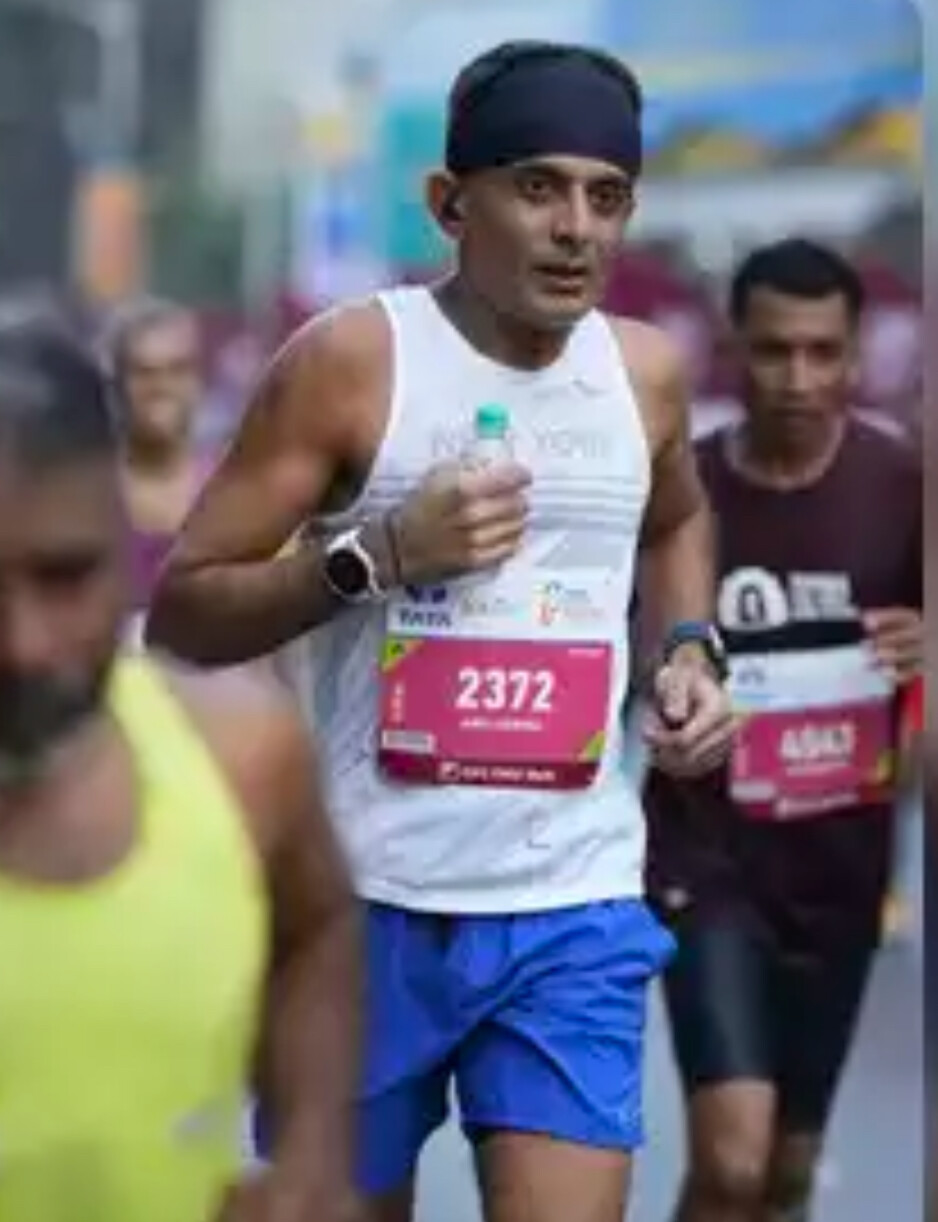
The Man Behind Valorem Advisors
Founded in 2010, Valorem Advisors has carved a niche for itself in India’s financial ecosystem. The firm specializes in investor relations, capital markets advisory, and strategic corporate communications, helping publicly traded companies enhance their visibility among institutional investors. With a strong focus on transparency and market intelligence, Valorem has played a crucial role in shaping the way businesses communicate with shareholders and financial stakeholders.
Sonpal’s leadership style is rooted in strategic foresight, much like his approach to marathon running. He understands that both require meticulous planning, consistency, and an ability to adapt to ever-changing conditions. His ability to balance the pressures of corporate decision-making with a commitment to fitness is an inspiring example of how professionals can excel in both their careers and personal aspirations.
Marathon Running: A Newfound Passion
While Sonpal always had an appreciation for fitness, marathon running wasn’t initially on his radar. Like many professionals caught up in the demands of work, he found himself prioritizing business over personal health. However, a growing awareness of the impact of stress and a desire for a challenge beyond the boardroom led him to lace up his running shoes.
What began as casual morning jogs soon turned into structured training, and before long, he was preparing for his first official race. His dedication and methodical approach—much like his business strategies—helped him progress rapidly in the sport.
In 2024, he ran his third full Tata Mumbai Marathon, an event that holds special significance for Indian runners. He had set a personal goal to finish under four hours while maintaining a steady, progressive pace throughout.
Later that year, Sonpal achieved a milestone that would solidify his place in the marathon-running community—completing the Berlin Marathon in 3 hours and 23 minutes, his personal best. Running among over 50,000 participants, in near-perfect weather conditions, and with thousands of spectators cheering him on, Sonpal described the experience as “electrifying.”
Pushing Boundaries: The Road to World Marathon Majors
With Berlin checked off his list, Sonpal has now set his sights on a much bigger dream—completing all six of the World Marathon Majors: Berlin, London, Chicago, Boston, Tokyo, and New York City.
Next on his calendar is the Delhi Marathon in February 2025, followed by his third Tata Mumbai Marathon. But the most anticipated race on his schedule is the London Marathon in April 2025, where he aims to build on his Berlin success and push his limits further.
“Marathon running is much like running a business,” Sonpal shares. “It requires patience, consistency, and the ability to push through challenges. There are good days and bad days, but the key is to stay focused and keep moving forward.”
The Intersection of Fitness and Leadership
Running long distances has not only improved Sonpal’s physical fitness but has also reshaped his approach to leadership. The mental endurance required to push through the final miles of a marathon mirrors the resilience needed to steer a company through challenges. The meditative rhythm of long-distance running has become a space for clarity, allowing him to generate new ideas and refine strategies for Valorem Advisors.
Moreover, Sonpal has become an advocate for work-life balance, encouraging his colleagues and peers in the corporate world to prioritize health and fitness. He believes that maintaining an active lifestyle leads to greater energy levels, sharper decision-making, and improved overall well-being—qualities essential for any leader.
A Future Fueled by Passion and Determination
With his continued focus on growing Valorem Advisors and his ambition to complete the World Marathon Majors, Anuj Sonpal exemplifies the power of dedication and perseverance. He is living proof that career success and personal fitness are not mutually exclusive but can complement and enhance one another.
His journey serves as an inspiration to professionals everywhere—showing that with the right mindset, commitment, and strategic planning, anyone can go the distance, whether in business or on the marathon course.
(02/16/2025) ⚡AMPby Boris Baron
The Evolution of the Half Marathon From Breaking One Hour to a New Era
“It was not that many years ago that breaking an hour for the half marathon was an amazing feat,” says My Best Runs editor Bob Anderson. “And today, we saw that record dip under 57 minutes. That’s running 4:19 mile pace for 13.1 miles. Wow!”
The half marathon, a 21.0975-kilometer (13.1-mile) race, has long been a benchmark of endurance and speed. For decades, breaking one hour in the event was considered an extraordinary achievement. But as training, technology, and competition have advanced, so have the records. On February 16, 2025, Uganda’s Jacob Kiplimo took the event into a new era, becoming the first person to break 57 minutes with a stunning world record of 56:42 at the eDreams Mitja Marató de Barcelona.
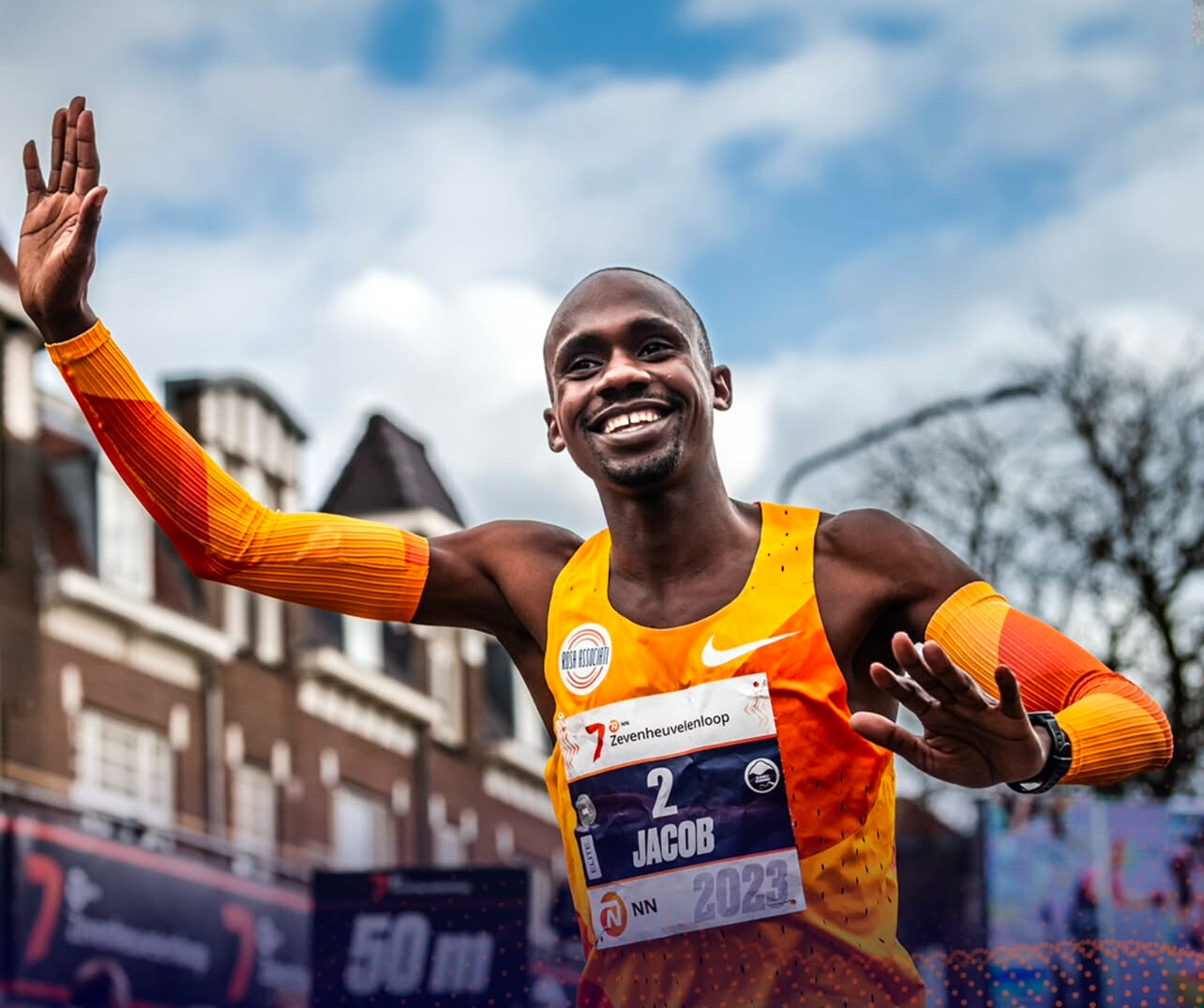
The history of the half marathon
The half marathon has been a competitive event since at least the early 20th century, though it did not gain widespread popularity until later. It emerged as a race distance that was more accessible than the full marathon but still required a balance of endurance and speed. Unlike the marathon, which has been an Olympic event since 1896, the half marathon has never been included in the Games, but it has had its own World Championships since 1992.
With the rise of professional distance running and major city half marathons, the event has grown into one of the most participated-in races worldwide. Many view it as a stepping stone to the full marathon, while others appreciate it as a challenging yet more manageable race.
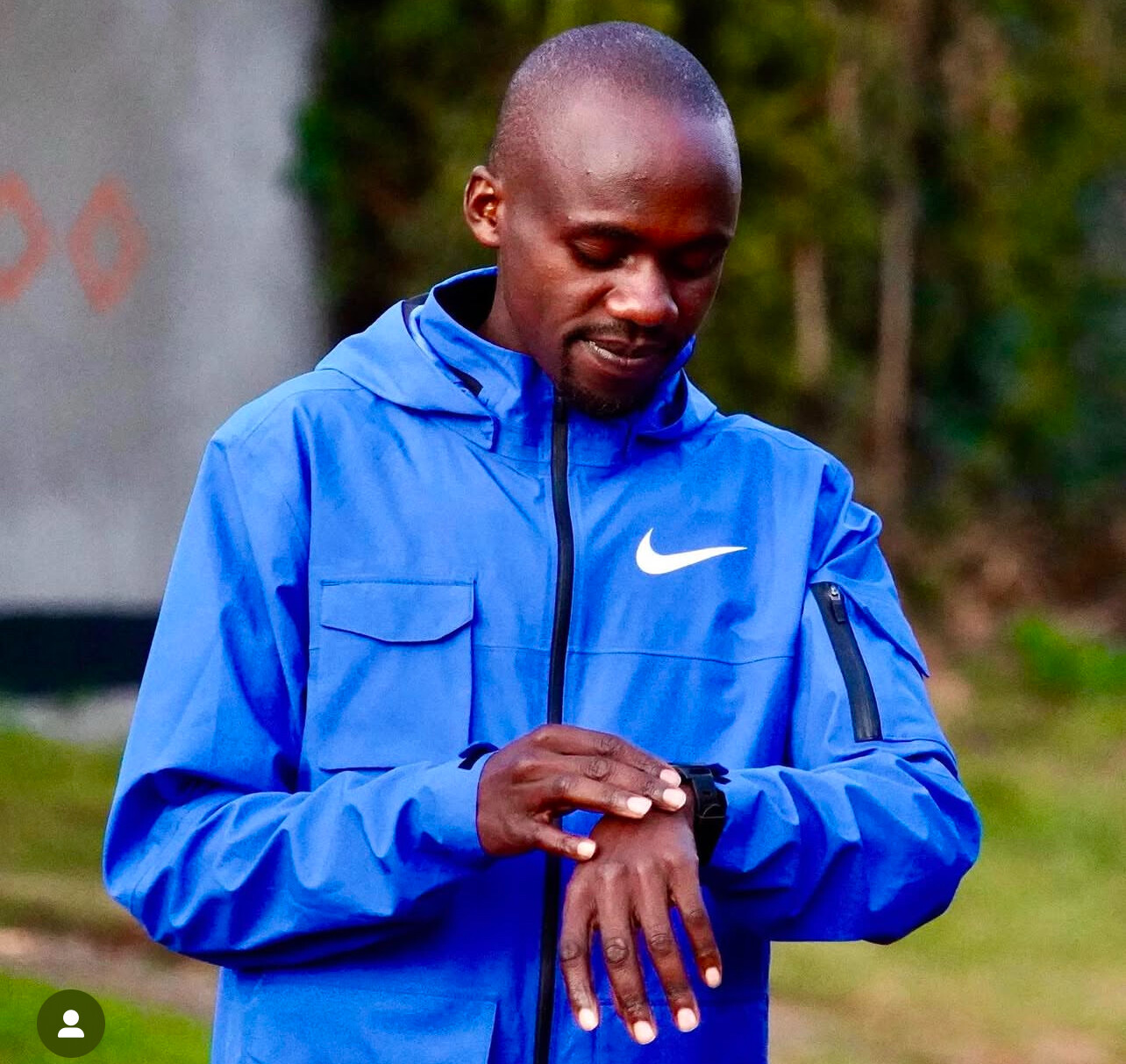
Breaking one hour The milestones
The quest to run a half marathon in under one hour became a defining goal for elite male distance runners. While marathon times had been steadily improving throughout the 20th century, the half marathon saw a more gradual progression.
1960: Australian runner Dave Power ran an unofficial best of 1:01:44.
1974: Ron Hill of Great Britain set a recognized world best of 1:02:22.
1978: Italy’s Marcello Fiasconaro improved the mark to 1:01:49.
1985: Steve Jones of Great Britain ran 1:01:14, bringing the record closer to the one-hour barrier.
1993: Moses Tanui of Kenya became the first man to break one hour, running 59:47.
Once Tanui shattered the one-hour barrier, improvements became more frequent, with Kenyan and Ethiopian athletes dominating the event.
1997: Paul Tergat (Kenya) ran 59:17.
2005: Samuel Wanjiru (Kenya) ran 59:16, then 58:33 in 2007.
2010: Zersenay Tadese (Eritrea) set a long-standing record of 58:23.
2020: Kibiwott Kandie (Kenya) became the first to break 58 minutes, running 57:32.
2021: Jacob Kiplimo (Uganda) set a new record at 57:31.
2024: Yomif Kejelcha (Ethiopia) improved it to 57:30.
2025: Jacob Kiplimo rewrote history with 56:42.
The women's half marathon world record
On the women’s side, the world record has seen significant improvements as well. Ethiopia’s Letesenbet Gidey currently holds the record, running 1:02:52 on October 24, 2021, at the Valencia Half Marathon. This was a massive leap forward, making her the first woman to break 64 minutes.
Previous records include:
1982: Joan Benoit Samuelson (USA) ran 1:08:34.
2001: Elana Meyer (South Africa) became the first woman to break 67 minutes, running 1:06:44.
2007: Lornah Kiplagat (Netherlands) set a world record of 1:06:25.
2017: Joyciline Jepkosgei (Kenya) became the first woman under 65 minutes, running 1:04:52.
2021: Letesenbet Gidey shattered expectations with 1:02:52.
A new era for the half marathon
With Kiplimo’s record-breaking 56:41, the half marathon has entered uncharted territory. His ability to maintain a 4:19 per mile pace for 13.1 miles is a testament to the evolution of the sport. Advances in training methods, course selection, pacing strategies, and shoe technology have all contributed to these record-breaking performances.
The question now is what comes next. Will someone push the limits even further and run under 56 minutes? Will Kiplimo’s record stand for years, or will it spark another round of breakthroughs?
For now, all eyes turn to Kiplimo’s next challenge: his marathon debut at the London Marathon on April 27, 2025. If his half marathon success is any indication, the world may soon see him make history over 26.2 miles as well.
One thing is certain—the evolution of the half marathon is far from over, and the best may still be yet to come.
(02/16/2025) ⚡AMPby Boris Baron
Jacob Kiplimo Shatters Half Marathon World Record with Historic Sub-57 Performance
On February 16, 2025, Ugandan long-distance runner Jacob Kiplimo delivered a historic performance at the eDreams Mitja Marató de Barcelona, setting a new men's half marathon world record with a time of 56 minutes and 42 seconds. This remarkable run shattered the previous record of 57:30, held by Ethiopia’s Yomif Kejelcha since October 2024, by an astonishing 49-second margin.
Kiplimo's achievement makes him the first athlete ever to complete the half marathon distance in under 57 minutes, representing the most significant improvement in the men’s half marathon world record to date. The 24-year-old credited the ideal race conditions in Barcelona for his unprecedented feat.
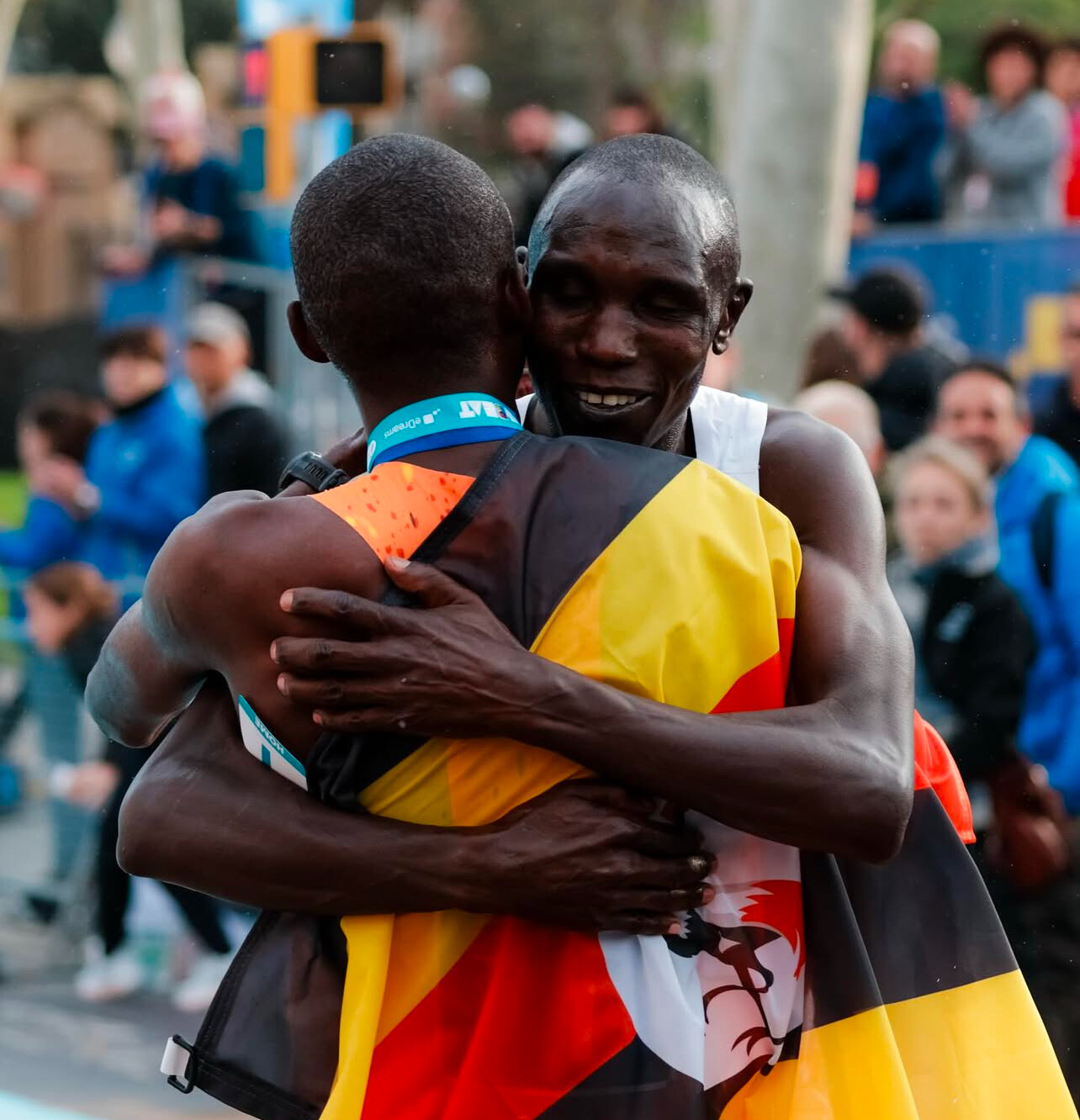
“The temperature was perfect, there was no wind at all, and the course was fantastic—everything went better than expected,” Kiplimo said after the race.
A Perfect Race Strategy
Kiplimo approached the race with a calculated strategy, setting an aggressive yet controlled pace from the start. By the third kilometer, he felt strong and decided to push the tempo further, creating an unstoppable rhythm that led to his record-breaking sub-57-minute finish.
With cool 13°C (55°F) weather, no wind, and Barcelona’s famously flat and fast course, Kiplimo capitalized on the conditions to achieve a performance that will be remembered for years to come. His average pace over the 21.1-kilometer course was an astonishing 2:41 per kilometer or 4:19 per mile, making this one of the fastest sustained performances in distance running history. His 15k split was 39:47, best time ever at that distance.
A Legacy of Dominance in Distance Running

This latest achievement further solidifies Kiplimo’s position as one of the world’s premier distance runners. His accolades include:
Olympic success: Bronze medalist in the 10,000 meters at the Tokyo 2020 Olympics.
Cross country dominance: Two-time World Cross Country Champion.
Half marathon excellence: Previous world record holder with a time of 57:31, set in Lisbon in 2021.
Now, with a sub-57-minute half marathon, he has redefined the possibilities in the event.
A Look to the Future: Marathon Debut in London
Following his world record performance, Kiplimo announced that he will not compete again until making his marathon debut at the London Marathon on April 27, 2025. His transition to the 42.195-kilometer distance has been highly anticipated, and with his strength, speed, and endurance, many believe he could make an immediate impact on the world marathon scene.
His Barcelona performance indicates peak condition, and the running community eagerly awaits to see if he can translate his half marathon dominance into full marathon success.
Men's Top 10 Finishers:
Jacob Kiplimo (Uganda) – 56:42 (World Record)
Geoffrey Kamworor (Kenya) – 58:44
Samwel Mailu (Kenya) – 59:40
Birhanu Legese (Ethiopia) – 1:00:15
Philemon Kiplimo (Kenya) – 1:00:22
Mule Wasihun (Ethiopia) – 1:00:35
Leonard Barsoton (Kenya) – 1:00:50
Abdi Nageeye (Netherlands) – 1:01:05
Sondre Nordstad Moen (Norway) – 1:01:20
Julien Wanders (Switzerland) – 1:01:35
Women's Top 10 Finishers:
Joyciline Jepkosgei (Kenya) – 1:04:13
Letesenbet Gidey (Ethiopia) – 1:04:35
Ruth Chepngetich (Kenya) – 1:04:50
Yalemzerf Yehualaw (Ethiopia) – 1:05:05
Hellen Obiri (Kenya) – 1:05:20
Brigid Kosgei (Kenya) – 1:05:35
Peres Jepchirchir (Kenya) – 1:05:50
Sifan Hassan (Netherlands) – 1:06:05
Almaz Ayana (Ethiopia) – 1:06:20
Lonah Chemtai Salpeter (Israel) – 1:06:35
Kiplimo’s sub-57-minute performance in Barcelona has transformed the landscape of distance running. His ability to maintain a blistering pace throughout the race not only redefines human potential but also inspires the next generation of athletes to push beyond perceived limits.
As he shifts focus to the marathon, one question remains: Is he just getting started?
With the London Marathon on the horizon and potential future records in sight, Jacob Kiplimo’s journey is far from over—it's only just beginning.
(02/16/2025) ⚡AMPby Boris Baron
Granollers Barcelona Half-Marathon
The race is organized by the Col·lectiu d'Atletes de Fons group and was first held in 1987. The course starts and finishes in Granollers and passes through Les Franqueses del Vallès and La Garriga. It is among the more popular half marathon events in Spain with around 10,000 runners taking part in the day's events. In addition to the main...
more...Toshikazu Yamanishi Shatters 20km Race Walk World Record in Kobe
On February 16, 2025, Japan’s Toshikazu Yamanishi delivered a historic performance at the Japanese 20km Race Walking Championships in Kobe, setting a new men’s world record in the 20km race walk with a time of 1:16:10. This incredible feat shattered the previous record of 1:16:36, which had been held by fellow Japanese race walker Yusuke Suzuki since 2015.
Held on Kobe’s Rokko Island, the event is part of the World Athletics Race Walking Tour Bronze series and drew top competitors from around the country. Yamanishi, a two-time world champion, dominated the race from the outset. By the 13th kilometer, he had surged ahead of the field, maintaining a relentless pace that ultimately saw him cut 26 seconds off the world record.

A career-defining achievement
Yamanishi’s record-breaking time also marks a significant improvement on his own personal best of 1:17:15, set in 2019. This latest milestone further cements his status as one of the greatest race walkers of his generation.
His performance in Kobe was a masterclass in pace control and endurance. Over the grueling 20km course, Yamanishi averaged an astonishing pace of 3 minutes and 48 seconds per kilometer. Translated into miles, that equates to an impressive 6 minutes and 7 seconds per mile—a testament to his efficiency and conditioning.

Already a double World Athletics Championships gold medalist (2019 and 2022), Yamanishi has been a dominant force in race walking for years. With this new world record, he continues to push the boundaries of the sport, bringing international attention to Japan’s thriving race walking community.
Perfect conditions for a historic race
The race-day conditions in Kobe were nearly ideal, with a mild 23°C (73°F) temperature and clear skies—factors that contributed to Yamanishi’s blistering pace. The atmosphere was electric, with thousands of spectators lining the course, cheering him on as he powered toward history.
His ability to execute a flawless race strategy, maintaining a strong cadence and controlled form, showcases not only his physical endurance but also his tactical intelligence. His disciplined approach allowed him to sustain his pace without faltering—a hallmark of an elite athlete at the peak of his game.
Japan’s legacy in race walking continues
Yamanishi’s world record underscores Japan’s continued dominance in the race walking discipline. With deep-rooted traditions in endurance sports and a strong competitive circuit, Japan has consistently produced some of the world’s finest race walkers.
His latest achievement also raises expectations for the upcoming international competitions, where he will likely be a top contender for further gold medals. As Yamanishi continues his remarkable career, race walking enthusiasts around the world eagerly await what he will accomplish next.
With this record-breaking performance in Kobe, Toshikazu Yamanishi has not only rewritten history but also reaffirmed his place as one of the greatest race walkers of all time.
(02/16/2025) ⚡AMPby Boris Baron
Geoffrey Kamworor Ready to Kick Off 2025 at the Barcelona Half Marathon
Kenyan long-distance star Geoffrey Kamworor is set to begin his 2025 season at the eDreams Mitja Marató Barcelona on February 16, signaling his readiness with a social media post stating, "Ready for tomorrow @barcelona half marathon."
A three-time World Half Marathon Champion (2014, 2016, 2018), Kamworor remains one of the most dominant figures in road racing. He holds a personal best of 58:01, achieved at the 2019 Copenhagen Half Marathon, a mark that still ranks among the fastest half-marathon times in history.
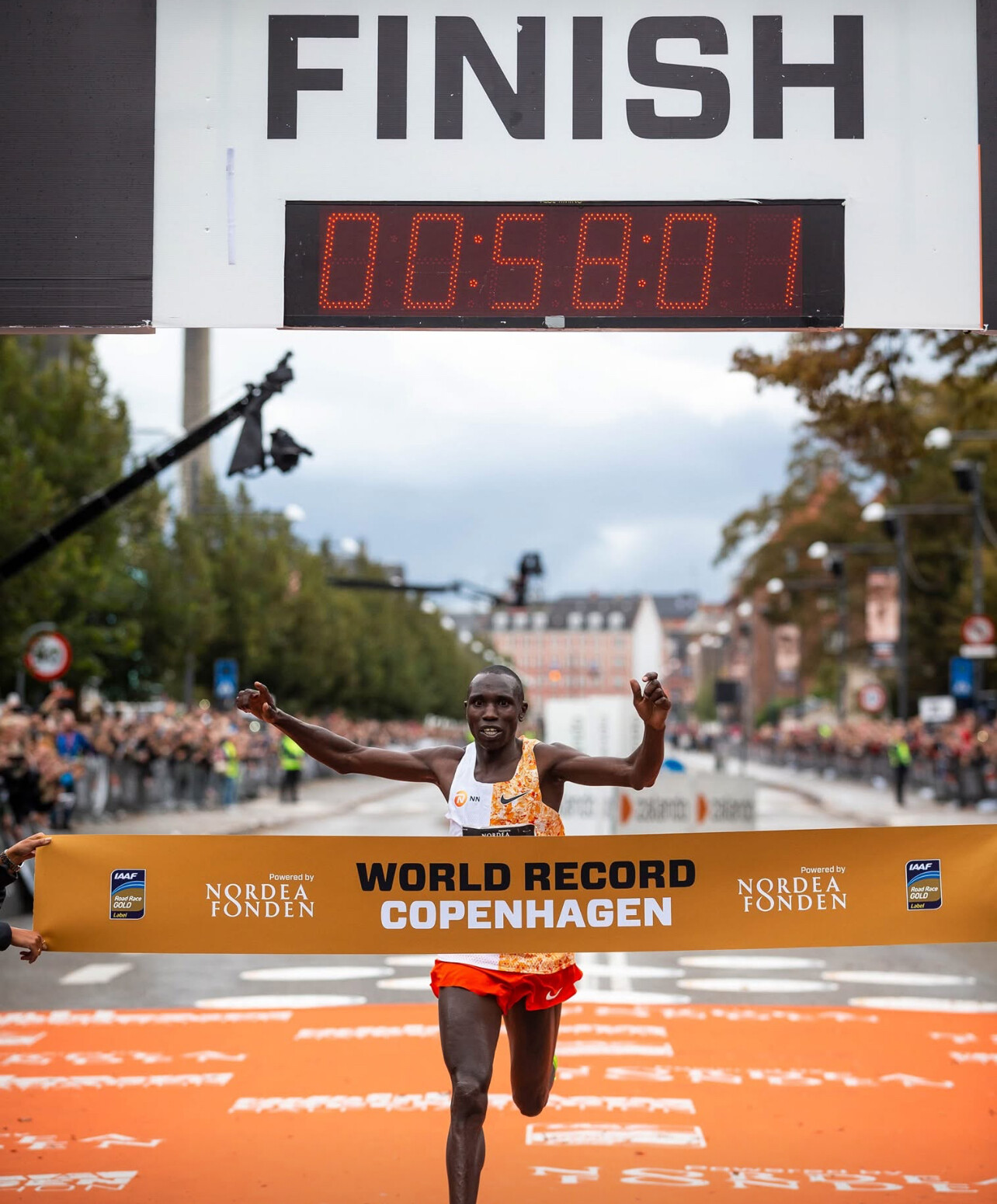
His last competitive appearance was at the 2024 New York City Marathon, where he finished fifth in 2:08:50. Now, as he returns to the half-marathon distance, fans and analysts alike will be eager to see if he can reclaim his dominance over 13.1 miles.

A Highly Competitive Field
Kamworor won’t have an easy path to victory in Barcelona. The race has assembled a strong elite field, including:
Jacob Kiplimo (Uganda) – The 2020 Olympic 10,000m bronze medalist and 2020 World Half Marathon Champion, one of the fastest half-marathon runners in history.
Roncer Kipkorir Konga (Kenya) – Third-place finisher at the 2024 Barcelona Half Marathon with a personal best of 59:27.
With a course known for its fast times and ideal racing conditions, Barcelona could provide the perfect stage for Kamworor to make a statement early in 2025.
What to Expect from Kamworor
Kamworor’s track record suggests he thrives in high-stakes races, particularly in the half-marathon. If he is in peak form, he has the potential to challenge for the win and possibly push for one of the year’s fastest times.
As he takes to the streets of Barcelona, the running world will be watching closely. Will this be the start of another dominant season for Kamworor? Race day will tell.
(02/15/2025) ⚡AMPBarcelona Half Marathon
The eDreams Mitja Marató de Barcelona by Brooks, also known as the eDreams Barcelona Half Marathon, is an annual half marathon held in Barcelona, Catalonia, Spain. Organized by RPM Sports and ASO, the event is scheduled for February 16, 2025. In 2023, the race attracted 21,477 runners, with 33% of participants coming from abroad, representing 101 nationalities. The half marathon...
more...The Evolution of the High School Sub-4 Mile Club
On May 6, 1954, Roger Bannister made history by running the first sub-4-minute mile, clocking 3:59.4 in Oxford, England. His groundbreaking achievement redefined what was possible in middle-distance running, inspiring generations of athletes to chase the elusive mark.
For decades, breaking the 4-minute barrier remained an extraordinary feat, but in recent years, more high school runners in the United States have joined this exclusive club. As of February 2025, 23 American high school boys have accomplished this milestone, with notable additions in 2024 and 2025.
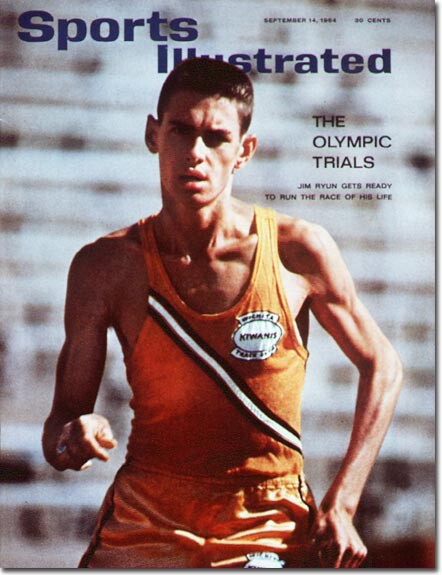
The Latest High School Runners to Break Four Minutes
The most recent athletes to achieve the sub-4-minute mile in high school competition are:
- Drew Griffith – 3:57.72 (May 30, 2024, Festival of Miles, St. Louis, Missouri)
- JoJo Jourdon – 3:59.87 (February 3, 2024, New Balance Indoor Grand Prix, Boston, Massachusetts)
- Zachary Hillhouse – 3:59.62 (June 16, 2024, New Balance Nationals Outdoor, Philadelphia, Pennsylvania)
- Owen Powell – 3:57.74 (February 15, 2025, UW Husky Classic, Seattle, Washington)
These runners continue to prove that the sub-4-minute mile, once thought to be nearly impossible for young athletes, is an achievable milestone with the right combination of talent, training, and opportunity.
Jim Ryun and Alan Webb: The Legends of the High School Mile
Jim Ryun: A Historic Career
Jim Ryun was the first high school runner to break the 4-minute mile, running 3:59.0 in 1964 as a junior. He later set the national high school record of 3:55.3 in 1965, a time that stood for 36 years.
After his historic high school career, Ryun went on to break the world record in the mile twice—first in 1966, and then again in 1967 when he ran 3:51.1. At 19 years old, he remains the youngest world record holder in the mile to date. His record stood for nine years before being broken in 1975.
Ryun represented the United States in three Olympic Games (1964, 1968, and 1972), winning a silver medal in the men’s 1500m at the 1968 Olympics. His dominance in middle-distance running made him one of the greatest milers in history.
Alan Webb: The New Generation's Record-Breaker
In 2001, Alan Webb broke Ryun’s long-standing high school mile record by running 3:53.43 at the Prefontaine Classic. Webb’s performance redefined expectations for young milers and set a new benchmark for high school runners.
Webb continued his success post-high school and later set the American record in the mile, running 3:46.91 in 2007. This remains one of the fastest mile performances ever by an American.
Despite his success, Webb’s professional career was marked by injuries, including Achilles tendonitis and stress fractures, which affected his consistency. However, his high school and professional achievements cemented his place as one of the greatest milers in U.S. history.
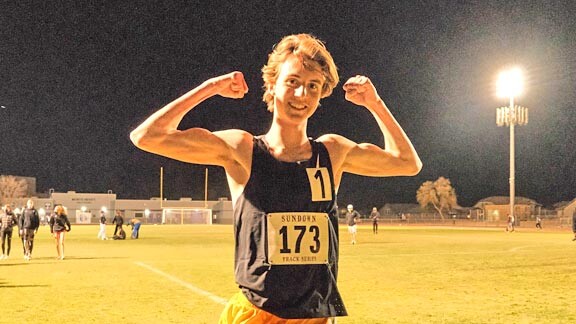
The Complete List of High School Sub-4 Milers
Below is the full list of American high school runners who have broken the 4-minute mile, ranked by their fastest time achieved during high school competition:
- Alan Webb (first photo) – 3:53.43 (May 27, 2001, Prefontaine Classic, Eugene, Oregon)
- Jim Ryun (second photo) – 3:55.3 (June 27, 1965, AAU Championships, San Diego, California)
- Colin Sahlman (third photo) – 3:56.24 (May 28, 2022, Prefontaine Classic, Eugene, Oregon)
- Drew Griffith – 3:57.72 (May 30, 2024, Festival of Miles, St. Louis, Missouri)
- Hobbs Kessler – 3:57.66 (February 7, 2021, American Track League Invitational, Fayetteville, Arkansas)
- Drew Hunter – 3:57.81 (February 20, 2016, NYRR Millrose Games, New York City, New York)
- Gary Martin – 3:57.89 (June 2, 2022, Festival of Miles, St. Louis, Missouri)
- Connor Burns – 3:58.83 (June 2, 2022, Festival of Miles, St. Louis, Missouri)
- Tim Danielson – 3:59.4 (June 11, 1966, San Diego Invitational, San Diego, California)
- Reed Brown – 3:59.30 (June 1, 2017, Festival of Miles, St. Louis, Missouri)
- Matthew Maton – 3:59.38 (May 8, 2015, Oregon Twilight Meet, Eugene, Oregon)
- Grant Fisher – 3:59.38 (June 4, 2015, Festival of Miles, St. Louis, Missouri)
- Michael Slagowski – 3:59.53 (April 29, 2016, Jesuit Twilight Invitational, Portland, Oregon)
- Leo Daschbach – 3:59.54 (May 23, 2020, The Quarantine Clasico, El Dorado Hills, California)
- Simeon Birnbaum – 3:57.53 (June 1, 2023, Festival of Miles, St. Louis, Missouri)
- Rheinhardt Harrison – 3:59.33 (June 3, 2022, Golden South Series #2, Tarpon Springs, Florida)
- Marty Liquori – 3:59.8 (June 23, 1967, AAU Championships, Bakersfield, California)
- Lukas Verzbicas – 3:59.71 (June 11, 2011, Adidas Grand Prix, New York City, New York)
- JoJo Jourdon – 3:59.87 (February 3, 2024, New Balance Indoor Grand Prix, Boston, Massachusetts)
- Zachary Hillhouse – 3:59.62 (June 16, 2024, New Balance Nationals Outdoor, Philadelphia, Pennsylvania)
- Owen Powell – 3:57.74 (February 15, 2025, UW Husky Classic, Seattle, Washington)
- Tinoda Matsatsa – 3:58.70 (June 1, 2023, Festival of Miles, St. Louis, Missouri)
- Jackson Heidesch – 3:59.08 (June 1, 2023, Festival of Miles, St. Louis, Missouri)
The Sub-4 Mile Remains an Iconic Benchmark
Roger Bannister’s 1954 breakthrough redefined human potential in distance running, and the high school sub-4-mile club continues to grow. As competition and knowledge improve, the question isn’t whether more young runners will join the club, but just how fast the next generation can go
(02/15/2025) ⚡AMPItaly’s Most Popular Half Marathon Returns for 2025 with a Strong International Field
The Roma-Ostia Half Marathon, Italy's most popular half marathon, is set to celebrate its 50th edition on Sunday, March 2, 2025. This landmark event is expected to attract over 12,000 participants, including a significant international contingent, with foreign runners comprising approximately 42% of the registrants.
The race will follow its traditional route, starting in Rome's EUR district near the Palazzo dello Sport. Runners will traverse the wide boulevards of the neighborhood before proceeding onto the Cristoforo Colombo road, leading directly to the finish line at Ostia's main roundabout. This 21.0975-kilometer course is renowned for its speed, offering participants a prime opportunity to achieve personal bests.

In the lead-up to the race, the Casa RomaOstia 2025 Village will be open from Thursday, February 27, to Saturday, March 1, at Piazzale Pier Luigi Nervi. The Village will feature a photographic exhibition celebrating the half-century history of the event, along with various stands showcasing the latest in sports and running. A highlight of the pre-race activities is the elite athletes' parade scheduled for Saturday, March 1.
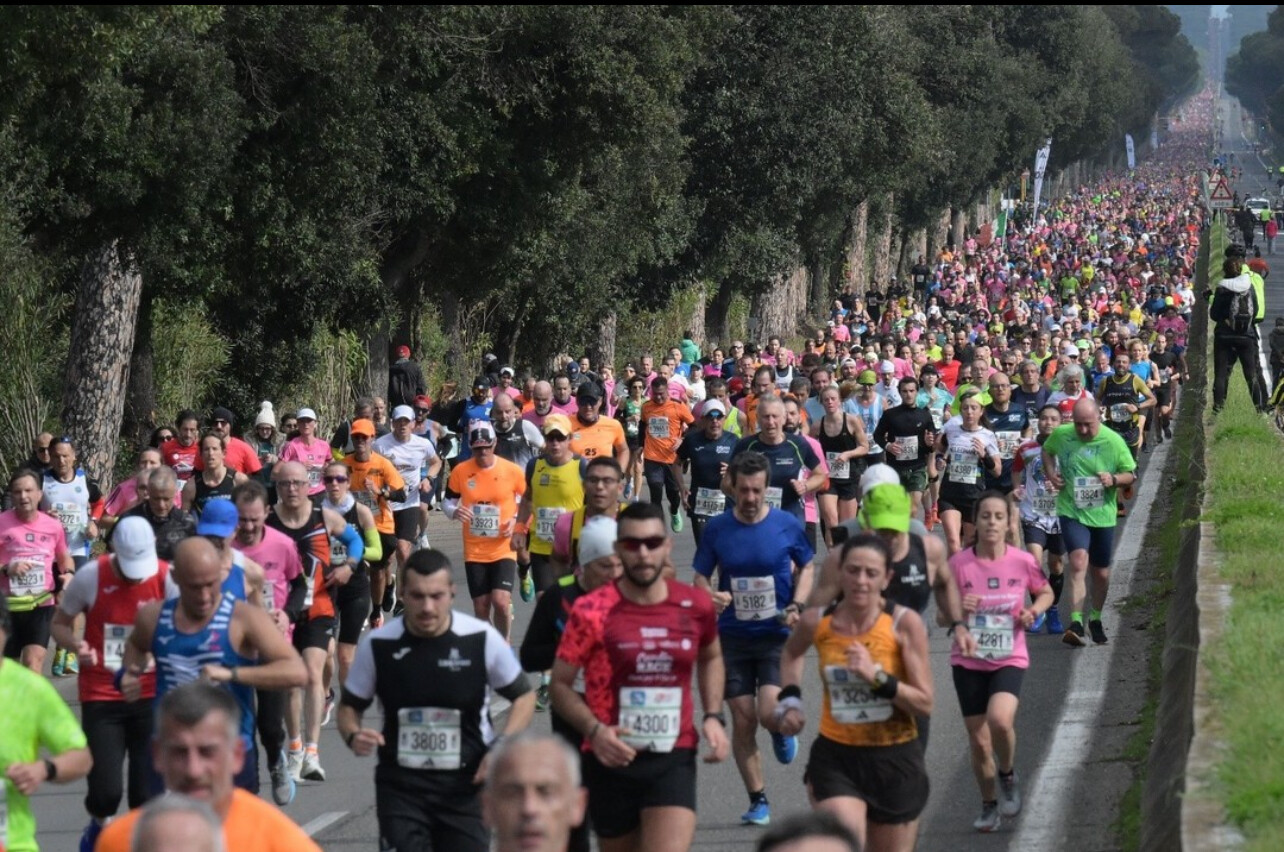
As of now, the official list of elite runners for the 2025 race has not been released. However, the Roma-Ostia Half Marathon has a storied history of attracting top-tier international talent. In the 2024 edition, notable athletes such as Ethiopian Tsegu Berehanu Wendemu and Kenyan Mary Wacera Ngugi participated, with Ngugi clinching the women's title. Given this tradition, participants and spectators can anticipate a competitive field in the upcoming race.
The current course records stand as a testament to the event's competitive nature. In the men's category, Moroccan athlete Aziz Lahbabi set the record in 2014 with a time of 59:25. On the women's side, Kenyan runner Florence Kiplagat holds the record with a time of 1:06:38, achieved in 2012.
(02/15/2025) ⚡AMPRoma Ostia Half Marathon
Italy's most popular half marathon, this road race is a popular event for runners of all abilities. The Roma-Ostia Half Marathon is an annual half marathon road running event which takes place in the spring in Rome, Italy. The course begins in the EUR district of the city and follows a direct south-easterly route to the finish point near the...
more...Running USA Reports 15% Growth in Race Finishers for Second Half of 2024
Running USA has released its final report on the top races in the U.S. for the second half of 2024, revealing a significant surge in participation across all major distances. The number of finishers in the top 100 races—spanning 5K, 10K, half marathon, and marathon distances—grew by an average of 15% compared to the same period in 2023.
A Strong Comeback for Road Racing
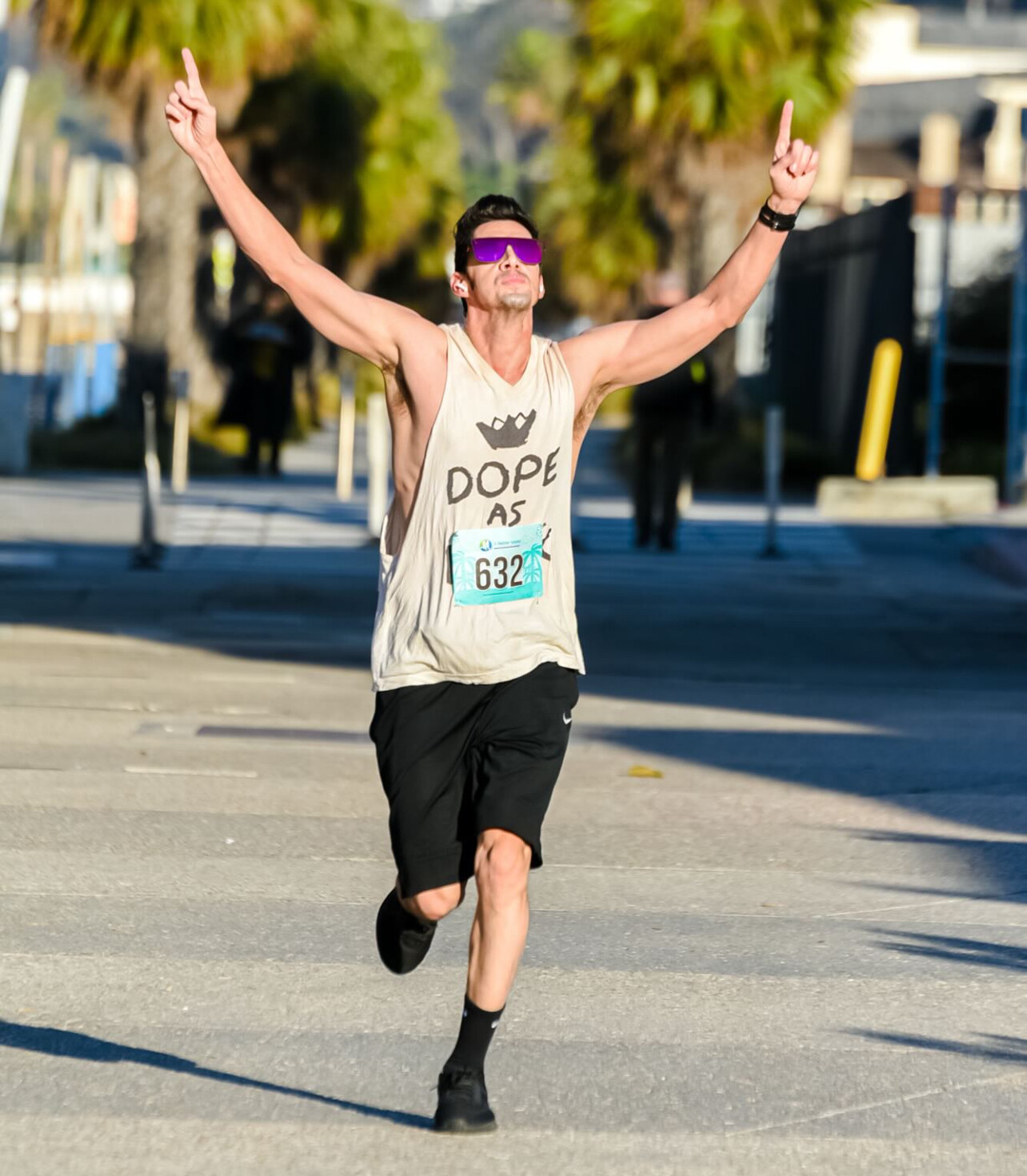
The report highlights a thriving road racing scene, with marquee events such as the TCS New York City Marathon and the Bank of America Chicago Marathon setting new records for participation. While these major fall marathons continue to attract massive fields, the growth in finishers was not limited to the biggest races.
“More than ever, runners want to race,” said Jay Holder, Executive Director of Running USA. “From the 5K to the marathon, they have hundreds of world-class races to choose from. Whether runners want to travel or run in their hometown, there are great events happening every weekend in every community in the country.”
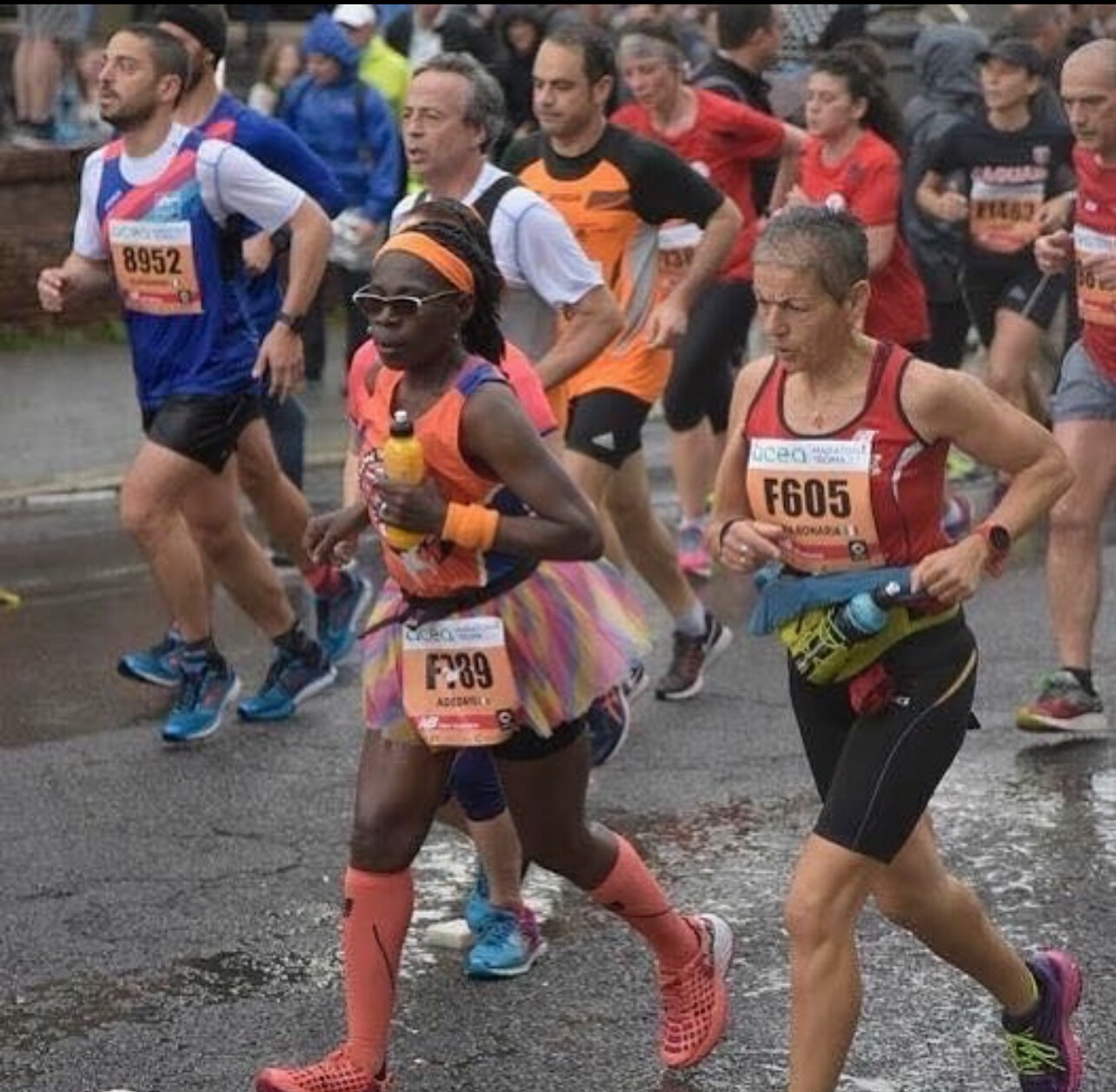
What’s Driving the Growth?
Several factors have contributed to this resurgence in race participation:
• Increased accessibility and variety– With more race options available, runners can find an event that suits their schedule, location, and personal goals.
• Strong community engagement– Local events have seen renewed enthusiasm, with runners eager to take part in in-person racing after years of disruptions.
• A growing running culture– The rise of social running groups, personalized coaching, and virtual training platforms has led to a more engaged and motivated running community.
• High-profile races drawing record numbers– Iconic races like the NYC and Chicago Marathons have continued to attract global participation, setting a benchmark for race organization and experience.
Looking Ahead
With momentum building in the second half of 2024, the road racing boom shows no signs of slowing down. Race directors and organizers are already planning for an even bigger 2025, ensuring that runners across the country have access to high-quality events.
Stay tuned to My Best Runs for more insights on the latest race trends, records, and upcoming events!
(02/14/2025) ⚡AMPby Boris Baron
Grant Fisher Shatters 5,000m Indoor World Record with 12:44.09 at BU Valentine Invite
American distance running star Grant Fisher delivered a historic performance at the Boston University David Hemery Valentine Invitational, setting a new world indoor record in the 5,000 meters with an astonishing time of 12:44.09. Fisher’s blistering run on February 14, 2025, broke the previous record of 12:49.60, set by Ethiopia’s Kenenisa Bekele in 2004.
The race saw Fisher dominate the competition, with French athlete Jimmy Gressier finishing second in 12:54.92, setting a new European indoor record and breaking his own French national record. Fisher’s remarkable pace and precision in the race demonstrated his growing dominance on the track and solidified his place among the sport’s greatest distance runners.

Back-to-Back World Records
This milestone comes just days after Fisher set the world indoor 3,000-meter record at the Millrose Games in New York on February 8, clocking 7:22.91. With two world records in less than a week, Fisher has established himself as one of the most formidable long-distance runners in history.
His recent performances build upon his success at the 2024 Paris Olympics, where he claimed bronze medals in both the 5,000m and 10,000m events—becoming the first American to medal in both events at a single Olympics.
Fisher’s Reaction and Looking Ahead
After his record-breaking run, Fisher expressed his excitement and gratitude for the support from his team and the electric atmosphere in Boston. He acknowledged the significance of breaking Bekele’s long-standing record and credited the momentum gained from his recent 3,000m world record as a key factor in his historic performance.
As Fisher continues to push the limits of American and global distance running, all eyes will be on what he does next. Could this be just the beginning of an even greater legacy?
Stay tuned to My Best Runs for more coverage of the latest record-breaking performances and distance running news.
(02/14/2025) ⚡AMPby Boris Baron
A Long Run – The Running Documentary That’s Inspiring Runners Everywhere
Some films tell a story. Others ignite a movement. A Long Run does both.
But don’t just take our word for it—here’s what real runners who watched the film had to say:
@no1fibersplicer525"I love this! I’m 49 and I started ‘Couch to 5K’ three weeks ago. I signed up for my first 5K last night. I’m super excited...I’m tired after each run, but even as I run further, it’s the same ‘tired’—I’m adapting! I’m becoming that guy I see on TV. I will run this 5K and I will start calling myself a runner! Thanks for the encouragement!"
@AdventuresomeOutlook"I love hearing stories of people picking up running. Running saved me from a deep depression after getting diagnosed with multiple medical conditions. I picked up running (something I never desired doing), and it’s helped me gain so much confidence and pride in myself..."
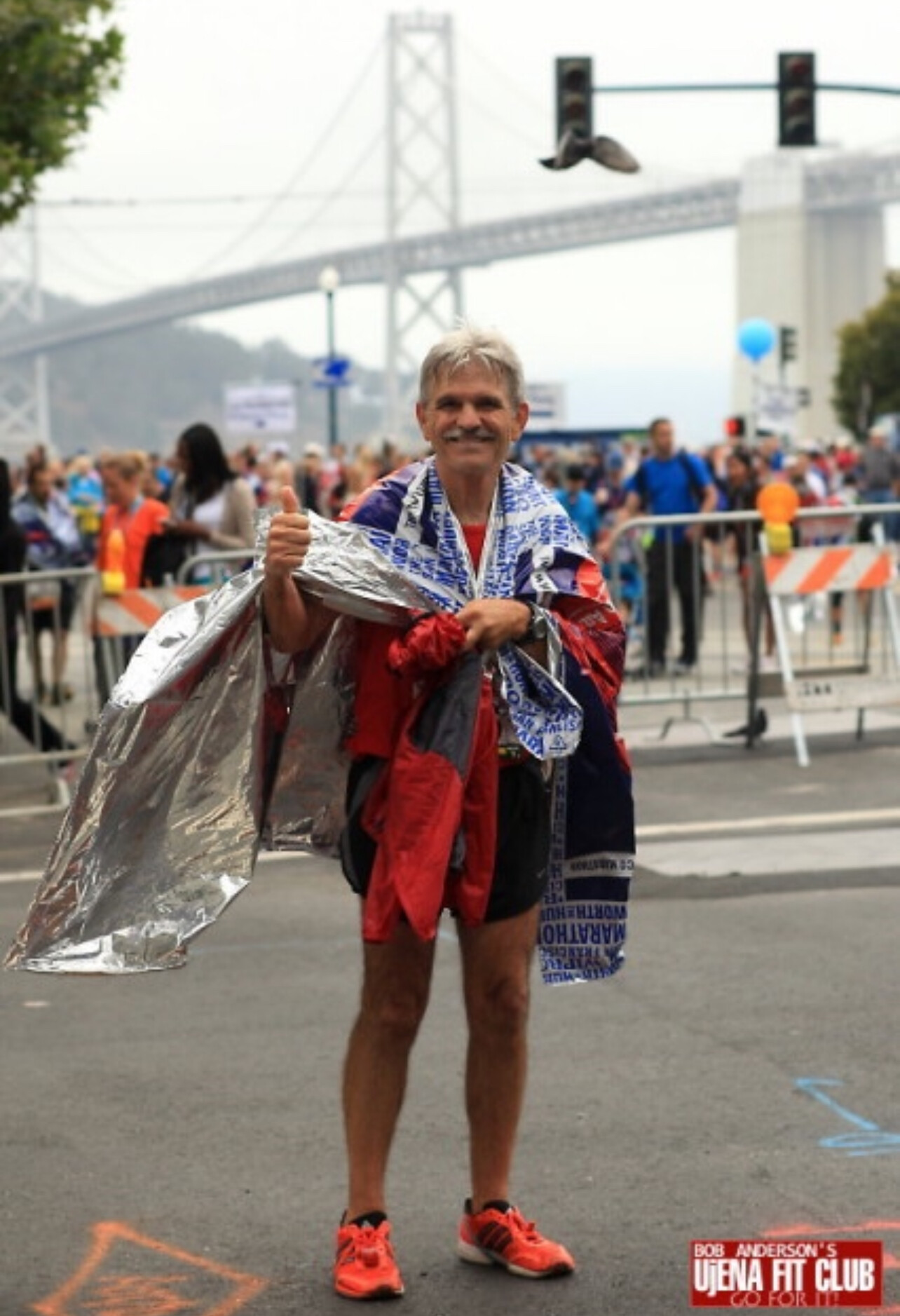
@deldridg"So many life lessons here. Thank you for such a wonderful documentary and for all the inspiration. Tomorrow after dropping the kids off at school, this Sydney dad will be heading out to a gorgeous trail to enjoy running through 10km of views over the Hawkesbury River, endless bird song, and the company of the occasional goanna. On Sunday, the whole family will do it again. I can’t wait!! Cheers and thank you!"
The Man Behind the Journey
The old guy still has it. A runner will always be a runner.
That “old guy” is Bob Anderson, the man who founded Runner’s World magazine at age 17 with just $100 and a typewriter. He built the magazine into a global running institution before selling it to Rodale Press in 1984. But his love for running never faded.
50 years after his first run, Bob took on a bold challenge: run 50 races in one year covering 350 miles at an average pace under 7 minutes per mile—all at the age of 64.
That’s equivalent to a 5:30 pace for a 30-year-old male or a 6:00 pace for a 30-year-old female—elite-level speed at any age.
Could he do it? How would he handle injuries, fatigue, and the mental grind?
A Film Narrated by an Icon
What makes A Long Run even more special is that it’s narrated by actor Sean Astin, best known for his roles in Rudy, The Goonies, and The Lord of the Rings trilogy.
Bob met Sean at one of the races he was staging, and the two immediately bonded over their shared passion for running. Sean, an avid marathoner himself, was the perfect voice to bring Bob’s incredible journey to life, adding emotional depth and energy that captures the heart of the film.
More Than a Personal Challenge—A Tribute to Running
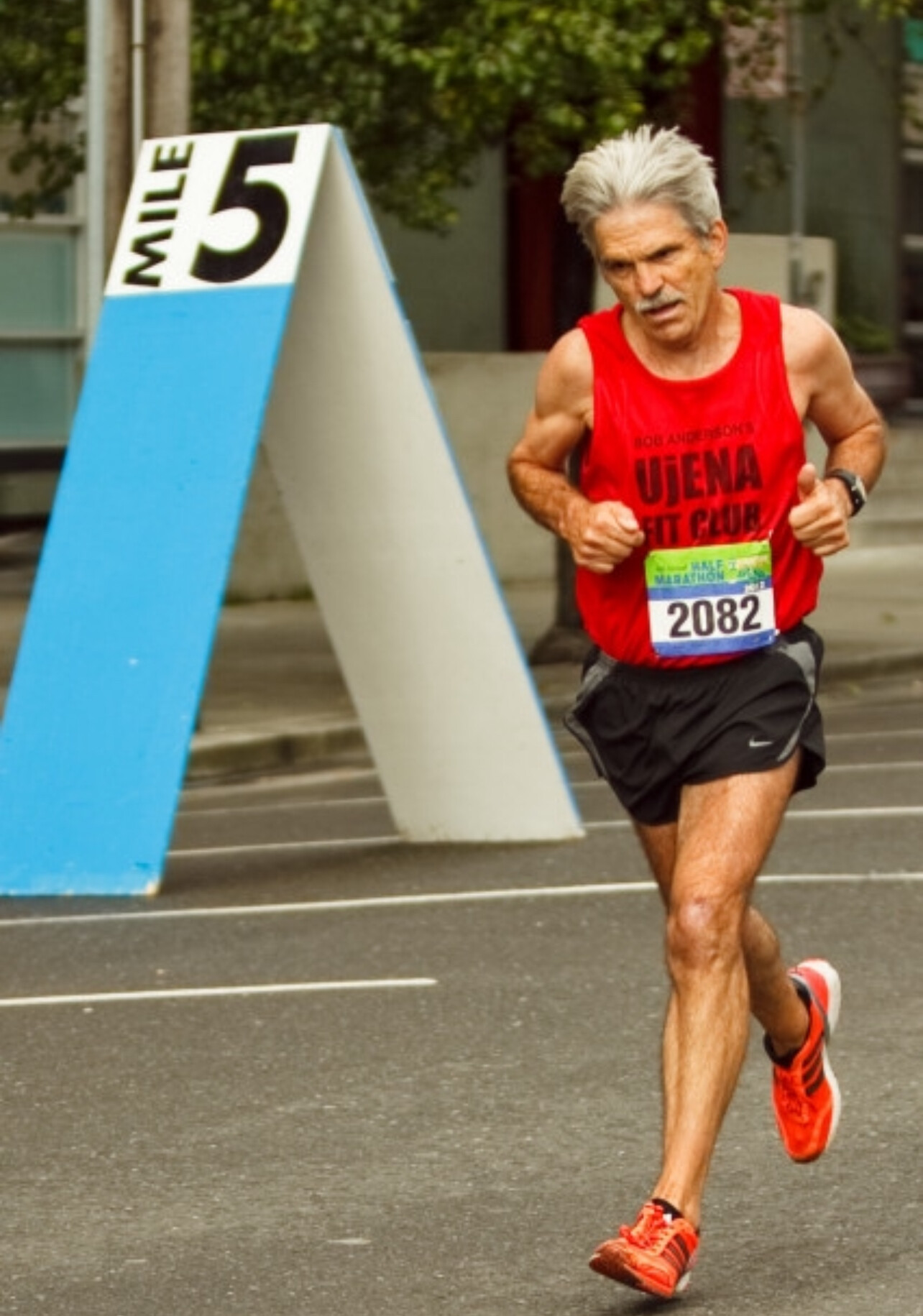
The film isn’t just about Bob. It’s about the sport itself.
The history – A Long Run takes you back to the early days of the running boom, featuring icons like Bill Rodgers, Billy Mills, Paula Radcliffe, Dean Karnazes, and George Hirsch.
Some of the races – Experience the thrill of running through:
Avenue of the Giants – Towering redwoods in California create a breathtaking race backdrop.
San Francisco’s hills – A stunning yet brutal testing ground for runners.
Coastal Fort Bragg – Where the ocean’s rhythm meets the rhythm of the runner.
Run the Parkway Half Marathon (Kansas) – The race near Overland Park, Kansas, where Bob founded Distance Running News, the publication that later became Runner’s World.
Falmouth Road Race (Massachusetts) – One of the most scenic and historic road races on the East Coast.
Kauai Half Marathon (Hawaii) – A September race offering breathtaking ocean and mountain views in paradise.
@angellosmalefakis1321"This was a wonderful film, Bob! Wonderful in so many ways! Good to see that you presented so many icons of the sport of running. I was with Runner’s World when it was young. There in NYC when the marathon was at its infancy. We still miss Fred. Miss Greta. Wonderful film in so many ways! I love it! I am 65 and still running—now winning masters races!"
Why You Should Watch A Long Run
If you’ve ever laced up your shoes for a jog, if you’ve ever wondered how far you could go, or if you just need a spark to get moving again, this film is for you.
With over 342,000 views, A Long Run has inspired runners around the world. The best part? It’s completely free to watch!
@mpgrewal00"Bob loves running. Bob lives running. Good work, Bob."
@shamelesssheamis545"I’m 35 and started 5 months ago. One day I just got up and ran a mile. It was slooow. But that was it for me. I’m up to running 12 miles now and I cannot wait to see where this goes! Happy running, everyone!"
@barefootbeachrunner9498"Awesome. Inspiring film. Thanks for reminding me why I run!"
Where to Watch
Watch the full film for free on YouTube: A Long Run.
Or visit alongrun.com for more information.
We hope you’ll watch it and let us know what you think. Leave a comment, share your thoughts, and help us reach 500,000 views!
This is your chance to see what happens when passion meets determination. To feel the runner’s high without breaking a sweat. To be inspired by the sport we all love.
Because, as Bob Anderson has proven, a long run never really ends.
(02/14/2025) ⚡AMPby Boris Baron
Chronobiology and Marathons – How to Hack Your Body Clock for Race Day Success
Imagine this. You’ve spent months preparing for race day, meticulously logging miles and fine-tuning your nutrition. But when the marathon gun goes off, something feels off. Your legs feel heavy, your focus is blurred, and instead of hitting your stride, you struggle.
It’s not just nerves—it could be your circadian rhythm working against you. The latest research in chronobiology (the study of the body’s natural clock) suggests that syncing your training, sleep, and fueling habits with your internal rhythms could unlock serious race-day advantages. Here’s how to tap into this powerful, science-backed strategy for your next marathon.
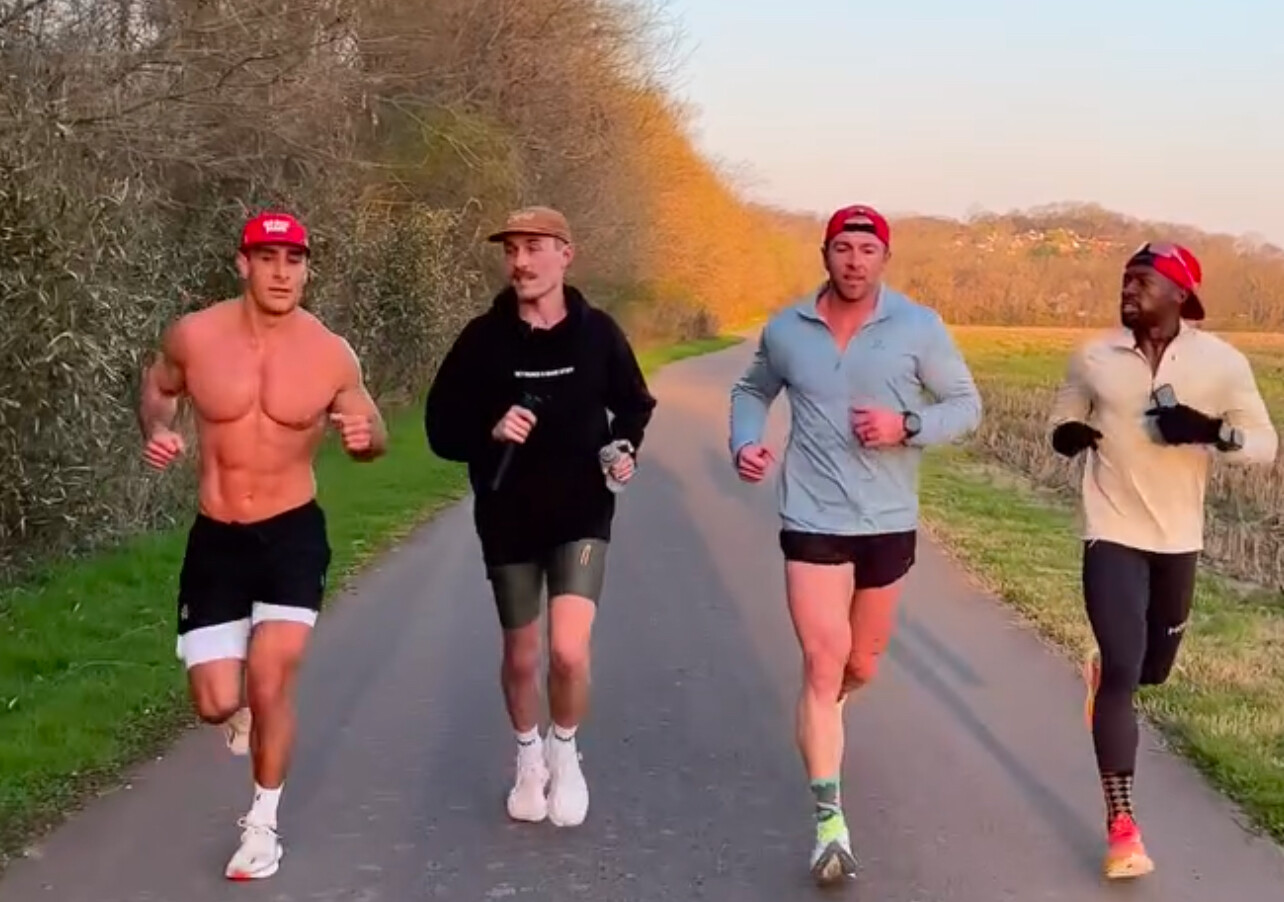
The Body Clock – Your Hidden Marathon Coach
Every system in your body—from energy production to muscle function—follows a 24-hour circadian rhythm. Key factors include
Energy cycles. Cortisol spikes in the morning to wake you up. Melatonin rises at night for recovery.
Muscle efficiency. Research shows endurance and strength peak in the late afternoon.
Recovery processes. Deep sleep fuels glycogen restoration and tissue repair.
But here’s the catch. Not everyone’s rhythm is the same. Your chronotype, whether you’re a morning “lark” or a night “owl,” dictates when you naturally perform best. A study in Current Biology found that athletes who train in sync with their chronotype can improve performance by up to 26 percent. However, most marathons start early in the morning, meaning night owls are at a biological disadvantage unless they train their body clock accordingly.
Why Early Race Starts Can Sabotage Your Performance
Marathon start times prioritize logistics, not biology. Whether it’s beating the heat or coordinating city road closures, most races begin at 7 or 8 AM. This is great for morning people but can be disastrous for night owls, whose bodies are still in sleep mode.
Add jet lag from destination races, and the issue gets worse. If you’re traveling across time zones, your circadian rhythm could take days to adjust, leaving you sluggish on race day.
Solution. Shift your sleep schedule in 30-minute increments starting one or two weeks before the race. Use morning sunlight exposure and strategic meal timing to reset your clock faster.
Train Your Body Clock for Race-Day Success

How do you adapt your training to match marathon timing?
Step 1. Identify Your Chronotype
Morning larks. Schedule key workouts early in the day.
Night owls. Shift workouts 10 to 15 minutes earlier every three days to gradually sync up.
Step 2. Mimic Race ConditionsFour to six weeks out, start running at the exact time your race starts to train your body to mobilize energy at that hour.
Step 3. Use External Cues (Zeitgebers)
Light exposure. Get 10 minutes of sunlight first thing in the morning to naturally boost cortisol.
Meal timing. Eat breakfast at the same time you will on race day.
Cold exposure. A cold shower after morning runs can help your body adjust faster.
Sleep – The Marathoner’s Secret Weapon
Sleep deprivation can wreck endurance, glycogen storage, and decision-making during a race. During training
Protect deep sleep. No alcohol, heavy meals, or screens two hours before bed.
Strategic naps. A 20-minute post-run nap enhances recovery without causing grogginess.
What about pre-race insomnia? It’s common for runners to struggle with sleep the night before a race. Don’t panic—just resting in bed with your eyes closed is still beneficial for energy conservation.
The Science Behind Kipchoge’s Sub-2-Hour Marathon
When Eliud Kipchoge shattered the two-hour marathon barrier in 2019, his team optimized every biological factor, including circadian timing.
His marathon in Vienna was scheduled for his peak performance window between 8 and 10 AM.
He adjusted his sleep and meal schedule weeks in advance to match race conditions.
He used light therapy to fine-tune his cortisol and melatonin cycles.
Most of us aren’t chasing a sub-2 marathon, but small tweaks in timing can still yield big performance gains.
Your Personalized Race-Day Chrono-Checklist
Three months out. Identify your chronotype and start syncing workouts to race time.
One month out. Gradually shift your sleep and wake times by 15-minute increments if needed.
Race week. Prioritize sleep over mileage and use light exposure to maintain rhythms.
Race morning. Wake up three hours before start time—your body needs 90 to 120 minutes to fully boot up.
Final Takeaway – Train With Time, Not Against It
Your body isn’t just responding to mileage—it’s responding to timing. Syncing your training with your natural rhythms can help you avoid injury, optimize performance, and feel stronger in those final miles. As Kipchoge says
"Only the disciplined ones are free."
And discipline, it turns out, means listening to your body clock.
(02/14/2025) ⚡AMPby Boris Baron and Bruce Baronton
Historic Course Change for 2025 United Airlines NYC Half: Runners to Cross Brooklyn Bridge for the First Time
The 2025 United Airlines NYC Half Marathon is set to captivate runners with a historic course alteration and a lineup of elite athletes. Scheduled for Sunday, March 16, 2025, this year's race introduces a significant change: participants will traverse the iconic Brooklyn Bridge for the first time in the event's history.
Course Modification: Crossing the Brooklyn Bridge

Due to ongoing construction on South Street in Manhattan, the New York Road Runners (NYRR) have rerouted the course to cross the Brooklyn Bridge instead of the Manhattan Bridge, which had been part of the race since 2018. This adjustment not only offers runners a fresh perspective of the city but also marks the inaugural inclusion of the Brooklyn Bridge in an NYRR race.
The revised course begins on Washington Avenue near the Brooklyn Botanic Garden, leading runners through Prospect Park. Upon reaching the junction of Flatbush Avenue and Tillary Street, participants will turn left onto Tillary Street, then right onto Brooklyn Bridge Boulevard to cross the Brooklyn Bridge.

After descending the bridge’s exit ramp, runners will join the FDR Drive in Manhattan, continue through the Lower East Side, proceed into Midtown, experience the rare opportunity to run through Times Square, and ultimately finish in Central Park.
The 2025 United Airlines NYC Half Marathon promises to be a landmark event, blending a historic course update with the anticipation of elite athletic performances, all set against the vibrant backdrop of New York City.
(02/14/2025) ⚡AMP
by Boris Baron
Eilish McColgan Eyes Paula Radcliffe’s British Marathon Record—But Not on Debut
Eilish McColgan, the reigning Commonwealth Games 10,000m champion, is preparing to take on the marathon distance for the first time in April at the London Marathon. While the 34-year-old has her sights set on eventually breaking Paula Radcliffe’s longstanding British marathon record of 2:15:25, she is clear that it won’t happen on her debut.
“It’s so unrealistic to think I’m going to go in and break Paula Radcliffe’s record on my first attempt,” McColgan admitted. “That’s nonsense. It just isn’t going to happen. But do I think I’m capable of getting down to those times in the future? Absolutely. I wouldn’t be here if I didn’t think I was. But I’m playing more of a long game, and just taking things month by month and year by year rather than trying to rush things.”

For McColgan, this marathon debut has been a long time coming. She originally planned to run London in 2023, but injuries forced her to withdraw. In hindsight, she believes that rushing her marathon training contributed to the issues that kept her sidelined for nearly six months.
Now, with a more structured approach, she sees this as the start of a new chapter in her career. The transition from elite track racing to the marathon is a challenge that many great distance runners have taken on, and McColgan is determined to build gradually rather than force a record-breaking performance too soon.
A Running Legacy

McColgan’s marathon ambitions are deeply rooted in her family history. Her mother, Liz McColgan, was a world champion over 10,000m in 1991 and a London Marathon winner in 1996. Throughout her career, Liz McColgan was known for her incredible endurance and grit—qualities that Eilish has clearly inherited.
Having her mother as a mentor has been invaluable. Liz has guided Eilish through her development as a long-distance runner, offering both coaching insights and first-hand experience of what it takes to succeed over 26.2 miles. While Eilish has carved out her own path in the sport, her mother’s legacy as a champion marathoner serves as both an inspiration and a benchmark.
“It’s a totally different challenge,” McColgan said. “The marathon is so much more about patience and experience. Having my mum’s advice has been really helpful, especially after last year when I probably rushed into things too quickly. Now, I feel like I’m approaching it the right way.”
Building Toward the Record
Before injury struck, McColgan was in the best shape of her career. She had just shattered Radcliffe’s 21-year-old British 10,000m record and had lowered her own British half marathon mark in Berlin. These performances suggested that she was well on her way to transitioning into the marathon successfully.
Now, after months of careful rebuilding, she believes she has the foundation needed to complete her first 26.2-mile race. But rather than going all-in for a record-breaking debut, McColgan is focused on learning the marathon, understanding the pacing, and building toward future attempts.
“I still think my best years are ahead of me,” she said. “I’ve got a lot more to give in the marathon, but I know I have to respect the distance. This first one is about learning. I want to build from here and put myself in a position to attack fast times in the future.”
While Radcliffe’s 2:15:25 remains one of the most iconic marathon performances in history, McColgan believes that with time, experience, and the right training, she can one day challenge that mark.
For now, her London debut is just the beginning of that journey. With her mother’s guidance, a more measured approach, and a career built on resilience, McColgan is well on her way to becoming Britain’s next great marathoner.
(02/13/2025) ⚡AMPby Boris Baron
Agnes Jebet Aims for Half Marathon World Record After Injury Comeback
Agnes Jebet, the reigning 10km world record holder, is preparing for her most ambitious goal yet—breaking the half marathon world record by the end of 2025. After a difficult 2024 season that saw her sidelined from the Paris Olympics due to injury, the 24-year-old Kenyan star is now fully recovered and determined to reach new heights in her running career.
Her journey back to the top will begin at the Sirikwa Classic World Cross Country Tour on February 22 in Eldoret, Kenya. Jebet sees the race as an opportunity to ease back into competition while also laying the groundwork for the bigger challenges ahead. Cross country has always been a critical part of her development as a distance runner, and she hopes this race will give her the confidence and fitness she needs to chase a historic half marathon performance.
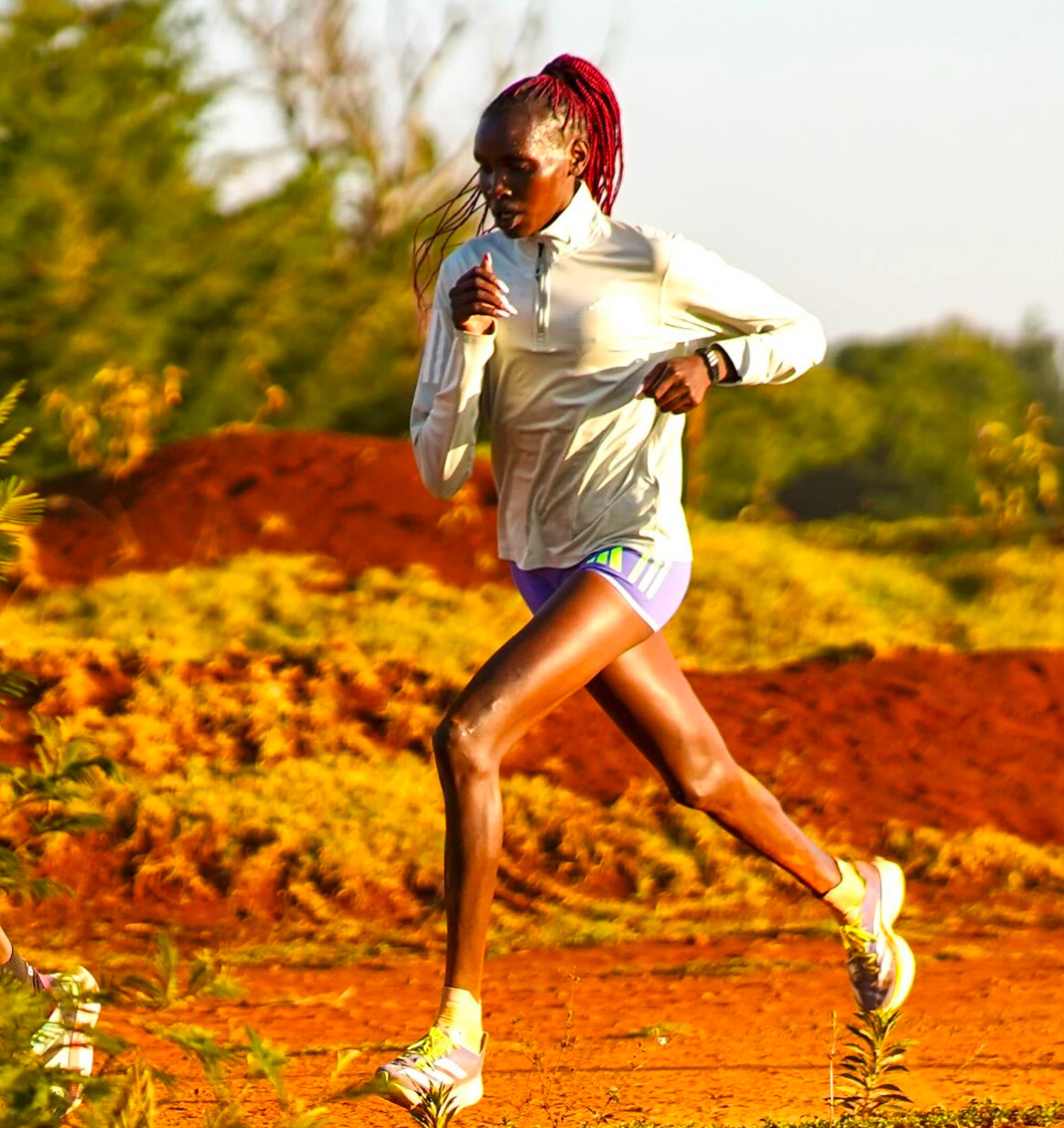
“Breaking the world record and coming close to smashing the one for the half marathon was a huge motivation for me, especially considering I missed the Paris Olympics with an injury,” Jebet shared. “That was my ultimate target, but I missed out. I still want more… I don’t want to stop at the 10km world record. I missed out on the world record for the half marathon, and I am motivated that I can do it.”
From 10km Champion to Half Marathon Record Aspirant
Jebet’s rise in long-distance road racing has been nothing short of extraordinary. Born and raised in Kenya, she developed her talent early on, excelling in both cross country and track before transitioning to road racing. Her breakthrough moment came in early 2024 when she smashed the 10km world record, running an astonishing 28:26 at the Valencia Ibercaja race. That performance cemented her status as one of the greatest road runners of her generation, and it also hinted at her potential over longer distances.

Later that year, she turned her focus to the half marathon and came heartbreakingly close to making history. At the Valencia Half Marathon, she crossed the finish line in 1:03:04, just five seconds shy of Letesenbet Gidey’s world record of 1:02:59, set in 2021. It was a performance that showcased her incredible endurance and speed, but it left her wanting more. Now, with a full recovery behind her, Jebet is more determined than ever to lower that mark and secure her place in history as the fastest half marathon runner of all time.
The Challenge of Breaking the Half Marathon World Record
The half marathon world record has seen a rapid evolution in recent years, with elite women pushing the limits of human performance. Gidey’s record of 1:02:59 was a game-changer, breaking the previous mark by over a minute. To surpass that, Jebet will need to average sub-3:00 per kilometer for the entire 13.1-mile distance.
Unlike the 10km, where sheer speed plays a dominant role, the half marathon requires a perfect blend of endurance, pacing, and race-day strategy. Jebet has already proven she can handle the distance, but to break the record, she will need optimal conditions, world-class competition to push her, and precise execution in her training and racing schedule.
Her decision to start her 2025 campaign with cross country is a strategic one. The strength and stamina gained from competing on uneven terrain will help build the endurance necessary for an assault on the half marathon record. She will likely target a few key road races later in the year, using each as a stepping stone toward her ultimate goal.
The Road Ahead
With her explosive speed, relentless determination, and proven ability to compete at the highest level, Jebet has all the ingredients to make history once again. If she stays healthy and continues to progress, 2025 could be the year she etches her name in the record books for a second time.
Her journey begins at the Sirikwa Classic, but the world will be watching to see how far she can go. Can she turn her disappointment from 2024 into one of the greatest comebacks in distance running history? If her past performances are any indication, she is more than capable of achieving something extraordinary.
(02/13/2025) ⚡AMPby Boris Baron
Jakob Ingebrigtsen Smashes Mile World Record at World Athletics Indoor Tour
Norwegian middle-distance runner Jakob Ingebrigtsen has set a new world record in the indoor mile, clocking an impressive 3:45.14 at the World Athletics Indoor Tour Gold meeting in Liévin, France, on February 13, 2025. This remarkable feat surpasses the previous record of 3:46.63, established by American Yared Nuguse just five days earlier at the Millrose Games in New York.
Ingebrigtsen’s performance was historic not only for breaking the mile record but also for setting a new world indoor 1,500 meters record. He passed the 1,500-meter mark in 3:29.63, shaving nearly a second off his own previous record of 3:30.60, which he set on the same track in 2022.

After the race, the 24-year-old expressed his elation, stating, “It feels amazing. This is what happens in Liévin. I’m a very happy man. You have to be focused for the whole race. It’s tough, but it’s worth it.”
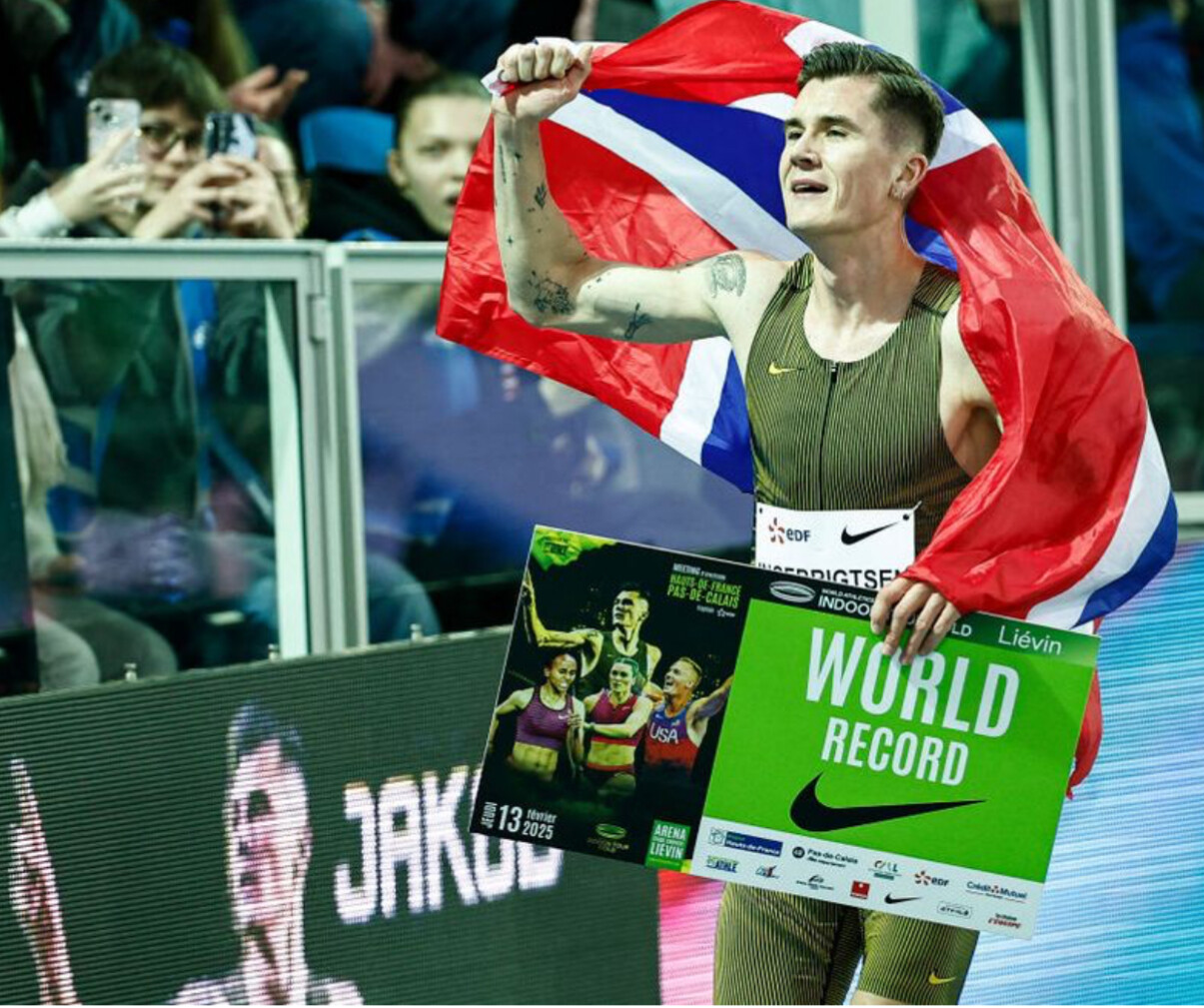
Ingebrigtsen’s achievement underscores his dominance in middle-distance running and sets a high standard for competitors in the upcoming season.
(02/13/2025) ⚡AMPby Boris Baron
False Accusations Impact Eliud Kipchoge's Reputation and Earnings
In February 2024, the running community was shaken by the tragic death of marathon world record holder Kelvin Kiptum in a car accident. In the aftermath, baseless rumors emerged on social media, falsely implicating fellow Kenyan marathoner Eliud Kipchoge in the incident. These unfounded allegations led to a wave of online harassment directed at Kipchoge, tarnishing his reputation and potentially impacting his earnings.
Impact on Kipchoge's Reputation

Eliud Kipchoge, renowned for his discipline and sportsmanship, faced significant challenges due to the spread of misinformation. The false accusations not only subjected him to personal distress but also threatened to undermine the public's perception of his integrity. In an interview, Kipchoge expressed his anguish, stating that the harassment forced him to take measures to protect his family. He emphasized that the claims were baseless and deeply affected his personal and professional life.
Financial Implications
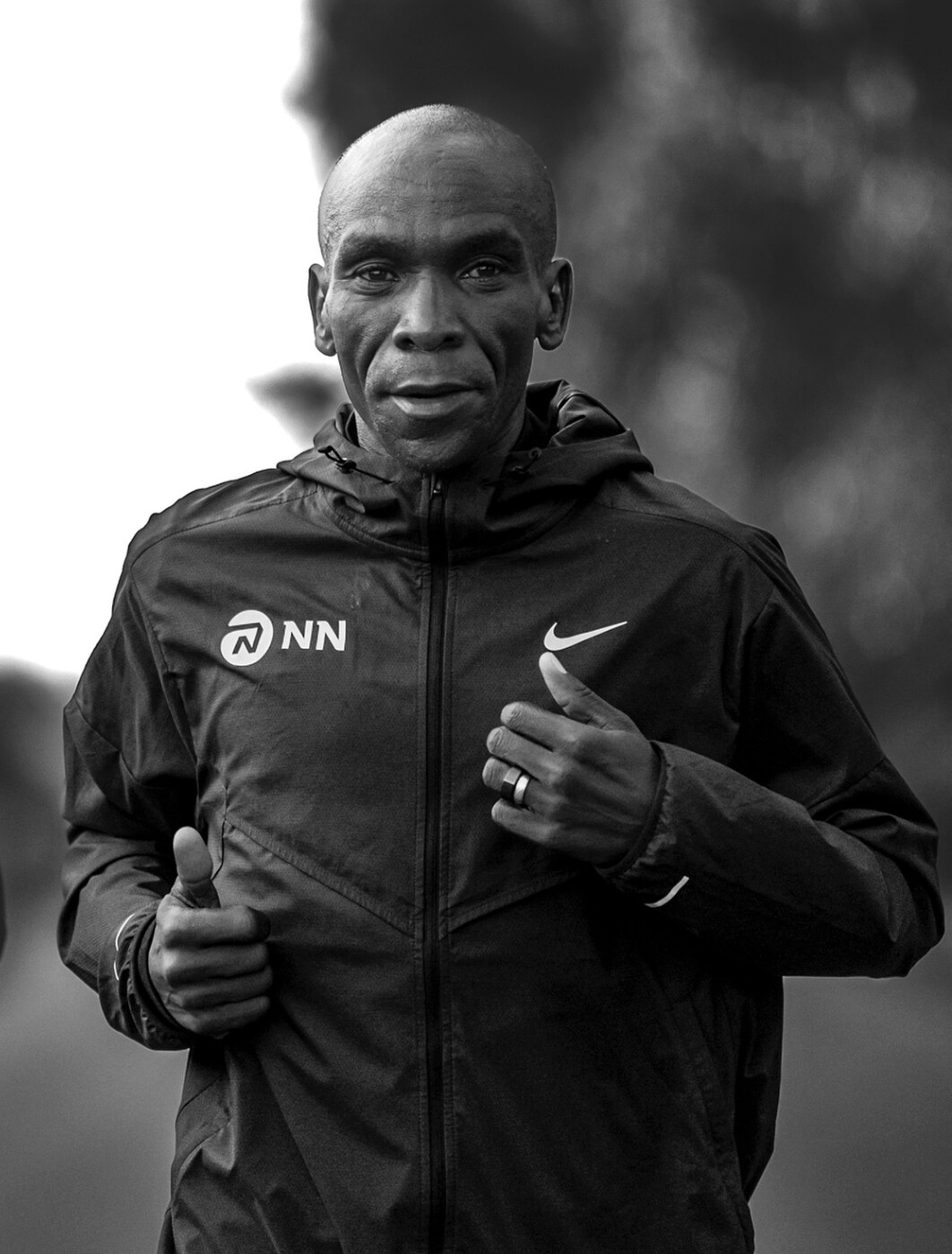
While exact figures are not publicly disclosed, the reputational damage from such allegations can have substantial financial repercussions. Endorsement deals, appearance fees, and sponsorships are often contingent upon an athlete's public image. Negative publicity, even if unfounded, can lead to reduced opportunities and financial losses. For instance, in 2015, Kipchoge himself noted that doping claims could harm the reputations and earnings of Kenyan runners, highlighting the sensitivity of sponsors and event organizers to athletes' public perceptions.
Addressing the Misinformation
In response to the false allegations, Kipchoge took steps to clear his name and restore his reputation. He publicly addressed the rumors, asserting his innocence and expressing his commitment to the sport's integrity. Such proactive measures are crucial in mitigating the damage caused by misinformation. Brands like Nike have demonstrated that transparent communication and reaffirming core values can help restore public trust after controversies.
The spread of false information had a tangible impact on Eliud Kipchoge, affecting both his personal well-being and professional standing. This incident underscores the broader implications of misinformation in the digital age, highlighting the need for responsible communication and the protection of individuals' reputations.
(02/13/2025) ⚡AMPby Boris Baron
10K FACSA Castelló is A Fast-Growing Race with World-Class Talent
The 10K FACSA Castelló, set for February 16, 2025, in Castellón de la Plana, Spain, has quickly become one of the most exciting races on the international road racing calendar. Known for its flat and fast course, the event attracts an increasing number of participants each year while maintaining a reputation for top-tier organization and race-day experience.
This year’s edition promises to be one of the most competitive yet, with a strong lineup of elite runners ready to battle for victory on the streets of Castellón.
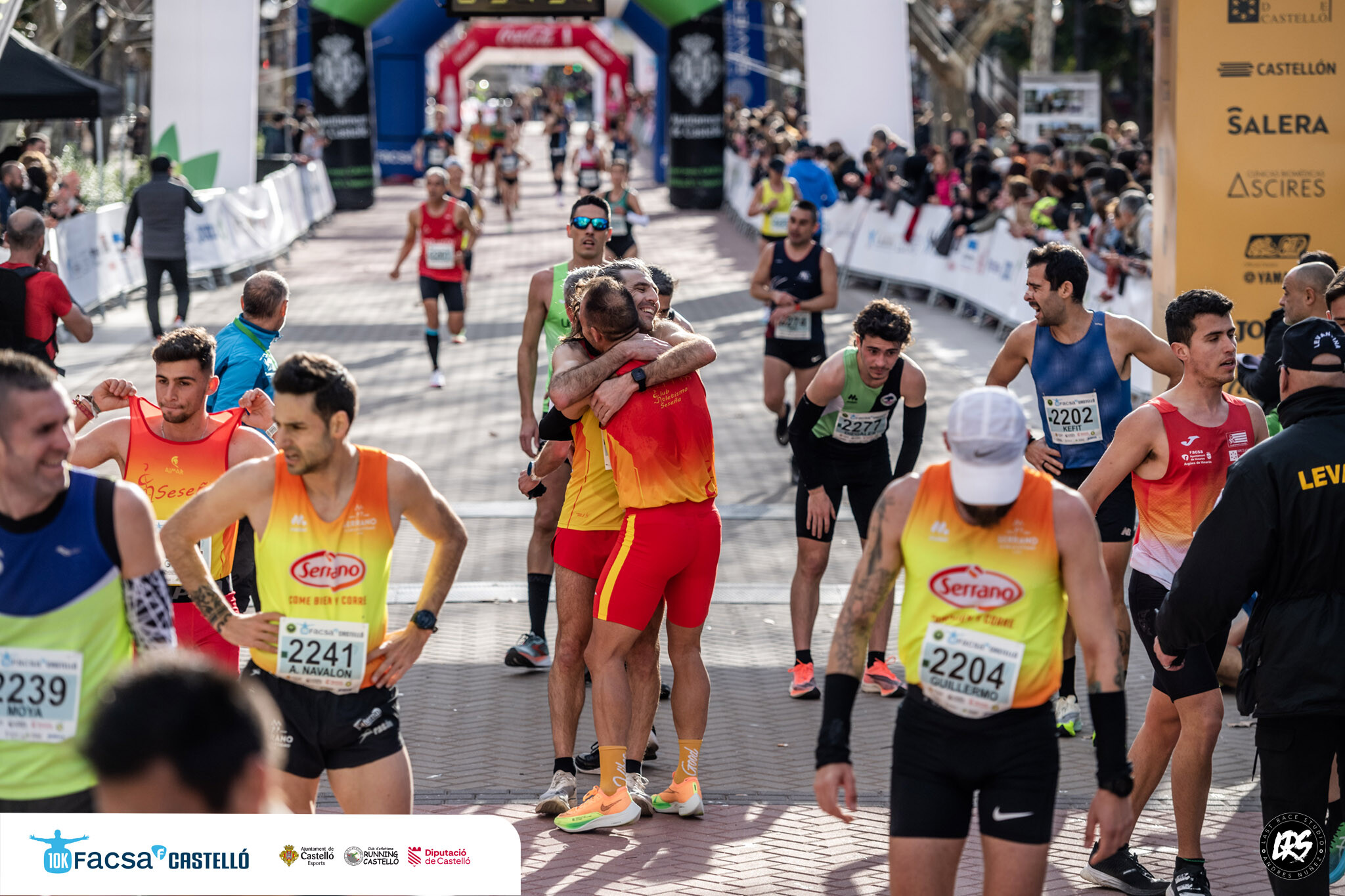
More Participants, Bigger Competition
Every year, the 10K FACSA Castelló sees an exponential increase in participation, with runners drawn to the event's fast course, great atmosphere, and high-quality organization. It is widely recognized as one of the fastest 10K races in Spain, earning a World Athletics Road Race Label, a prestigious distinction that places it among the best road races globally.
The race runs alongside the Marató BP Castelló, creating an exciting environment as thousands of runners take to the streets for both events. With the 10K and marathon starting together on Avenida Vila-real, the early miles are packed with energy before the races split at Avenida Valencia, where 10K runners can focus on a speedy finish.
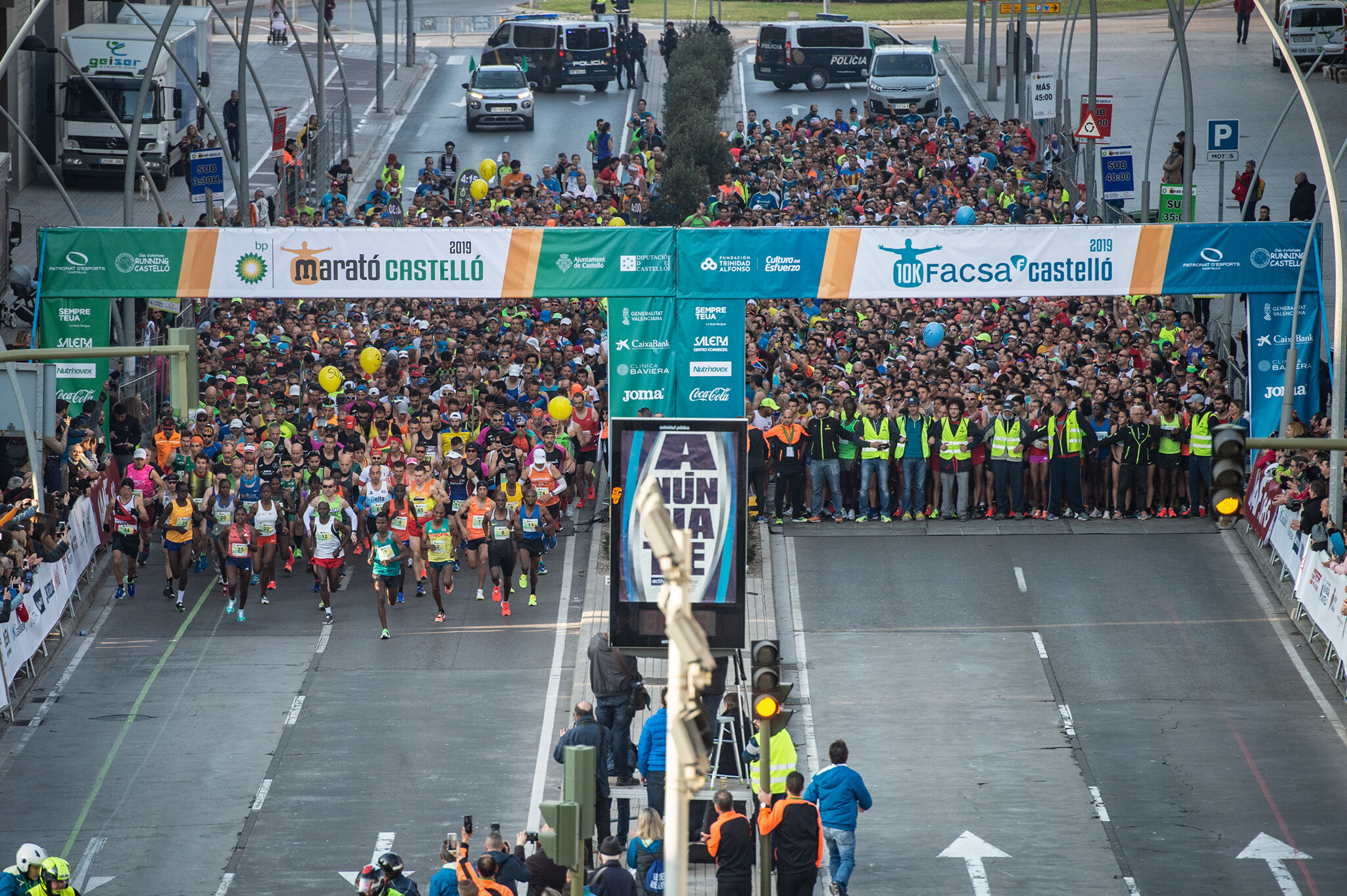
Elite Athletes Confirmed for 2025
The 2025 edition of the race will feature some of the world’s best distance runners, ensuring a thrilling contest for top honors. Among the confirmed elite athletes:
Yomif Kejelcha (Ethiopia) – A two-time world indoor champion with exceptional speed over middle and long distances.
Janeth Chepngetich (Kenya) – A rising talent looking to make a mark in the 10K distance.
Mathew Kibiwott (Kenya) – An experienced road racer with strong finishing speed.
Pauline Mutwa (Kenya) – A formidable contender in women’s road racing.
Adding to the excitement, Spanish running legend Martín Fiz is set to take part. The former world marathon champion and European champion, now a master’s category record-holder, returns to Castellón with great enthusiasm. Fiz holds the Spanish M60 record in the 10K, which he set on this very course, and he remains an inspirational figure in the global running community.
A Course Built for Speed
The 10K FACSA Castelló is known for its quick course, making it a favorite for both elite and amateur runners seeking personal bests. With minimal elevation changes and well-designed turns, it offers ideal conditions for fast times. Past editions have produced some of the best 10K performances in Spain, further cementing its status as a top-tier event.
This year’s race is expected to deliver more outstanding performances, with perfect conditions in mid-February helping runners chase their best times.
A Race That Keeps Growing
With every passing year, the 10K FACSA Castelló continues to evolve, attracting larger fields, more elite athletes, and greater recognition on the international stage. Whether you're an elite competitor or a recreational runner aiming for a new personal best, this race promises an unforgettable experience.
As the 2025 edition approaches, excitement is at an all-time high. With an elite field ready to push the limits, a course designed for speed, and thousands of runners taking part, the 10K FACSA Castelló is set to deliver another thrilling chapter in its history.
(02/13/2025) ⚡AMPby Boris Baron
10k Facsa Castello
The 10K FACSA Castelló is one of Spain’s fastest and most prestigious road races, drawing elite and amateur runners from around the world. Held in Castellón de la Plana, this race has grown exponentially, earning a reputation for its flat, high-speed course and exceptional organization. It holds a World Athletics Road Race Label, placing it among the top road races...
more...Grant Fisher: The Rise of America’s Distance Running Star and His Path to Success
Grant Fisher came within a fraction of a second of Olympic gold in the 10,000 meters at the 2024 Paris Games, narrowly missing the top spot in one of the closest finishes in the event’s history.
It had been 60 years since an American had last won the race, and sitting in the stands that day was Billy Mills, the man who pulled off that legendary upset in Tokyo in 1964. Fisher’s performance was a powerful moment that linked generations of American distance running, proving that while technology and training have evolved, the spirit of competition remains unchanged.

Fisher has emerged as one of the greatest distance runners in American history. He holds the world indoor record in the 3000 meters, as well as American records in the two-mile, 5000 meters, and 10,000 meters.
His performances at the 2024 Olympics—bronze medals in both the 5000 and 10,000 meters—cemented his status as a world-class athlete, making him the first American to medal in both events at the same Olympic Games.
Early Life and High School Achievements
Fisher grew up in Grand Blanc, Michigan, where he attended Grand Blanc High School. In addition to running, he was an avid soccer player and a member of the Michigan Wolves, an elite-level club team. His high school running career was marked by significant achievements, including being named Gatorade Player of the Year for cross country for the 2013–2014 and 2014–2015 seasons. On June 4, 2015, he became the seventh American high school student to run a mile under four minutes, clocking 3:59.38 at the Nike Festival of Miles.
Collegiate Success at Stanford University
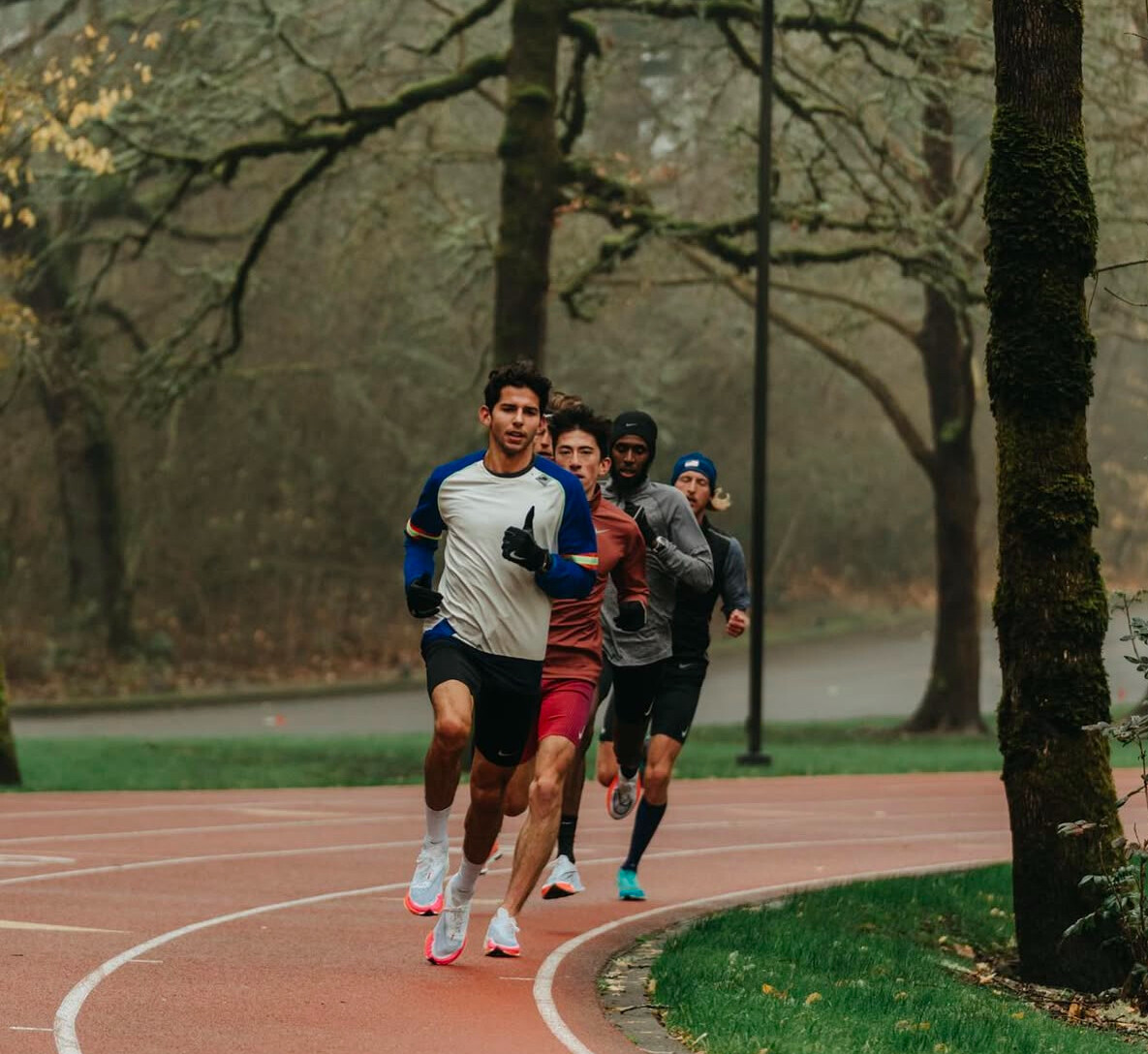
Fisher attended Stanford University, where he continued to excel in both cross country and track. He was an eleven-time All-American and won the 2017 NCAA Outdoor Track and Field 5000m championship, becoming the first American underclassman to do so in 28 years.
Transition to Professional Running
After graduating from Stanford, Fisher turned professional and joined the Bowerman Track Club, training under coach Jerry Schumacher. He continued to make significant strides in his professional career, setting personal bests and national records in various events.
Training Philosophy and Coaching
In late 2023, Fisher made a pivotal change by relocating to Park City, Utah, to train under his former high school coach, Mike Scannell. This move was aimed at optimizing his training environment, taking advantage of Park City's high altitude to enhance his physiological response to training. Fisher's training regimen focuses on threshold-type sessions, hill repeats, and long runs, with an emphasis on consistency and gradual progression.
Olympic Achievements
At the 2024 Paris Olympic Games, Fisher delivered outstanding performances:
10,000 meters: Fisher secured a bronze medal with a time of 26:43.46, narrowly missing the silver in a photo finish. This achievement made him the first American to medal in the men's 10,000 meters since Galen Rupp in 2012.
5000 meters: Fisher earned his second bronze medal, finishing in 13:15.13. He executed a strong final lap, moving from ninth to third place, showcasing his tactical acumen and finishing speed.
This race was one of the most thrilling finishes in Olympic history, with Fisher just 0.32 seconds behind Uganda’s Joshua Cheptegei, who set a new Olympic record of 26:43.14. The difference between gold and bronze was razor-thin, and it took a photo finish to determine the final placements.
Recent Achievements
On February 8, 2025, at the Millrose Games, Fisher set a new world indoor record in the 3000 meters, finishing in 7:22.91. This performance underscored his position as one of the premier distance runners globally.
Personal Bests
Grant Fisher's progression in the sport is highlighted by his impressive personal records across various distances:
1500 meters: 3:34.90 (June 9, 2024, New York, New York)
3000 meters: 7:22.91 (February 8, 2025, New York, New York) – World Indoor Record
Two-mile: 8:03.62 (February 11, 2024, New York, New York) – American Record
5000 meters: 12:46.96 (September 2, 2022, Brussels, Belgium) – North American Record
10,000 meters: 26:33.84 (March 6, 2022, San Juan Capistrano, California) – North American Record
These personal bests not only demonstrate Fisher's versatility across distances but also his continuous improvement and commitment to excellence.
Grant Fisher's journey from a high school prodigy to a world-class athlete is a testament to his dedication, strategic training choices, and adaptability. His performance in the 2024 Olympic 10,000 meters was one of the greatest ever by an American, coming within a fraction of a second of gold.
While modern advancements in track surfaces, shoes, and training have contributed to faster times, Fisher’s near-victory proved that at its core, elite distance running is still about tactical intelligence, mental strength, and raw determination—the same qualities that helped Mills secure his iconic gold in 1964.
(02/12/2025) ⚡AMP
by Boris Baron
How Much Have Tracks and Shoes Improved 10,000m Times? A Look at Billy Mills’ 1964 Olympic Gold Compared to Today
When Billy Mills won the 10,000 meters at the 1964 Tokyo Olympics, he shocked the world. A relative unknown at the international level, Mills surged past world record holder Ron Clarke in the final stretch to win gold in 28:24.4, setting an Olympic record. It remains one of the most famous upsets in Olympic history.
At the 2024 Paris Olympics, Billy Mills sat in the stands, watching intently as the men's 10,000-meter final unfolded. Sixty years after his historic victory in Tokyo, he witnessed another American, Grant Fisher, battling for the podium.
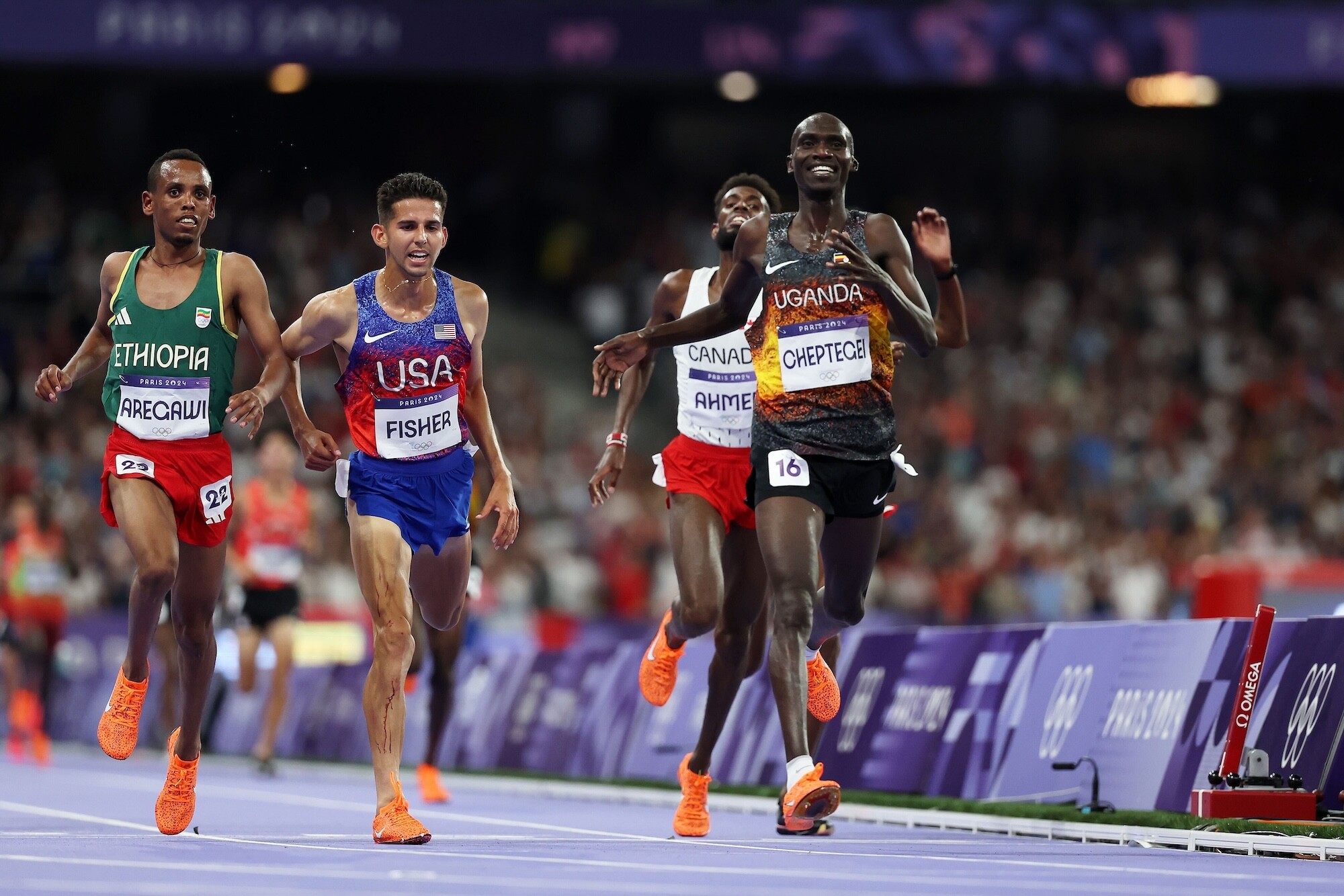
With two laps to go, Fisher was perfectly positioned, matching strides with the East African elites, his long, efficient stride reminiscent of Mills' own finishing kick in 1964.
As the bell rang for the final lap, Fisher surged, momentarily moving into second. Mills, now 86, leaned forward, sensing history. But in the last 100 meters, Fisher was edged out, securing bronze. Mills smiled, knowing how close greatness had come again. Fisher clocked 26:43.46, just one third of a second behind the gold medal winner.
Mills had ran his time on a cinder track, wearing "basic running shoes"—conditions that would be considered primitive compared to today’s high-tech track surfaces and carbon-plated racing shoes. Given all the advancements in running technology, how much faster could Billy Mills have run on a modern track with today’s footwear? And how much have these innovations contributed to the faster times we see today?
The Difference Between Cinder and Synthetic Tracks
One of the biggest changes in distance running over the last six decades has been the transition from cinder tracks to synthetic surfaces. Cinder tracks, composed of crushed brick, coal, or ash, provided uneven footing, absorbed energy from each step, and became soft and unpredictable when wet. Athletes often wore spikes with long, heavy pins to grip the loose surface.

By contrast, modern synthetic tracks, introduced in the late 1960s, offer a firm, springy surface that returns more energy to the runner with each stride. Research suggests that switching from a cinder track to a synthetic track can improve distance-running performance by about 1-2 percent.
For a 10,000-meter race, a 1-2 percent time reduction equates to about 17 to 34 seconds. This means that if Billy Mills had run his race on a modern track, his time could have been anywhere between 27:50 and 28:07 just from the track surface alone.
The Impact of Modern Running Shoes
The second major advancement in distance running has been the development of carbon-plated racing shoes with high-energy-return foams. The latest models, introduced after 2016, are designed to reduce energy loss with each step, making it easier for runners to maintain their pace over long distances. Studies suggest these shoes provide 2-4 percent energy savings, which translates to a 30-60 second improvement over 10,000 meters.
Adding this to the estimated track advantage, Mills’ performance could have been further improved, bringing his potential time down to around 26:50 to 27:30.
Comparing Billy Mills’ Performance to Modern Champions
The current Olympic record for the 10,000 meters was set by Uganda’s Joshua Cheptegei at the 2024 Paris Olympics with a time of 26:43.14. That’s 1 minute and 41 seconds faster than Mills' winning time.
However, when we factor in advancements in track surfaces and footwear, the estimated modern equivalent of Mills’ race suggests he could have run within a minute of today’s best, making him far more competitive by modern standards than his official time suggests.
Other Factors That Have Led to Faster 10,000m Times
While tracks and shoes play a significant role in faster performances, several other factors have contributed to the improvement in 10,000-meter times over the decades:
More specialized training. Today’s distance runners have more scientifically tailored training programs, including altitude training, precise recovery strategies, and improved strength training techniques.
Better pacing and race strategy. Modern races are often assisted by pacemakers who set a steady, fast pace, helping runners conserve energy and stay consistent. In contrast, Mills’ race was a classic tactical battle with surges and slow-downs.
Nutritional and recovery advances. Today’s runners have access to optimized hydration, fueling, and recovery methods that allow them to train harder and more efficiently.
Billy Mills’ Performance in Context
Billy Mills’ gold medal run remains one of the most inspiring performances in Olympic history, not just because of the time he ran, but because of the way he won. His dramatic sprint finish against heavily favored competitors on a slower, less predictable surface showcased his incredible talent, toughness, and racing instincts.
Had he raced under today’s conditions with modern advantages, Mills likely would have been among the best in the world by today’s standards. His story is a reminder that while technology has helped athletes run faster, the heart and determination behind great performances remain unchanged.
The next time you watch an Olympic 10,000-meter race, consider just how much conditions have changed since 1964—and how incredible it was for Billy Mills to win on that cinder track with the tools available at the time. His legacy stands as a testament to the pure competitive spirit of running.
(02/12/2025) ⚡AMPby Boris Baron
Running Outside Your Comfort Zone: How to Push Your Limits and Achieve More
Running outside your comfort zone is about pushing past your usual limits, stepping into a place of discomfort, and embracing the challenge that leads to improvement. It’s the difference between running at a comfortable, familiar pace and pushing yourself to a point where your body and mind are tested.
For an elite athlete, this means running at world-class paces that demand peak physical and mental effort. For an average runner, it means running faster, longer, or with greater intensity than they are used to—whether that’s shaving seconds off a 5K time, running a new distance, or finishing a tough interval workout.

This powerful image captures Jakob Ingebrigtsen at the absolute limits of his endurance, a moment that epitomizes what it means to push beyond the comfort zone in elite racing. Ingebrigtsen, one of the most dominant middle-distance runners in the world, is seen completely spent, collapsed on the ground, relying on assistance just to get up. His quote, "I felt like I was about to die," is not just dramatic-it's a reflection of what it takes to compete at the highest level, where the margins between victory and defeat are razor-thin.
For elite athletes like Ingebrigtsen, racing is about embracing suffering rather than avoiding it. He has trained his body and mind to withstand extreme discomfort, knowing that to achieve greatness, he must run through the pain, not away from it. This image serves as a powerful reminder that whether you're an Olympic champion or an everyday runner chasing a personal best, the only way to truly improve is to push beyond what feels comfortable and into that space where breakthroughs happen.
The key to improving as a runner is learning how to handle discomfort without giving in to it. The body adapts when it’s challenged, but only if you consistently step beyond your comfort zone.
How the Average Runner Can Learn to Push Their Limits
Many runners stay at the same pace for years because they never challenge themselves beyond their current ability. Here’s how an average runner can start running outside their comfort zone.
Run at a Pace That Feels Uncomfortable
Most runners settle into a pace that feels sustainable and manageable. To break through plateaus, introduce faster running into your routine.
Progression runs: Start slow and gradually increase your pace so that the final third of the run is at a challenging but controlled effort.
Threshold runs: Run 10-15 minutes at a comfortably hard pace, where you’re breathing heavily but still in control.
Strides and surges: Add 20–30 second accelerations at the end of easy runs to build speed without fatigue.
Train with Purposeful Discomfort
Pushing beyond your limits doesn’t mean running recklessly—it means training your body to handle discomfort efficiently.
Intervals: Short, fast efforts (e.g., 6 x 400m at 5K pace) followed by short rest periods train your body to sustain effort even when tired.
Hill repeats: Running uphill improves strength and stamina, forcing you to push through discomfort.
Long runs with fast finishes: Ending long runs at a faster pace teaches your body to keep going when tired.
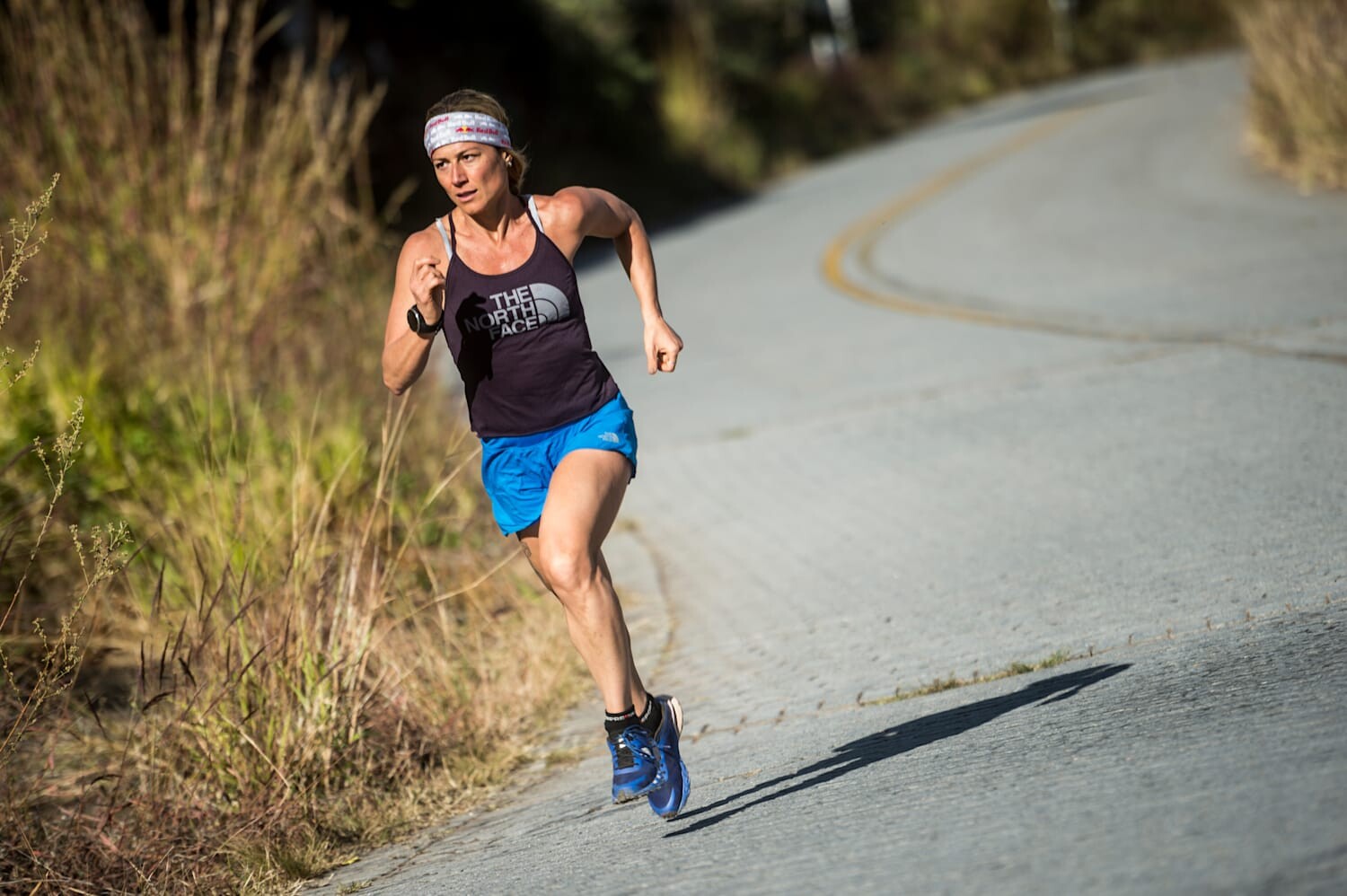
Improve Mental Toughness
Running outside your comfort zone isn’t just physical—it’s mental. When your legs get tired and your breathing gets heavy, your mind will tell you to slow down. Learning to override that voice is crucial.
Mantras: Repeating phrases like “strong and steady” or “I can do this” can help override negative thoughts.
Controlled discomfort: Remind yourself that pain in running isn’t the same as injury—it’s a sign of growth.
Visualization: Picture yourself finishing strong before your run starts. Your body follows what your mind believes.
Race More Often
The best way to step out of your comfort zone is to race regularly. In a race setting, you’re more likely to push yourself harder than you would in training. Even if you’re not at peak fitness, toeing the start line forces you to test your limits.
How Elite Athletes Push Their Limits at World-Class Pacing
When watching professional runners race, it’s easy to think they make it look effortless. The truth is, they are almost always on the edge of discomfort, running at a pace that would break most runners within minutes.
World-Class Pacing and the Pain Zone
Elite runners train to be comfortable with discomfort. Whether it’s a marathoner running under five-minute miles for 26.2 miles or a sprinter giving 100% effort for just 10 seconds, they are conditioned to hold their effort at a threshold most people can’t sustain.
Marathoners like Eliud Kipchoge spend years training their bodies to maintain high speeds without breaking down. His sub-2-hour marathon (averaging 4:34 per mile) was only possible because of relentless training outside his comfort zone.
Middle-distance runners like Jakob Ingebrigtsen in the 1500m race push through extreme fatigue in the final lap, training their bodies to hold off the competition while running at speeds most runners can’t even sprint.
Mental Fortitude at the Elite Level
At the world-class level, running outside the comfort zone is as much mental as it is physical. Elite runners:
Train to tolerate pain – They expect discomfort and use it as a signal to push harder, not slow down.
Use tactical thinking – Instead of panicking when they feel tired, they focus on form, breathing, and staying in the race mentally.
Embrace suffering – They view discomfort as part of the journey, knowing that real improvement only happens when they challenge their limits.
Gene Dykes and Rosa Mota: Masters of Pushing the Limits
Some of the best examples of runners stepping outside their comfort zones come from masters athletes.
At age 70, Gene Dykes ran a marathon in 2:54:23 at the Jacksonville Marathon. His ability to continue running world-class times at an age when most runners have slowed dramatically is a testament to smart training, mental fortitude, and a willingness to embrace discomfort.
Rosa Mota, the 1988 Olympic marathon champion, continues to redefine what’s possible for older runners. In December 2024, at age 66, she ran a 10K in 38:23 at the San Silvestre Vallecana, setting a new world record for the W65 category. Even decades after her Olympic victory, she remains a fierce competitor, proving that world-class pacing and a commitment to pushing limits don’t have an expiration date.
Why Running Outside Your Comfort Zone Matters
If you want to improve as a runner—whether you're chasing a faster 5K, your first marathon, or simply becoming stronger—you have to train beyond what feels easy.
Running outside your comfort zone doesn’t mean reckless overtraining, but it does mean challenging your limits in a controlled, smart way. Whether it’s picking up the pace, racing more often, or simply not backing down when things get tough, stepping beyond what feels comfortable is where real growth happens.
Elite athletes live in this zone during competition. The average runner can train to experience it too—and that’s how true breakthroughs happen.
(02/12/2025) ⚡AMPby Boris Baron


